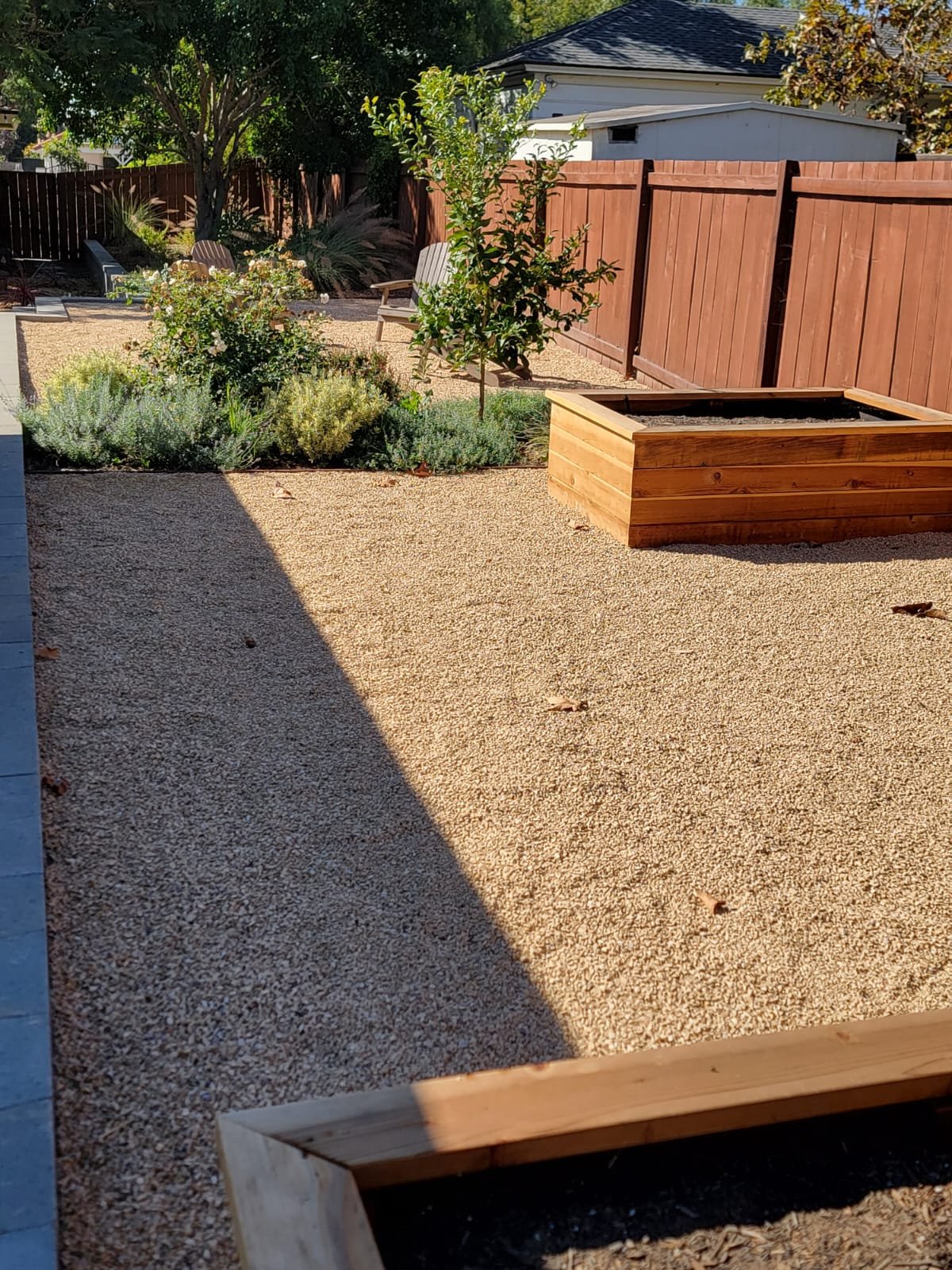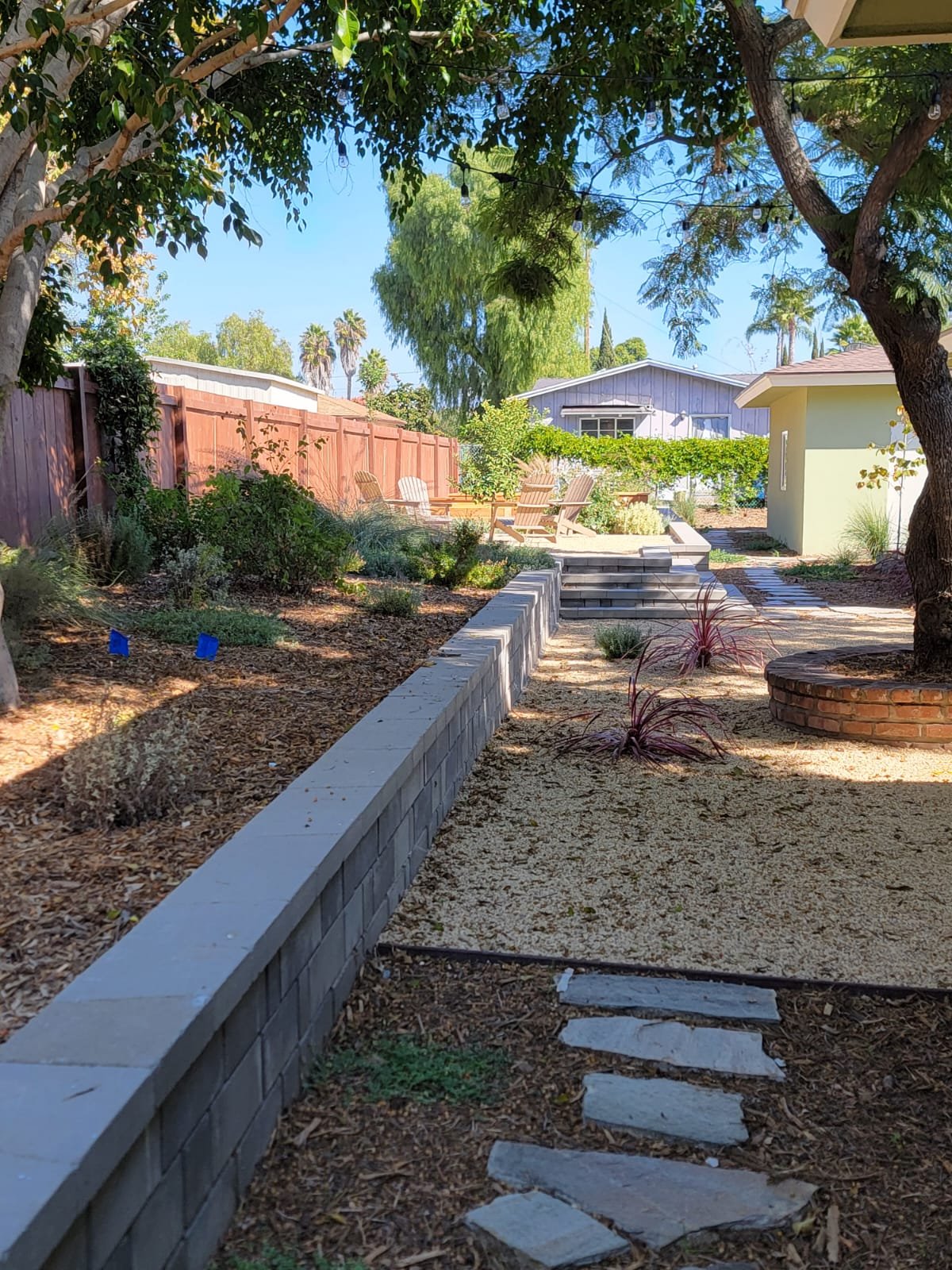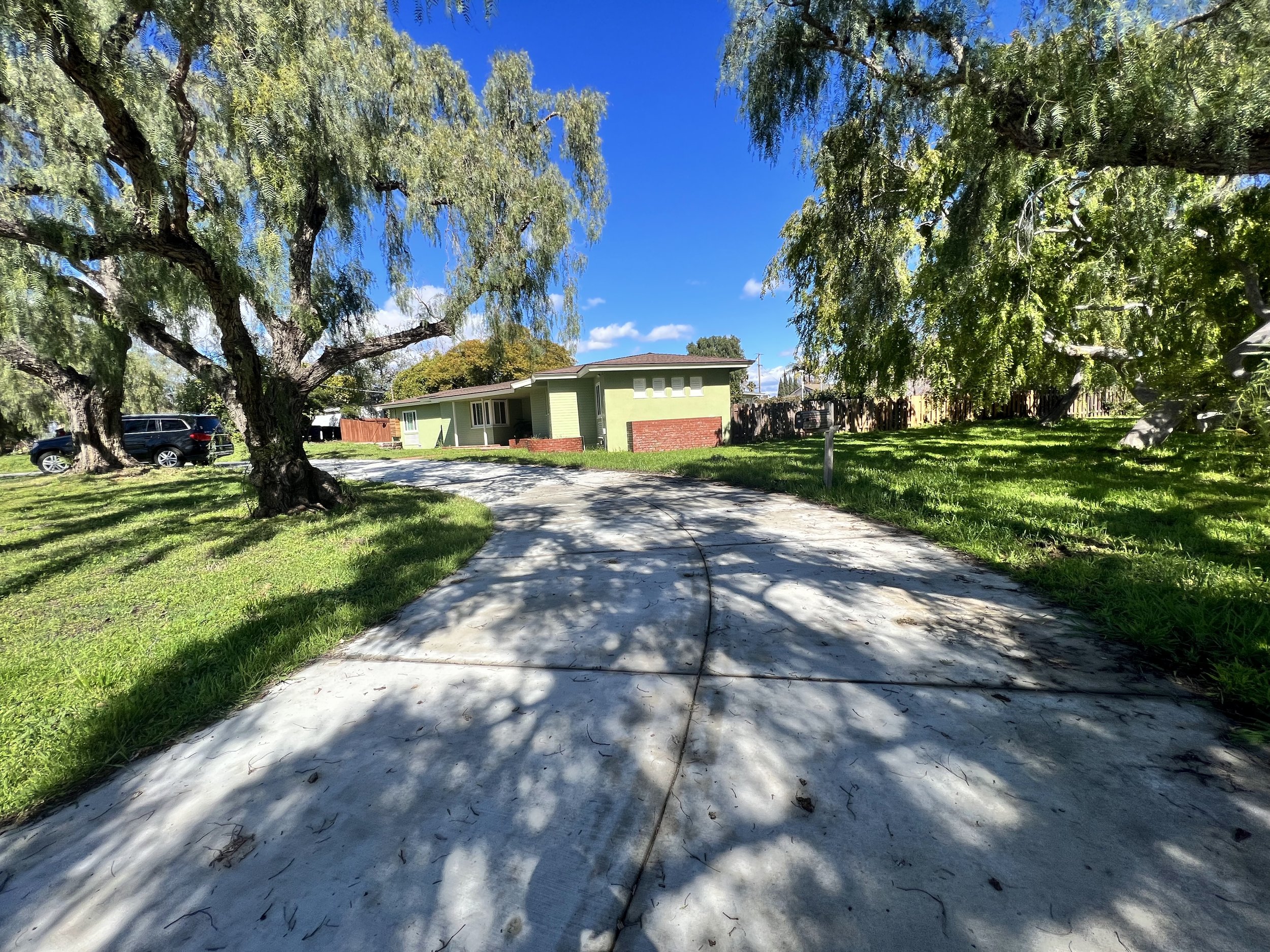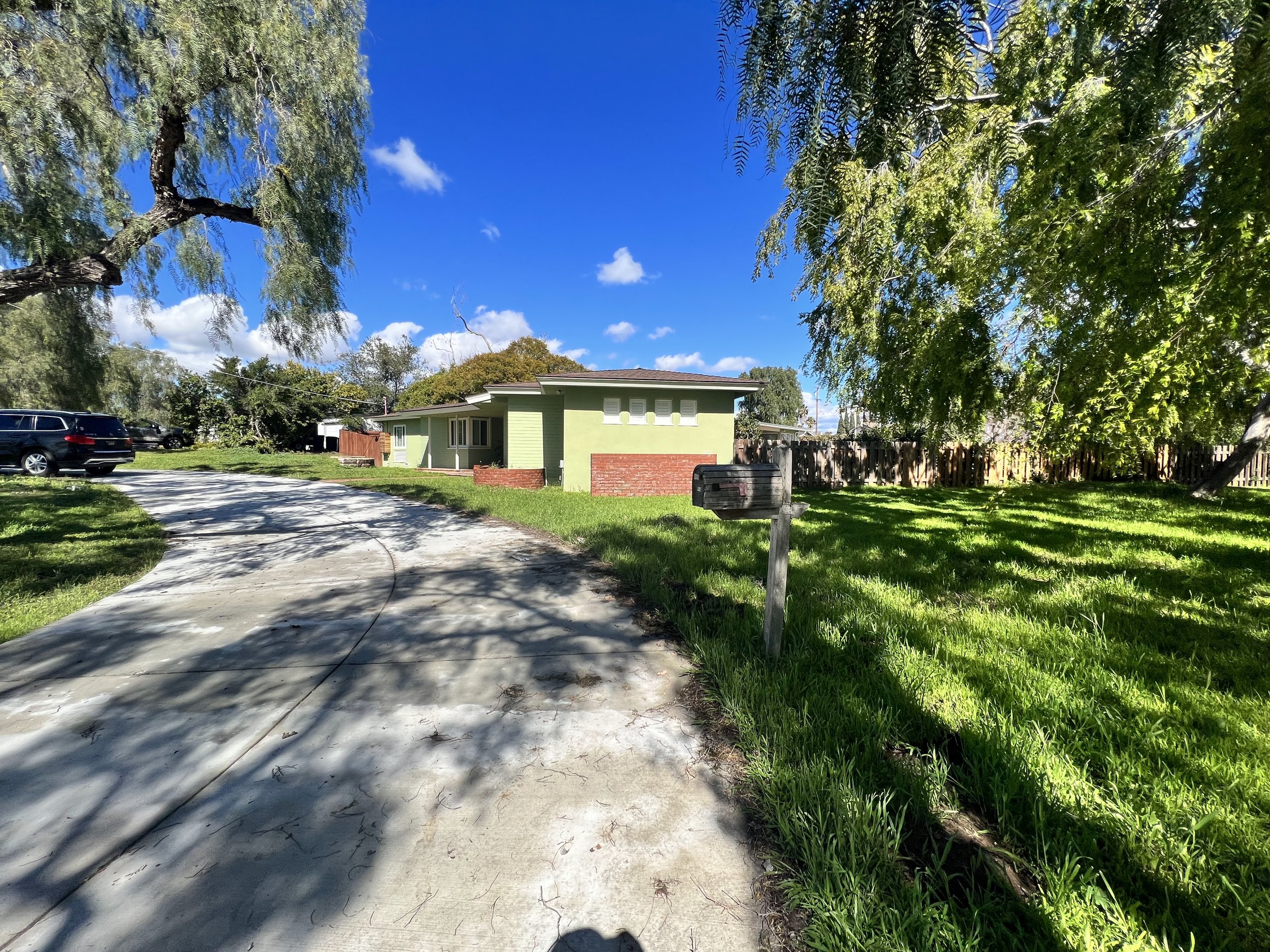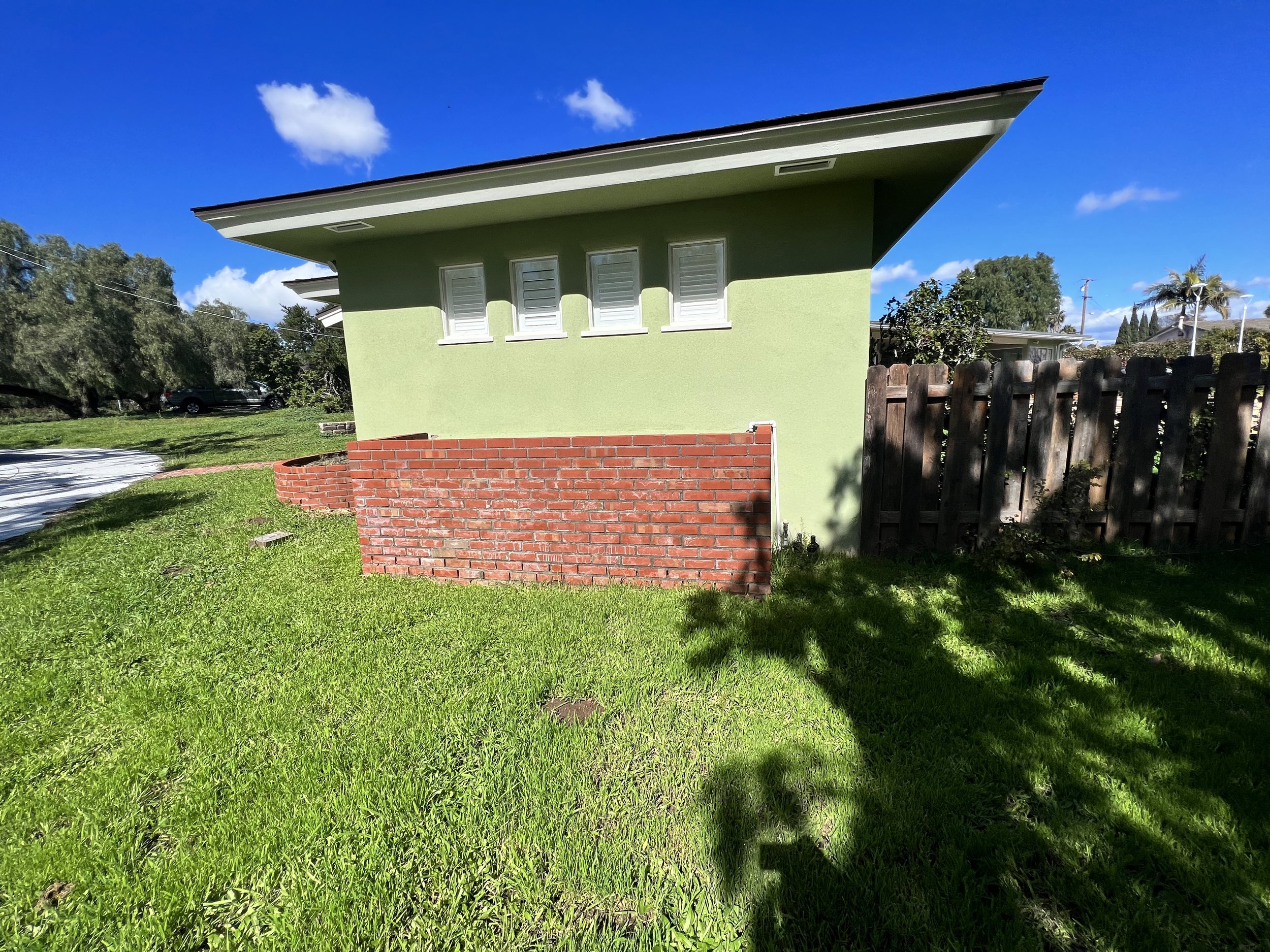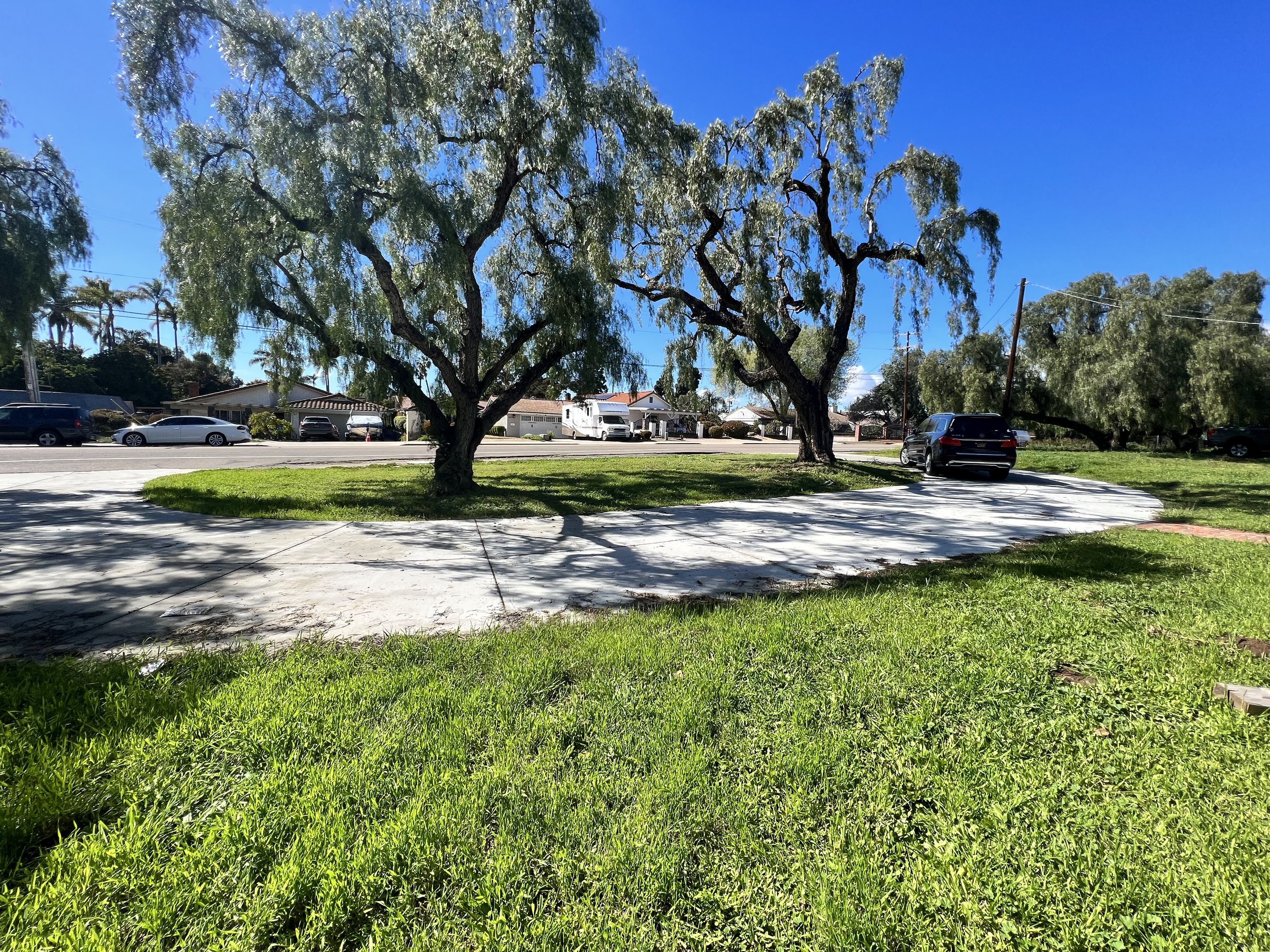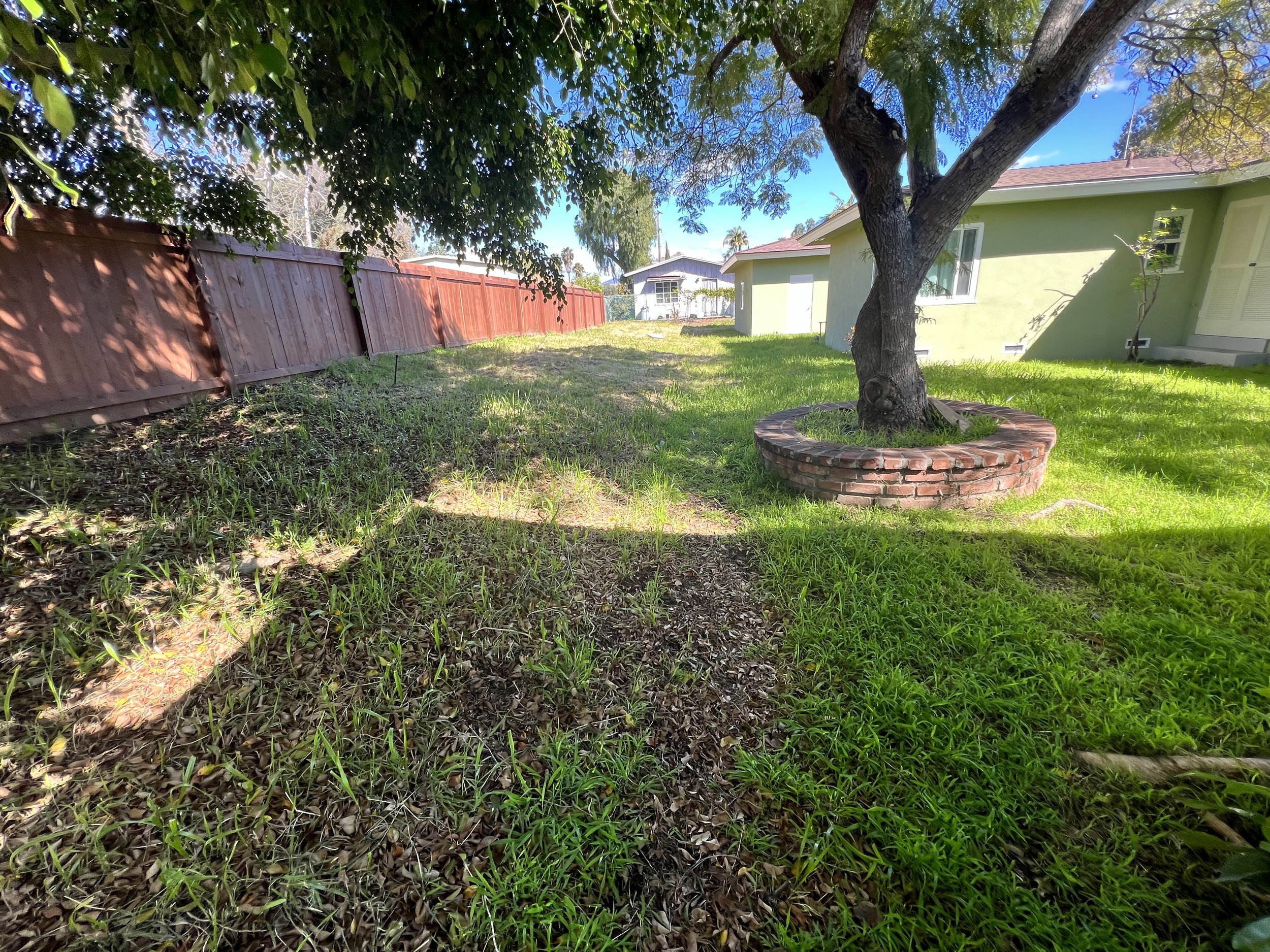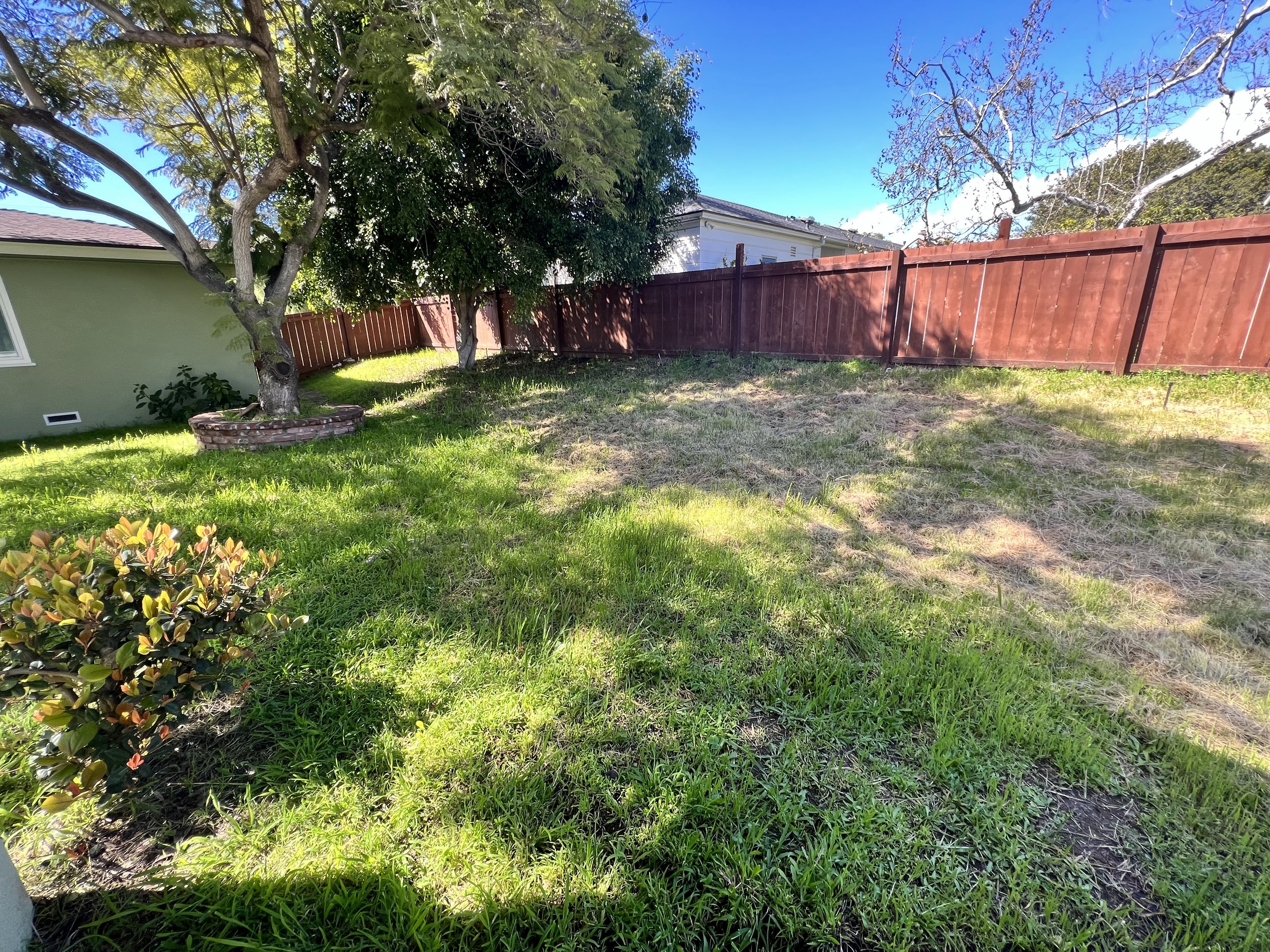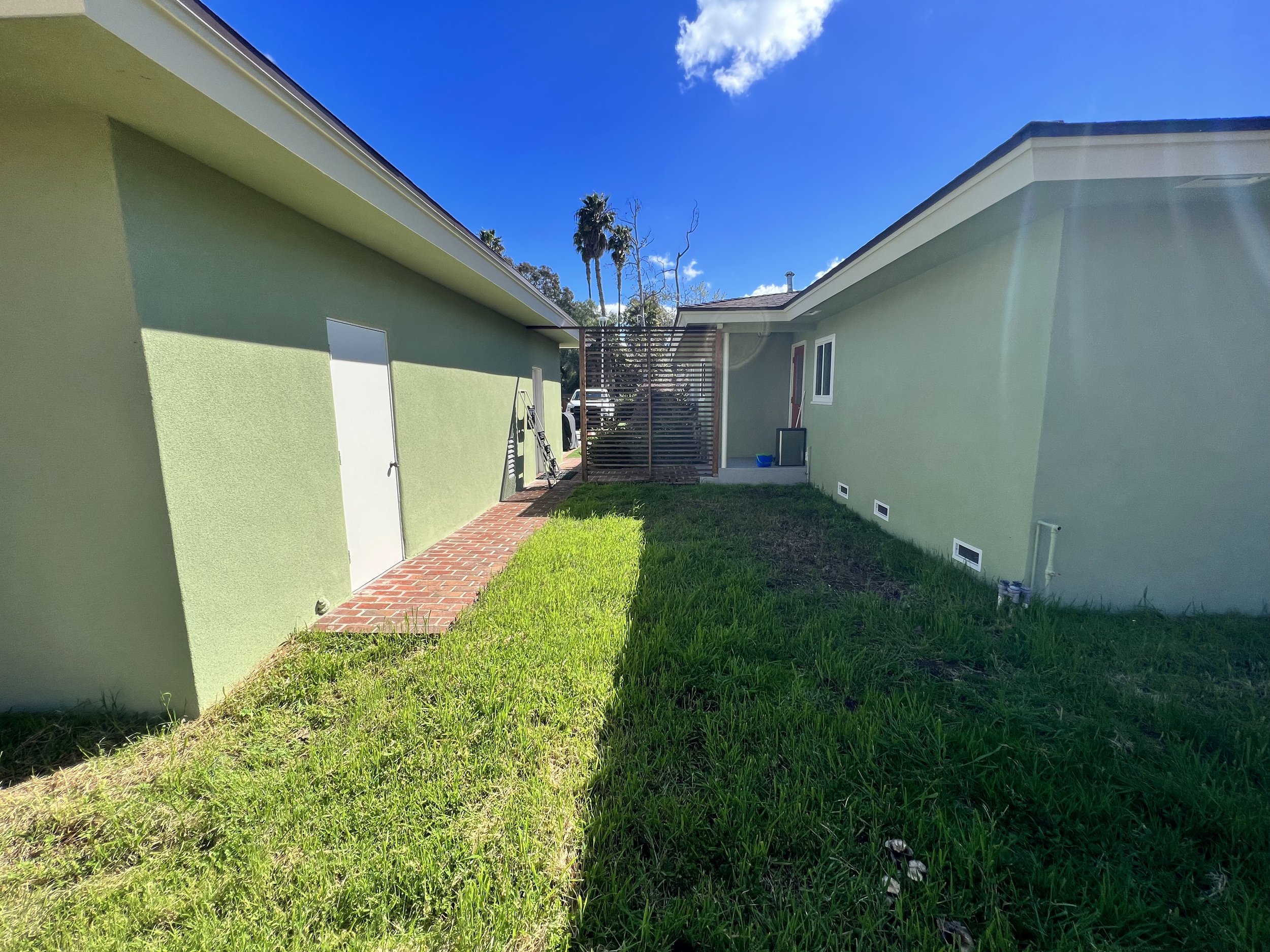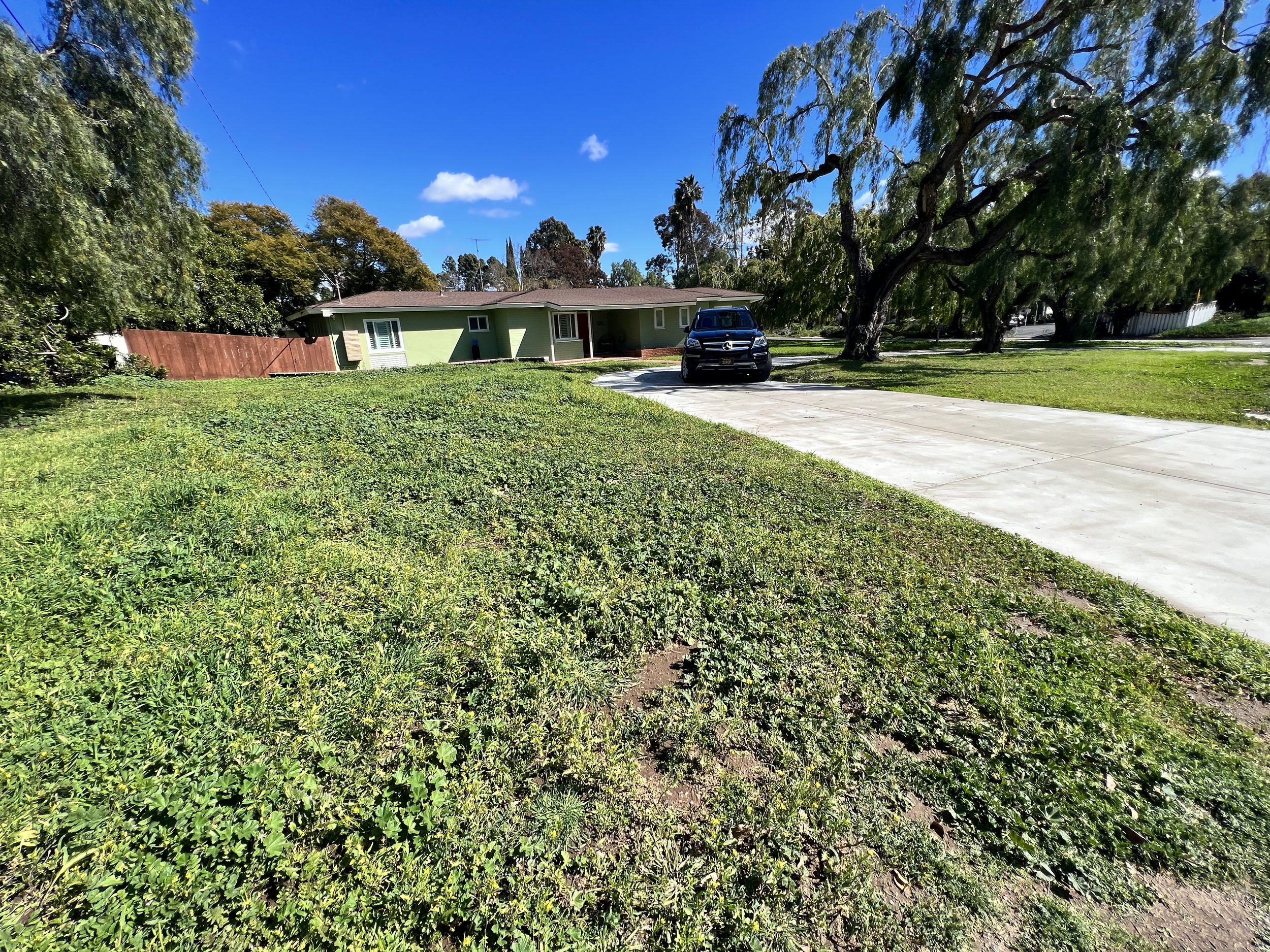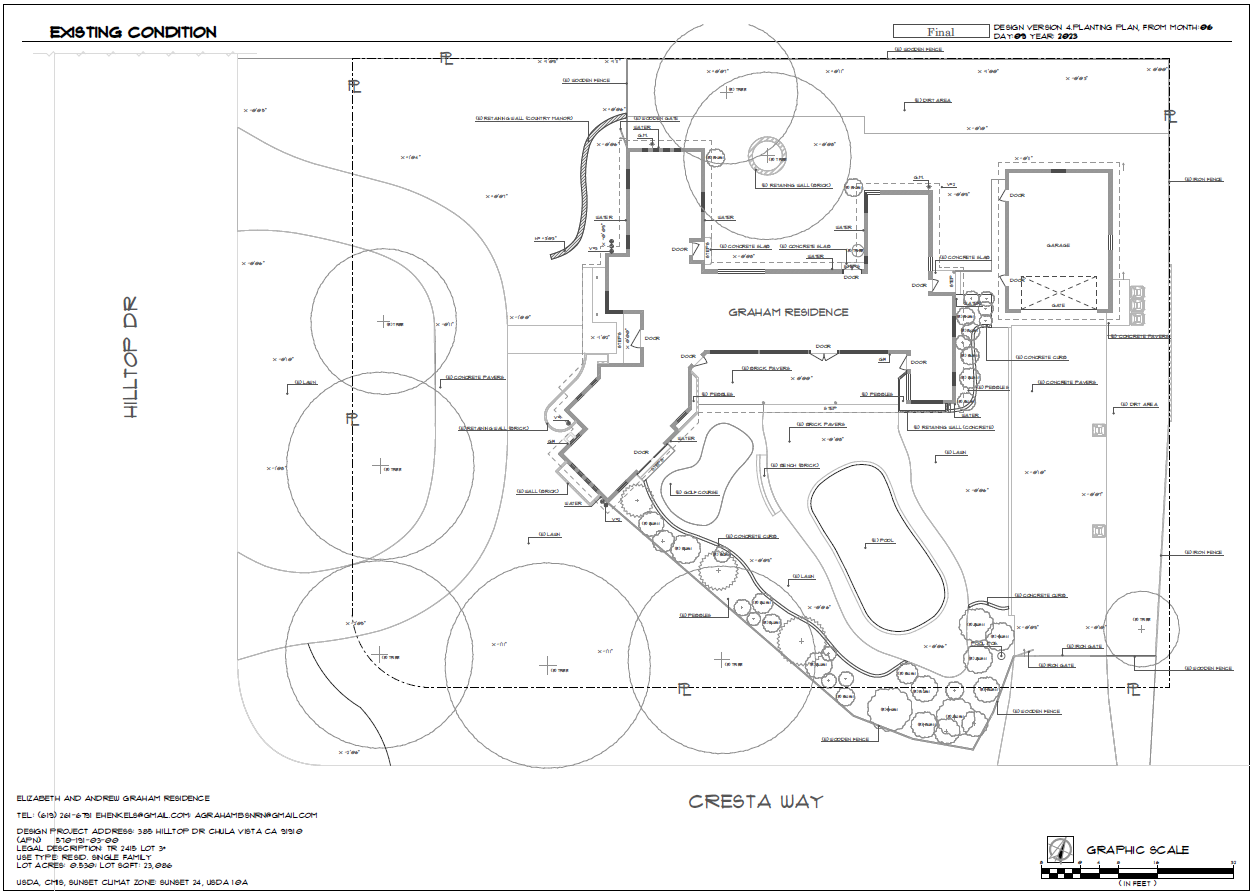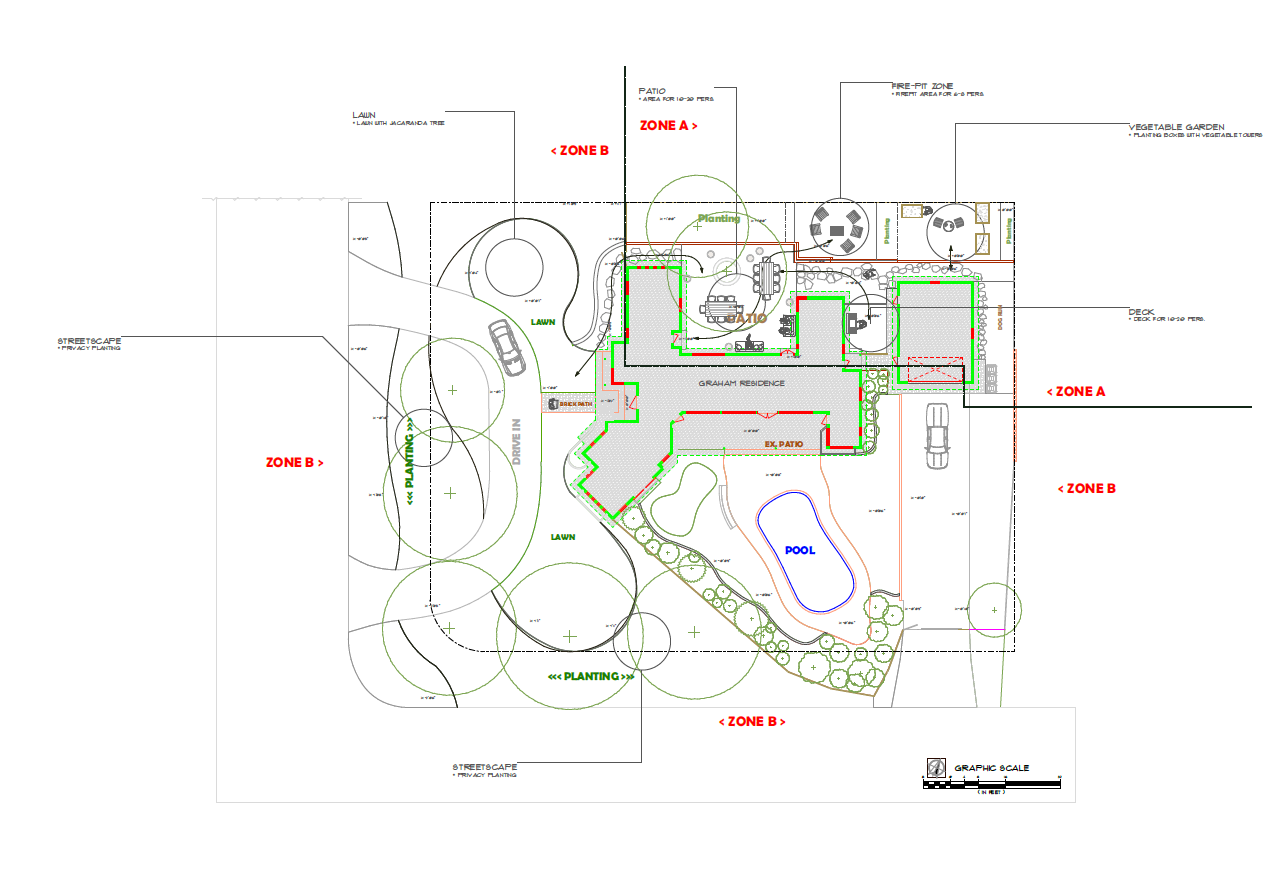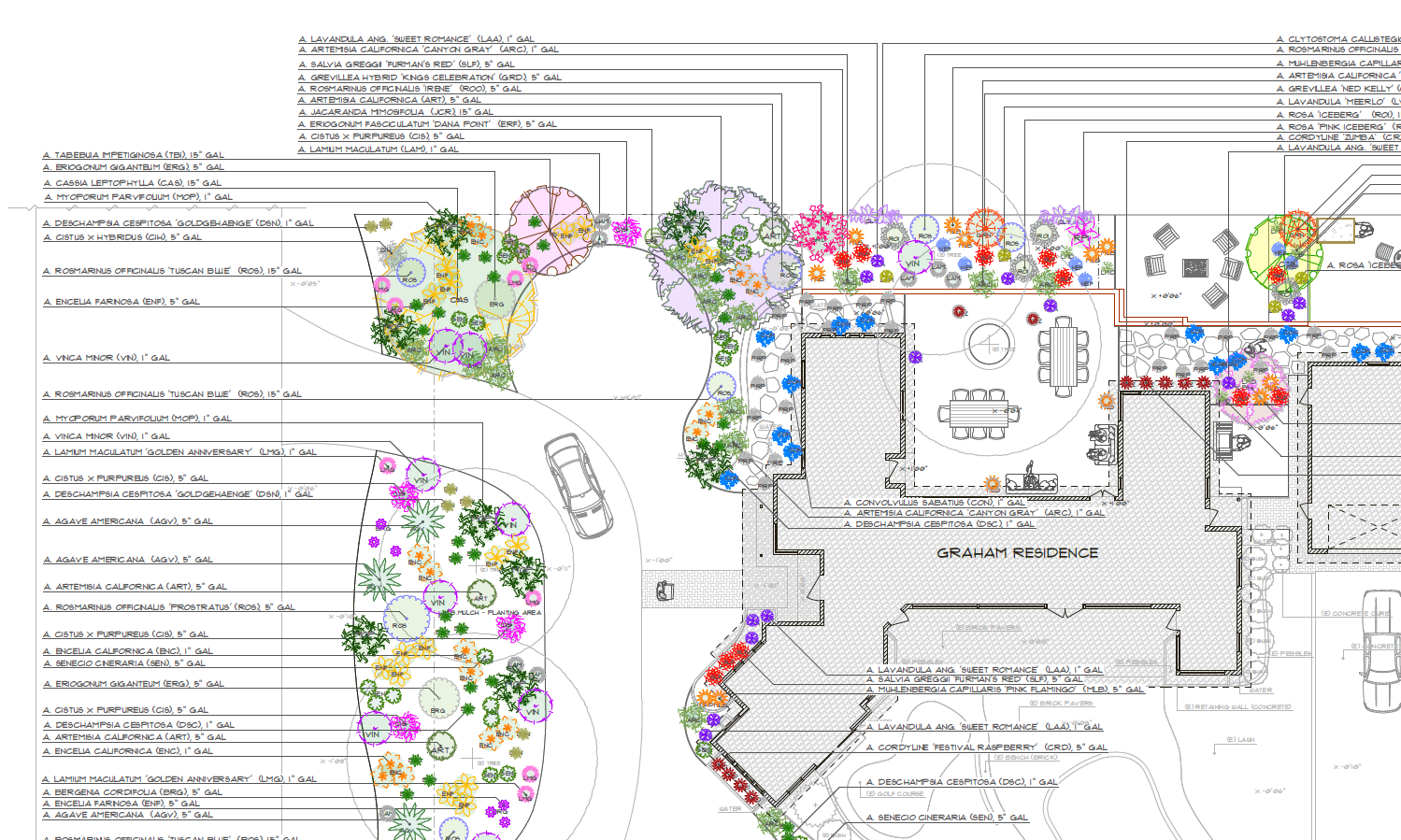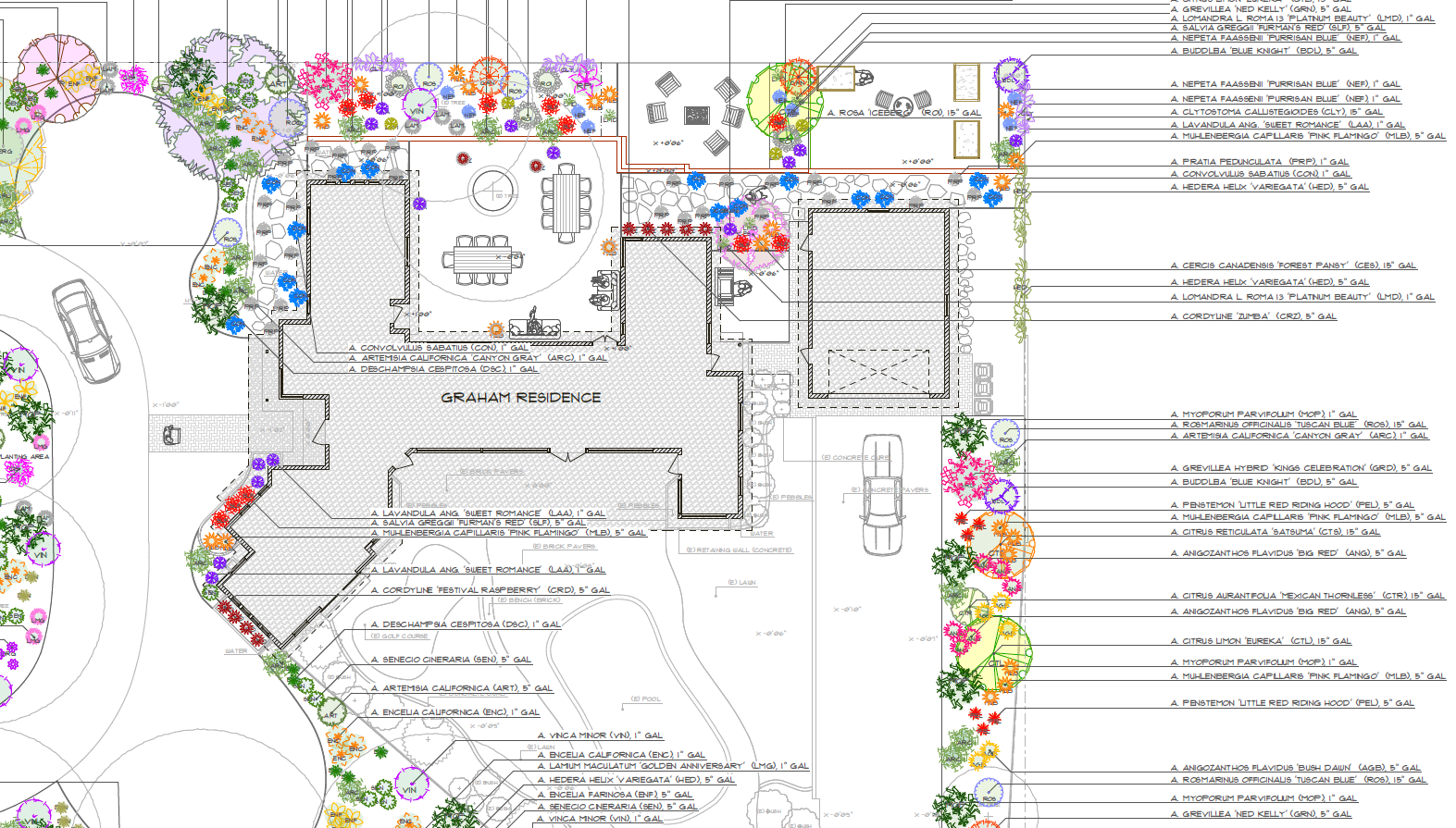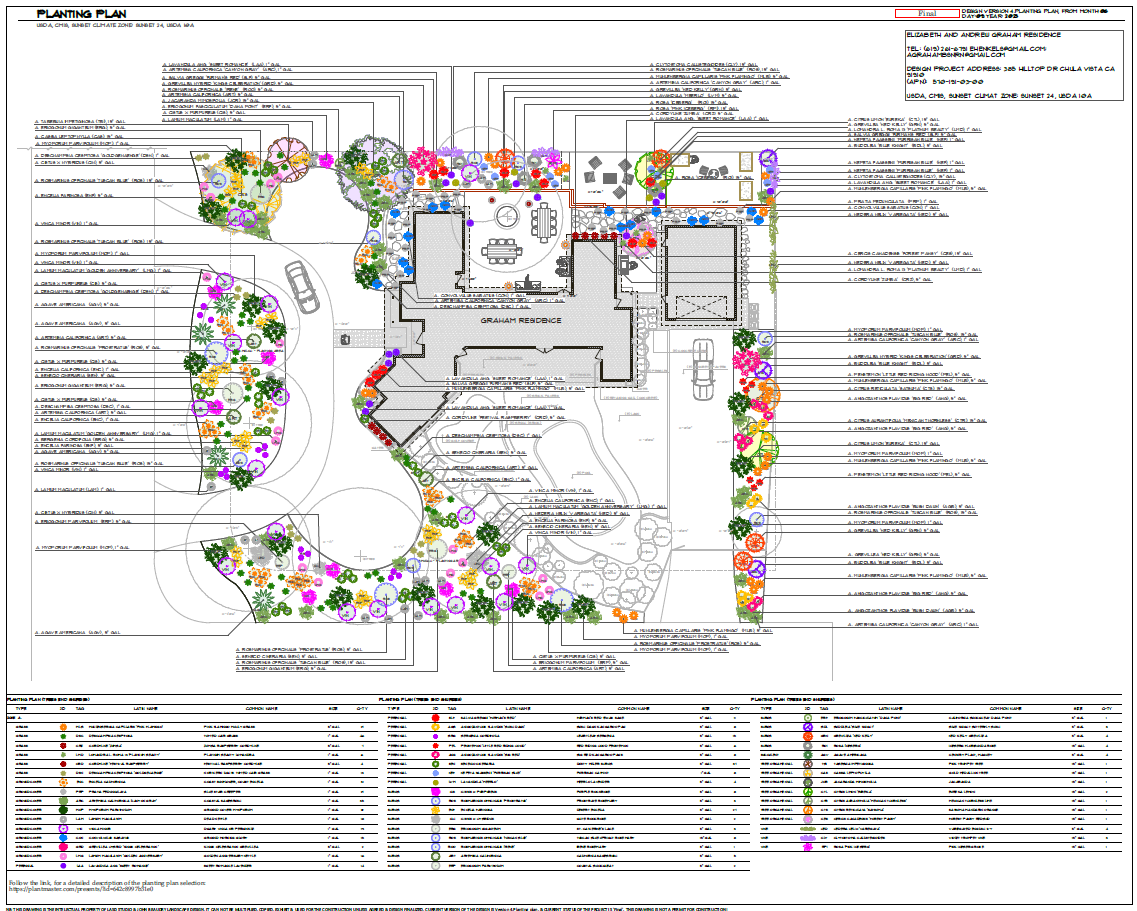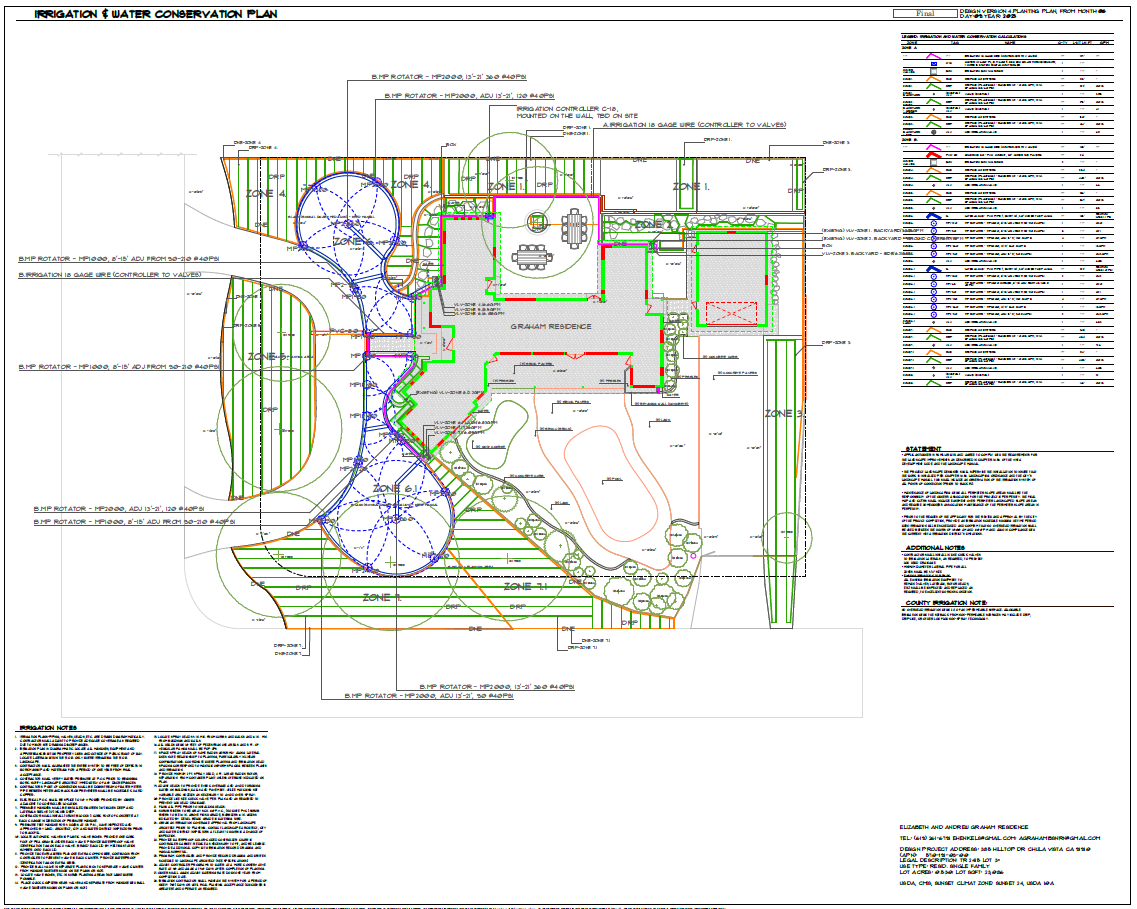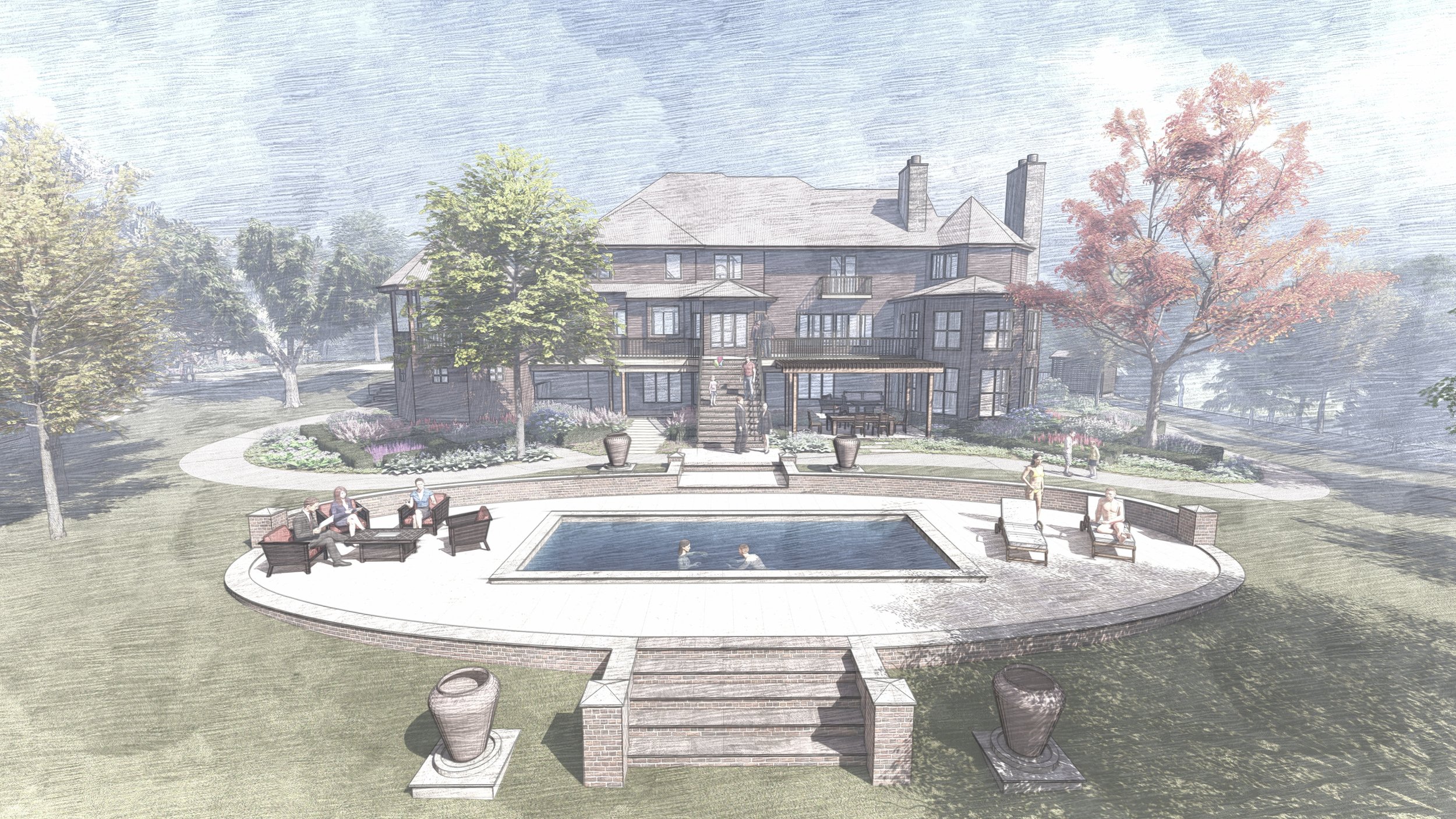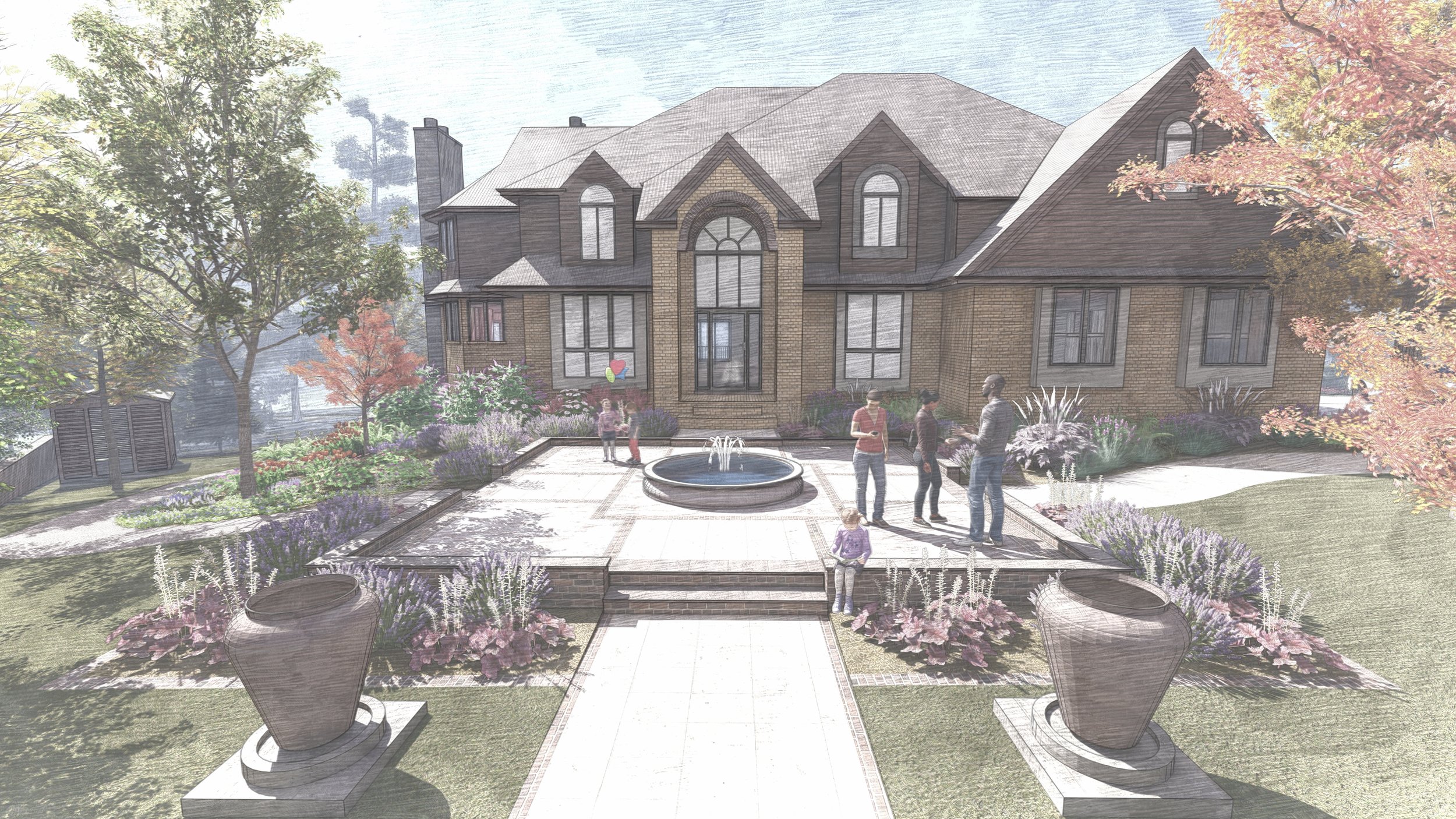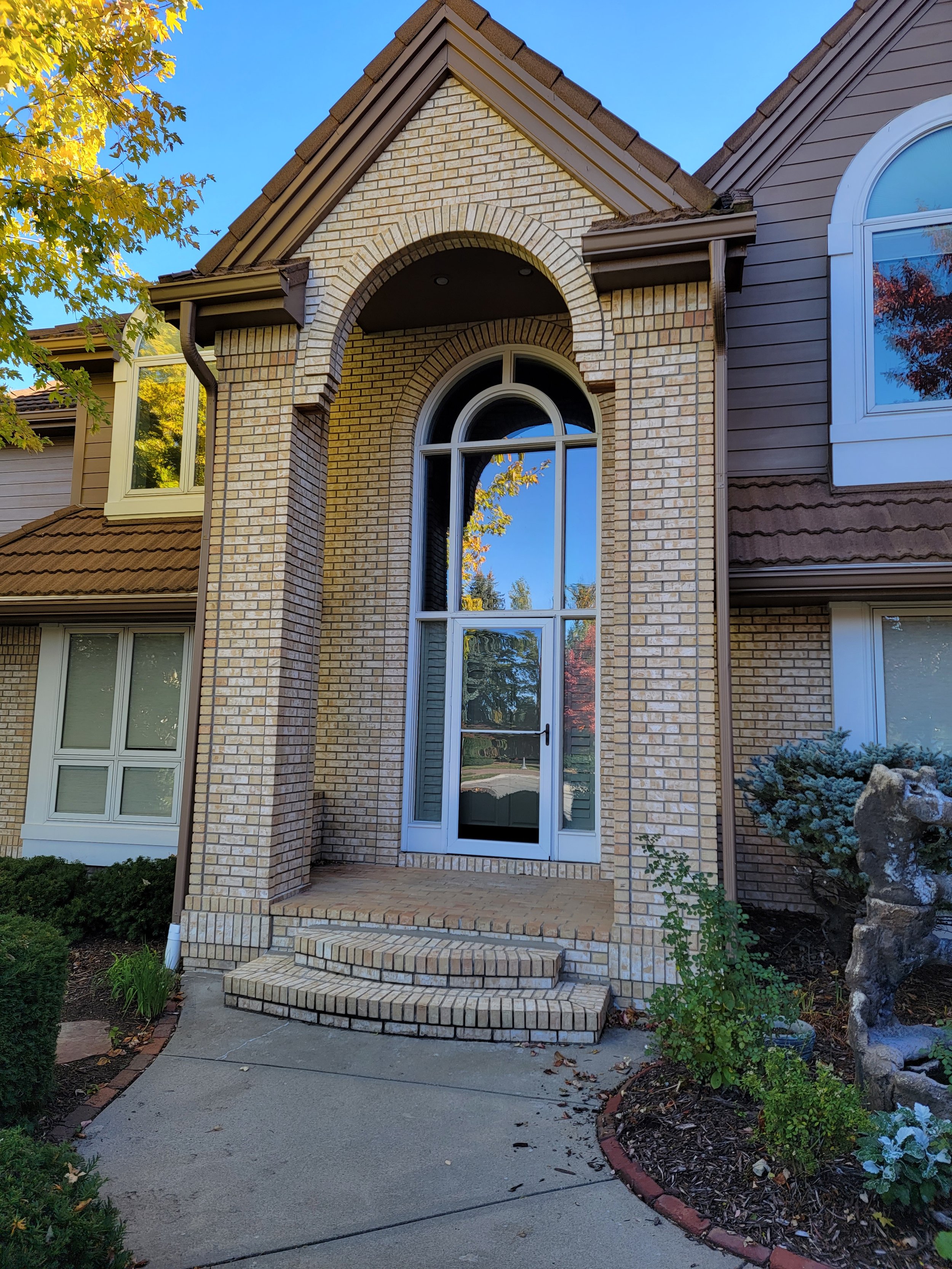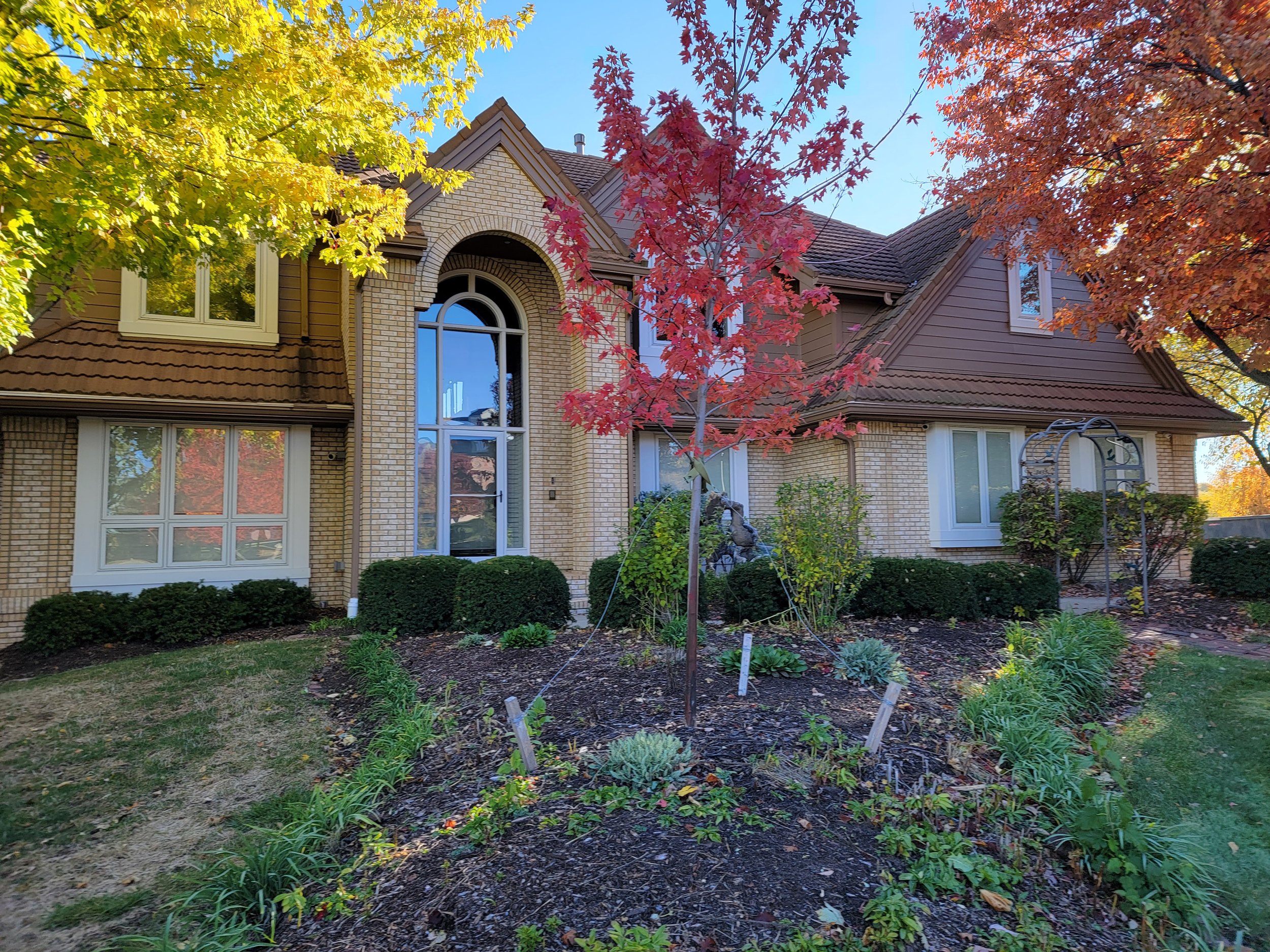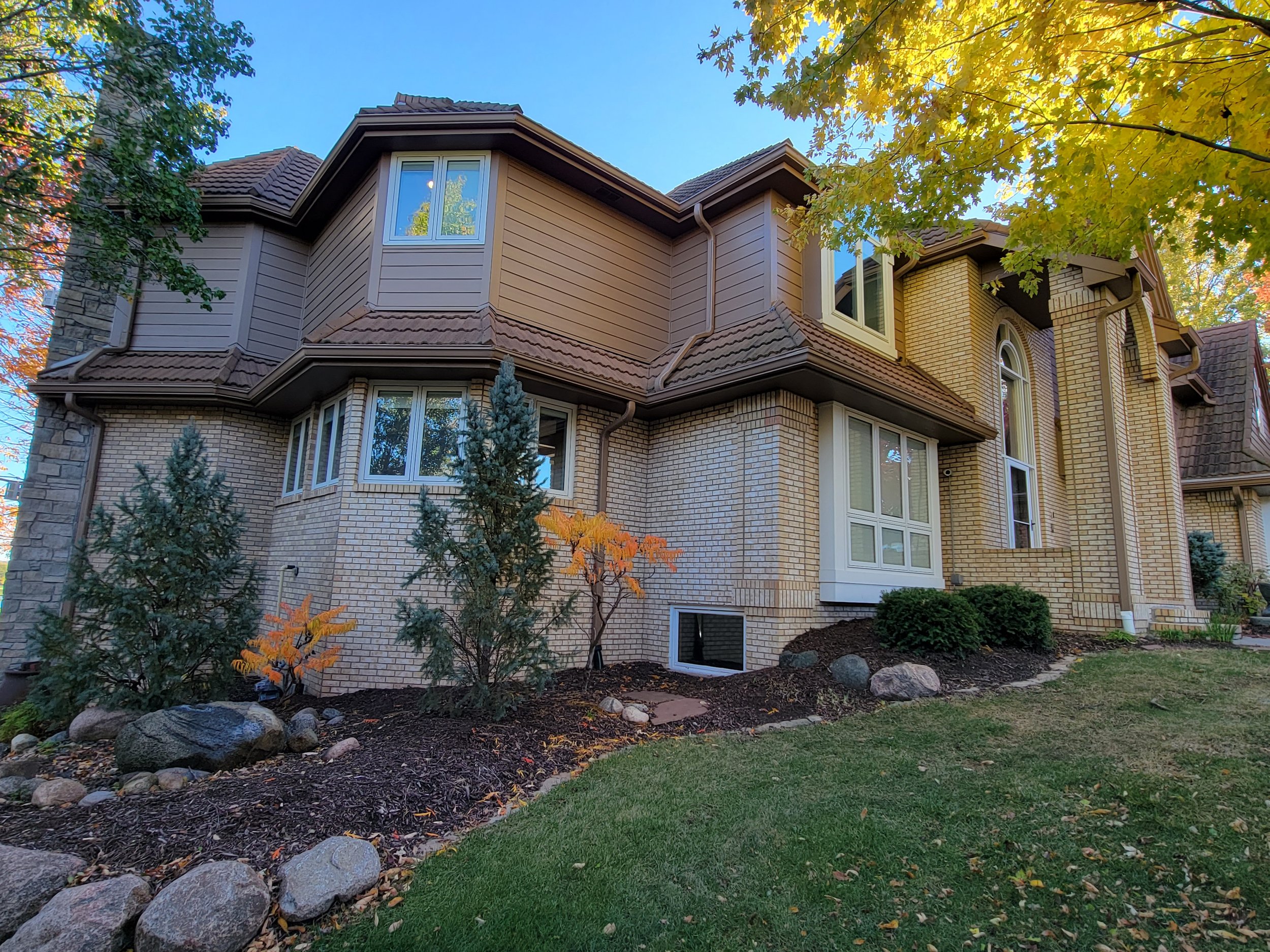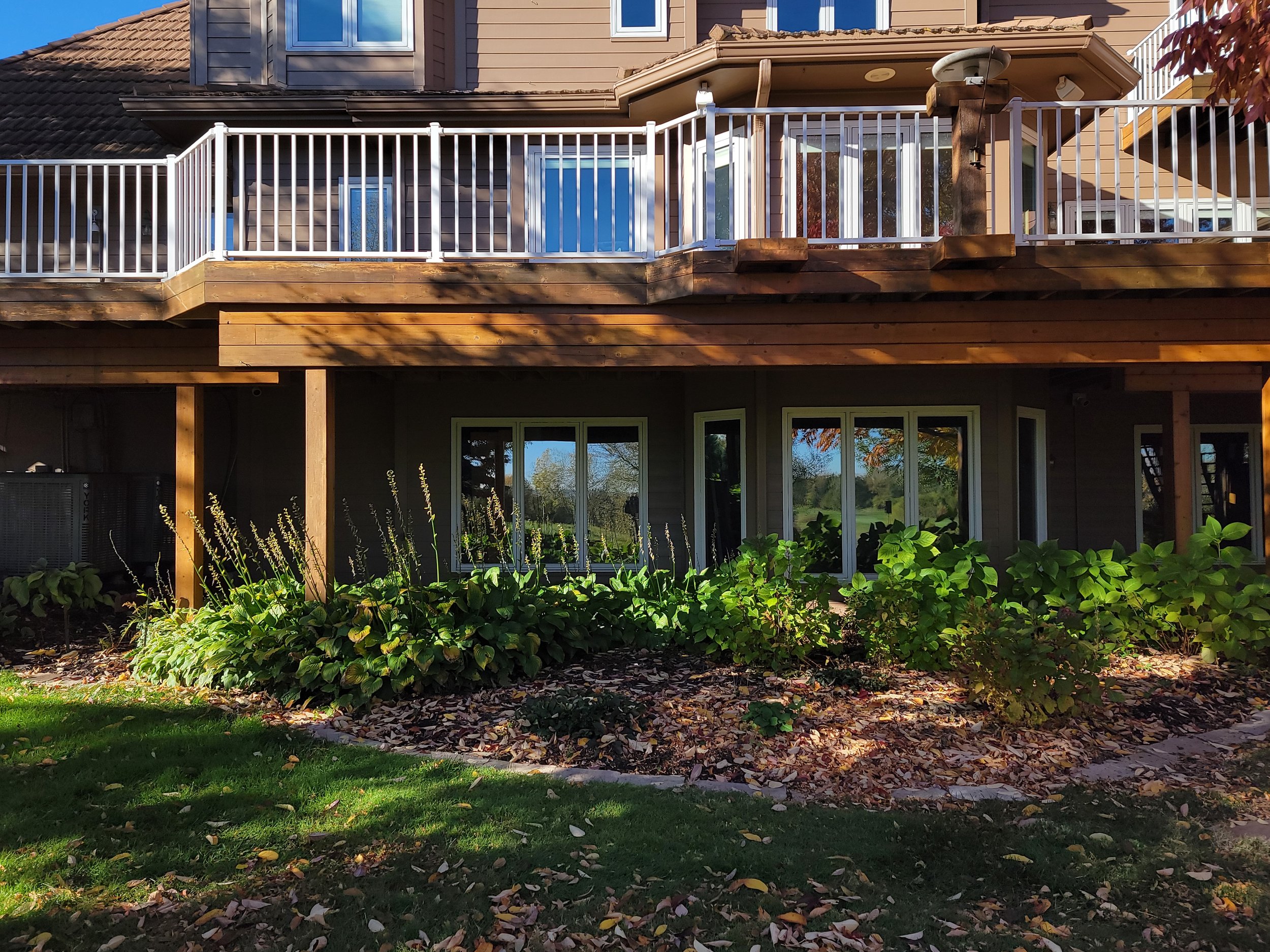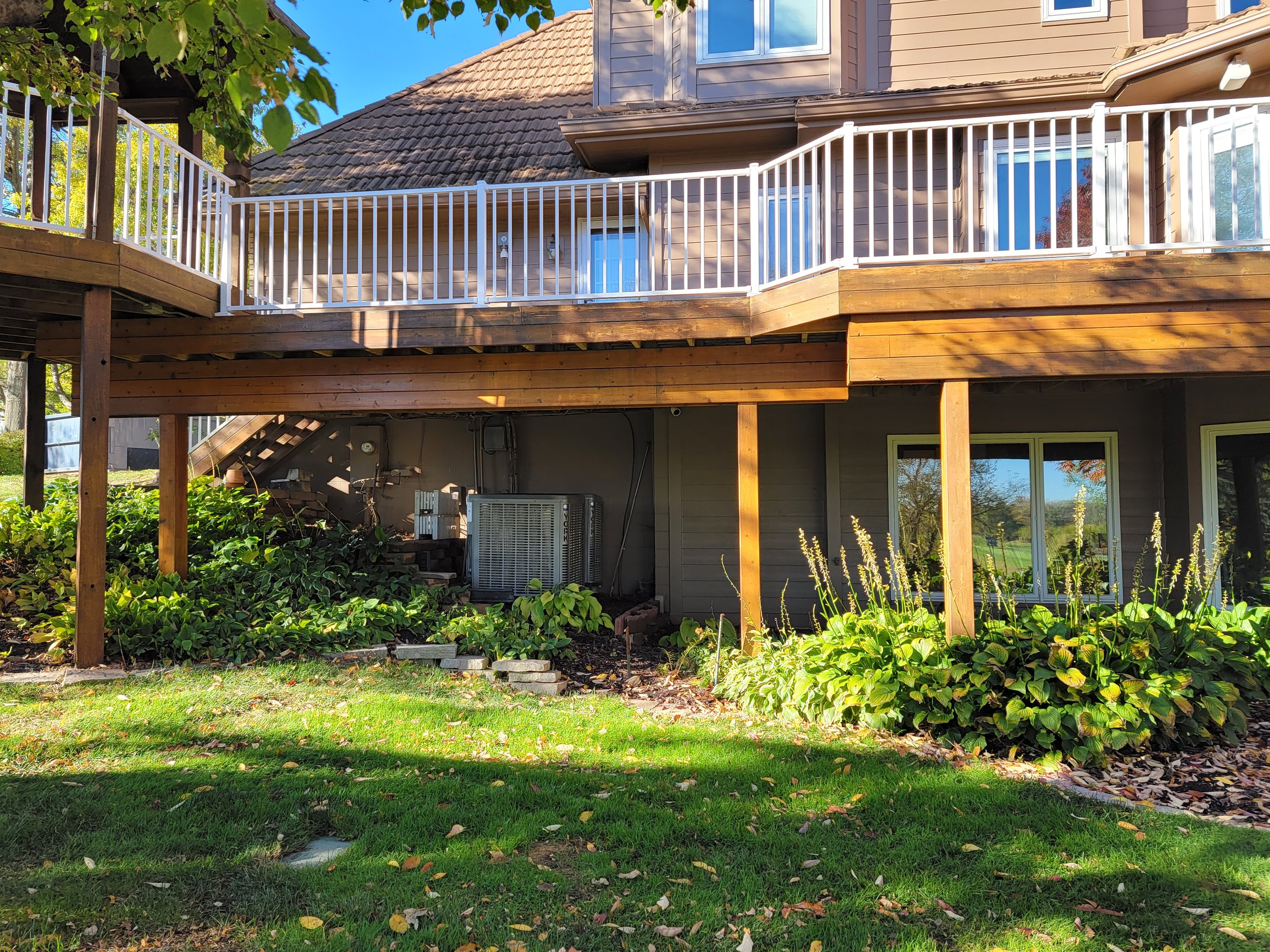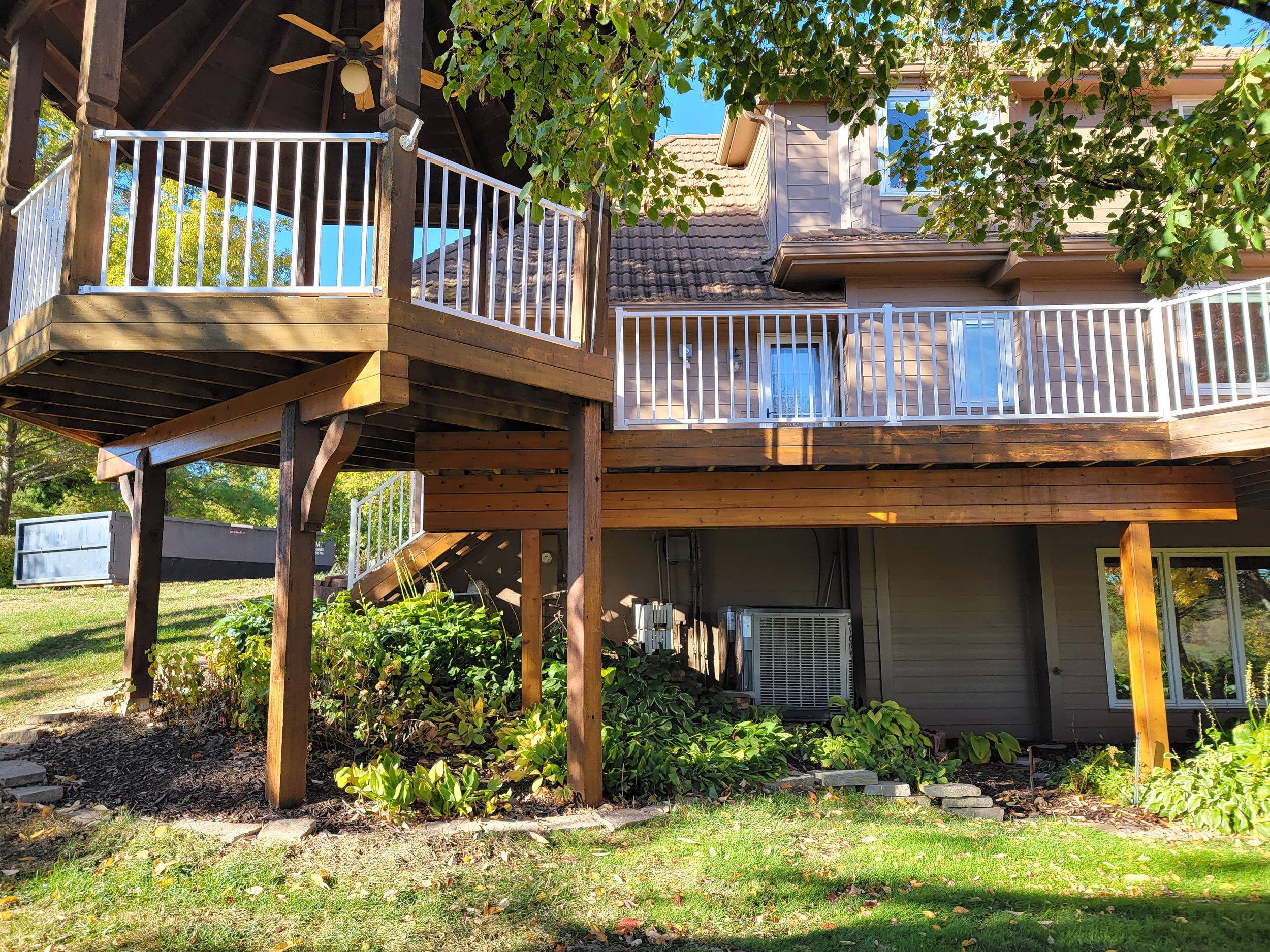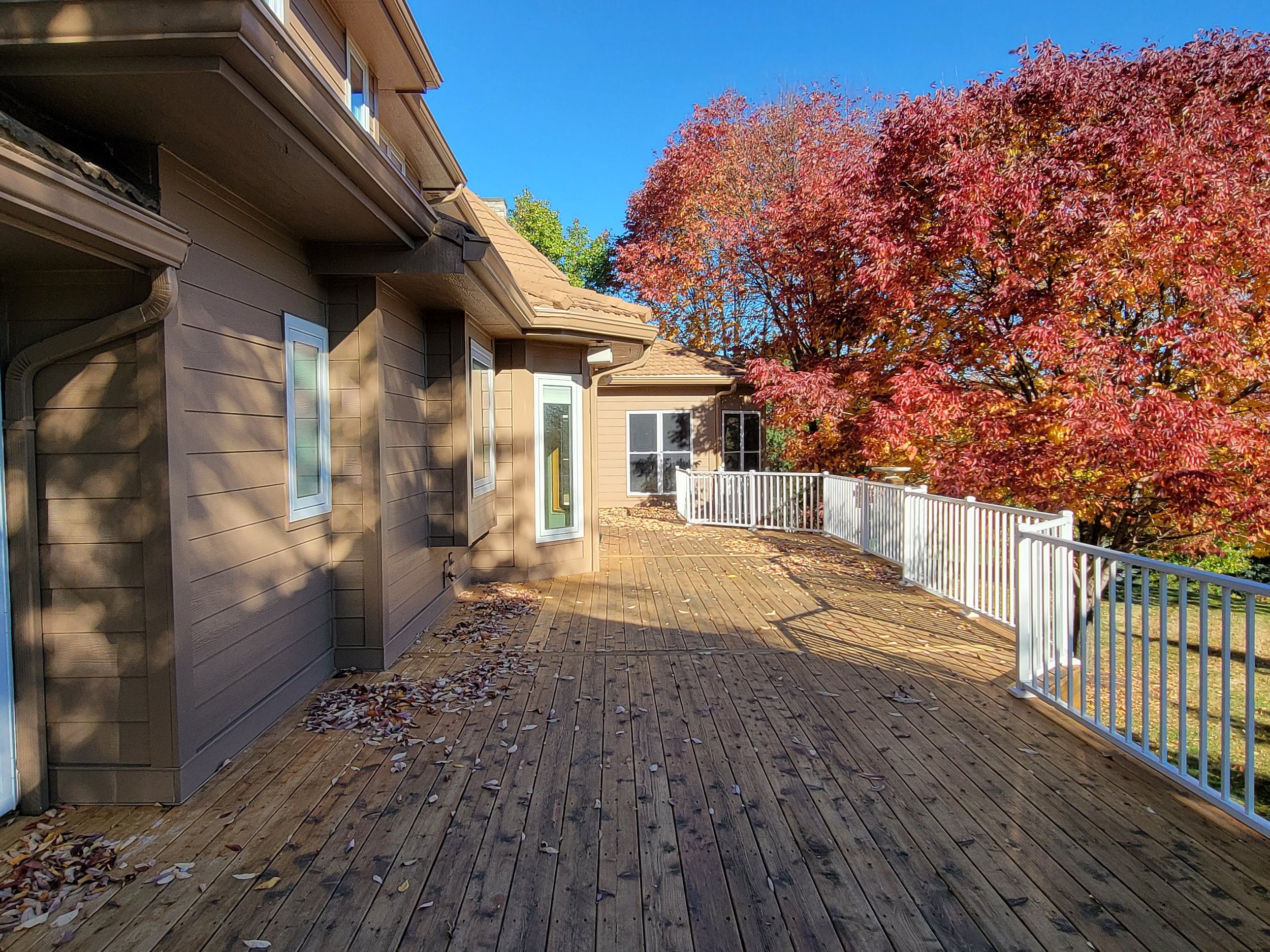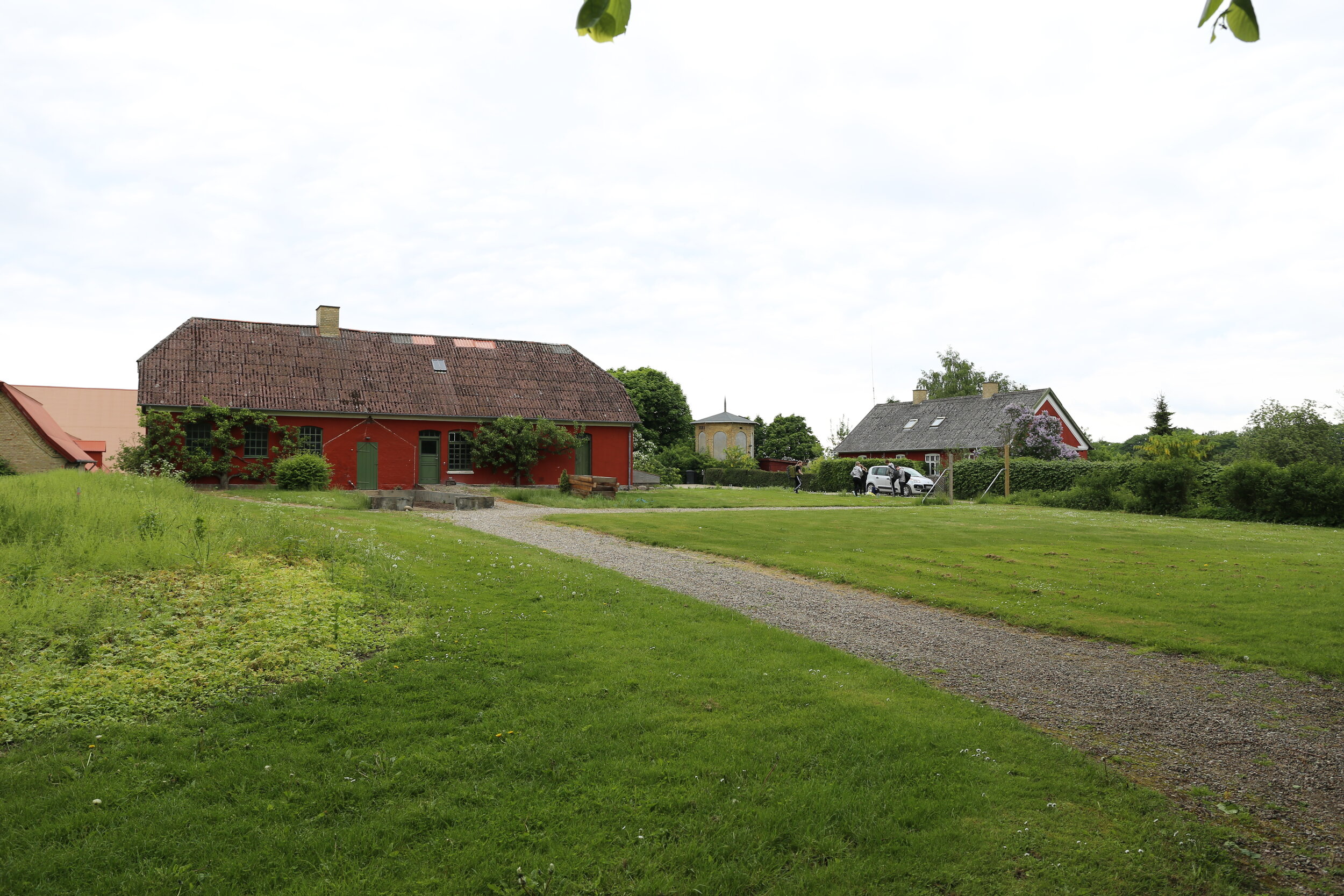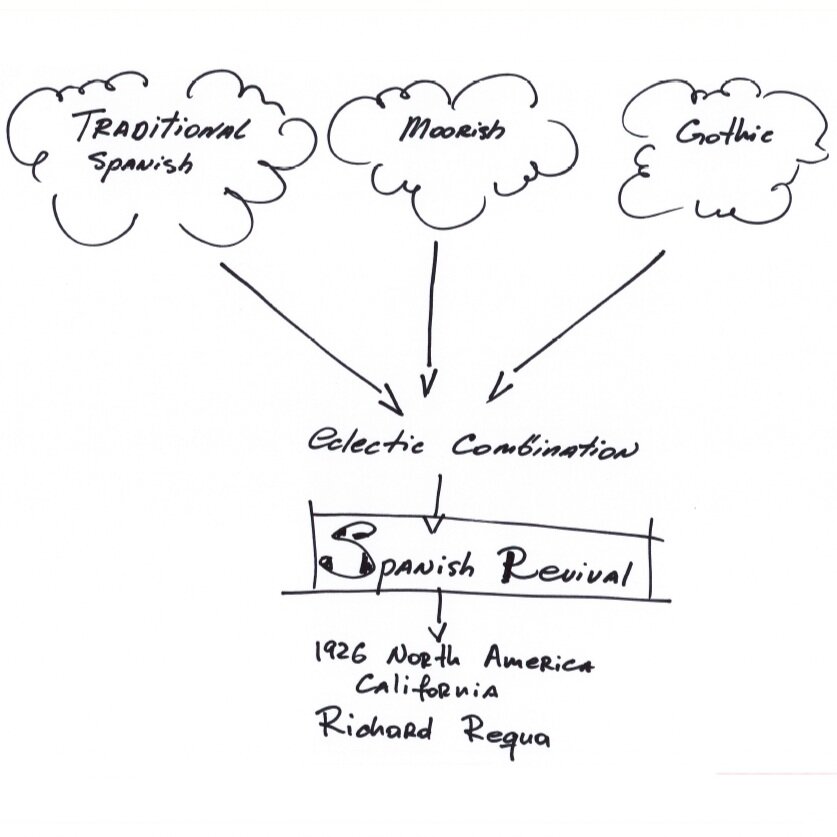Sanctuary of YUM: Exotic Orchards & Wellness Programs. Bonsall, California.
The Sanctuary of YUM in Bonsall, San Diego, is a landscape of exotic orchards, healing gardens, and wellness programs. Designed as a retreat, it integrates ecological intelligence with community, art, and regenerative farming practices.
A private estate reimagined as a sanctuary of wellness, exotic orchards, and ritual spaces.
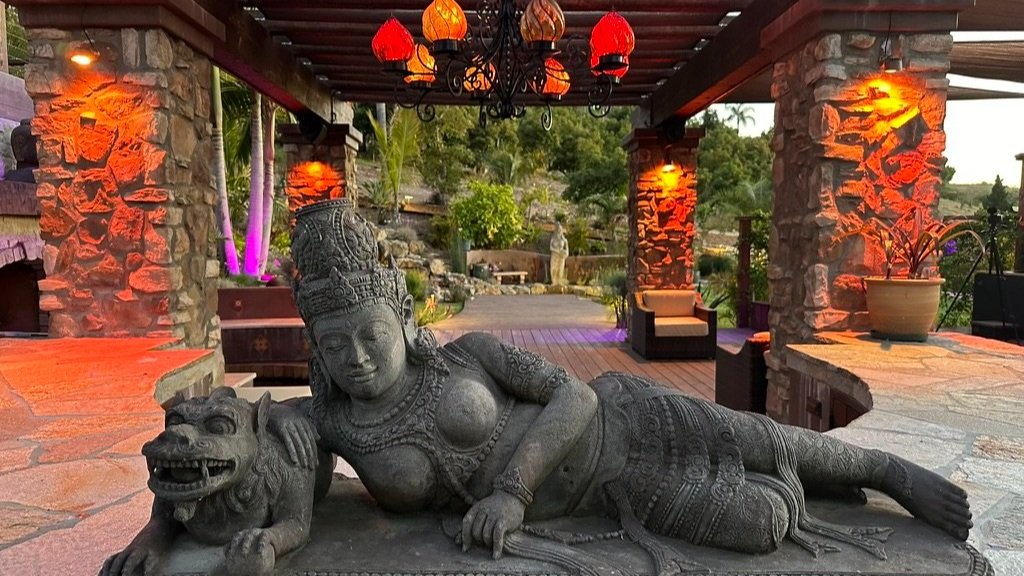
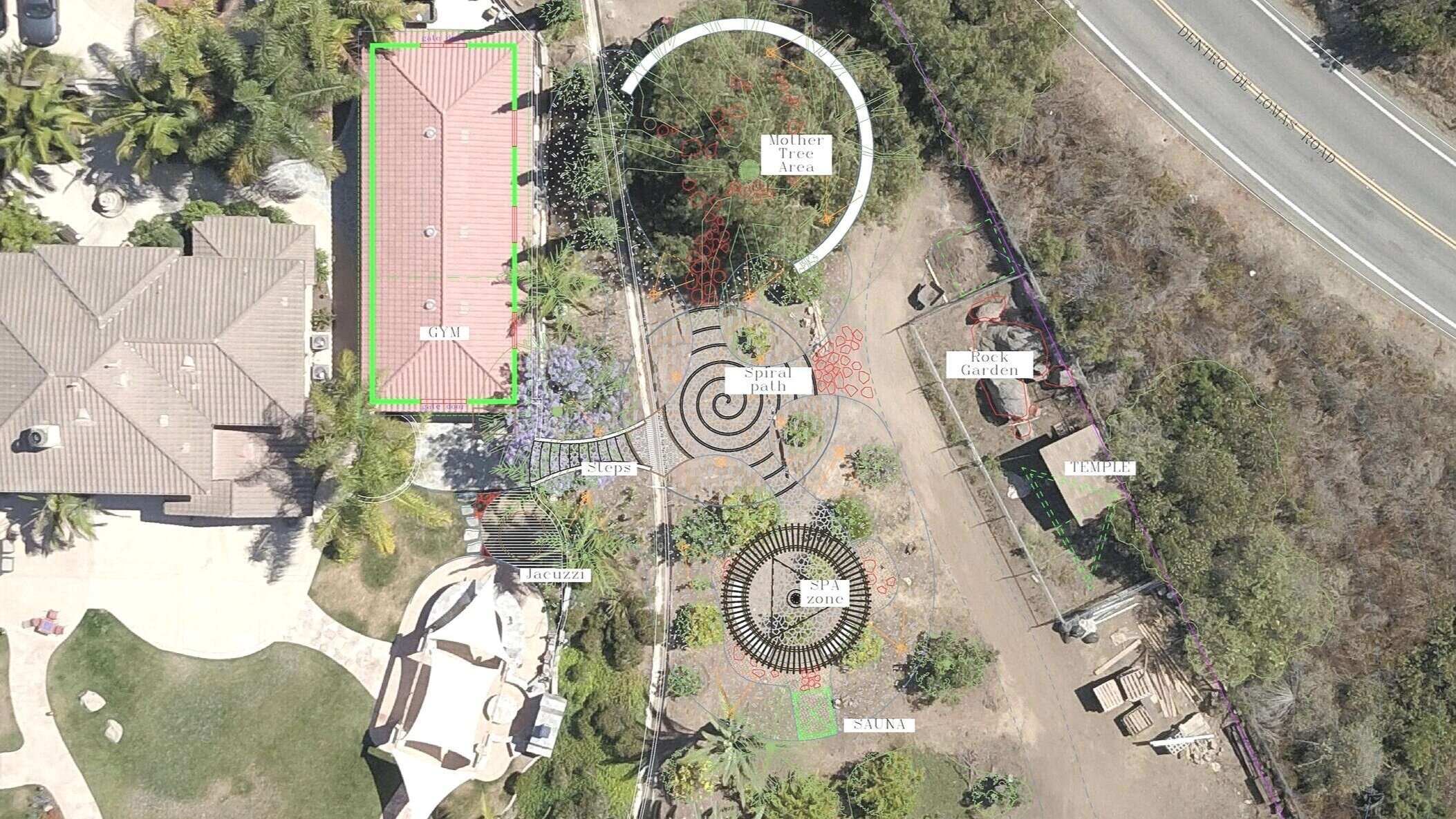
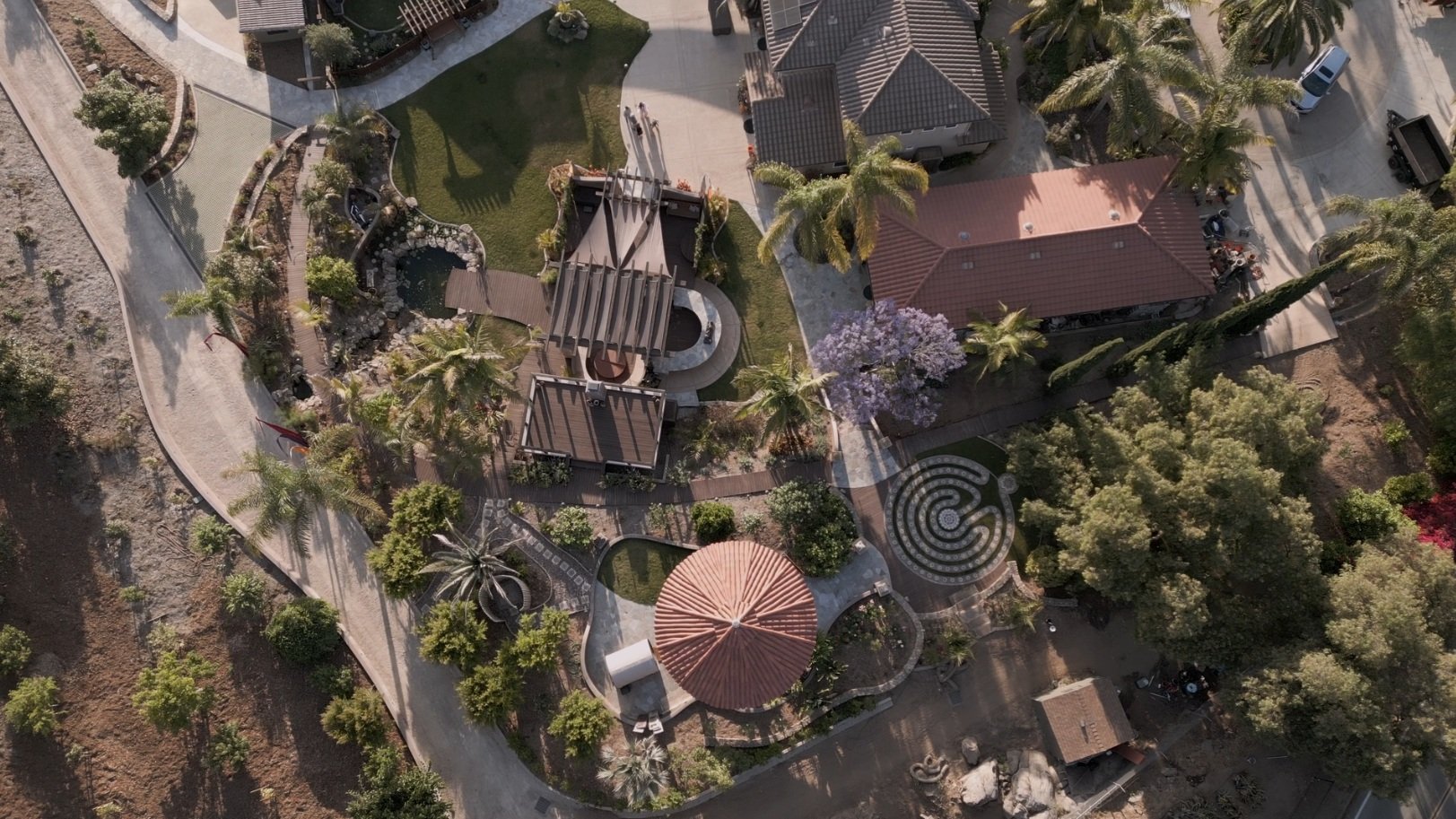
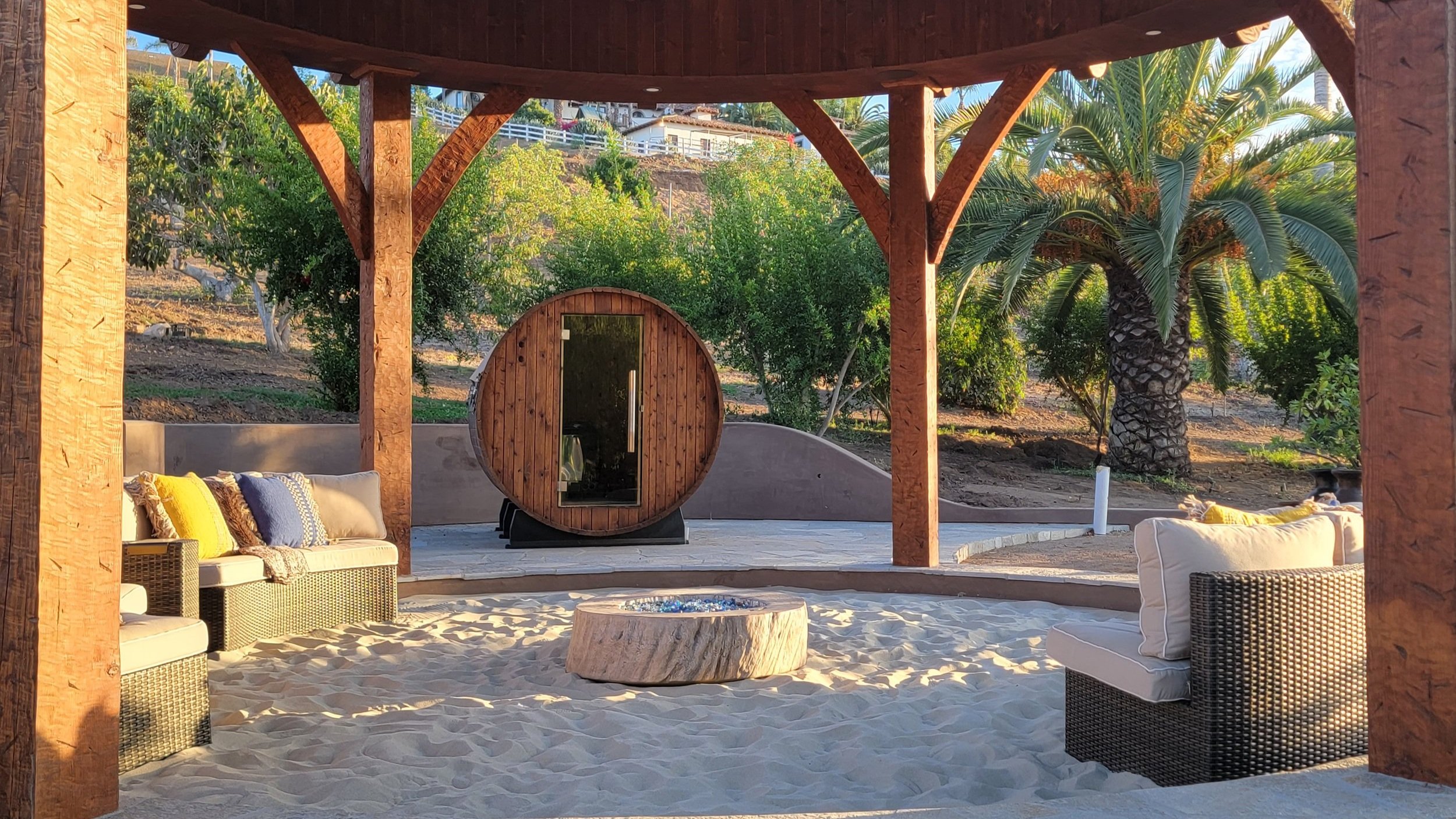

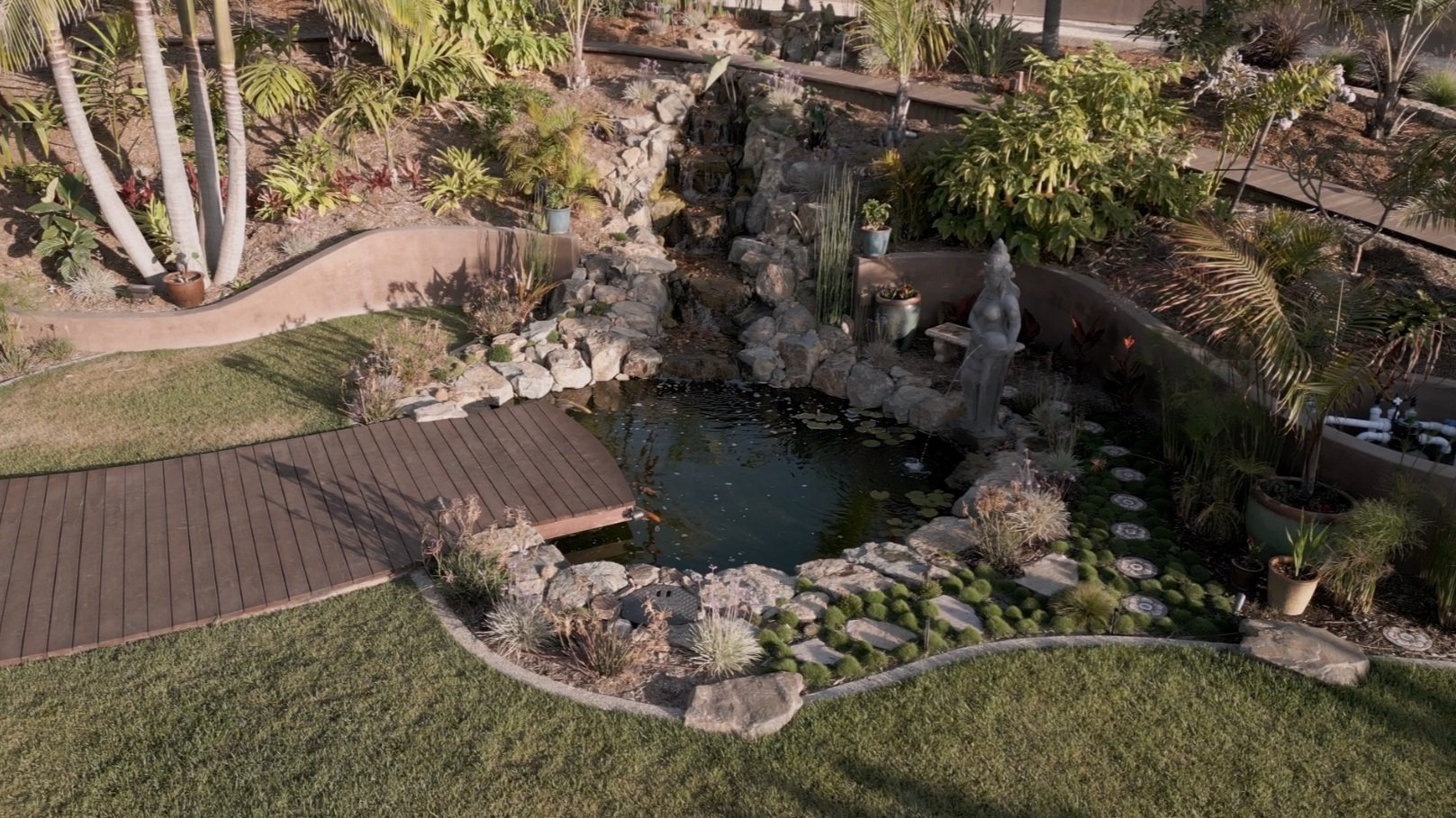
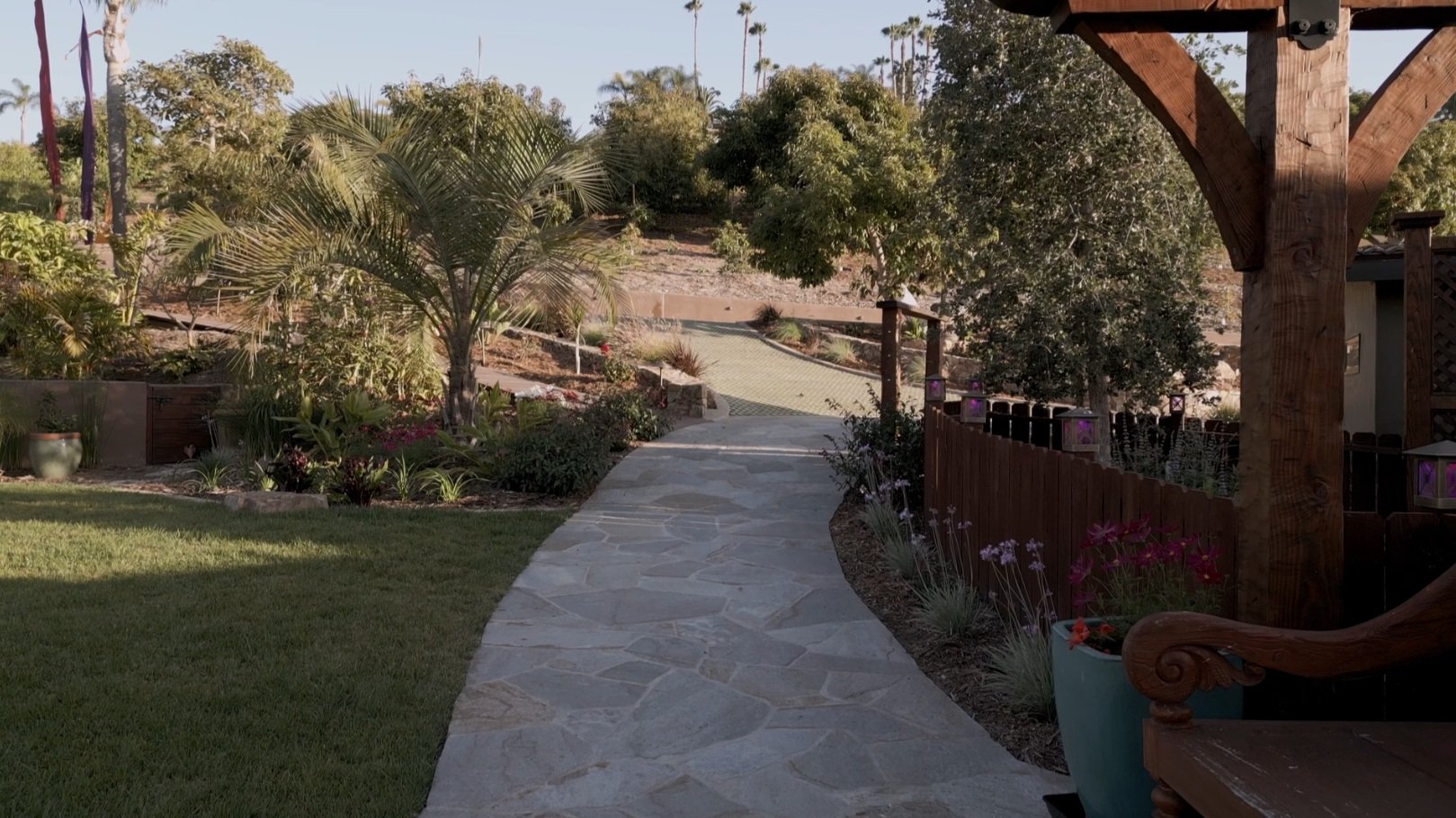
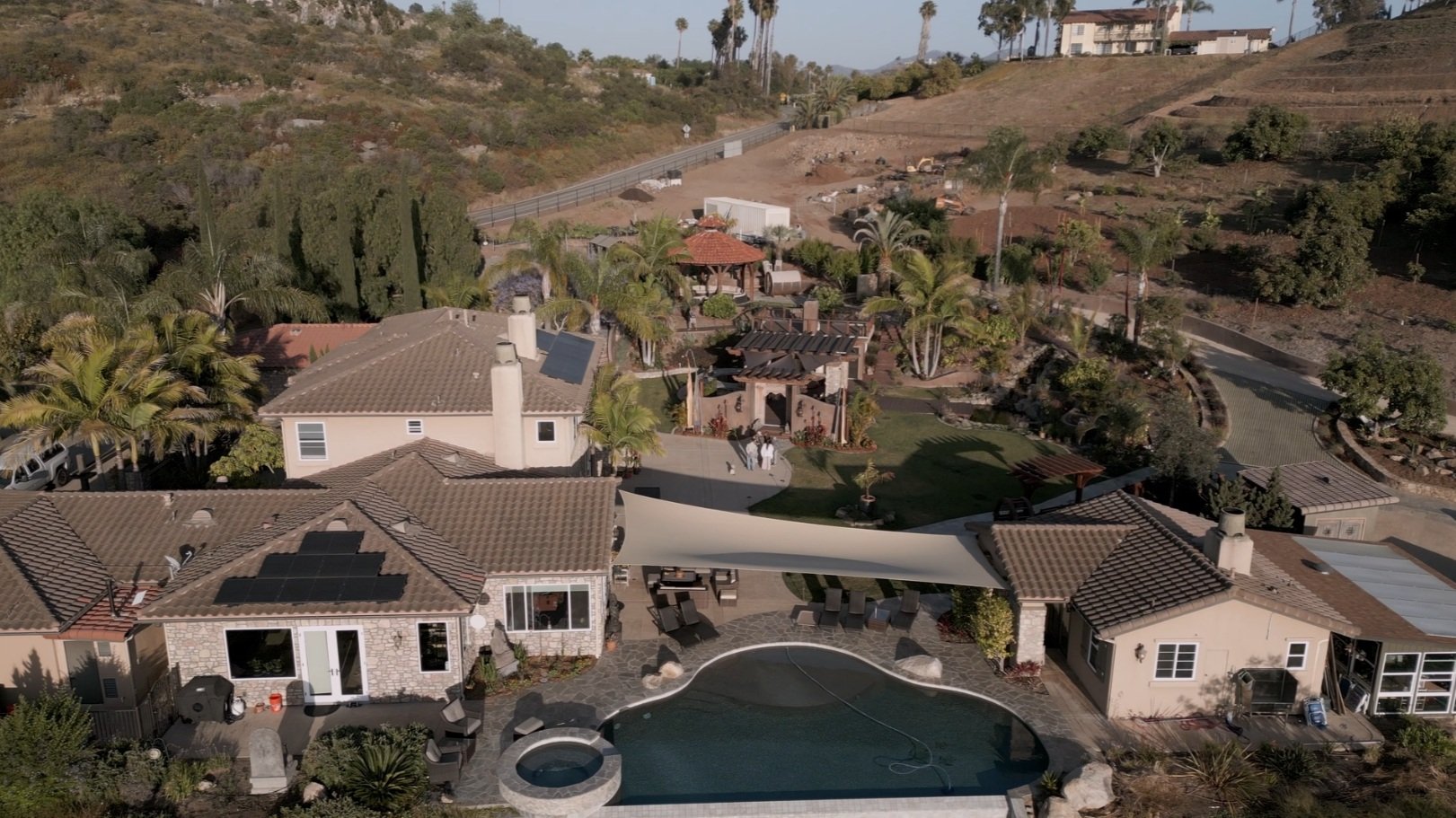
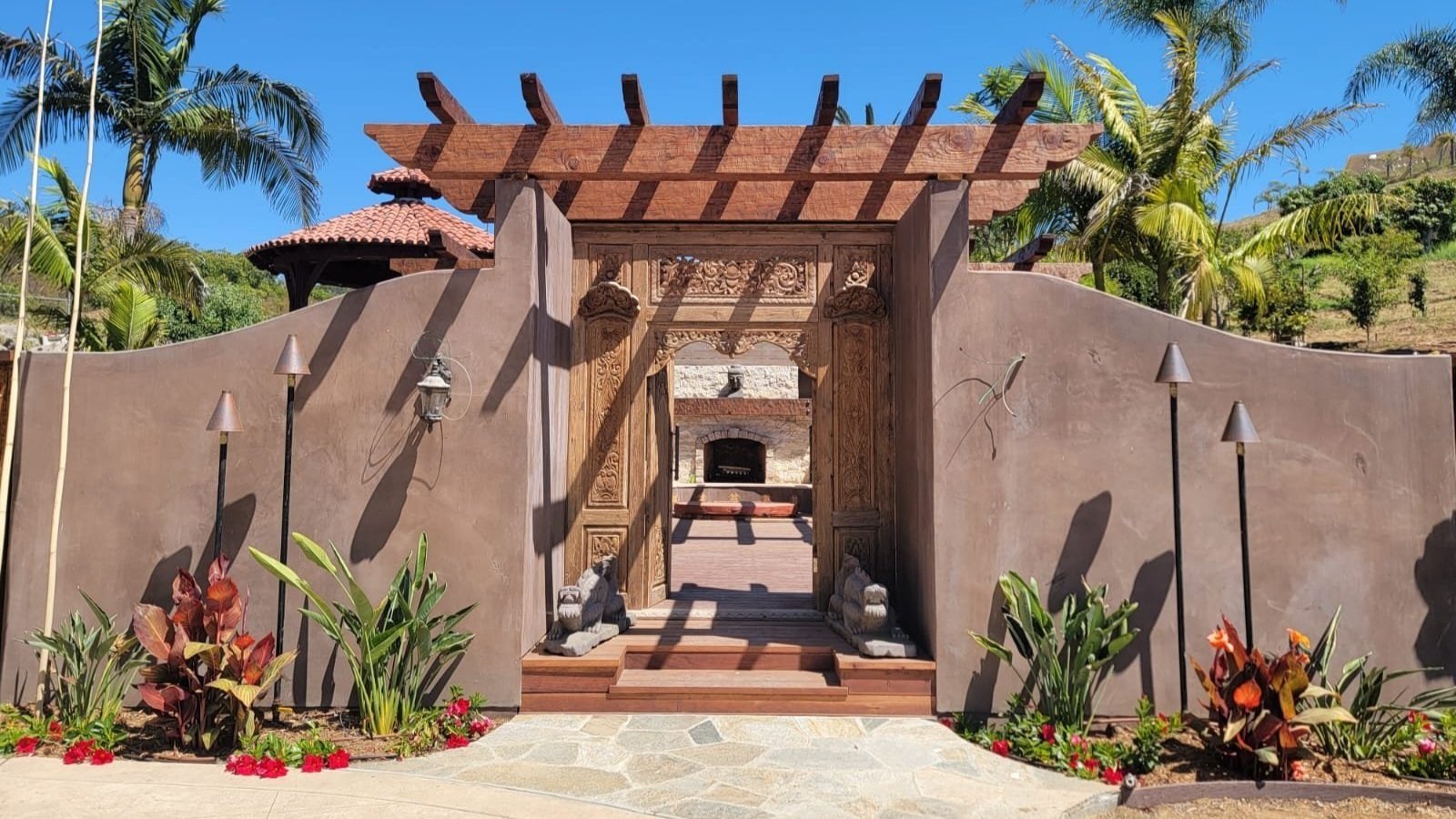

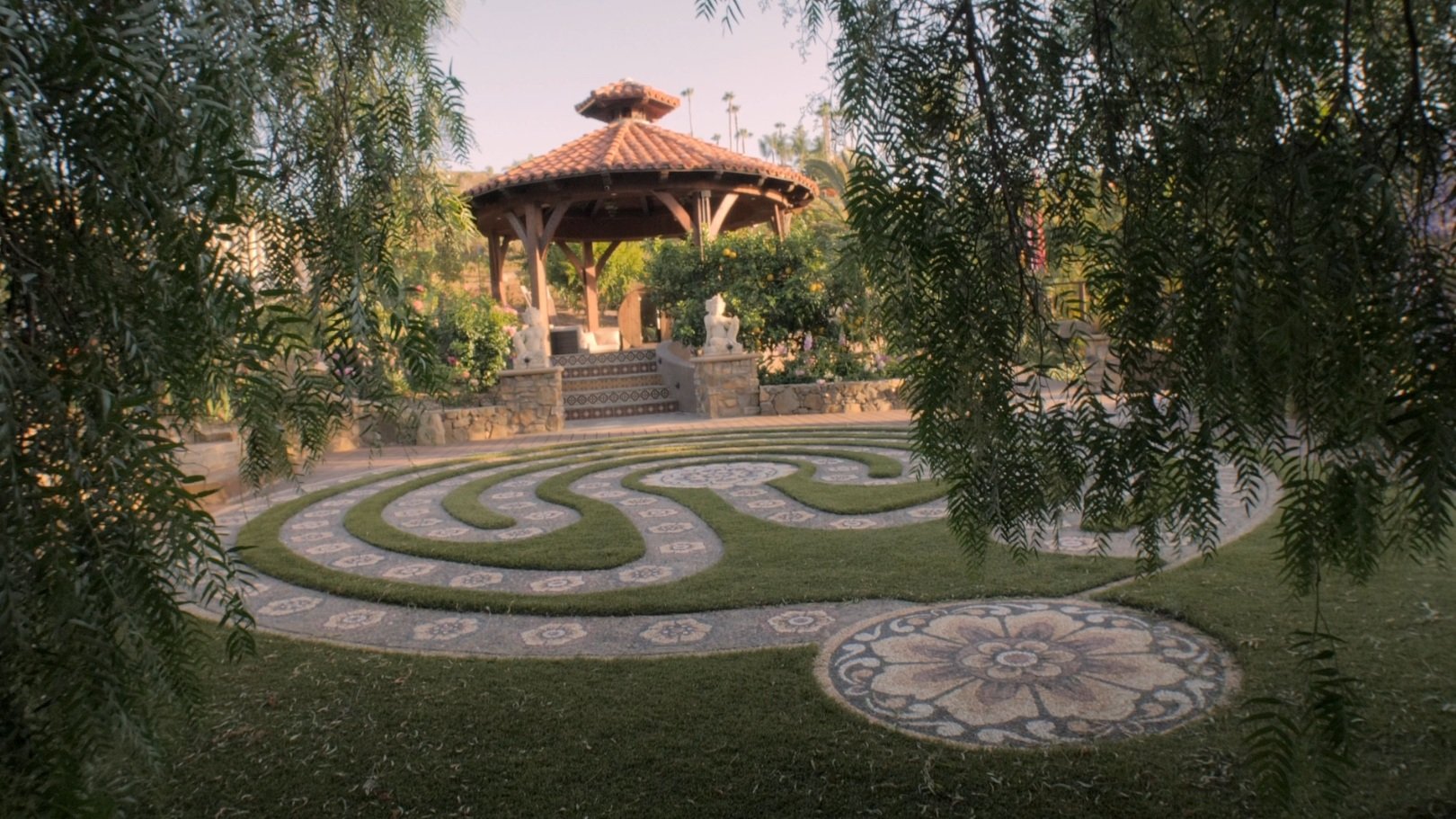
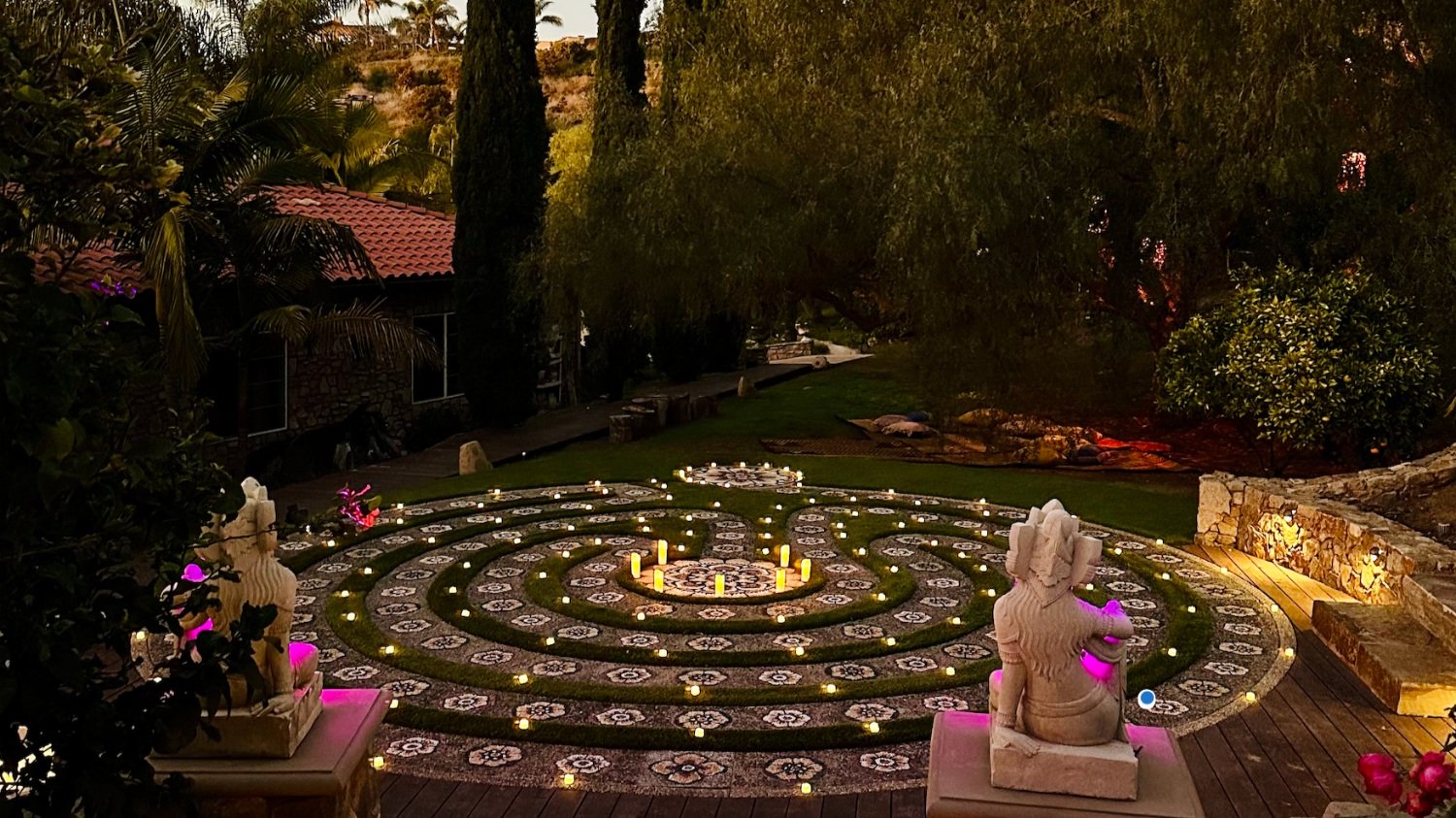

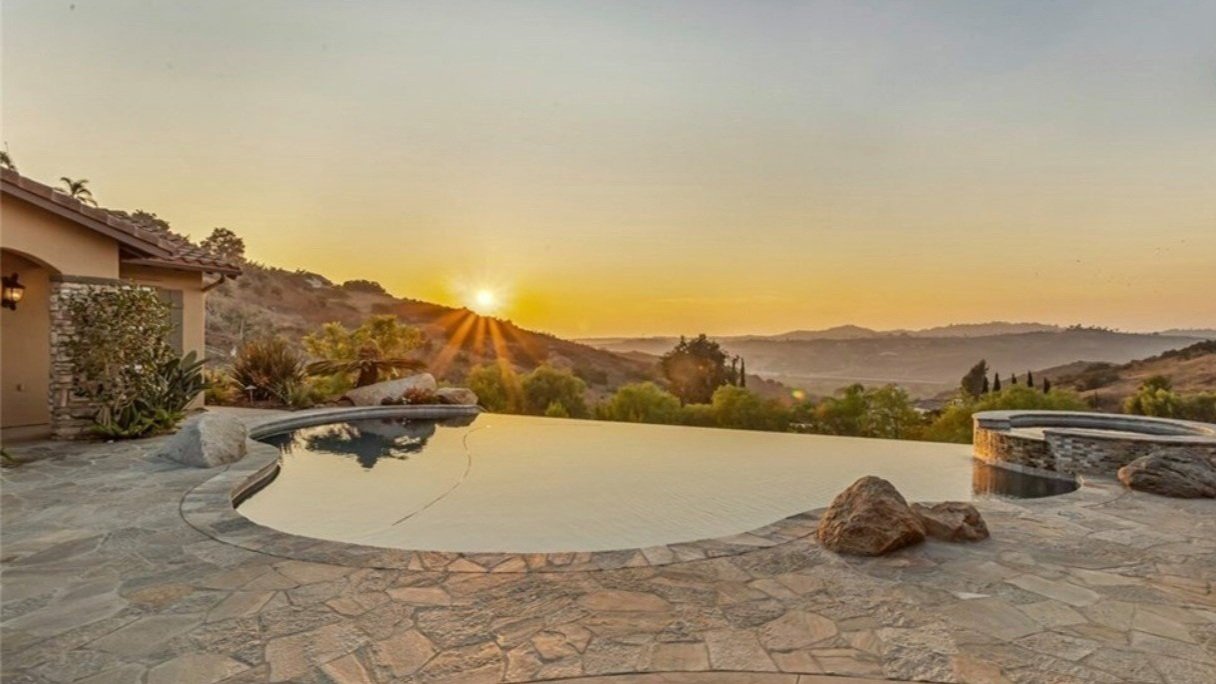
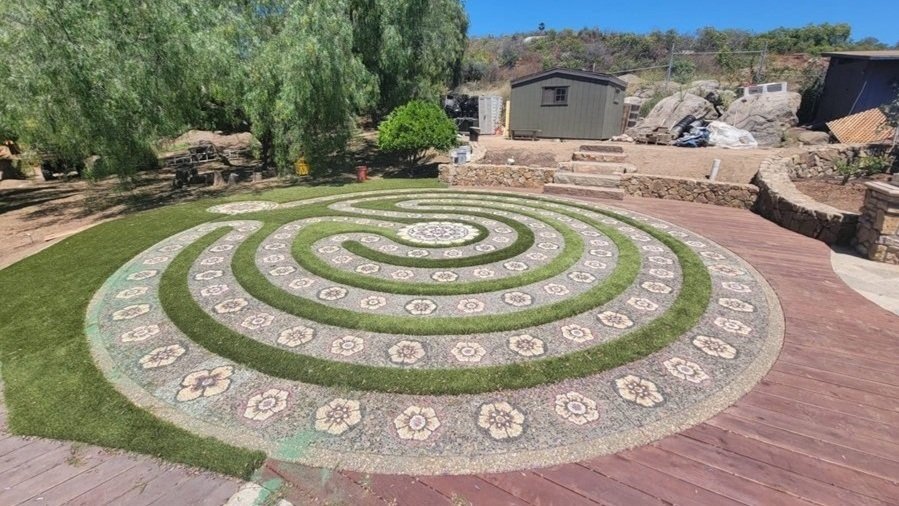
The Sanctuary of YUM in Bonsall, California is a landscape designed to nourish both body and spirit. Blending exotic orchards with native California systems, the garden creates a place where food, art, and wellness come together. At its heart lies a ritual labyrinth — a space for walking meditation and reflection. Every element is designed as part of an evolutionary intelligent system, supporting ecological cycles while providing spaces for contemplation, community, and healing.
A short film of the Sanctuary of YUM in Bonsall, a four-acre retreat blending exotic orchards, a meditation labyrinth, wellness spaces, and farm-to-table gardens. Designed by LASD Studio, it is a living sanctuary for restoration, community, and ecological beauty.
Concept Vision — Landscape as Healing Sanctuary
The Sanctuary of YUM was imagined as more than a garden — it is a living sanctuary where every element contributes to restoration, wellness, and beauty. The design draws inspiration from both ancient ritual landscapes and contemporary ecological science, creating a place where visitors feel grounded in nature while connected to something larger than themselves. Pathways, water, and planting flow as one continuous system, offering an experience of balance, serenity, and renewal.
Exotic Orchards & Edible Gardens
At the heart of the design lies an orchard of exotic and Mediterranean fruit trees, weaving productivity with artistry. Citrus, figs, olives, pomegranates, and subtropical species form a lush edible landscape, supporting both culinary delight and ecological resilience. Interplanted herbs and pollinator-friendly groundcovers attract bees and butterflies, ensuring that the garden is as alive with biodiversity as it is with flavor. The orchard becomes a daily ritual of nourishment — a reminder of the cycles of growth and harvest.
Ritual Labyrinth — Path of Reflection
The labyrinth is conceived as a sacred journey — a place for meditation, mindfulness, and personal reflection. Inspired by traditional forms yet adapted for this site, its spiraling path encourages slow movement and inner focus. Surrounded by aromatic planting and shaded by native trees, the labyrinth serves as the spiritual core of the sanctuary, a space where landscape, body, and spirit come into alignment.
Outdoor Living & Wellness Programs
The estate is structured around a series of outdoor rooms designed for wellness, family life, and celebration. Shaded terraces, yoga decks, water features, and contemplative seating areas invite both activity and stillness. Every gathering space is framed by views of orchards and hills, reinforcing the connection between healthy living and ecological abundance. The garden becomes not only a place to inhabit, but a lifestyle rooted in nature’s rhythms.
Ecological Foundations — Water, Soil, and Biodiversity
Beneath its beauty, the Sanctuary of YUM is built on strong ecological foundations. Advanced irrigation systems optimize water use, while soil restoration techniques improve fertility and resilience. Native California species are interwoven with exotic plantings to support biodiversity and ensure long-term sustainability. By aligning horticultural practices with ecological intelligence, the landscape thrives as a self-sustaining system that evolves gracefully over time.
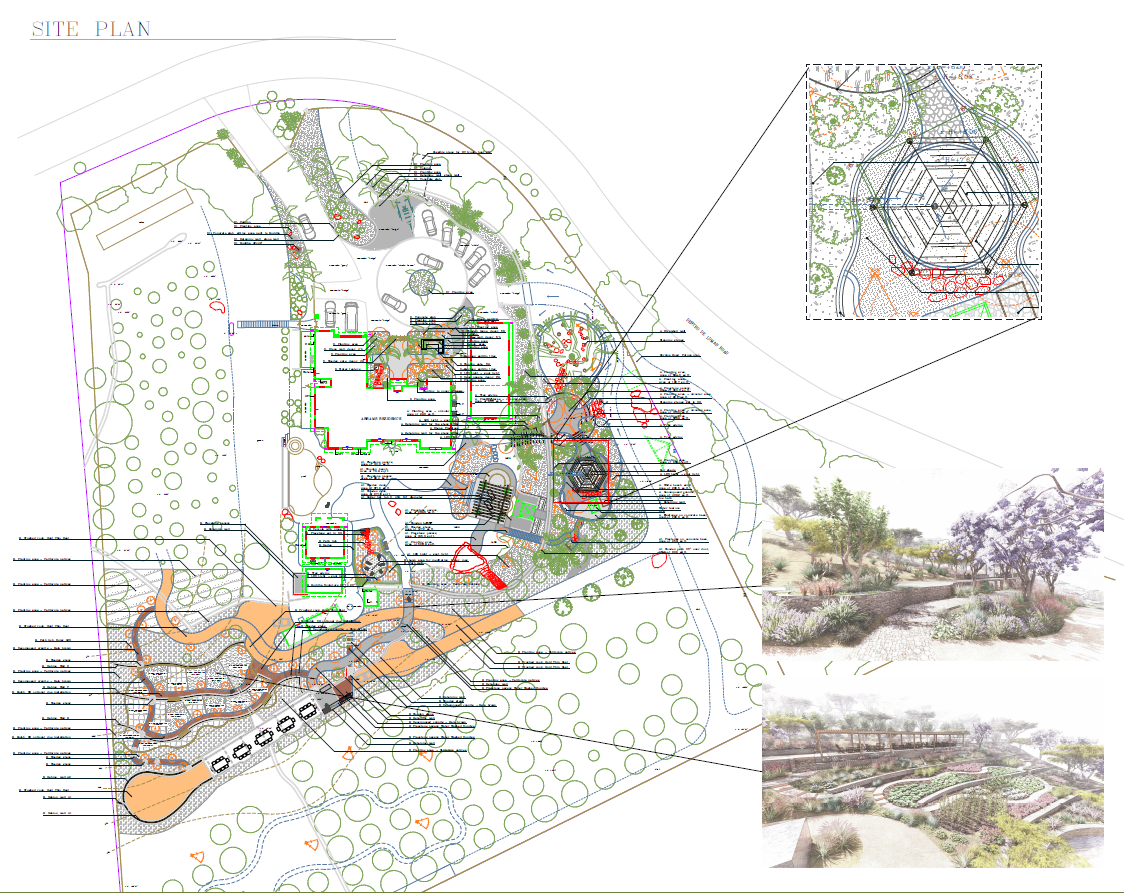
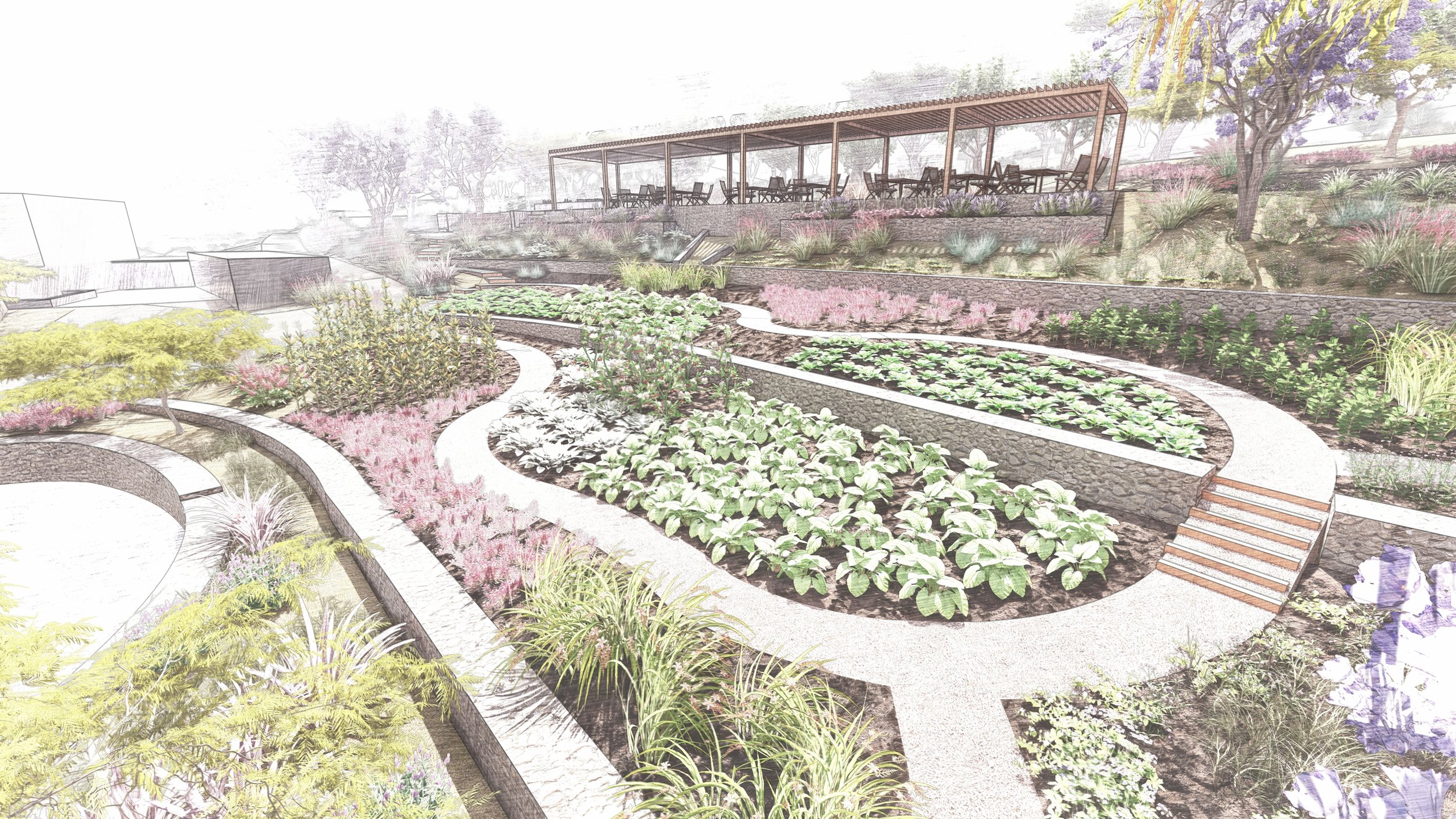
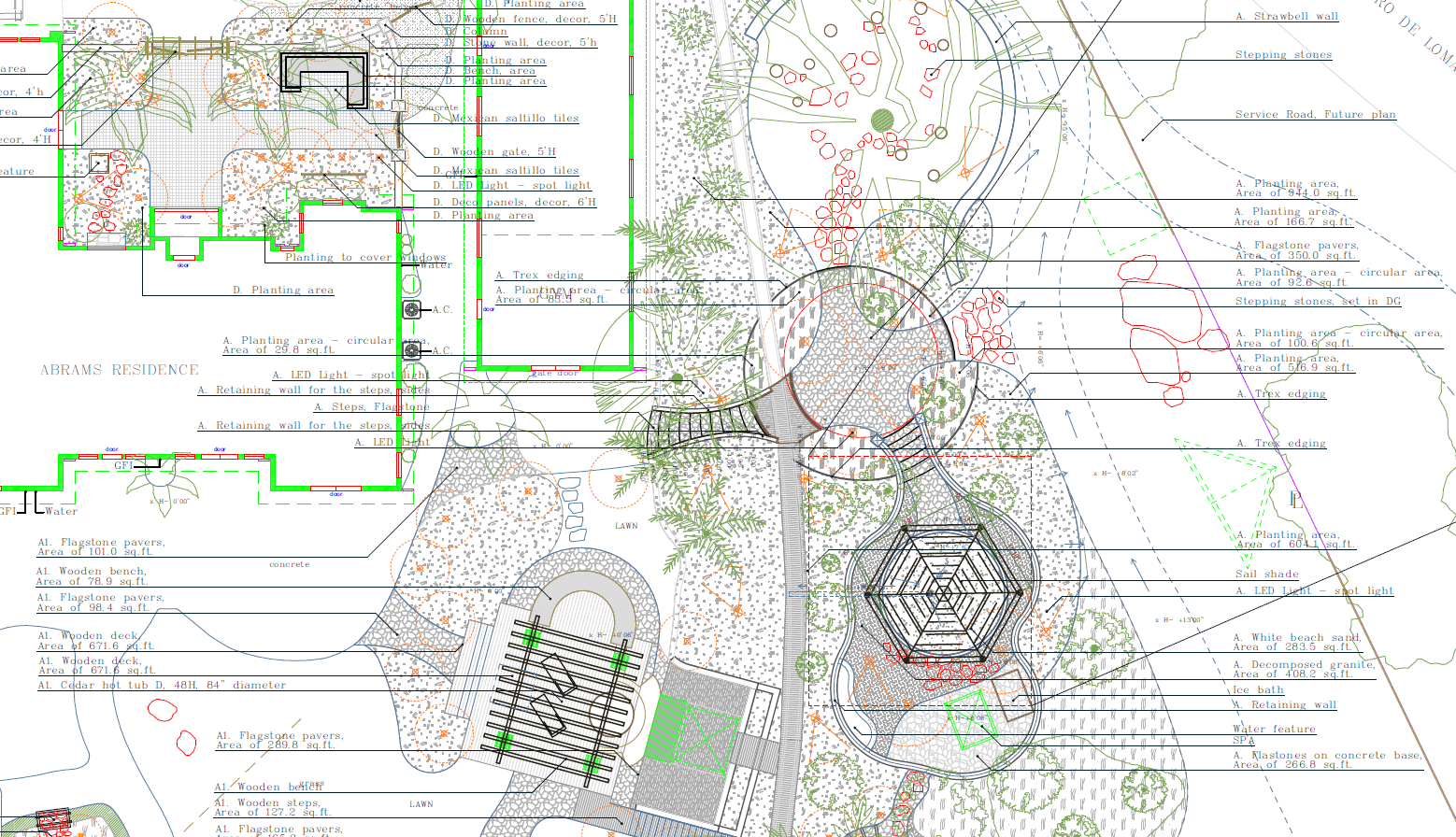
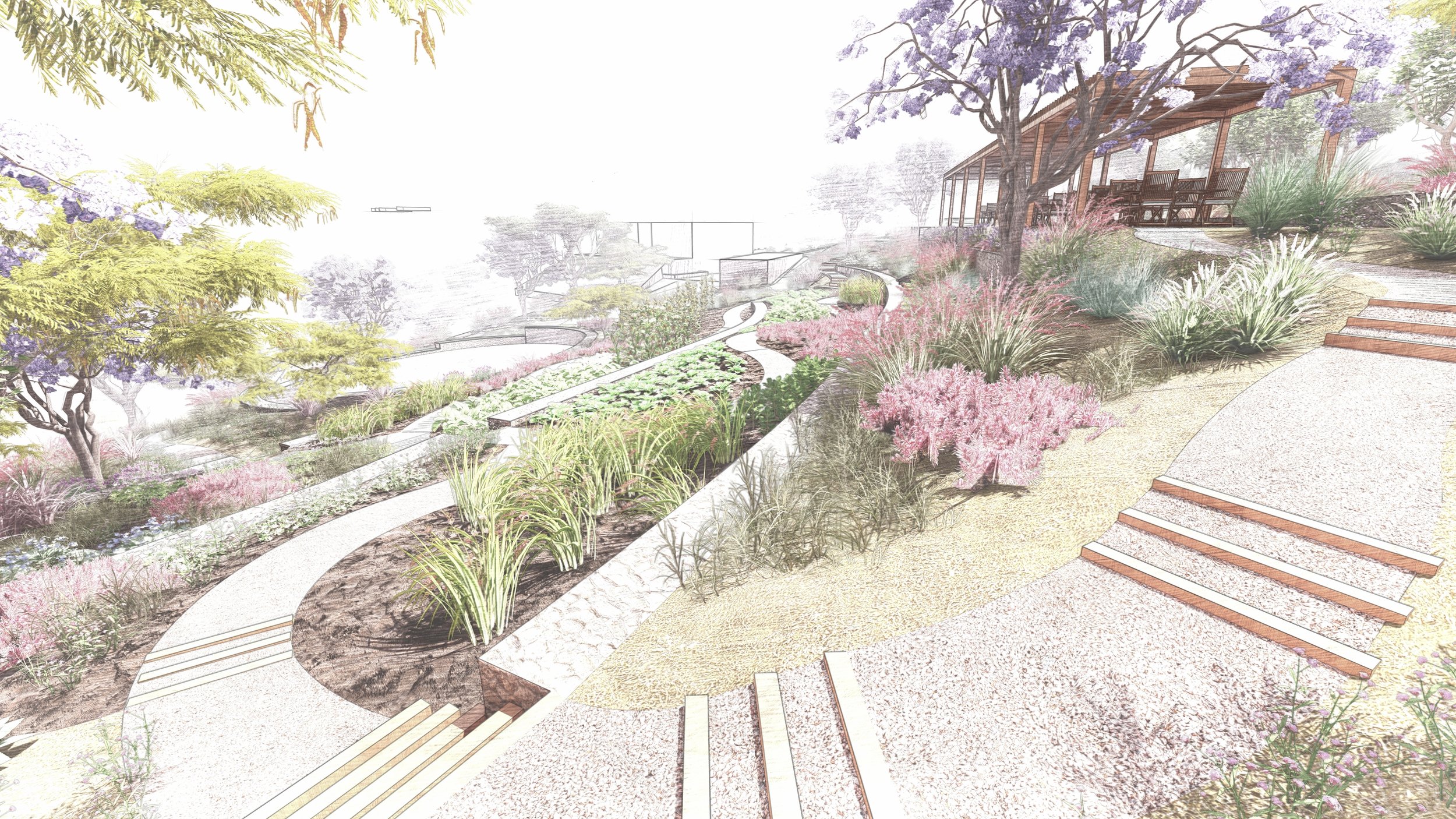

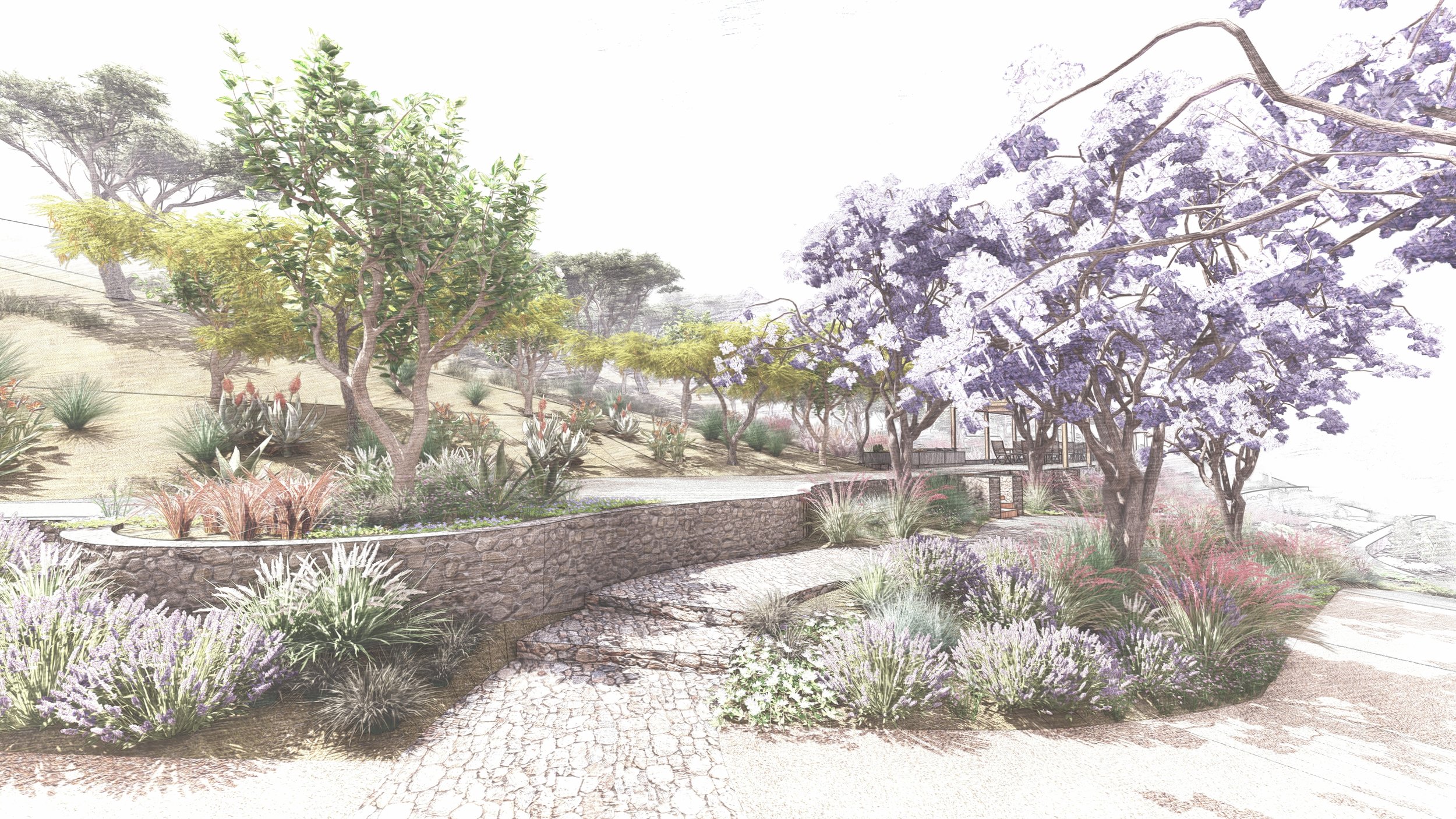
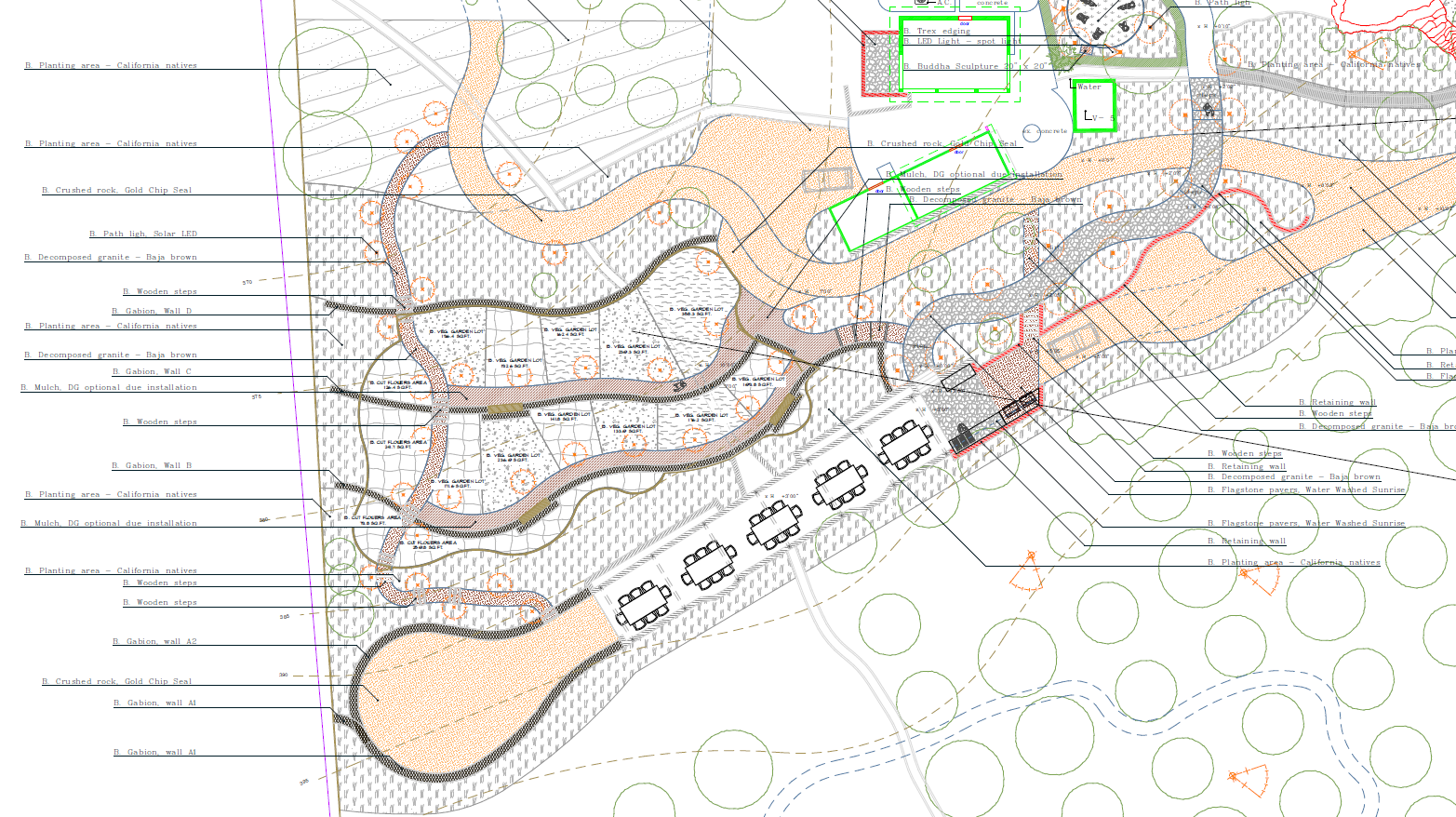
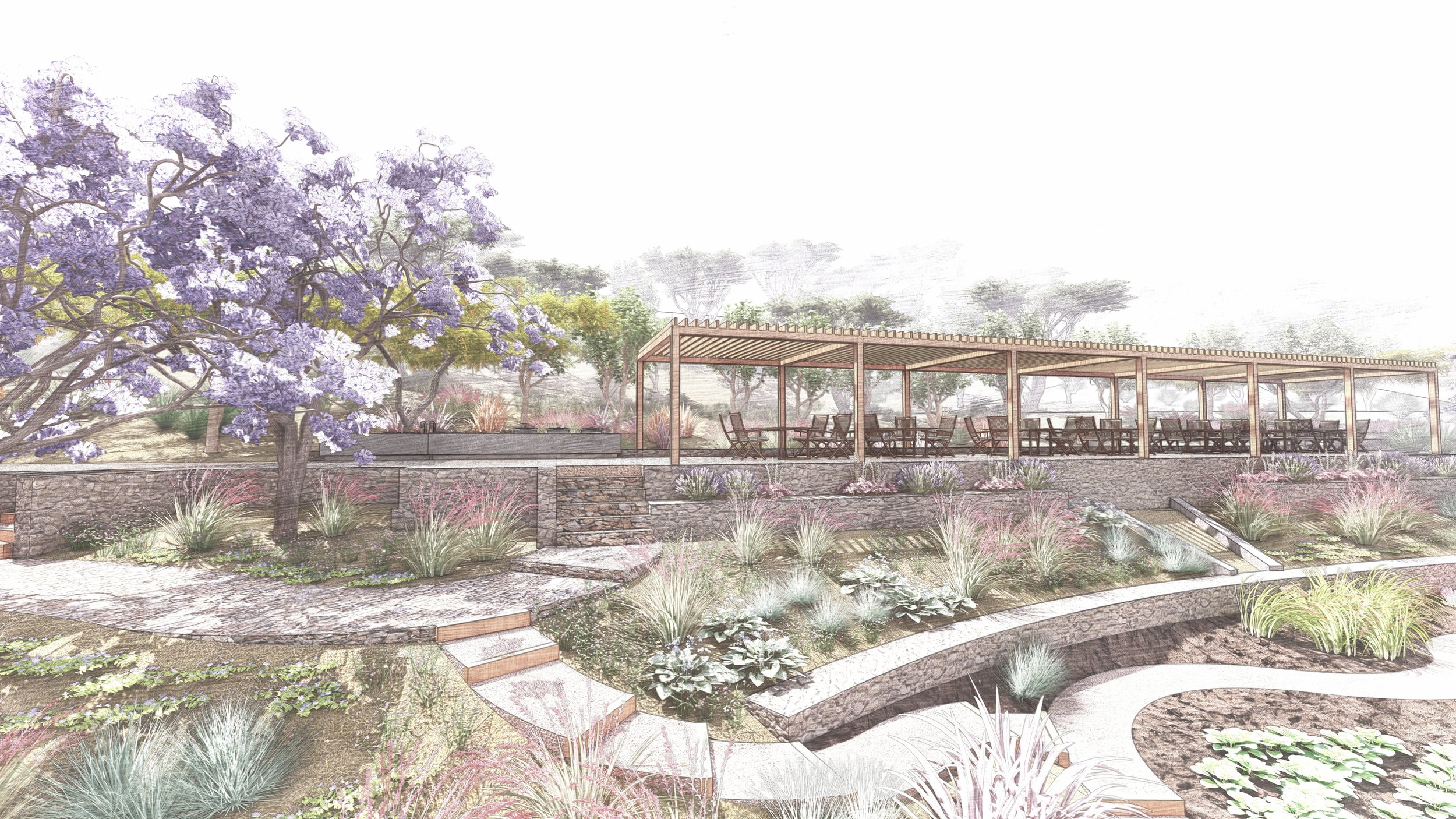




EXISTING CONDITION
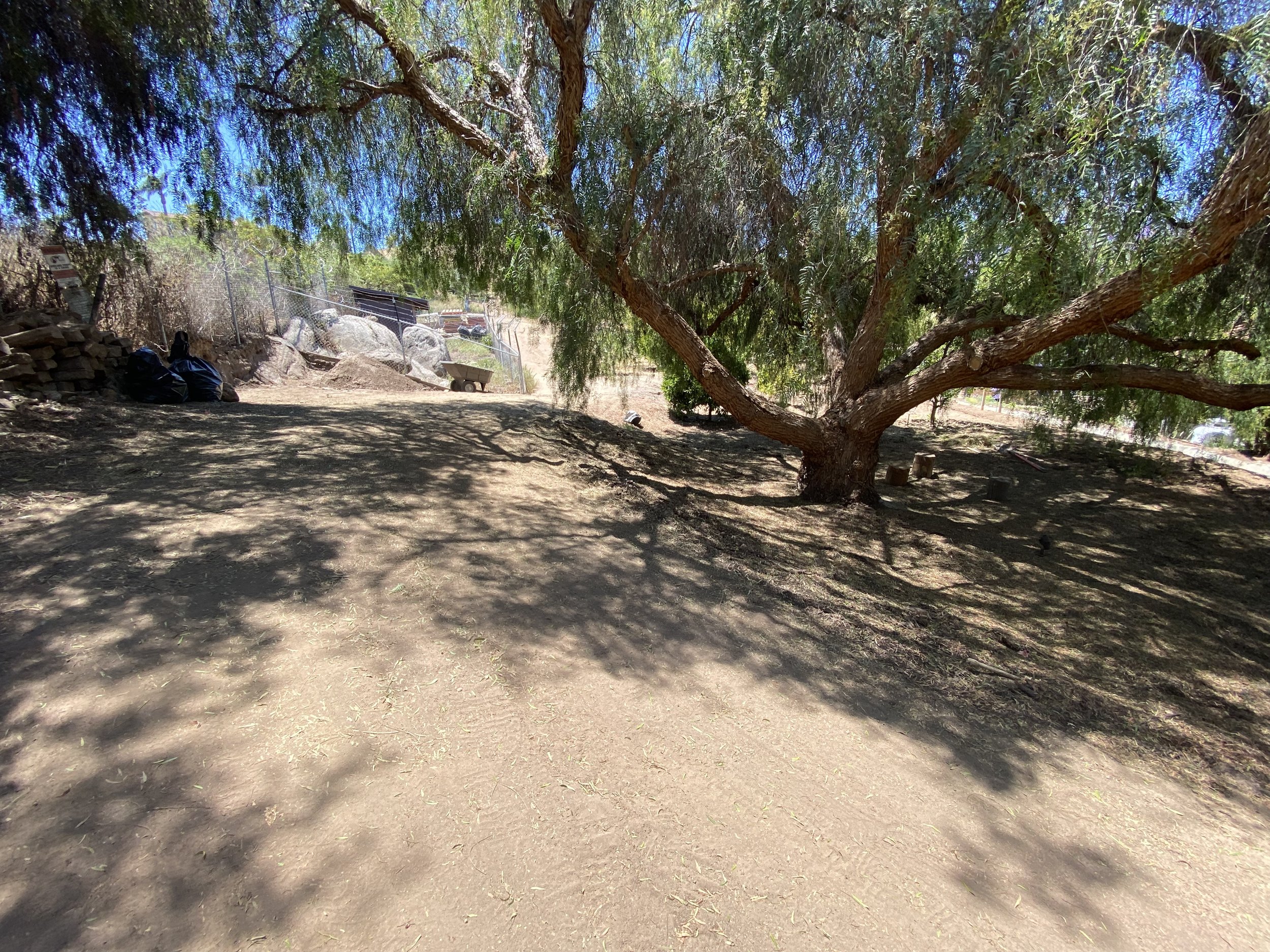




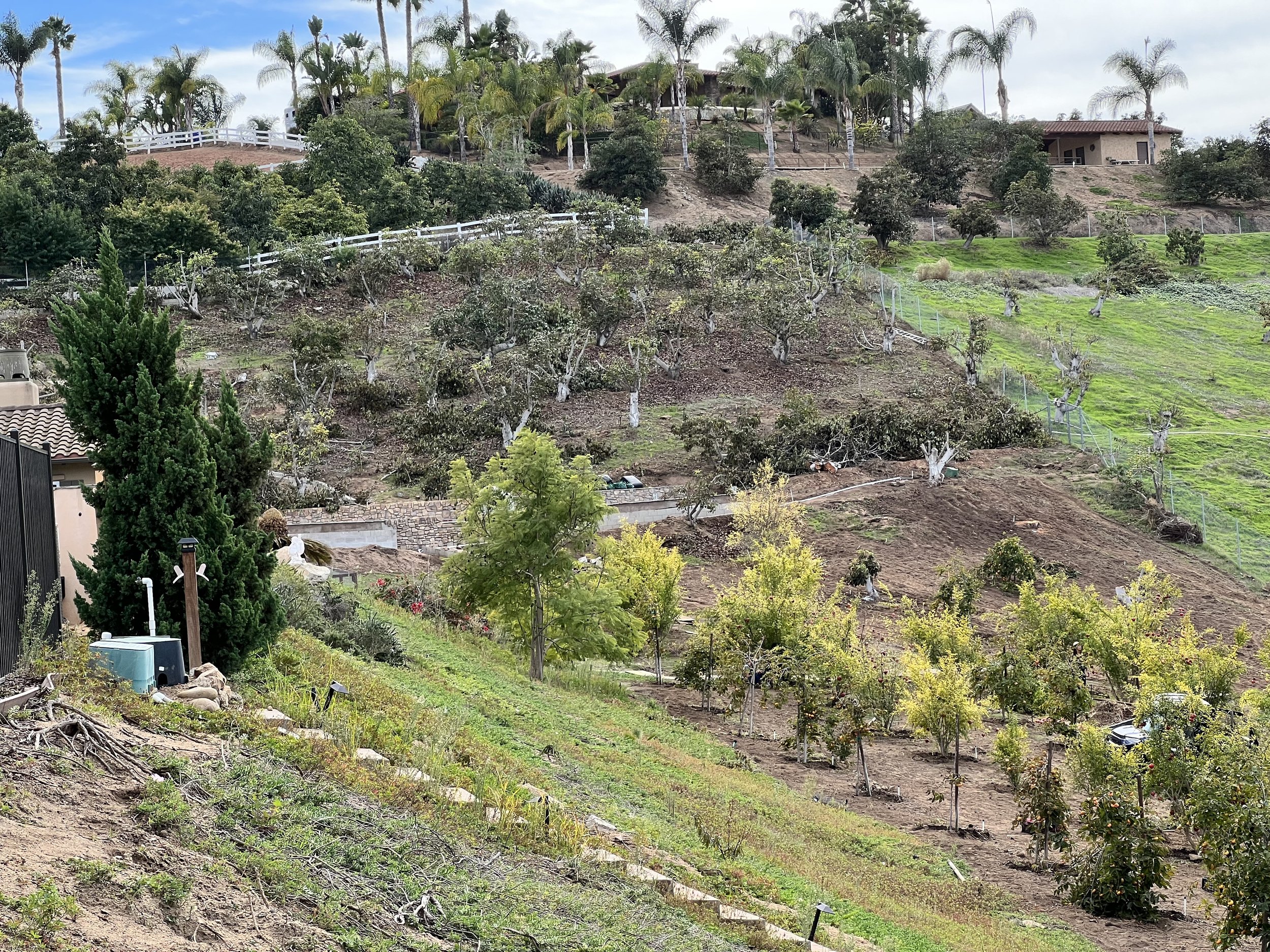



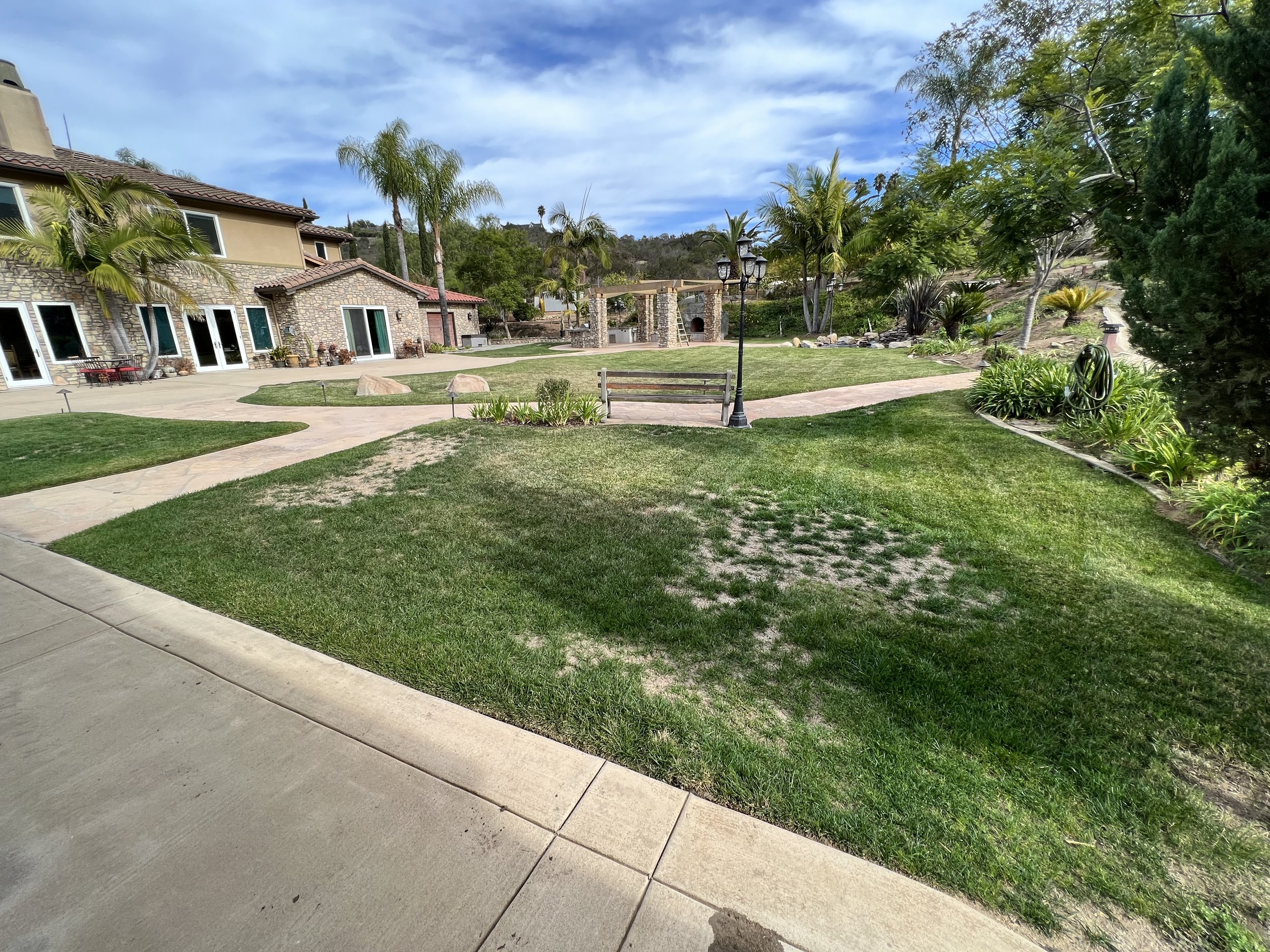


PROJECT DESCRIPTION
This four-acre estate in Bonsall has been transformed into a sanctuary of exotic orchards and wellness programs, designed to host both private and group retreats. Our collaboration began in 2020, when owners Laurence and Yulia reached out with a dream of creating a retreat center but were unsure how to bring it to life.
Together, we developed a holistic vision for the landscape. Over the course of two years and many thoughtful refinements, that vision evolved into the sanctuary you see today. What impressed us most was the passion of Laurence and Yulia — not only did they understand the design intentions, they became deeply engaged in shaping every step of the process.
Originally, the land held fifty-year-old avocado and pomegranate orchards in decline. Through careful pruning, planting of cover crops, and natural methods to attract pollinators, the owners lovingly restored these orchards. We complemented their work with new design layers:
A temple garden for meditation and spiritual practice
The Dragon’s Den, a multipurpose retreat space with hot/cold tubs, dining and dance areas, and a Balinese entryway
An eighty-foot pergola farm table for farm-to-table events
Over 3,000 square feet of vegetable and flower terraces
A new waterfall and pond adding movement and reflection to the landscape
Today, the Sanctuary of YUM is a true oasis — a place where people come to restore energy, celebrate life, and connect with nature through food, art, and community.
Please check Sanctuary of YUM - https://sanctuaryofyum.com/
Chula Vista Mid-Century Garden Design — Timeless Modern Living Outdoors. San Diego, California
A Mid-Century Modern garden in Chula Vista that celebrates simplicity, geometry, and Southern California light. Designed as a private retreat, it blends architecture, planting, and outdoor living into a timeless modernist landscape.
Reviving the spirit of mid-century modern design with clean lines, functional outdoor rooms, and California-native planting.
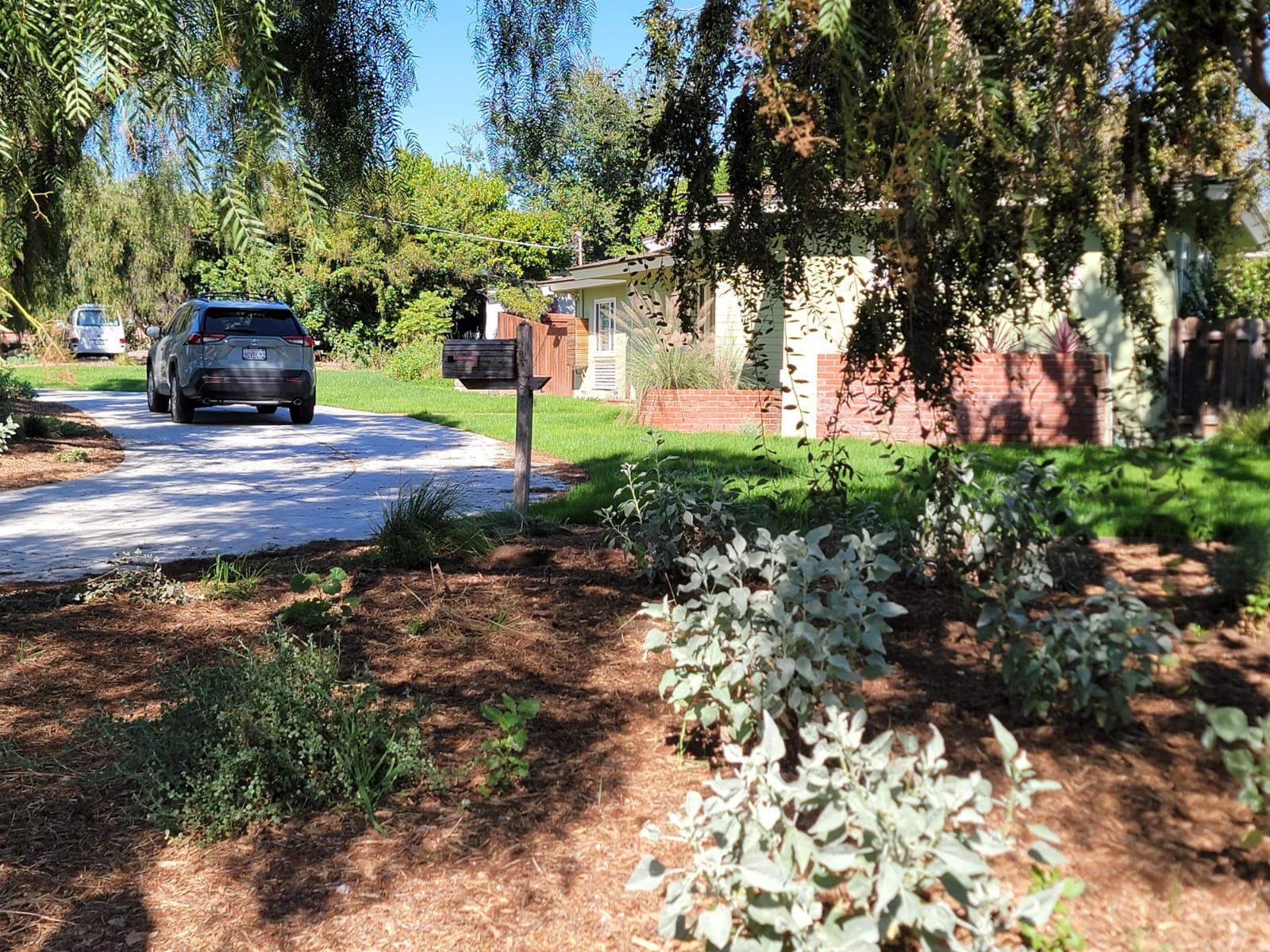
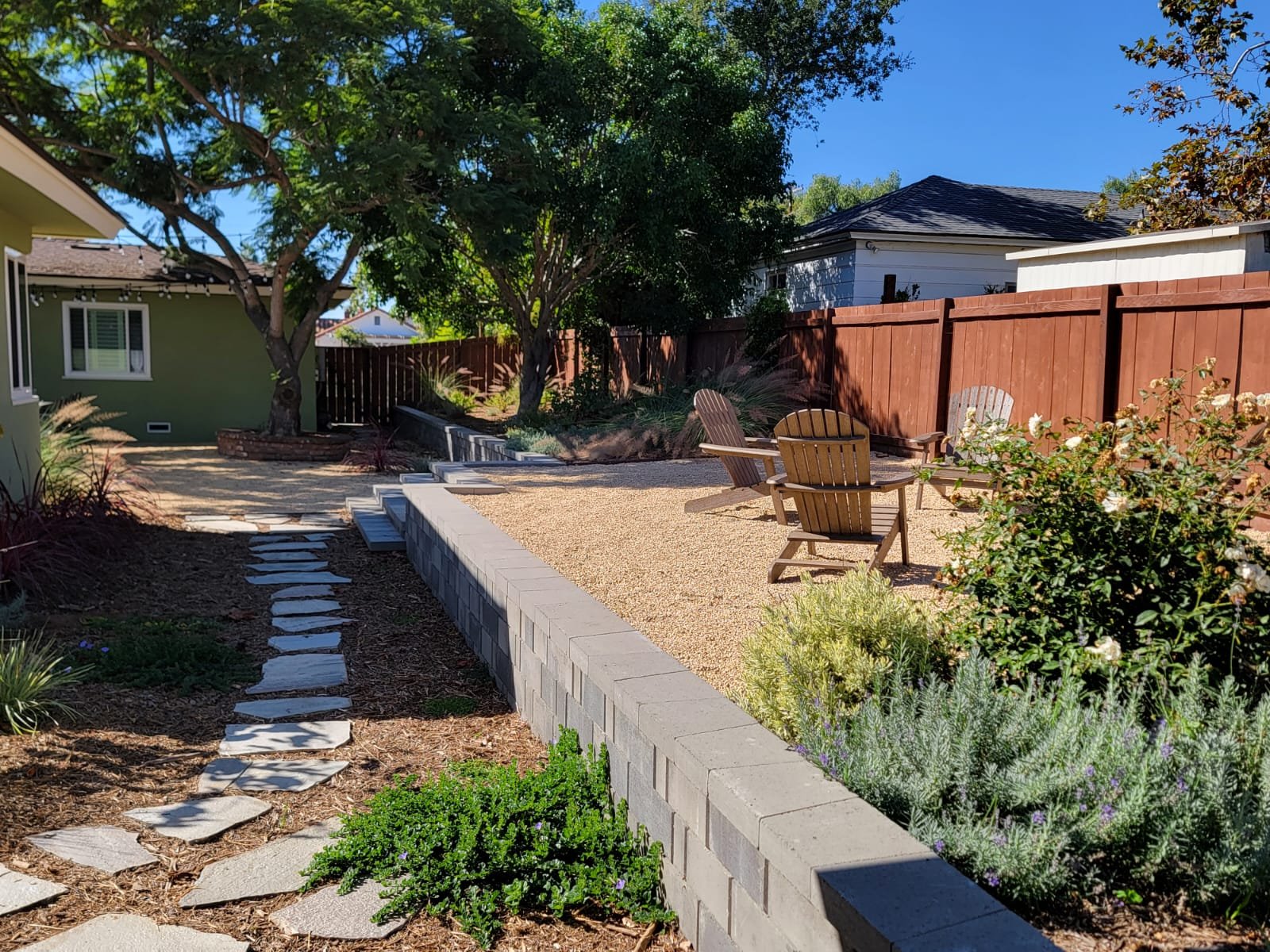
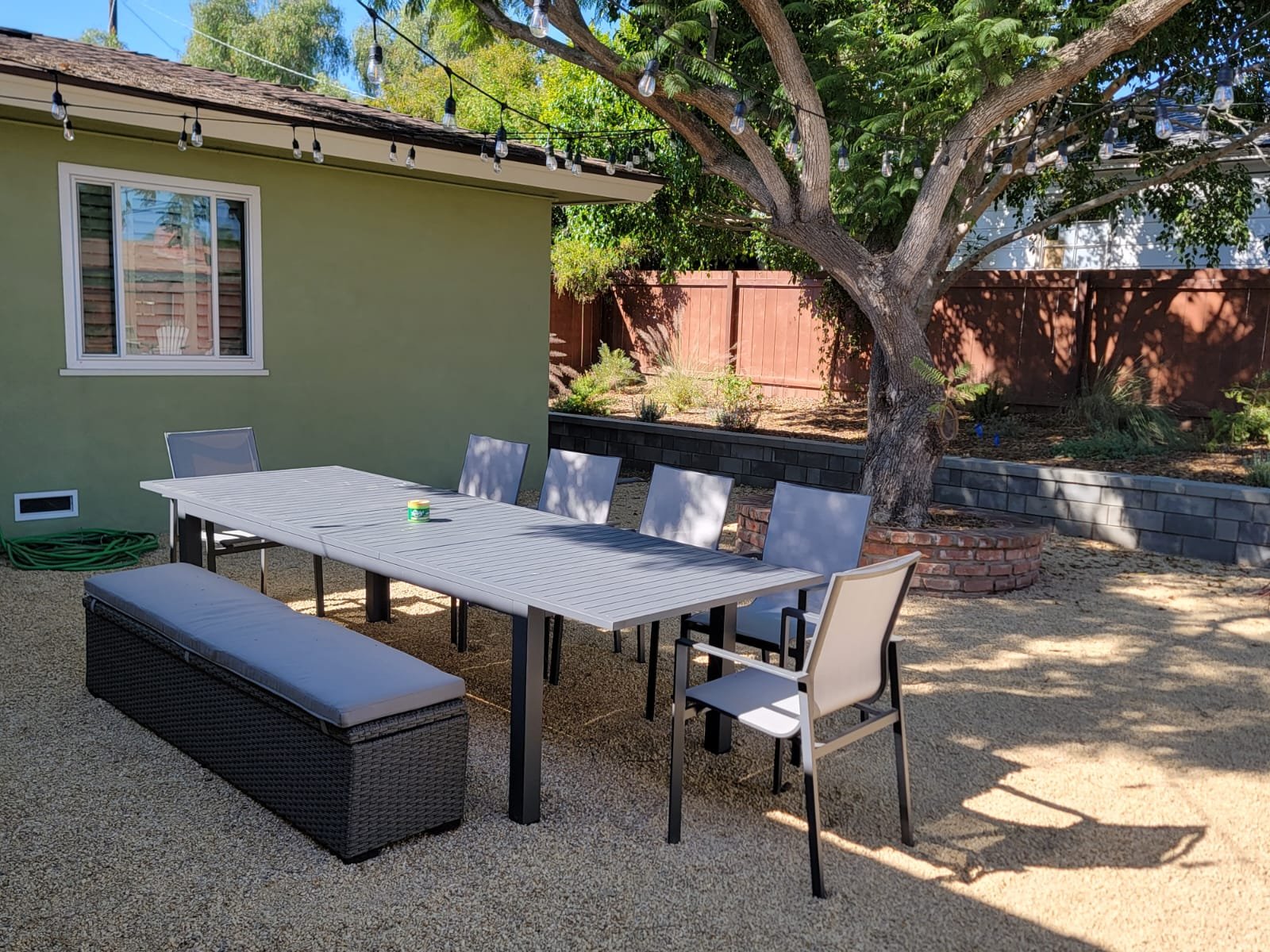
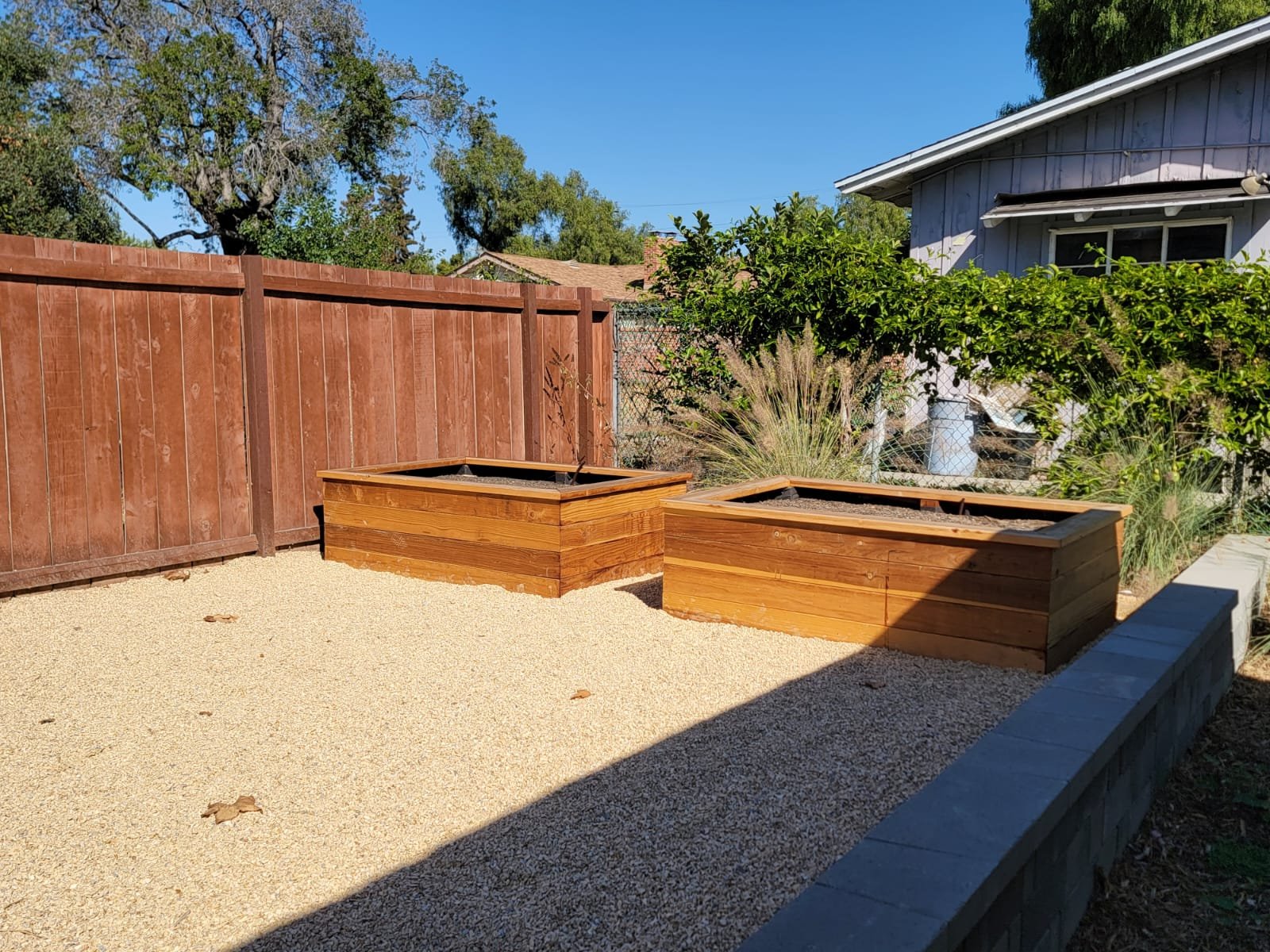
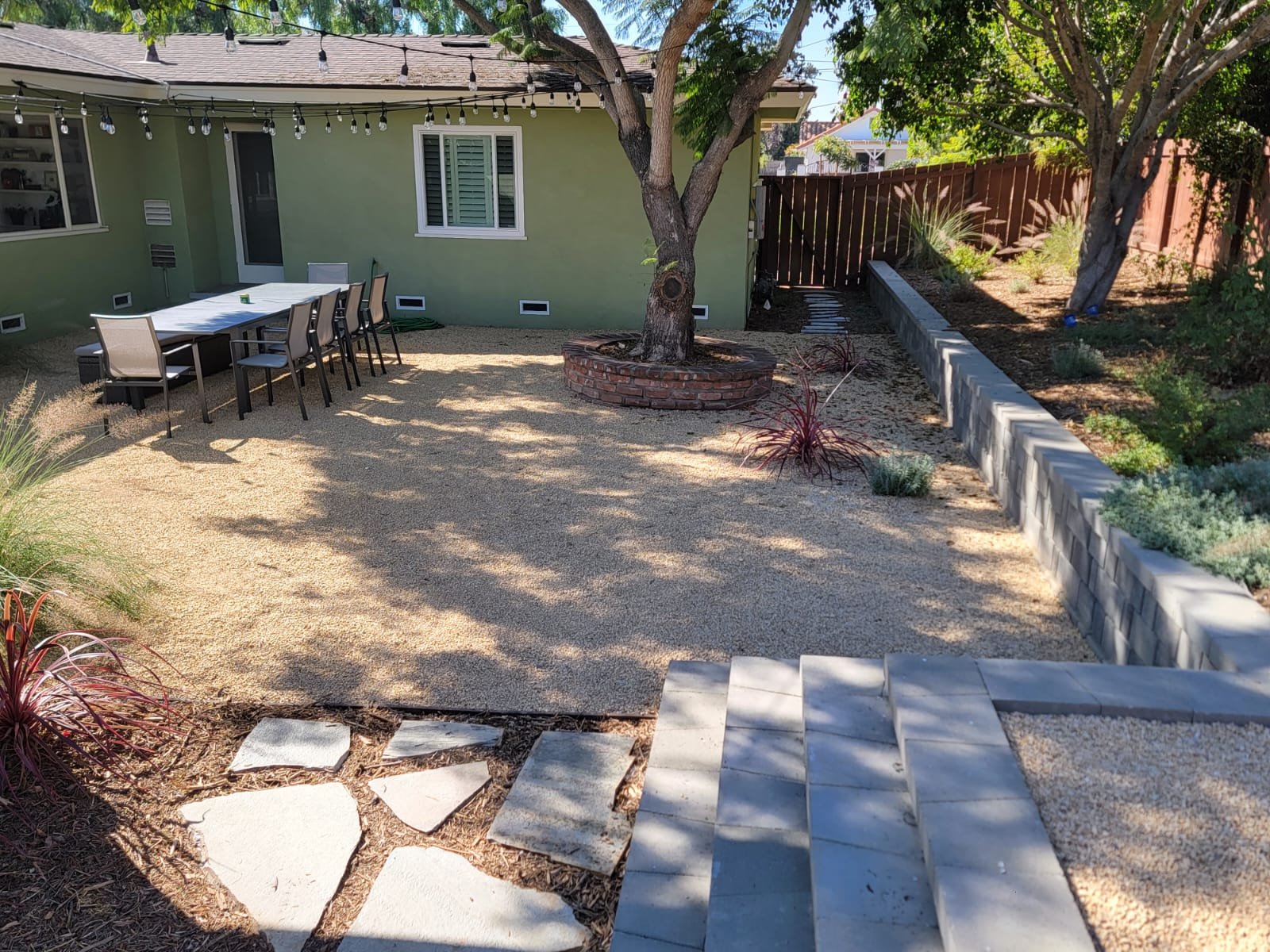
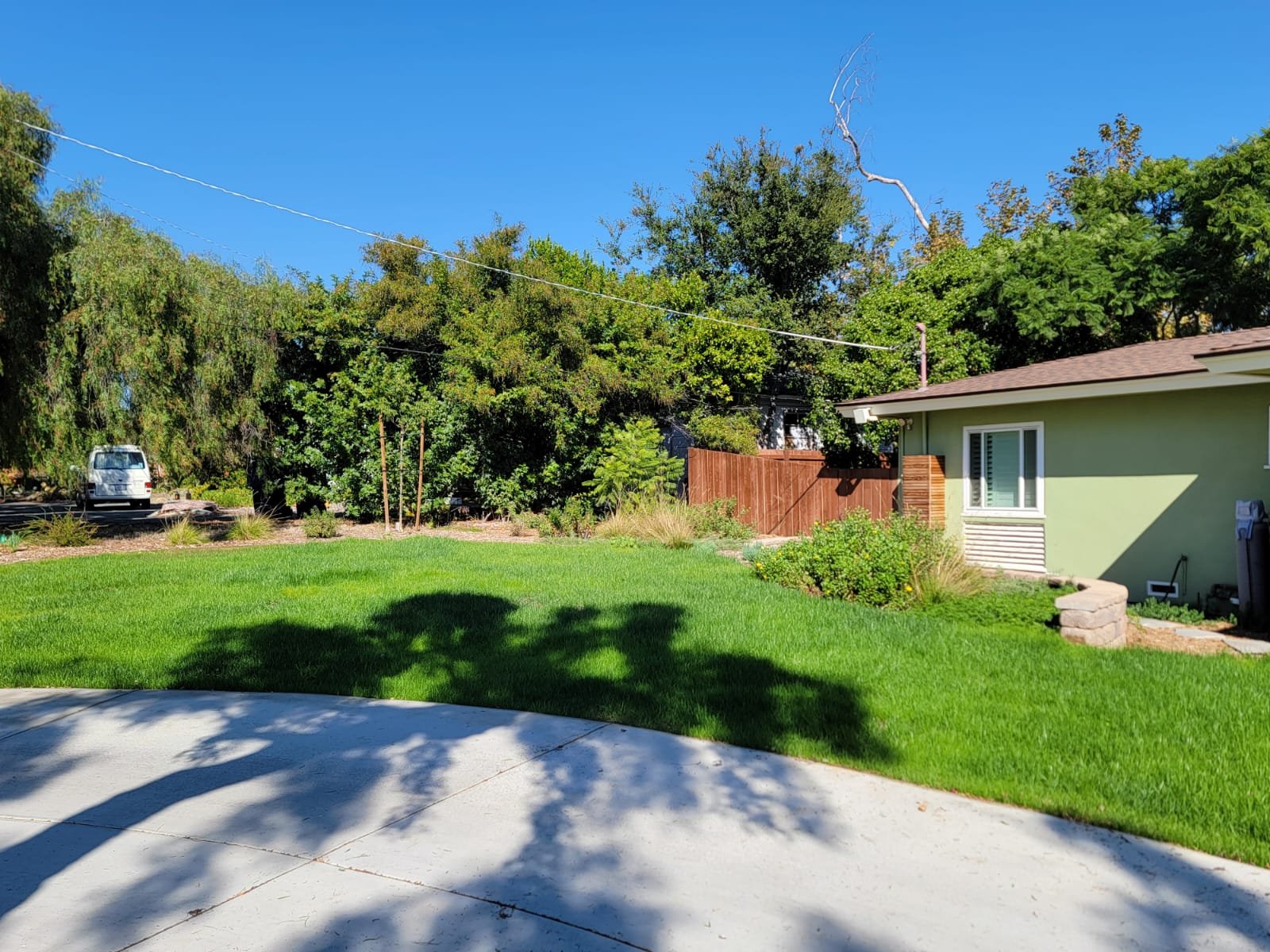
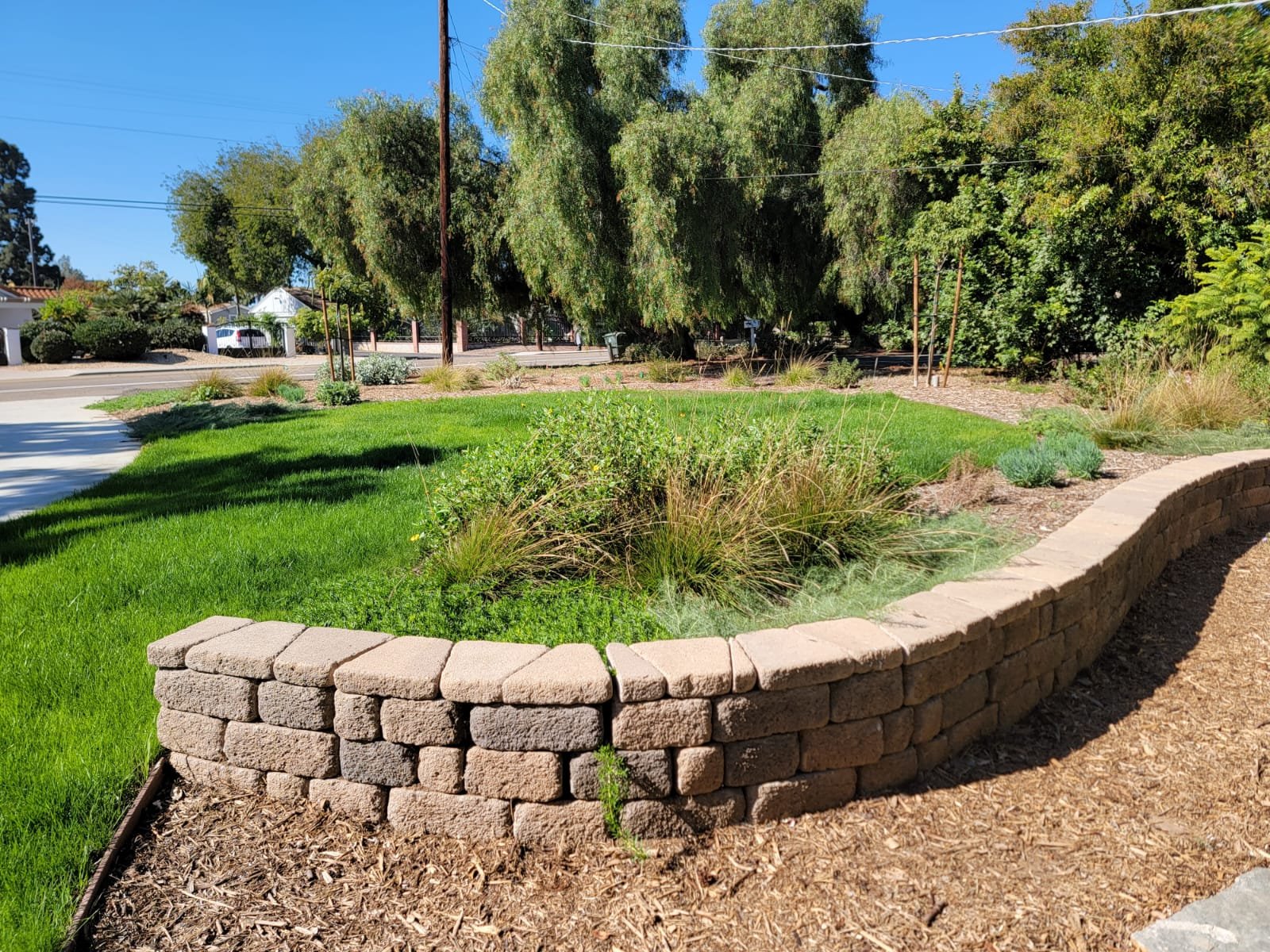
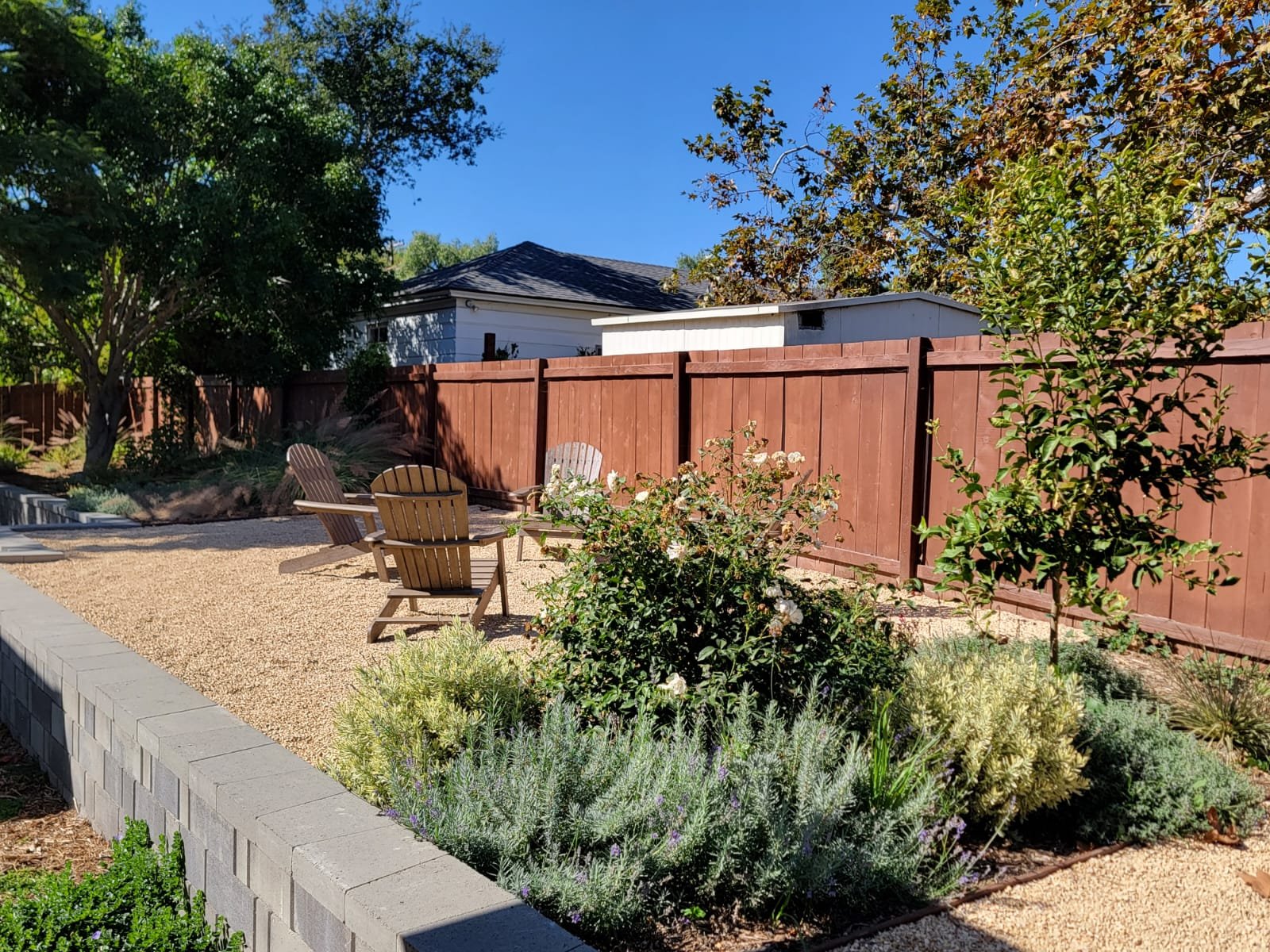
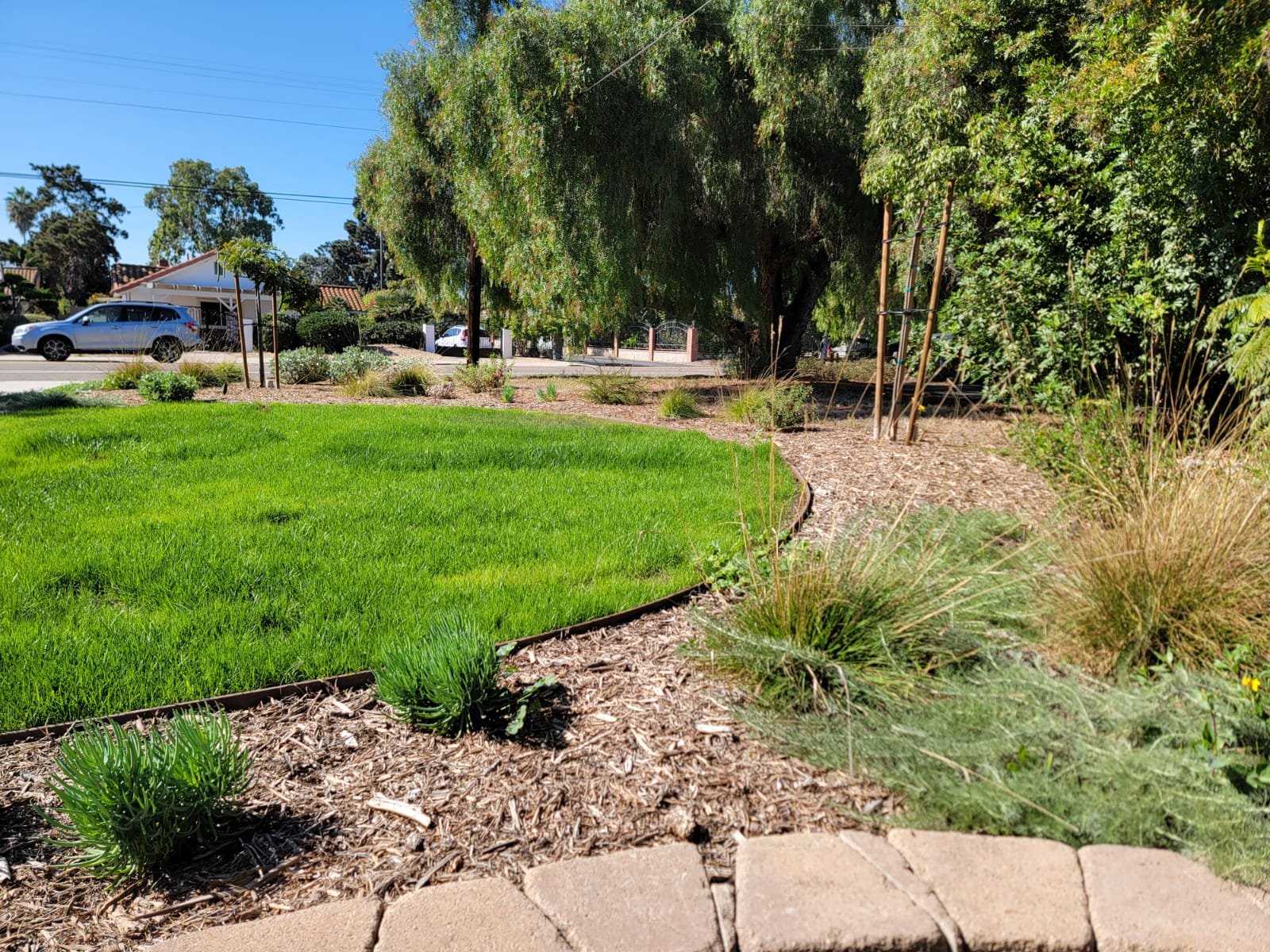
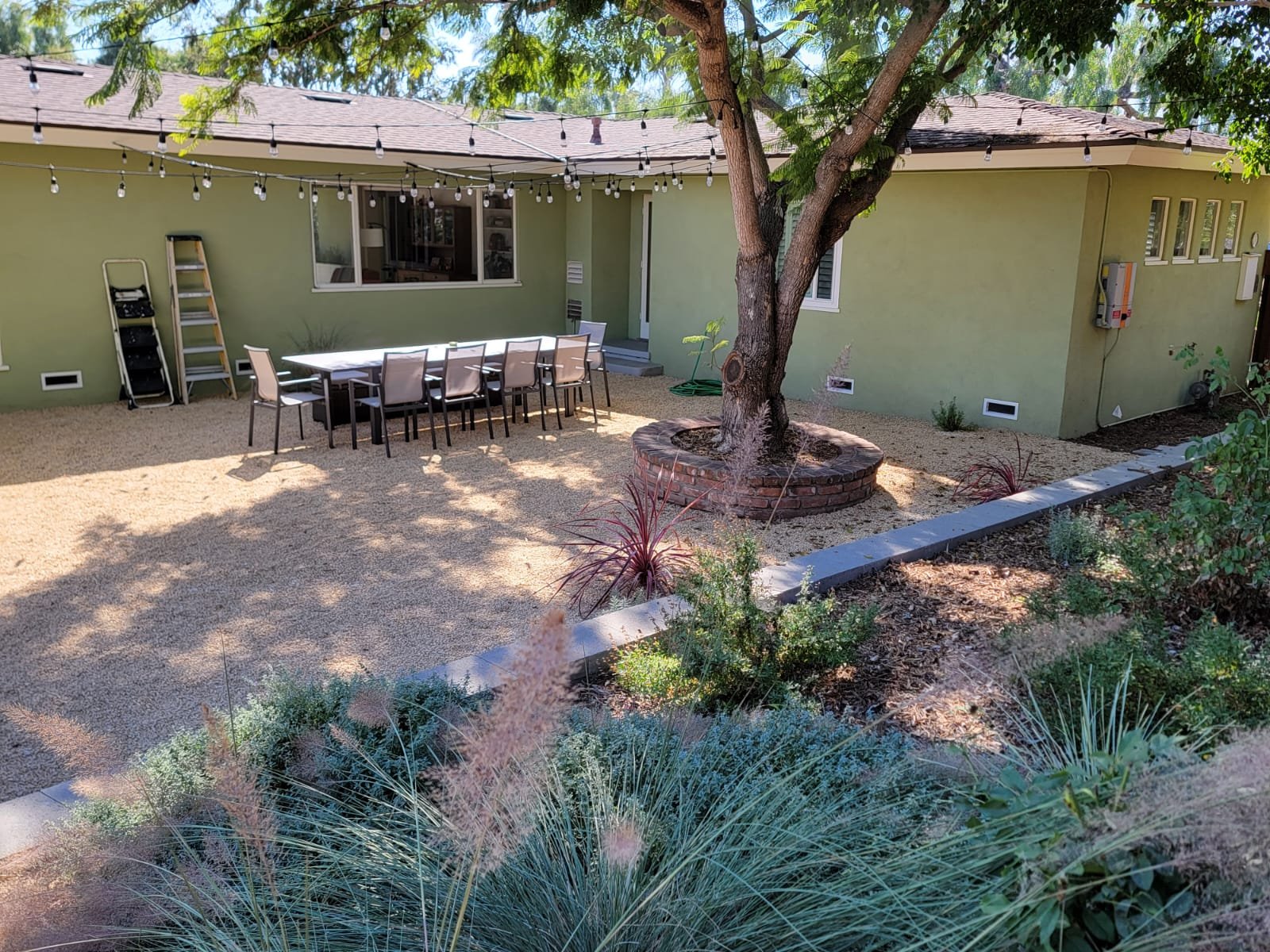
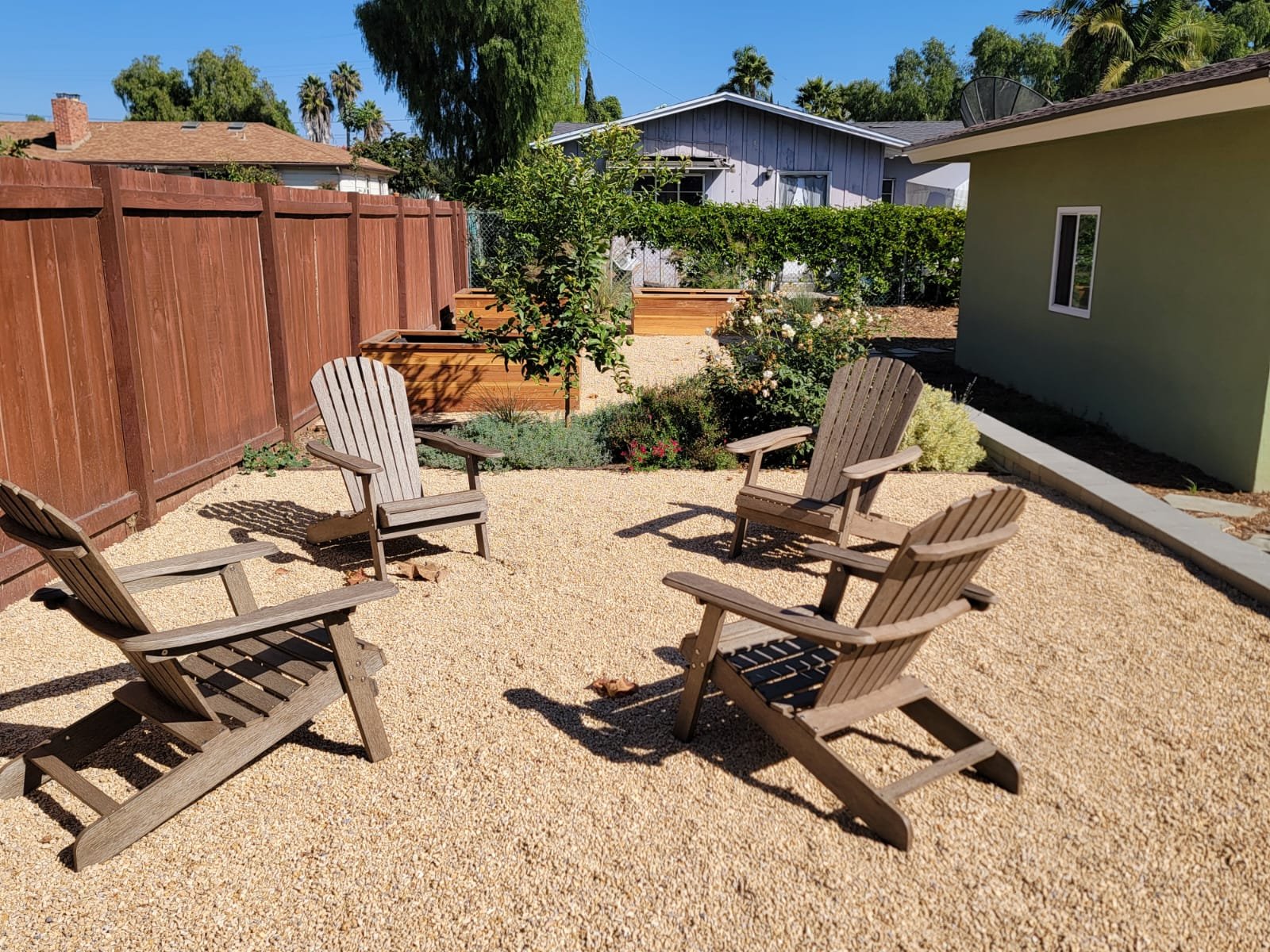
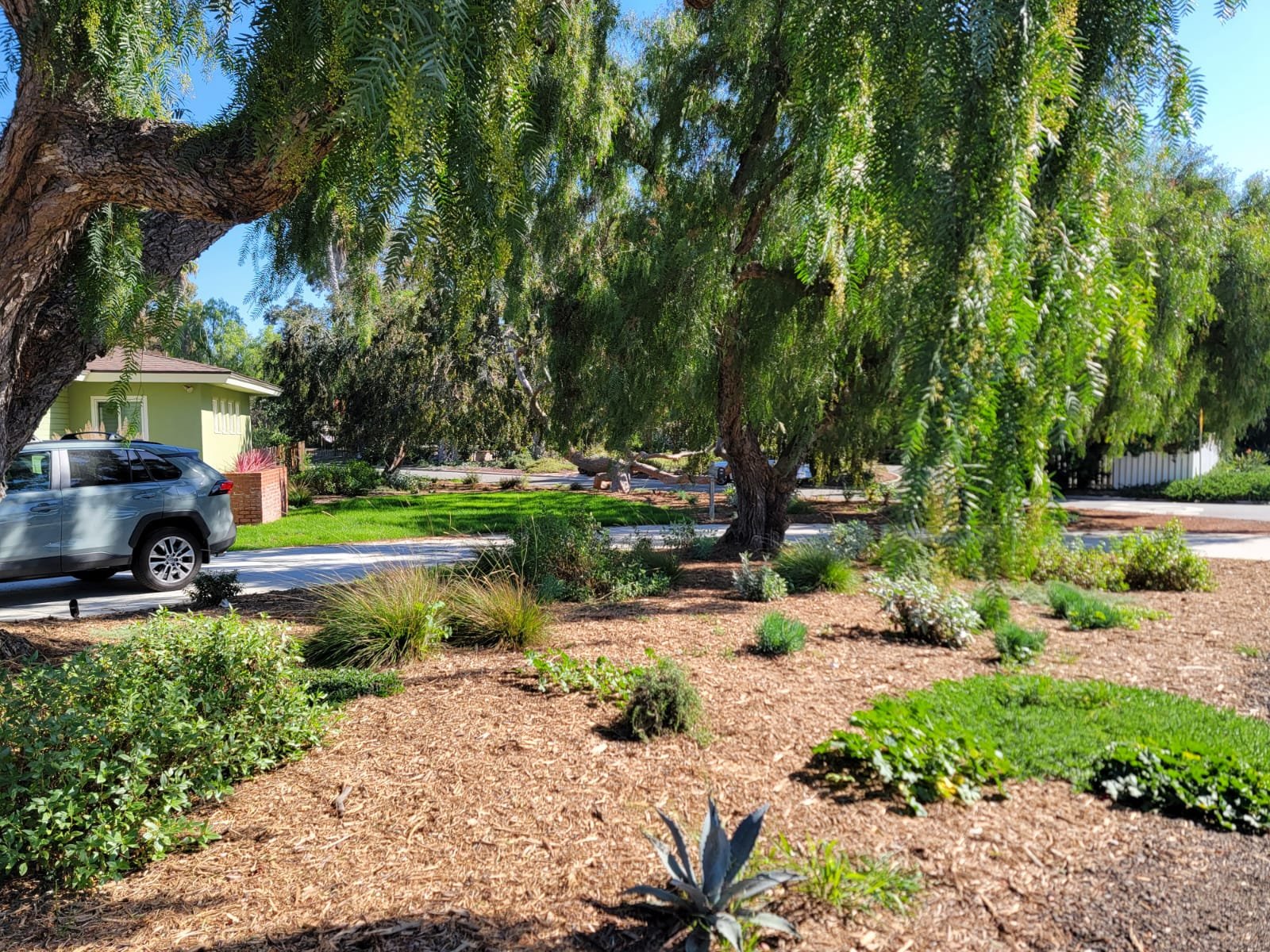
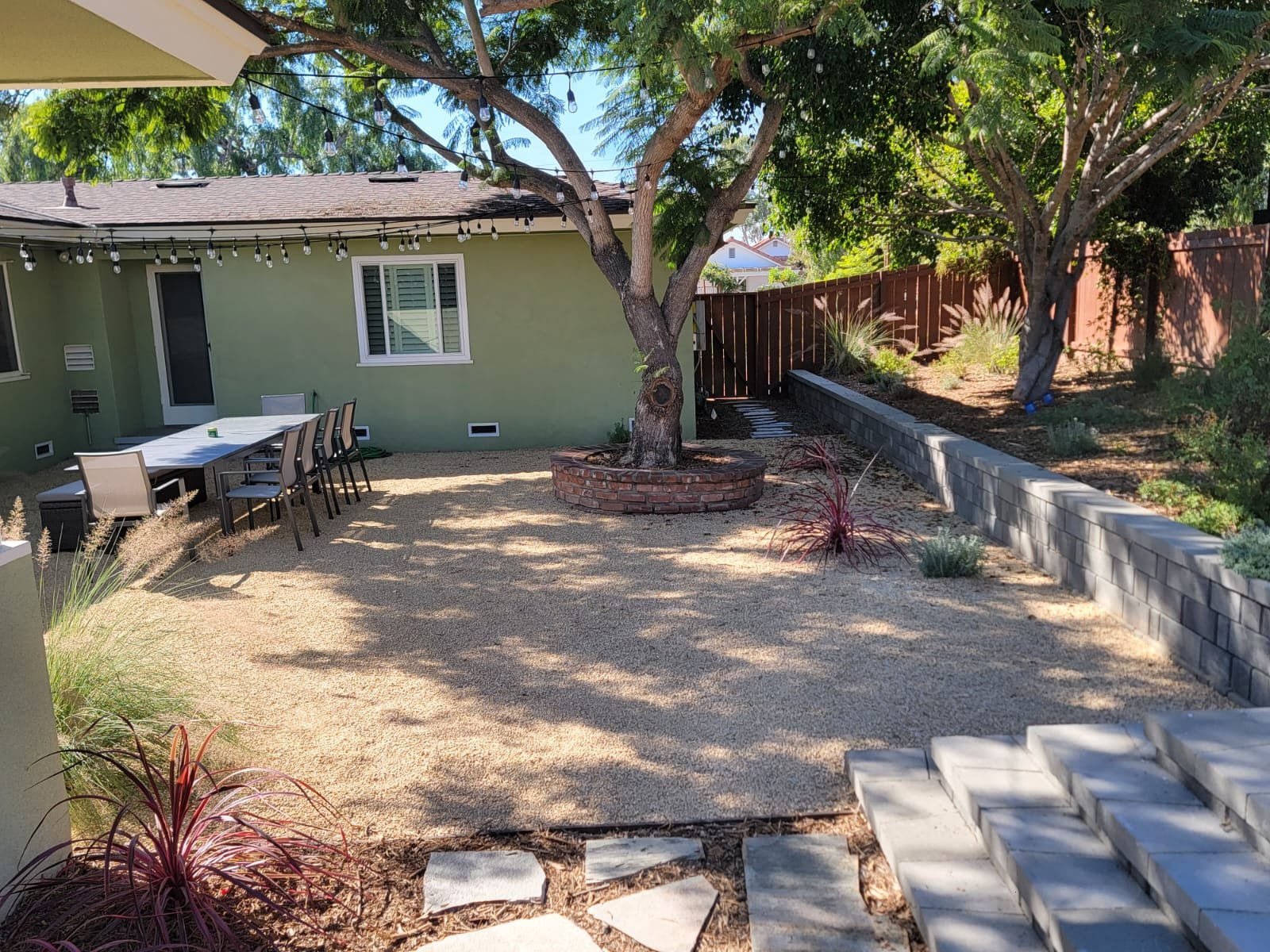
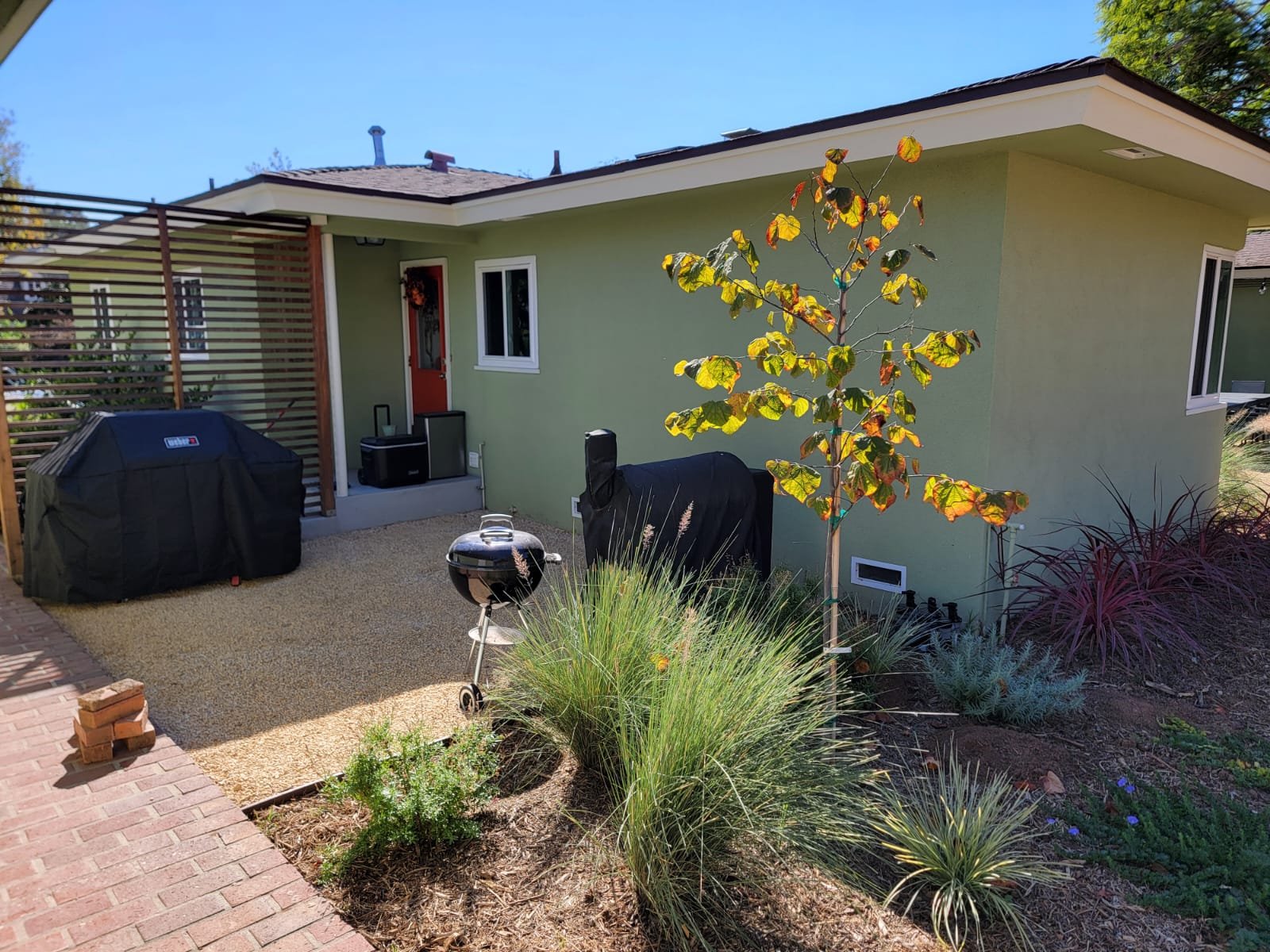
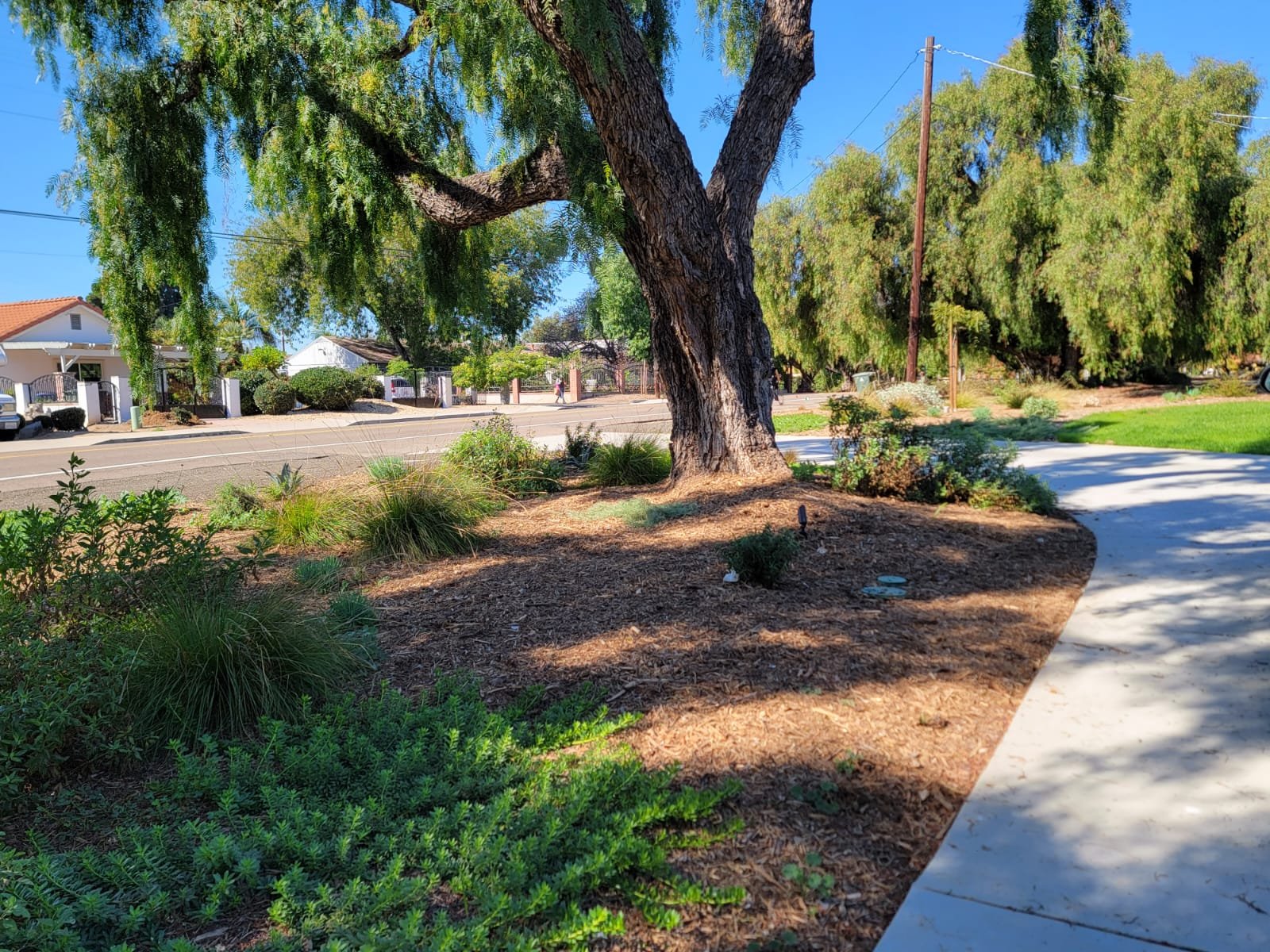
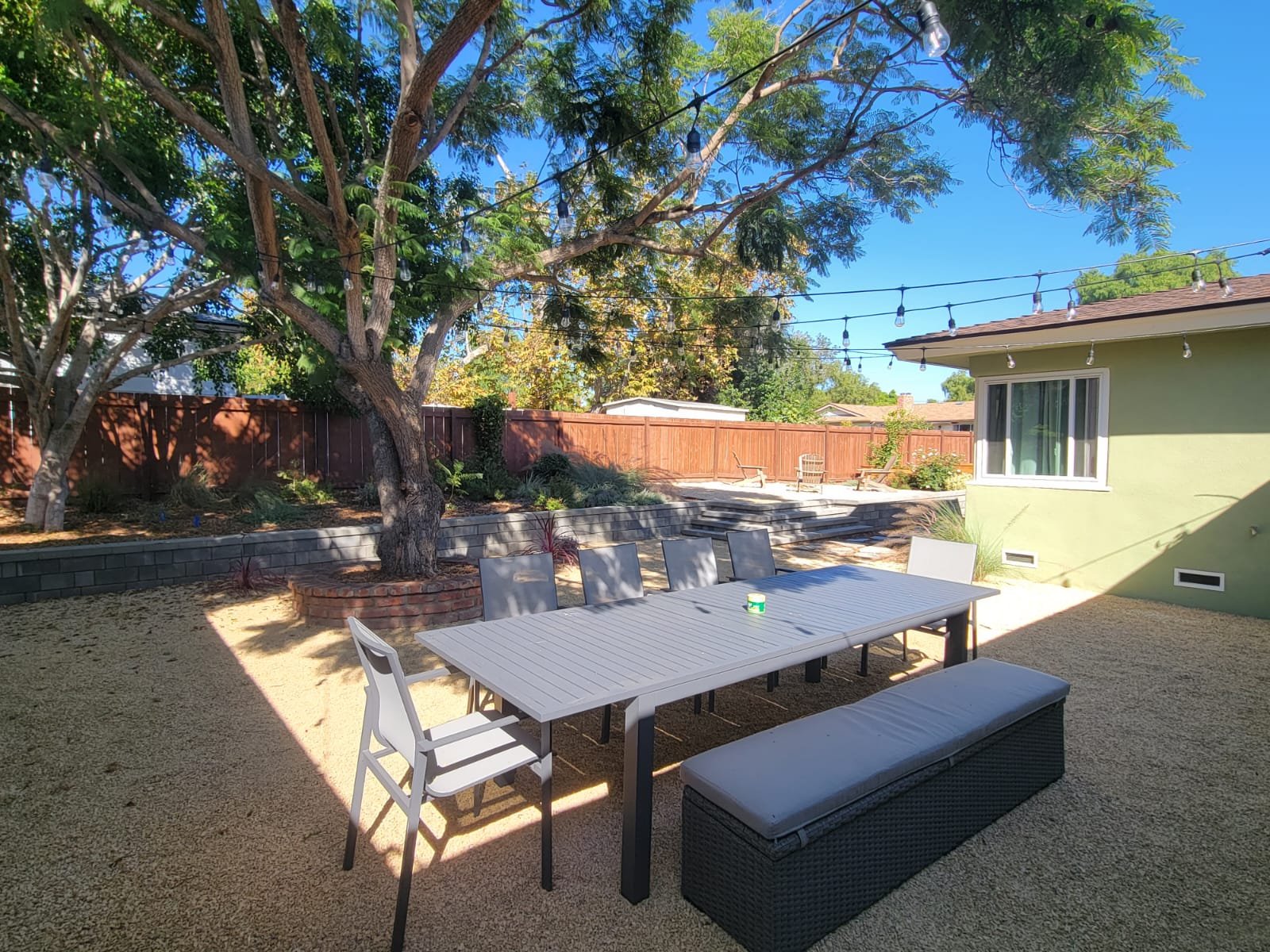
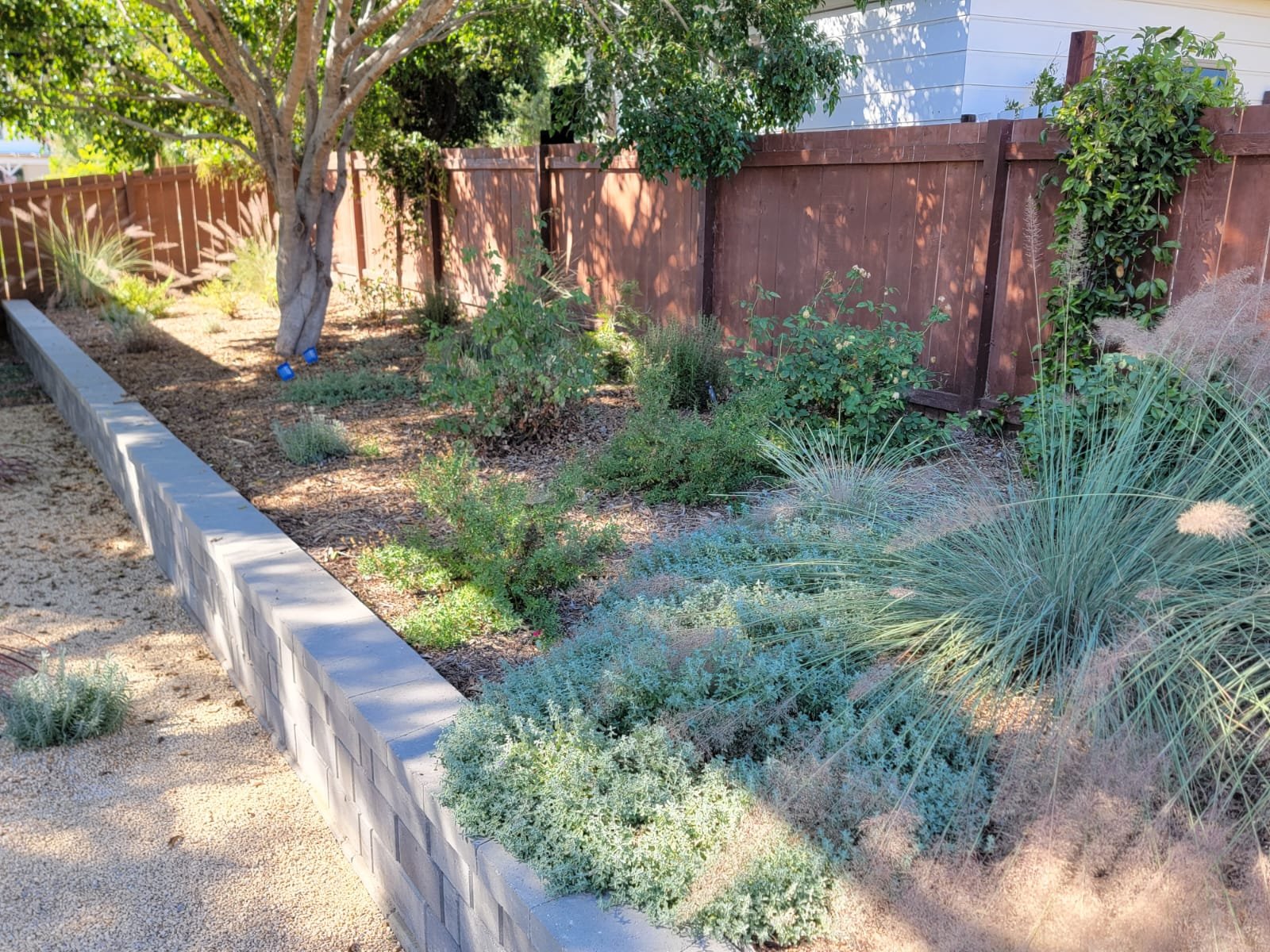
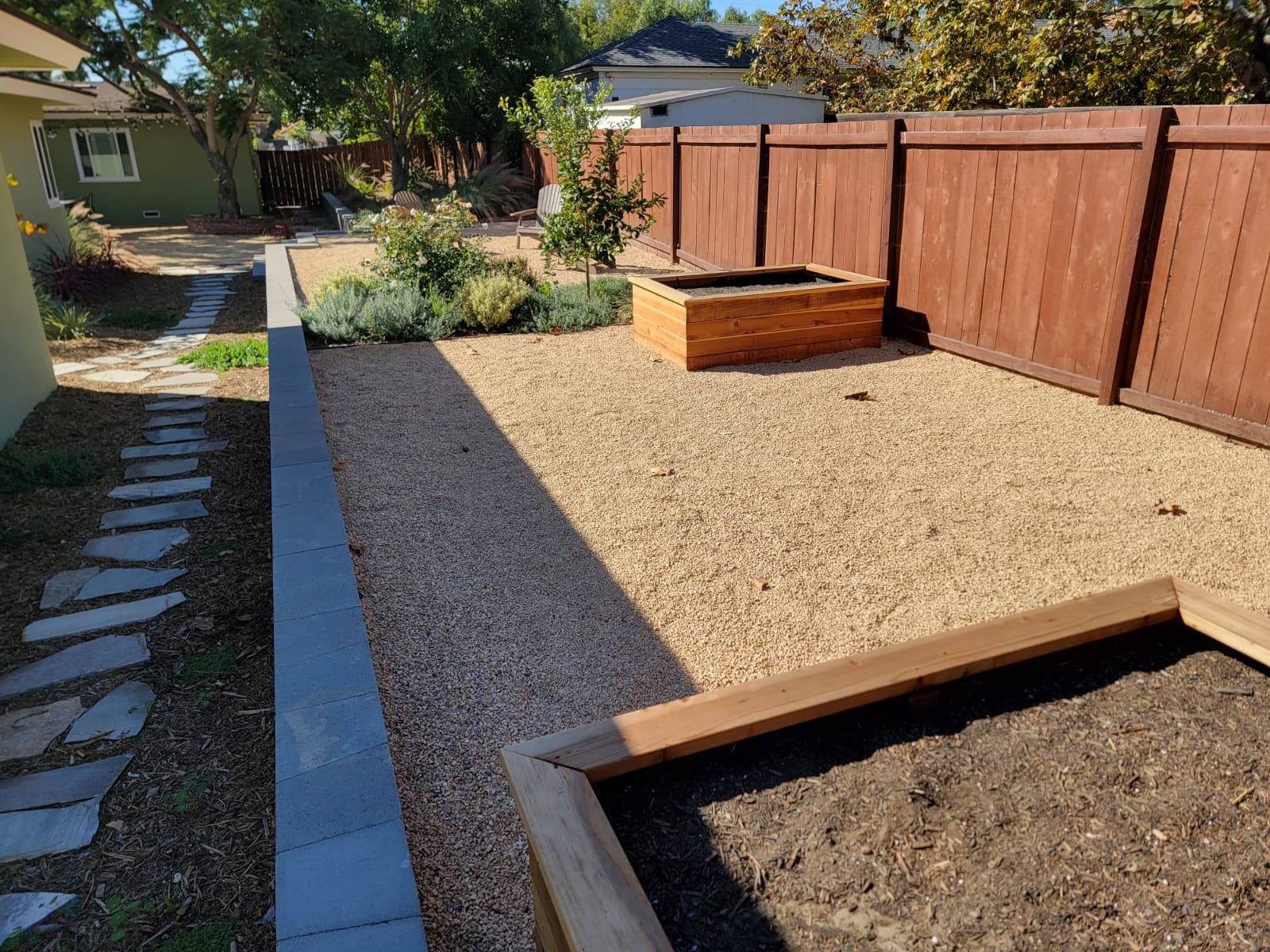
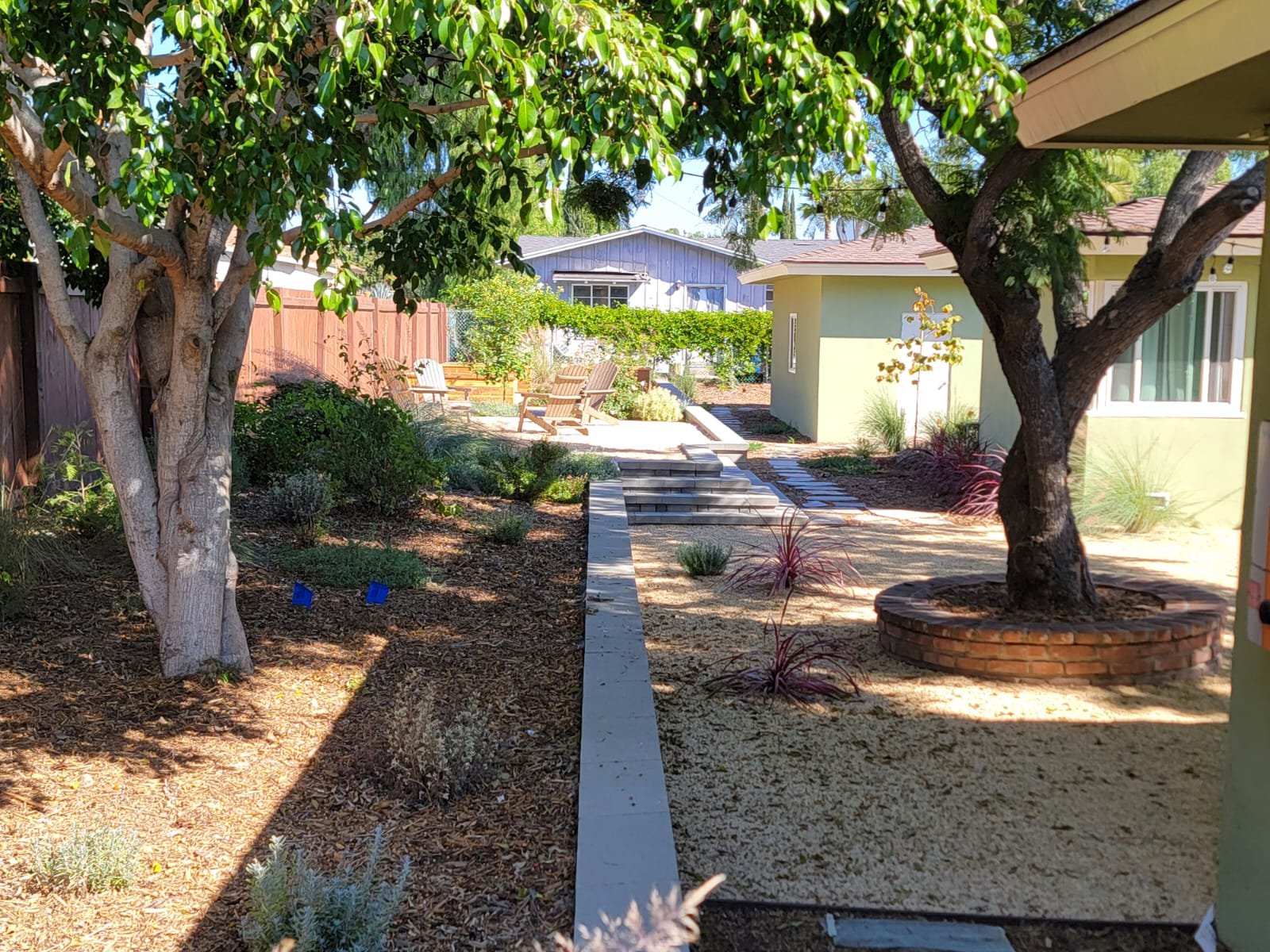
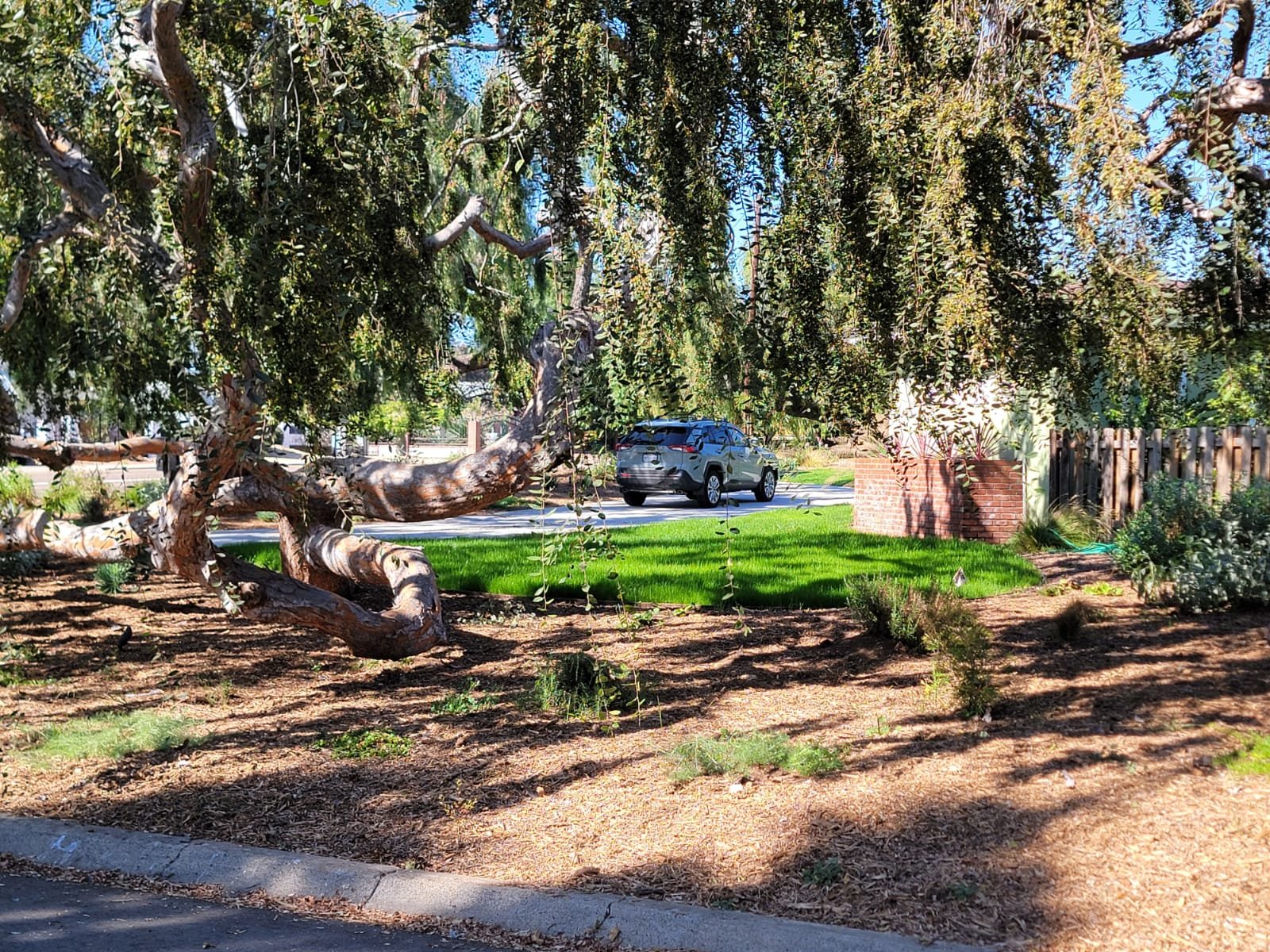
LASD Studio works across garden design, landscape architecture, urban design, and regional planning — rooted in San Diego and active internationally.
This project is an interpretation of Mid-Century Modernism, expressed through a balance of simple curved and straight lines, bold color contrasts, and decorative details such as retaining walls painted in sapphire blue. The design embodies the philosophical essence of the style: structured order for functionality, paired with simplicity and unpretentious arrangements.
Key elements include a large enclosed front lawn framed by planting, a spacious deck accommodating up to 20 guests, a fire pit lounge, vegetable garden, and BBQ area. Each space has its own clear function, yet they are unified in a coherent design language — tied together by the sapphire blue accents, a playful round window cut into the hedge, and a planting palette of shrubs, perennials, and groundcovers that complete the composition.
CONCEPTUAL 3D WALK-THROUGH, MID-CENTURY MODERN GARDEN
A short film of LASD Studio’s Mid-Century Modern garden in Chula Vista, featuring structured lawns, a sapphire-blue retaining wall, fire pit lounge, vegetable garden, and outdoor deck — a timeless blend of order, simplicity, and modern living.
Design Concept
The project embraces the mid-century modern ethos — simplicity, openness, and harmony with the environment. Structured geometry frames the garden while allowing for fluid transitions between indoor and outdoor living.
Patio & Pool Terrace
Concrete, stone, and minimalist detailing create an elegant pool terrace and patio that extend the home’s modernist architecture into the landscape.
Planting Palette
A mix of California natives and Mediterranean species delivers structure, seasonal variety, and drought-resilience. Textural grasses, succulents, and accent trees evoke the timeless look of modern California gardens.
Outdoor Living Spaces
Gathering areas — from a fire pit lounge to dining terraces — were designed to be versatile, serving both intimate family moments and lively social occasions.
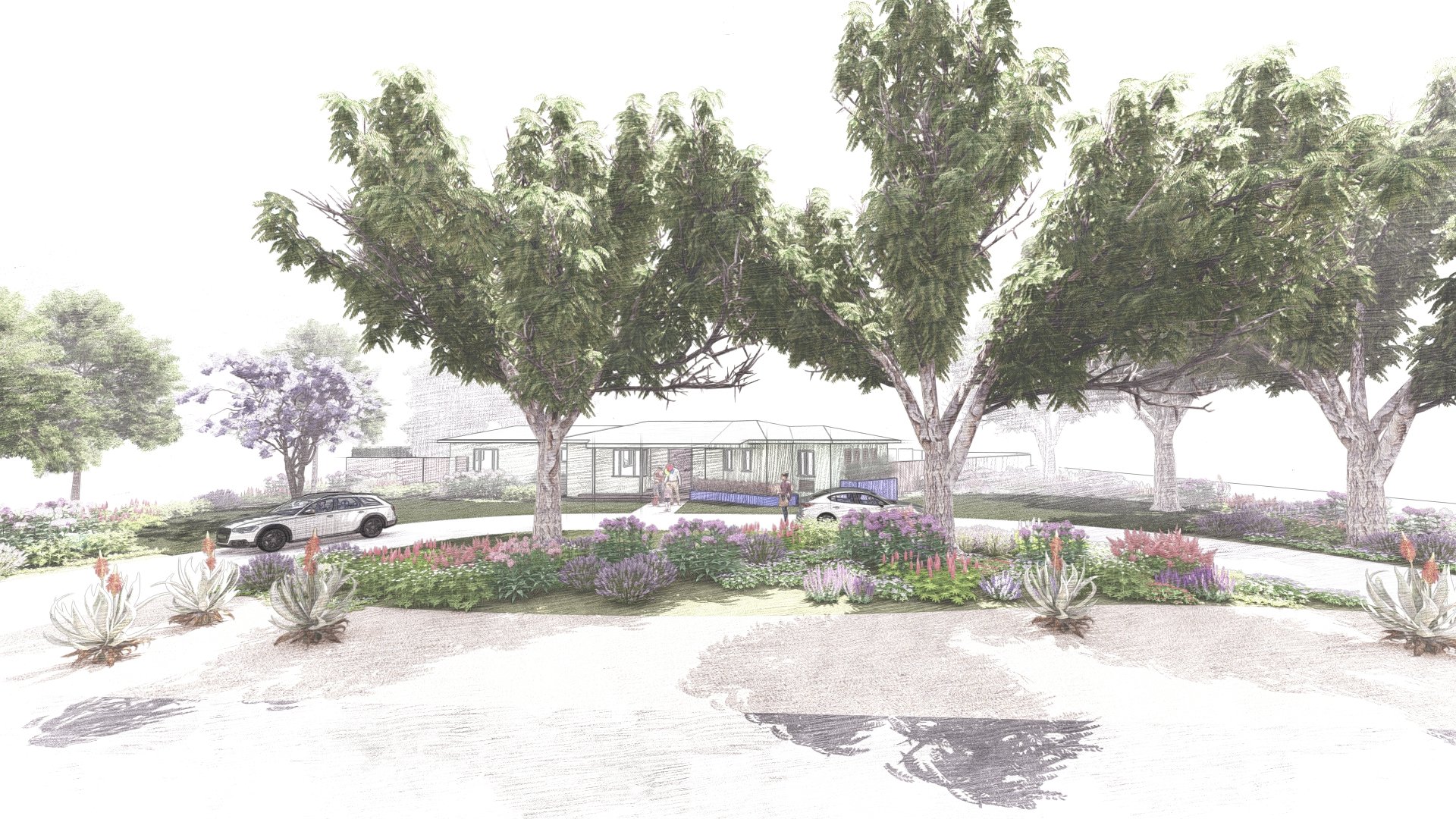
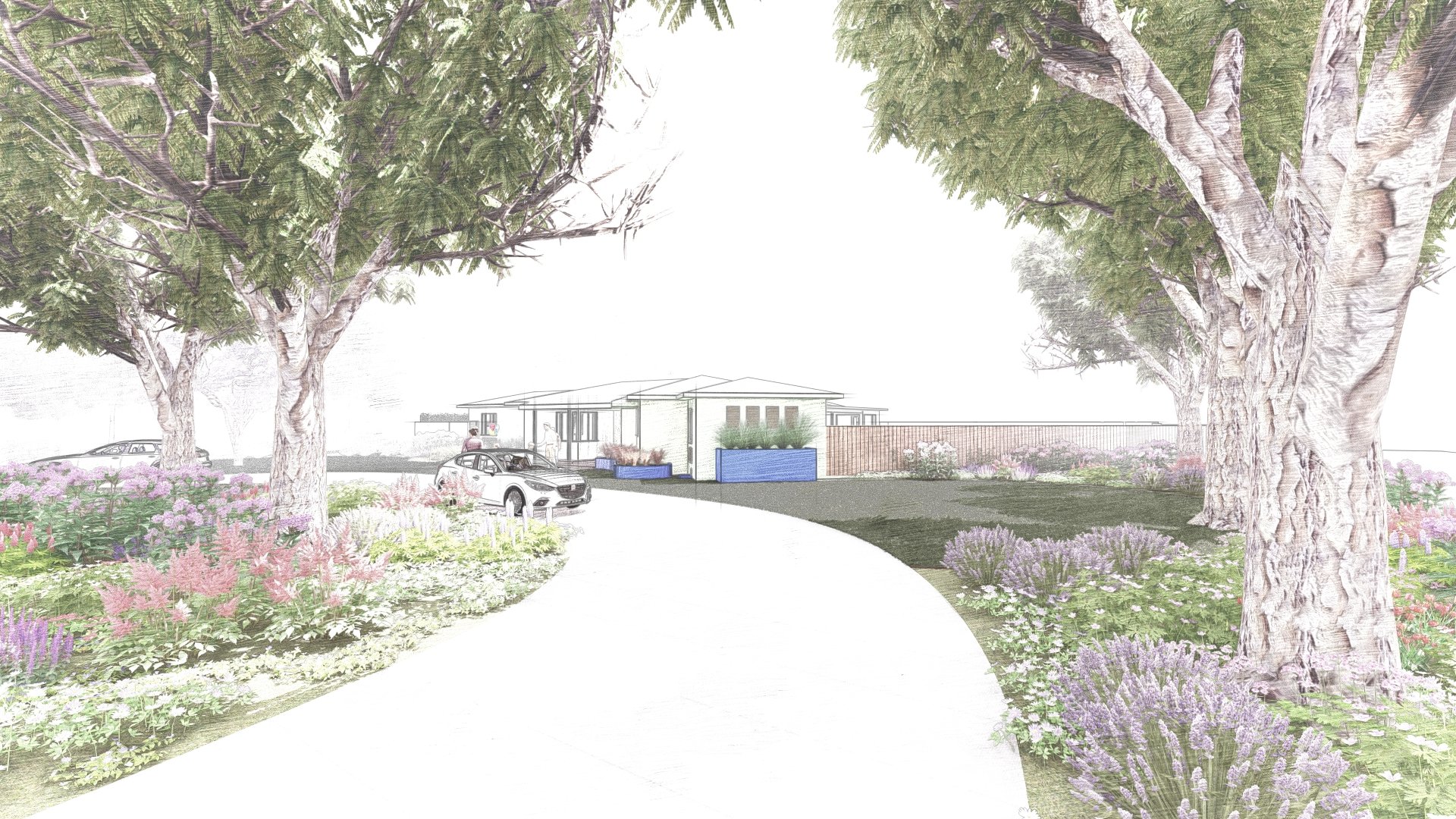
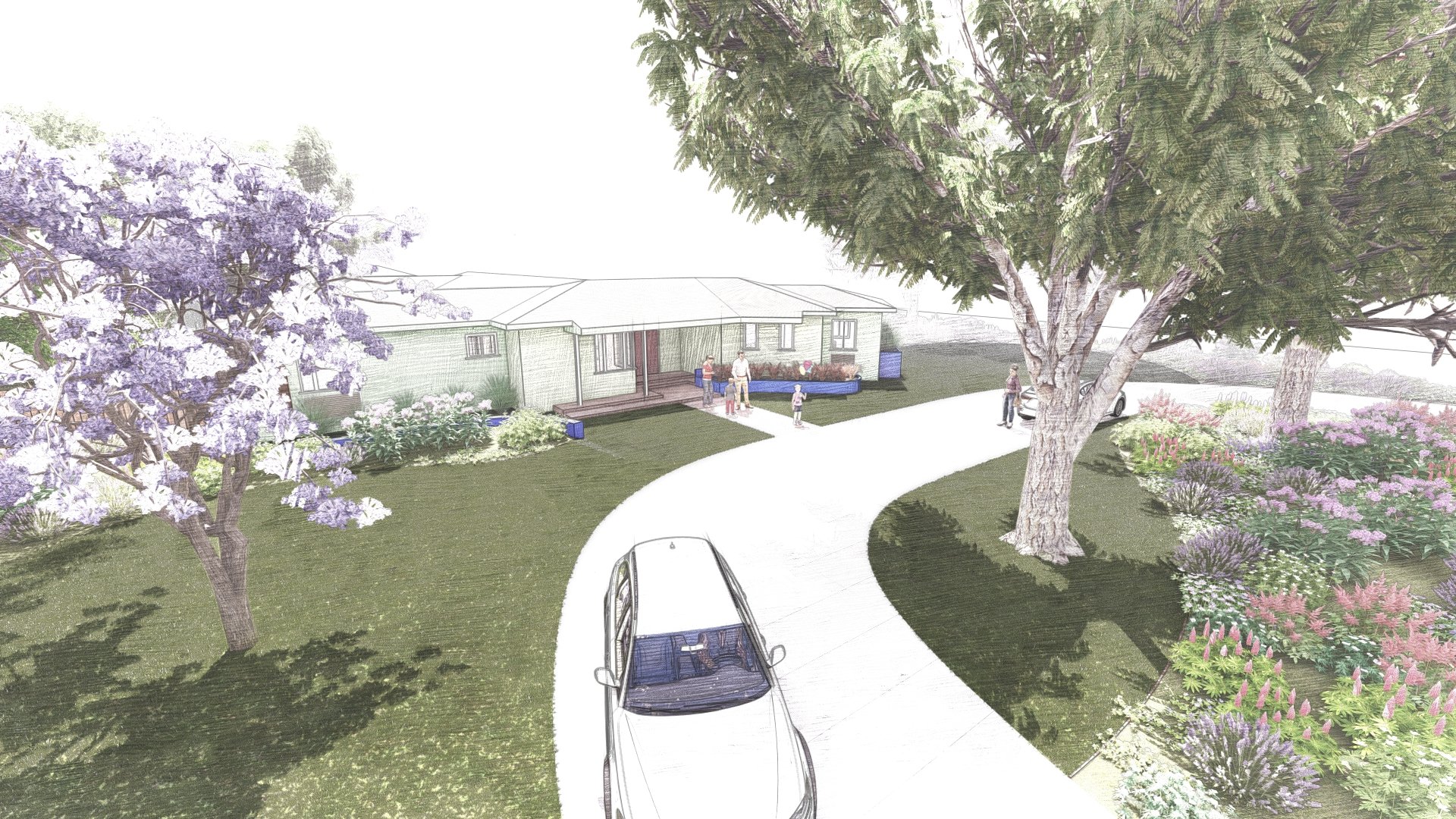
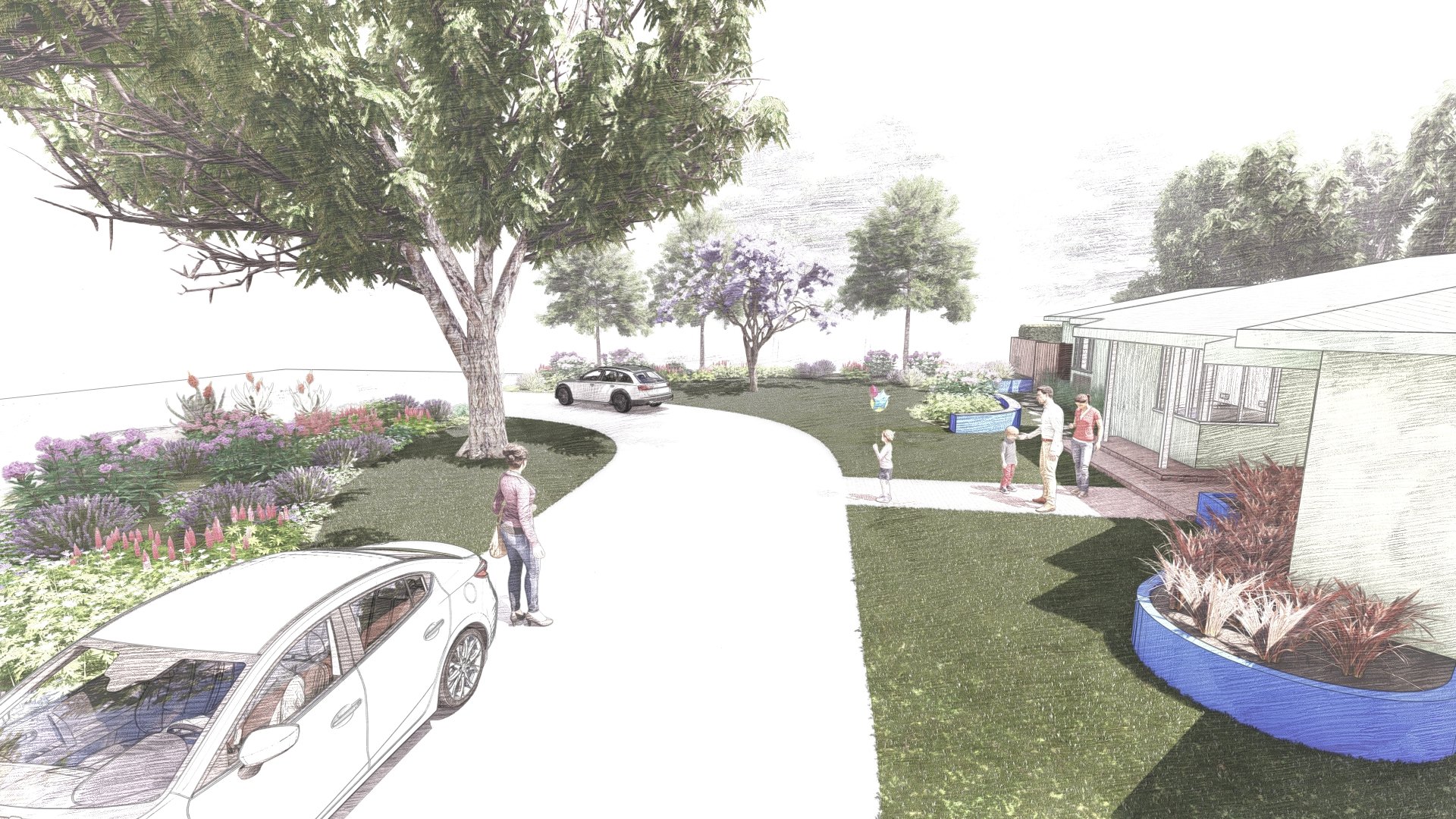
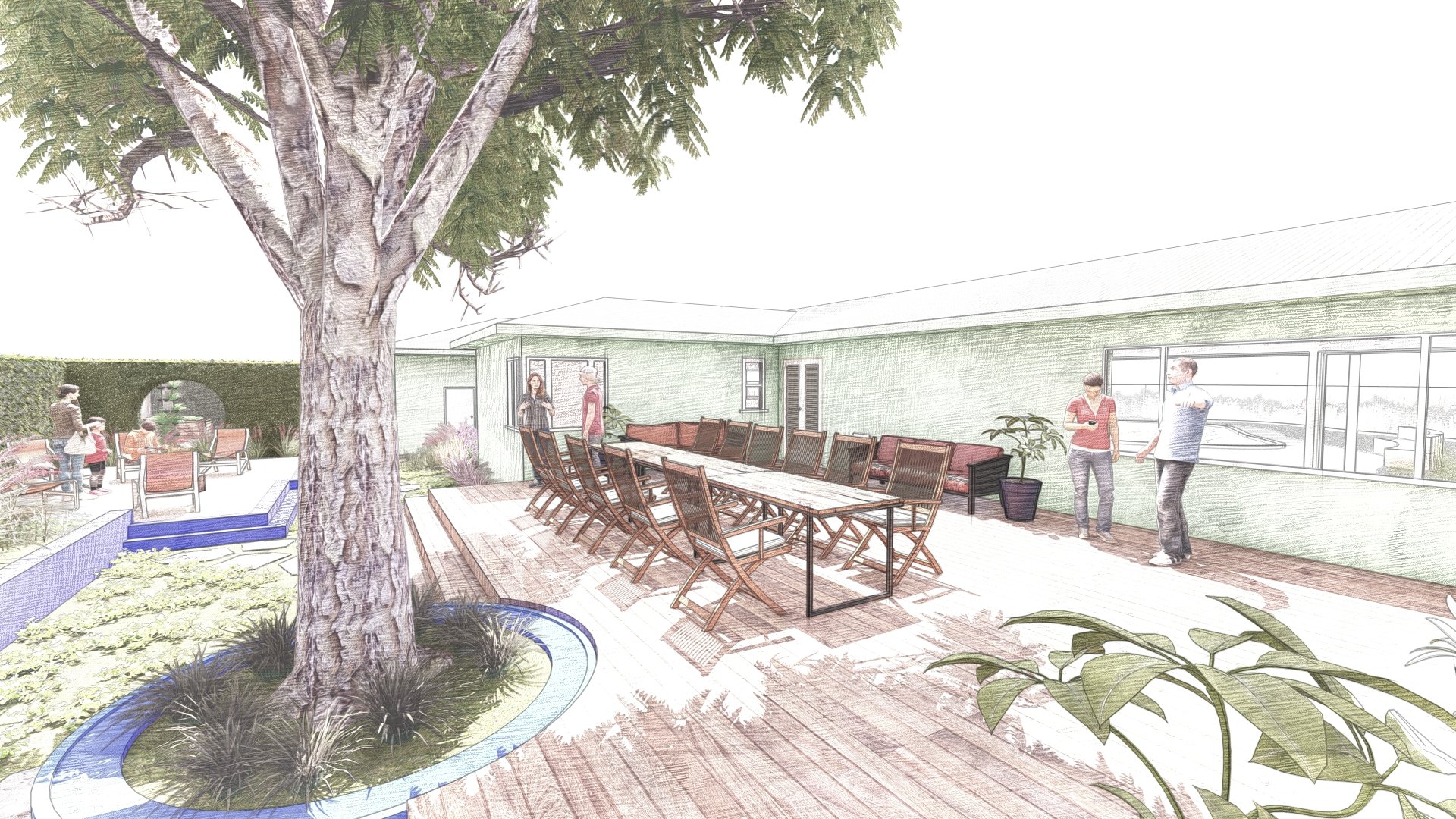
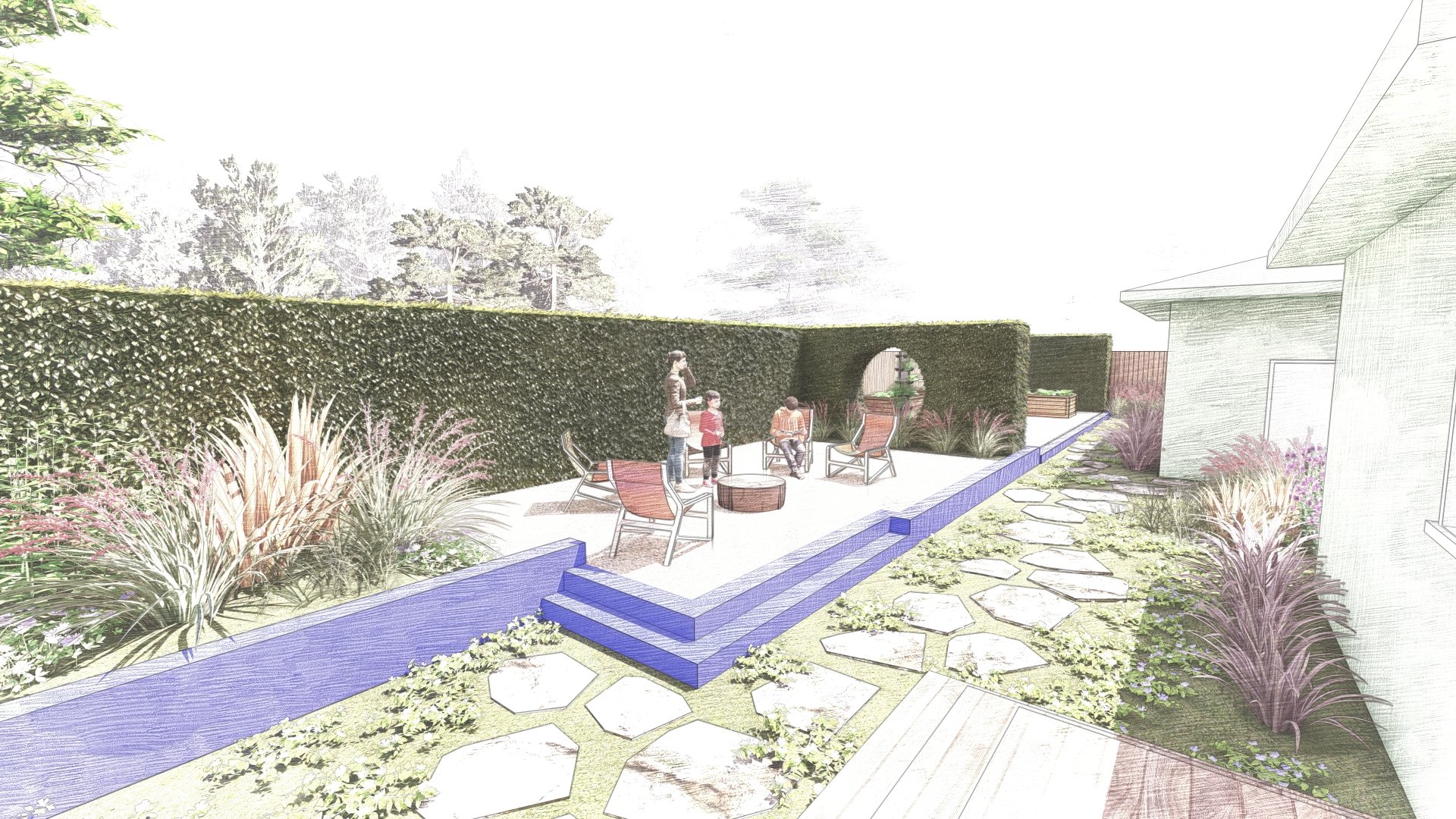
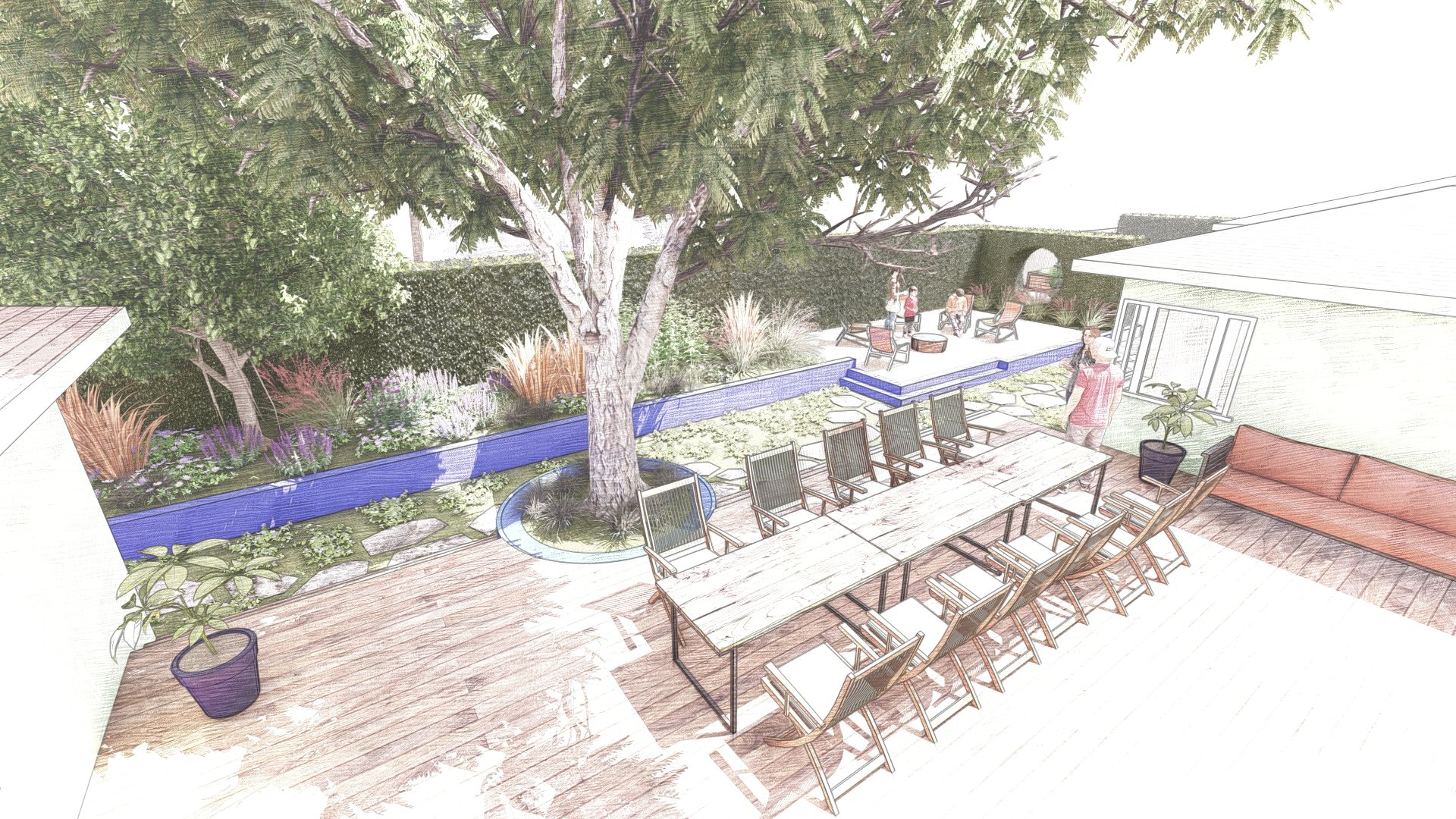
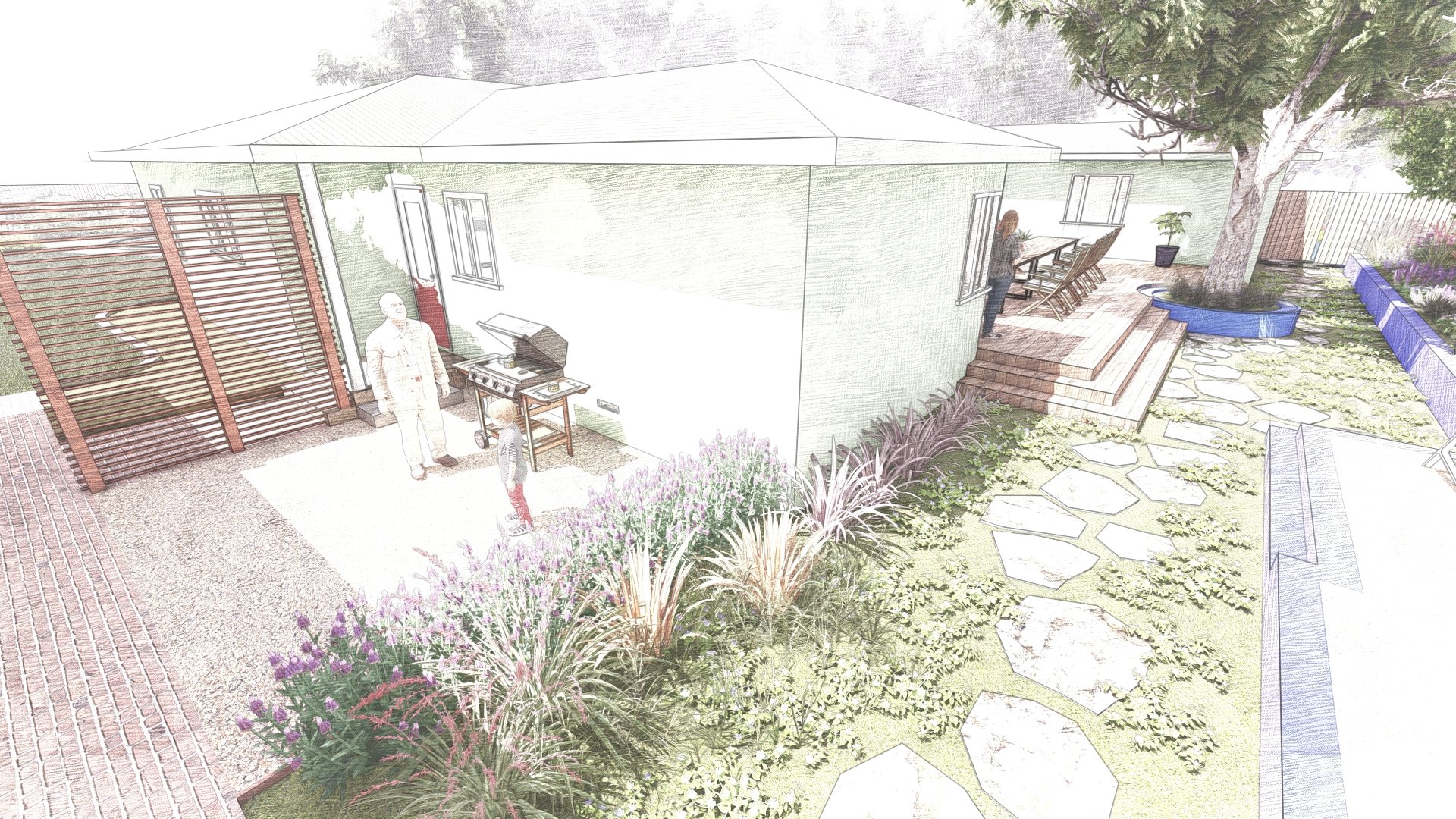
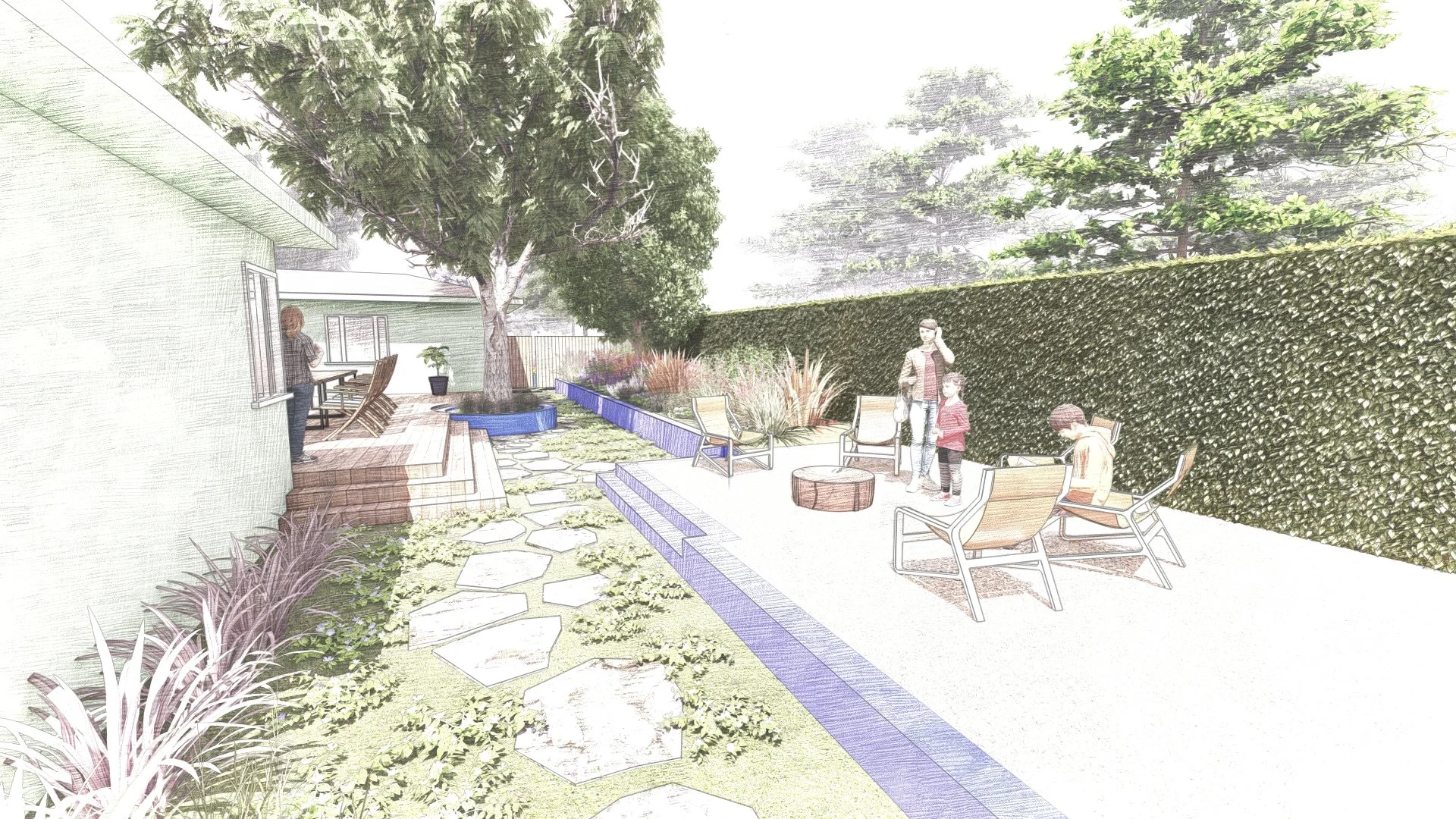
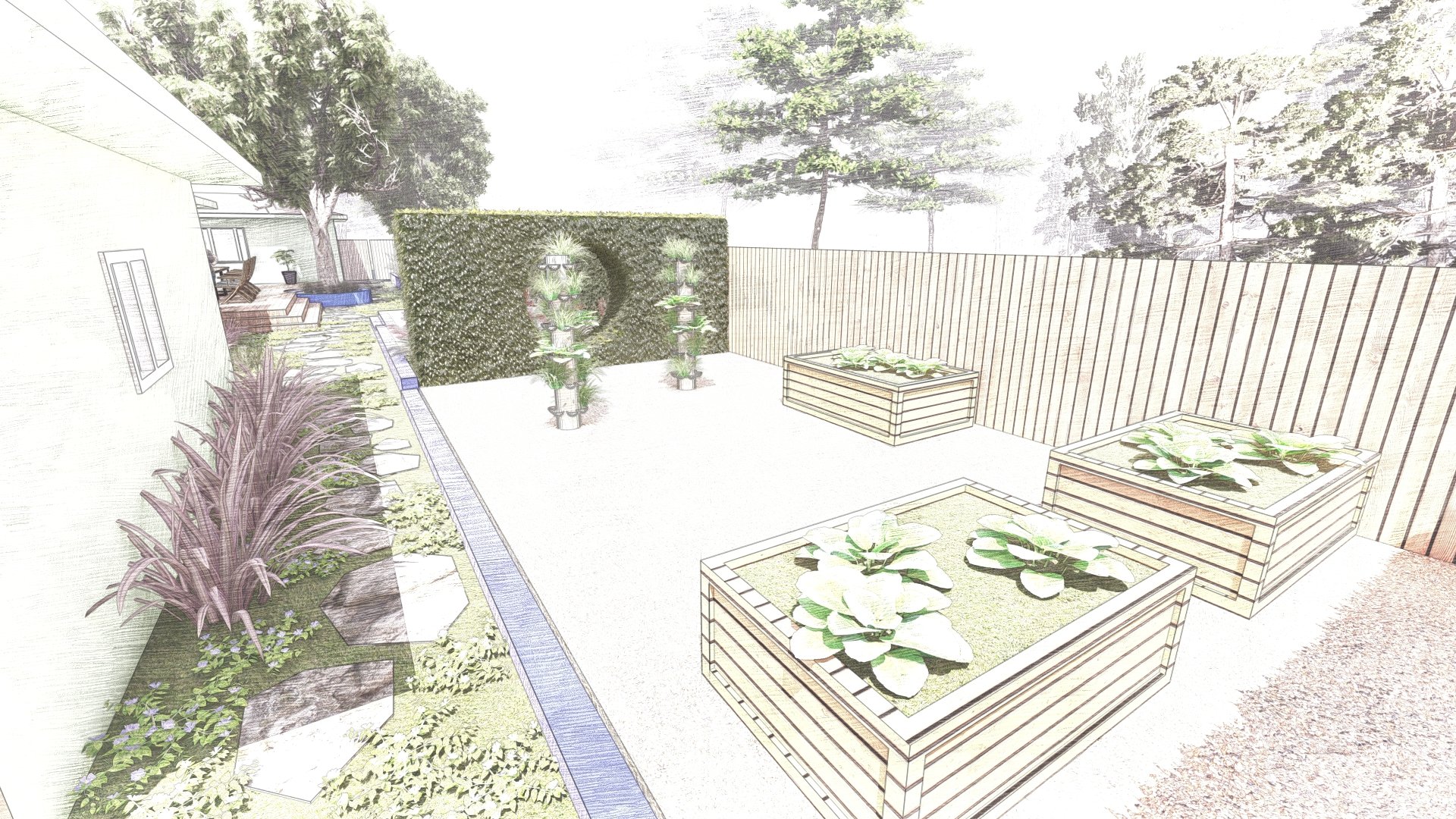
DEFINITION OF THE DESIGN
The movement spanned from about 1933 to 1965 and included architecture as well as industrial, interior, and graphic design. Sleek, cool, clean, sophisticated, functional, colorful, mod, and curvy-those are apt words to describe mid-century modern design. This term encompasses the trends that influenced architecture and interior design in prosperous, post-war America. Elements of mid-century modern Exterior design include clean lines, muted tones, a combination of natural and manmade materials, graphic shapes, vibrant colors, and integrating indoor and outdoor motifs. Well-known landscape architects like Garrett Eckbo, Dan Kiley, and James Rose rebelled against the neo-classical design, conventions and theories of the time (20'-30s). They were influenced by modernist architectural ideals of simplicity, function, scale, and unity.
EXISTING CONDITION
PROJECT DESIGN DRAWINGS
Wedding Garden Design — Red Hawk Ridge, Alpine, San Diego County
A wedding ceremony garden in Alpine, San Diego, blending contemporary design with Craftsman traditions. Designed as a living sanctuary for celebration, it combines timeless architecture, native planting, and open views at Red Hawk Ridge.
“A private estate transformed into a ceremonial landscape, blending California’s rugged beauty with timeless elegance for weddings and gatherings.”
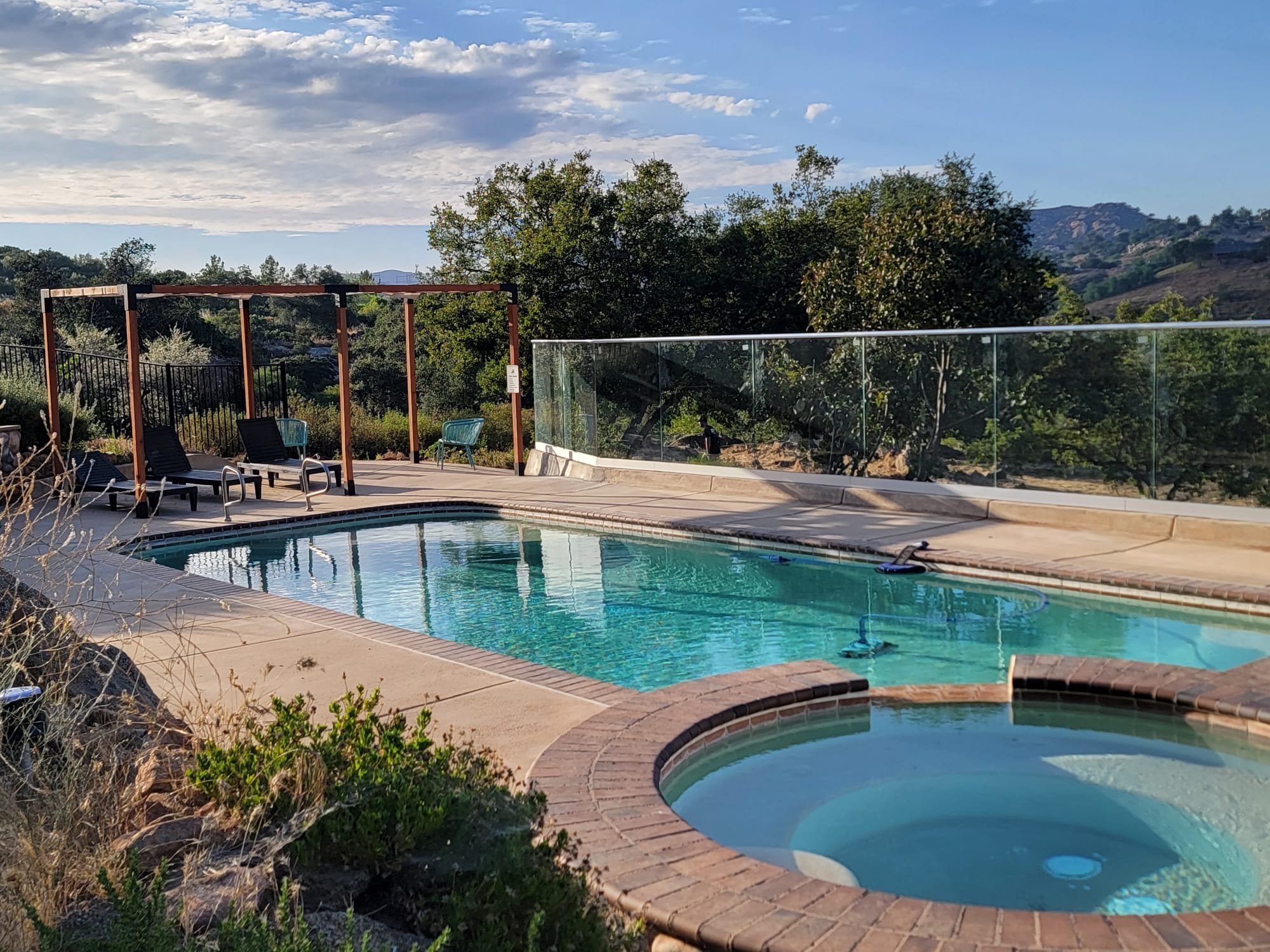
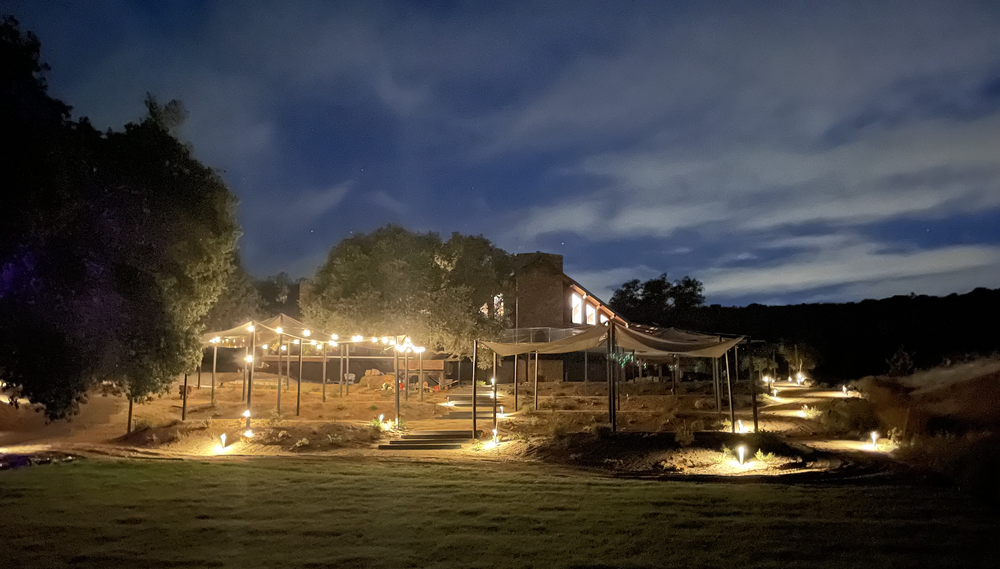
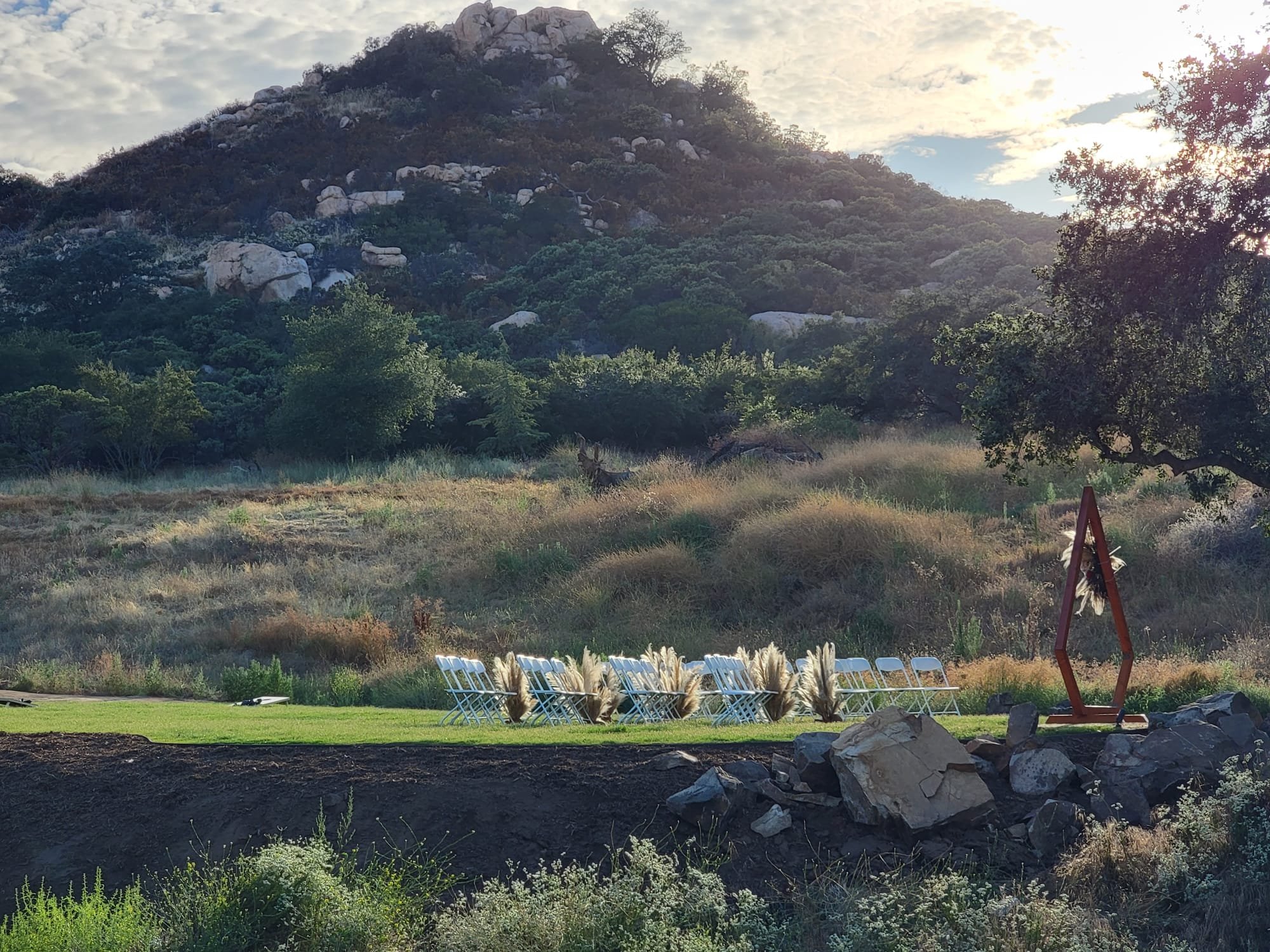
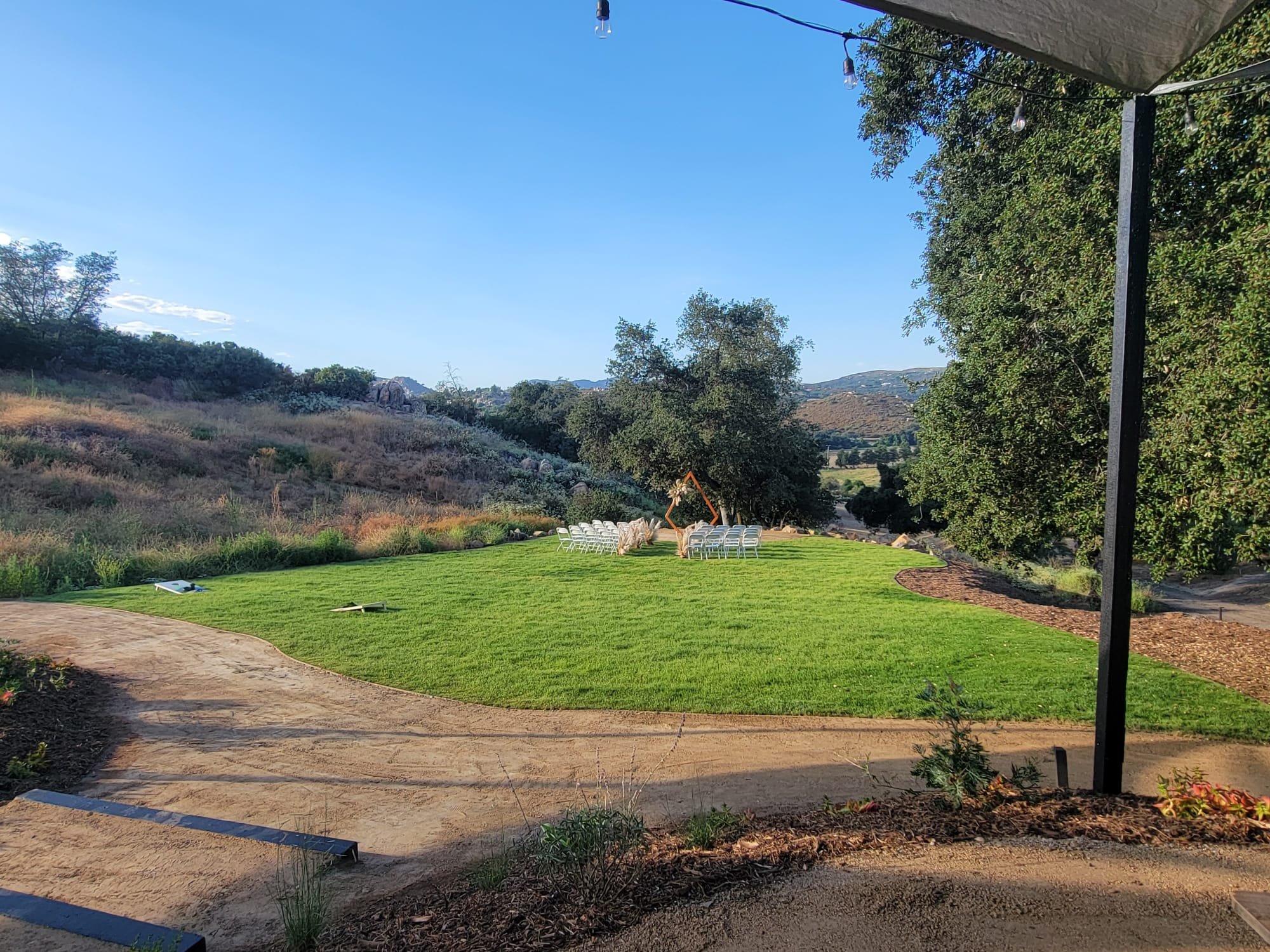
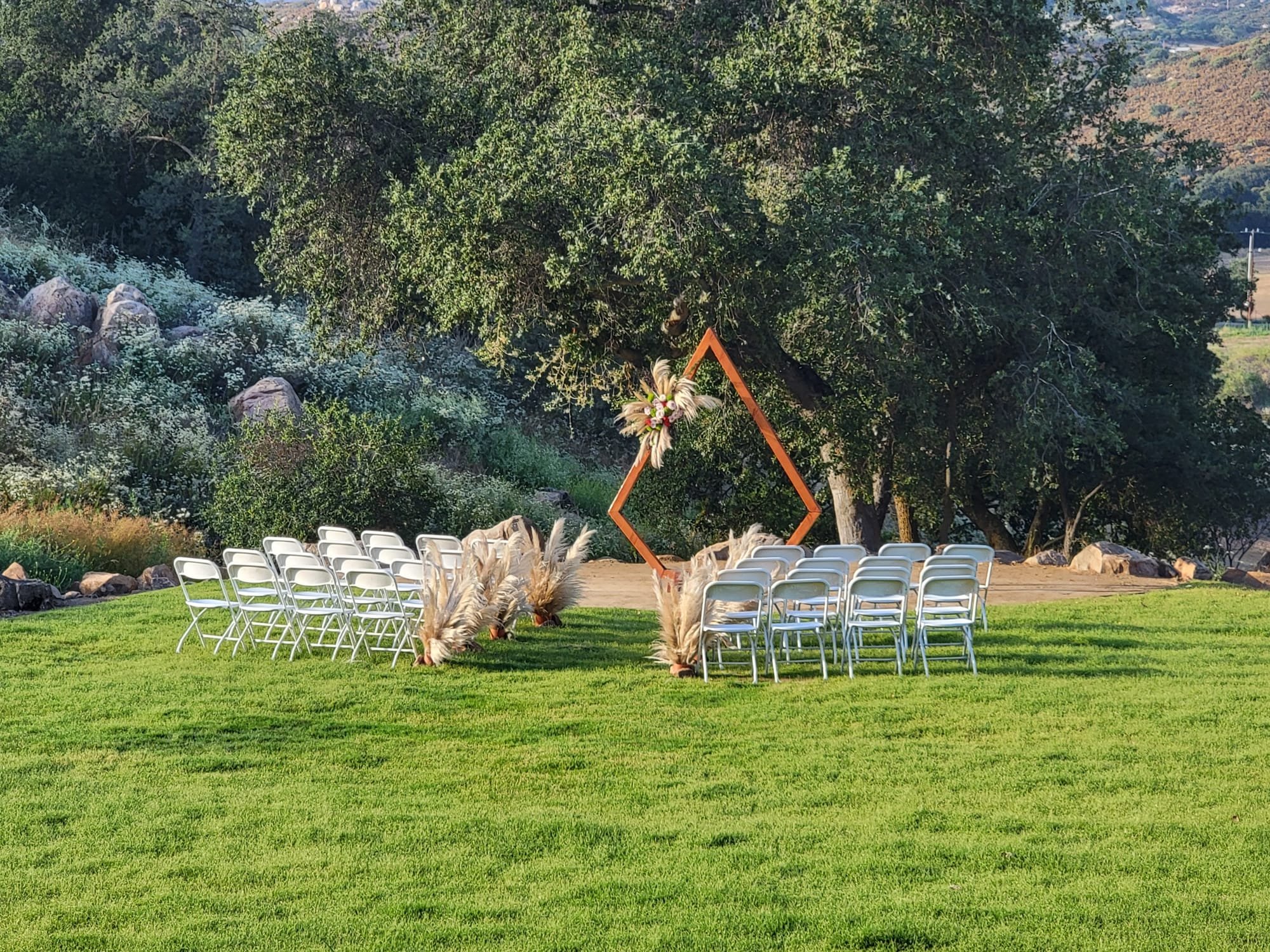
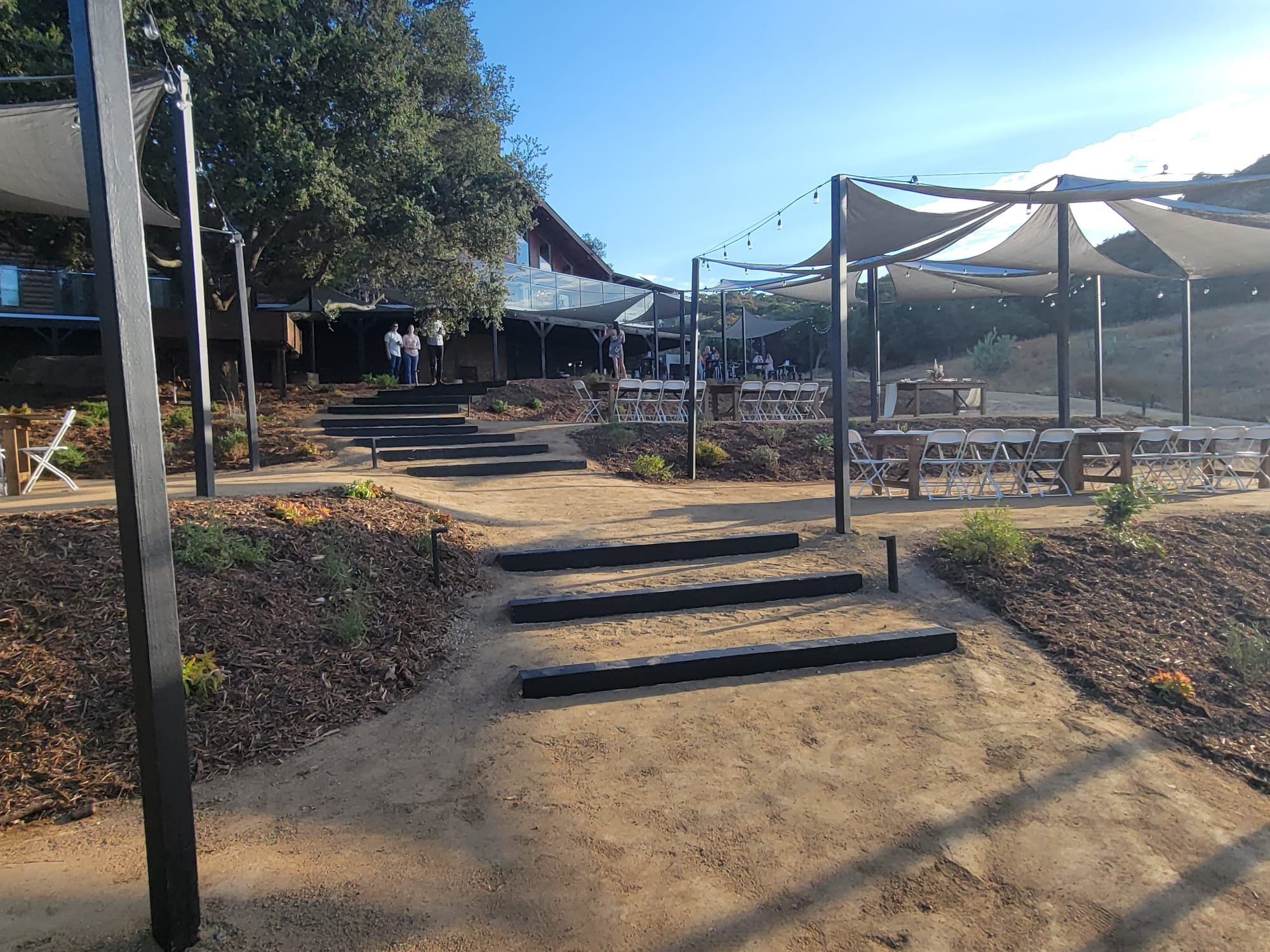
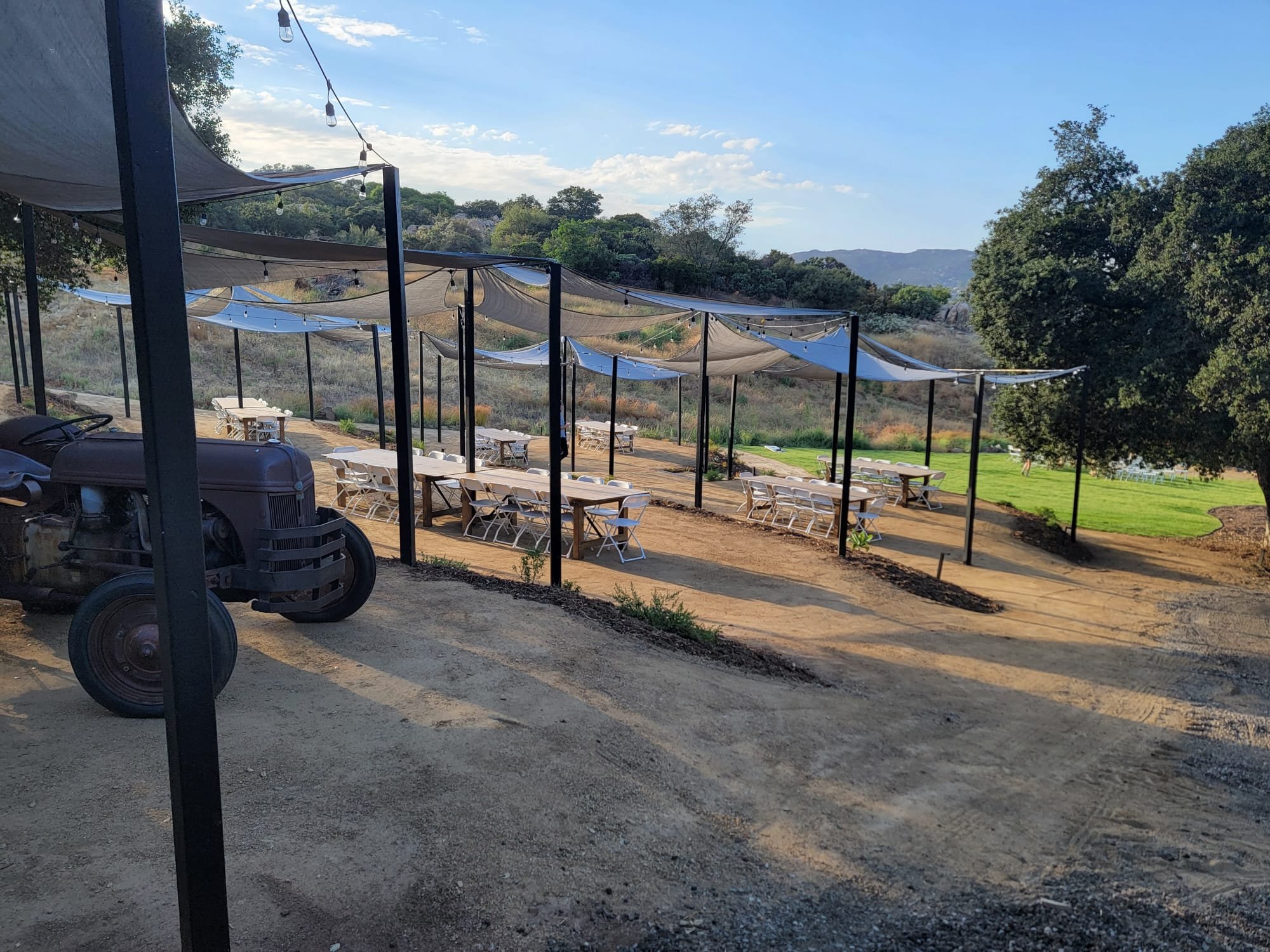
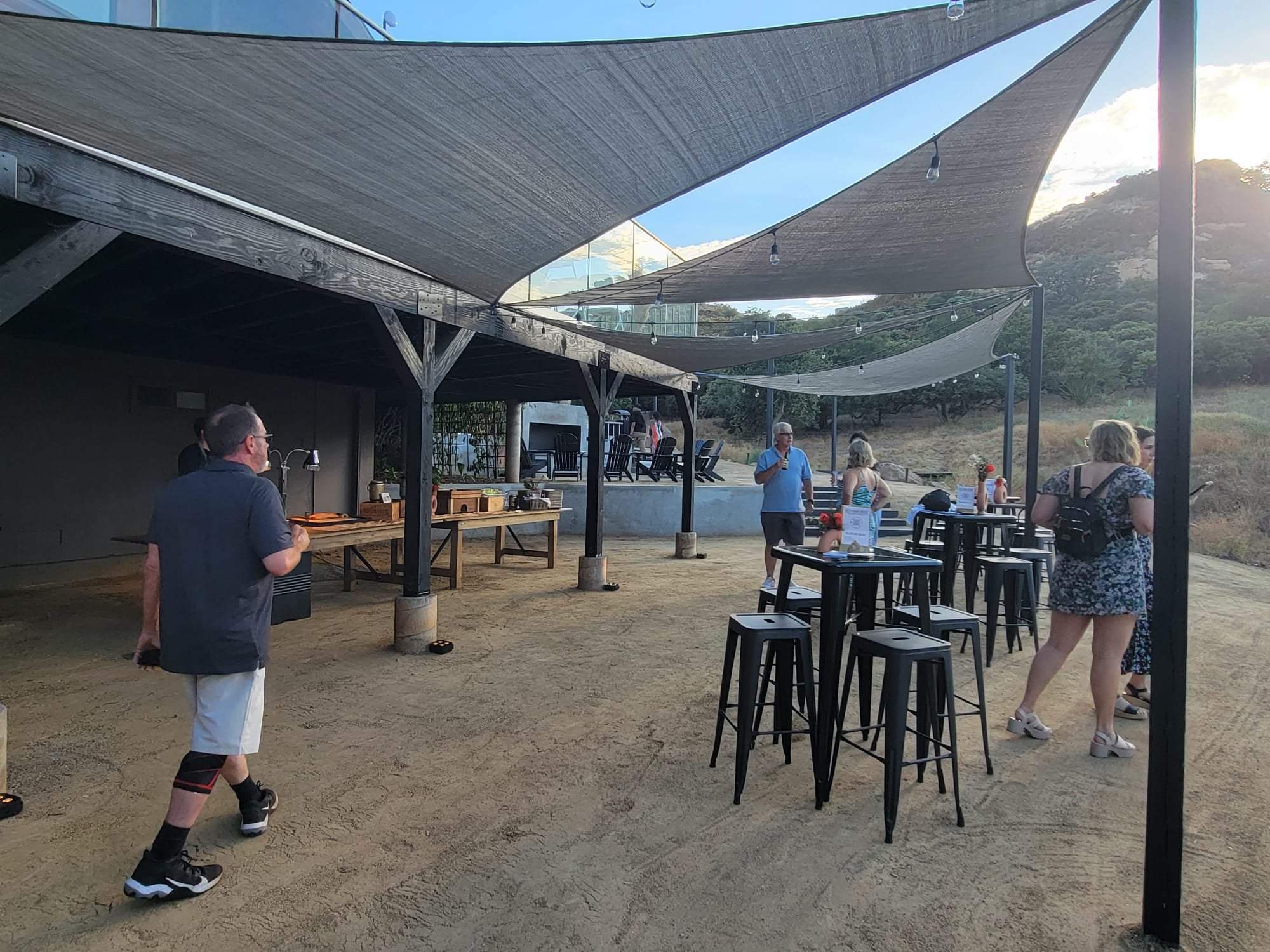
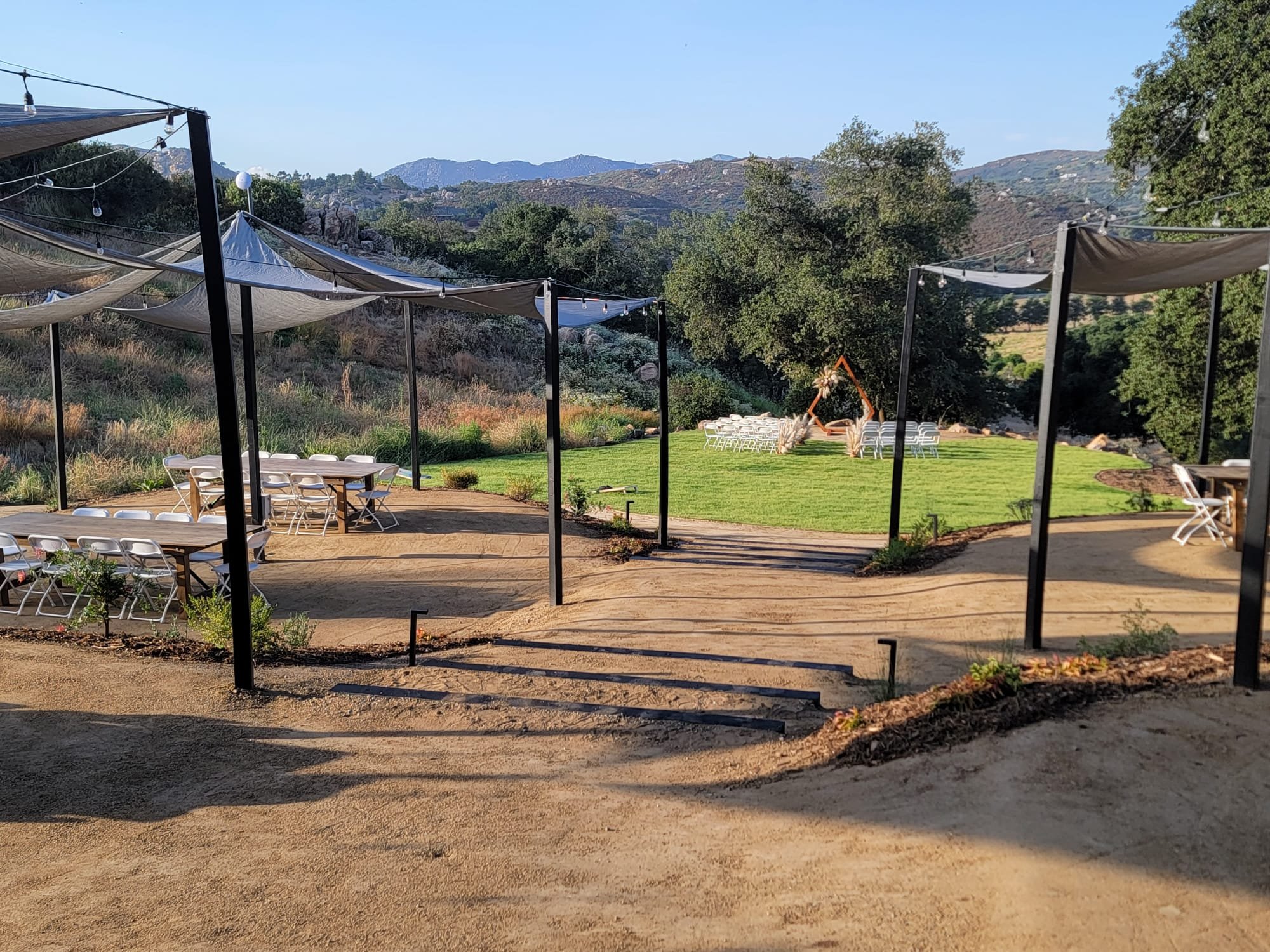
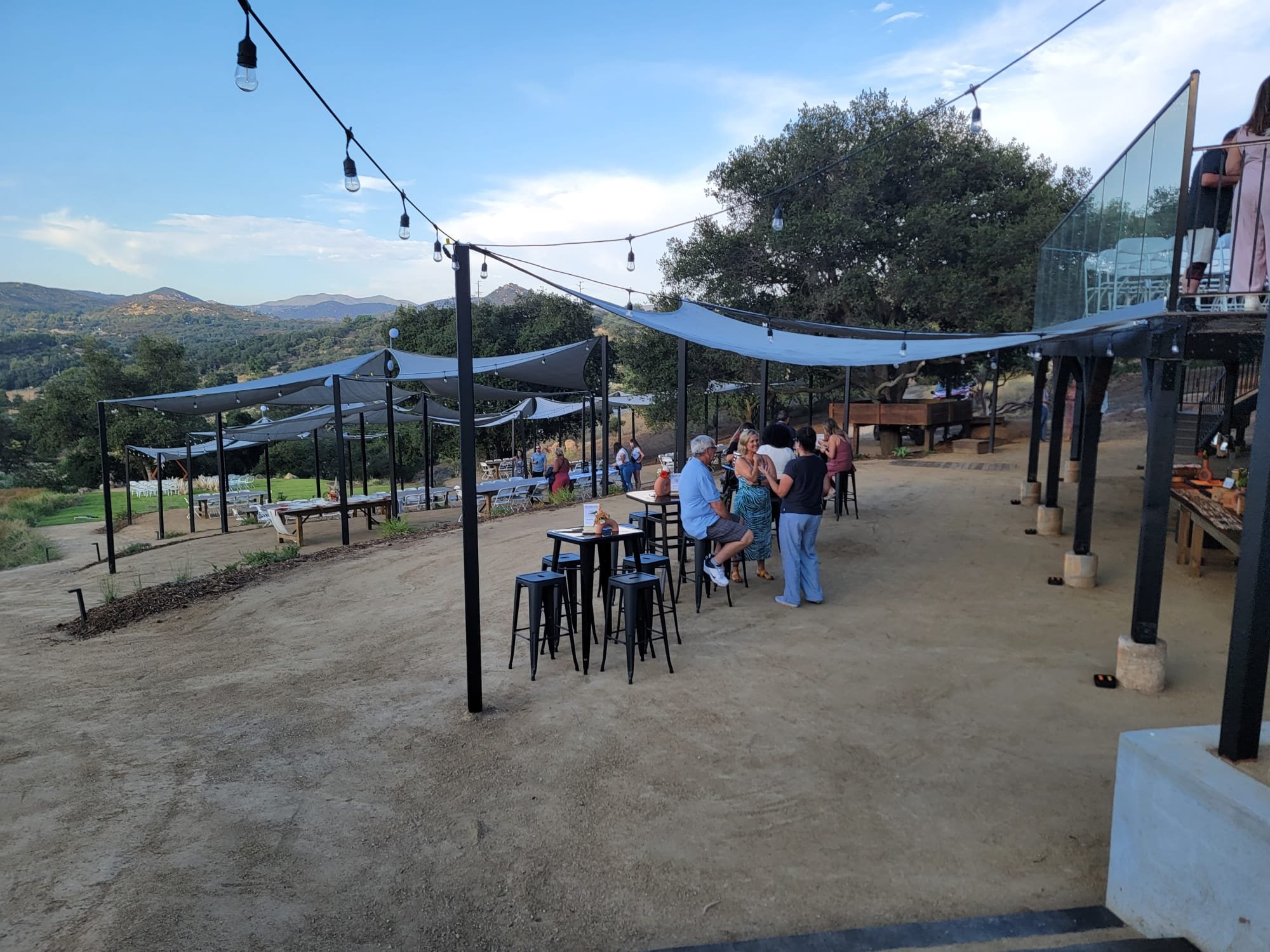
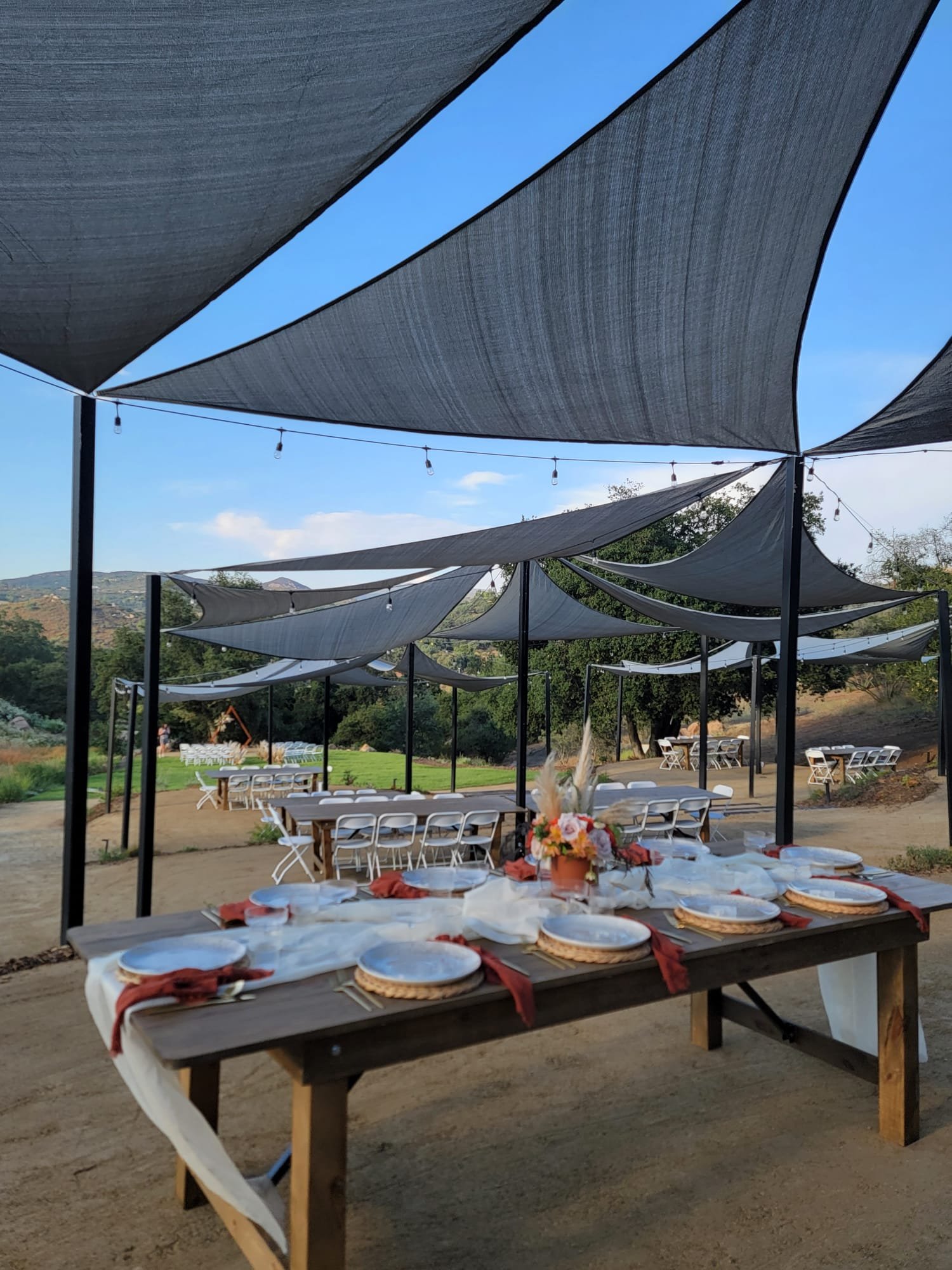
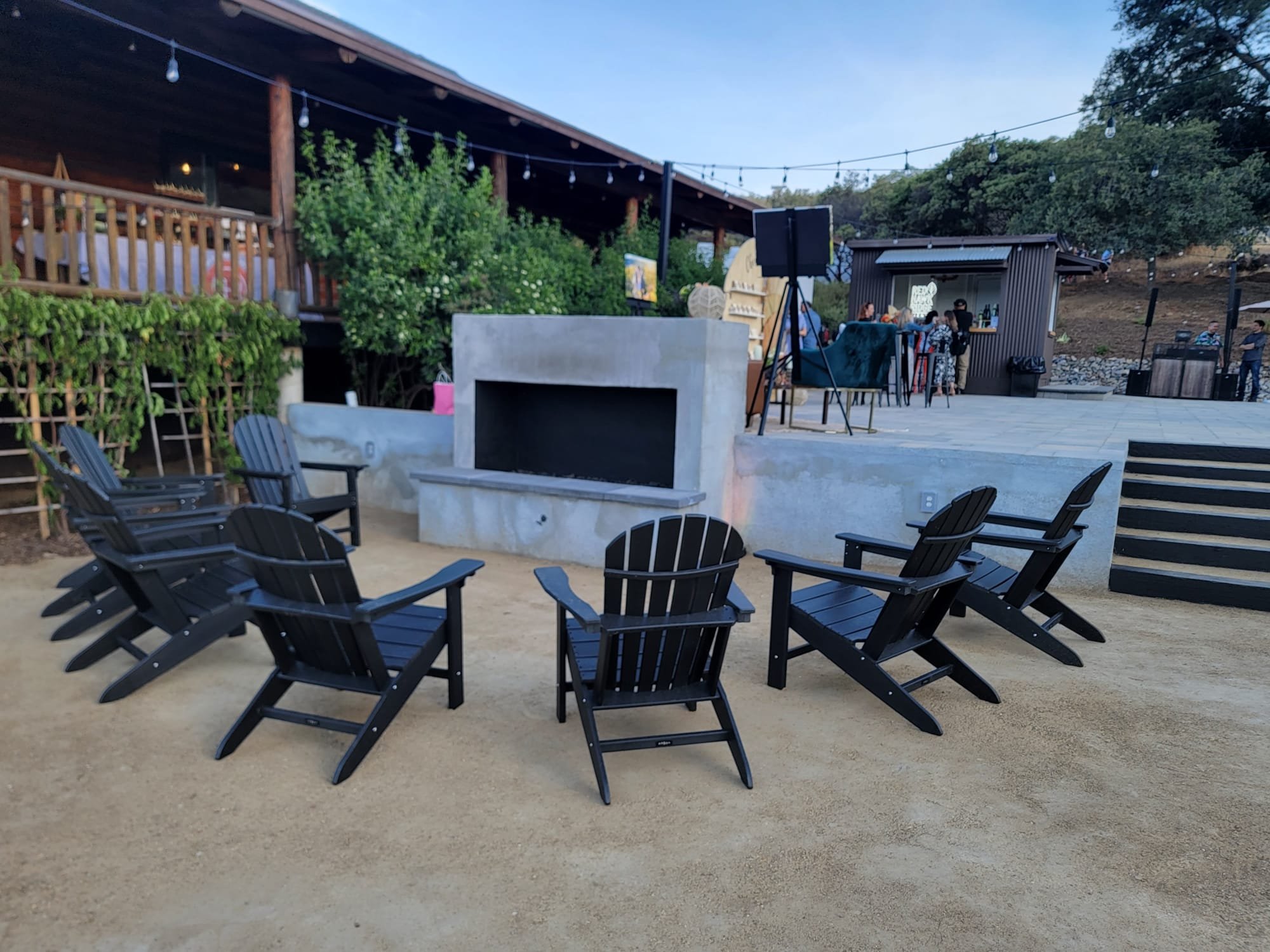
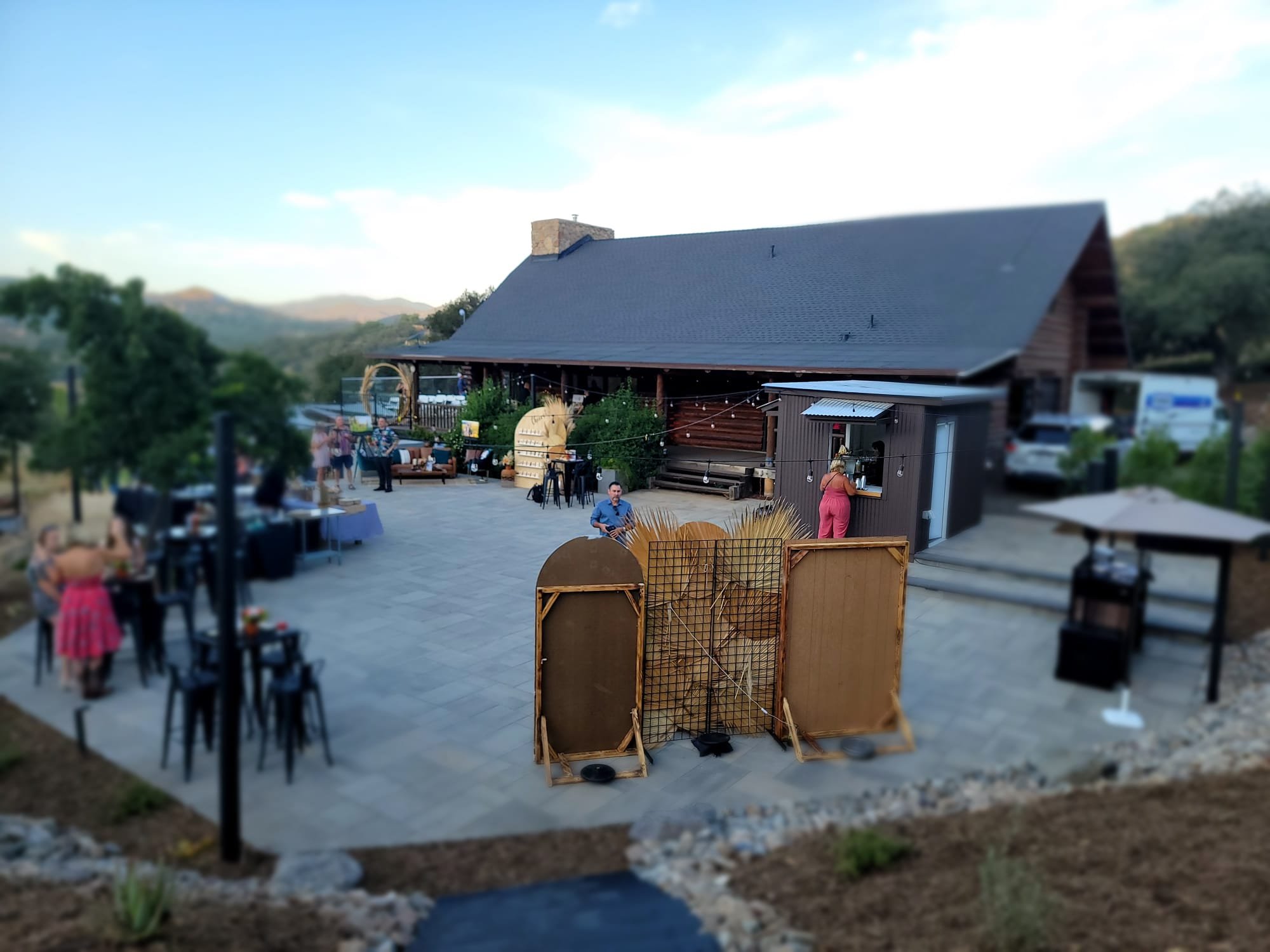
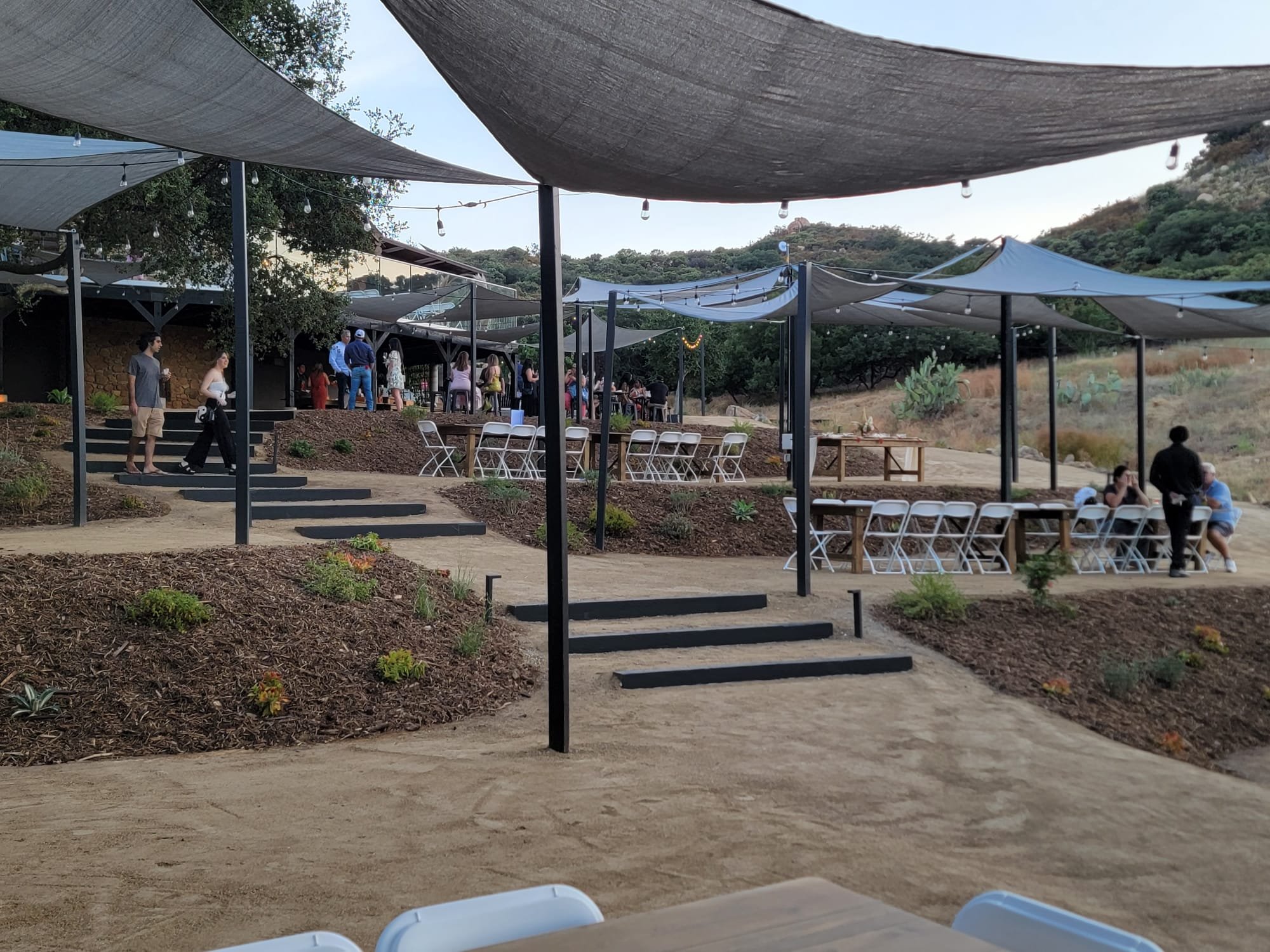
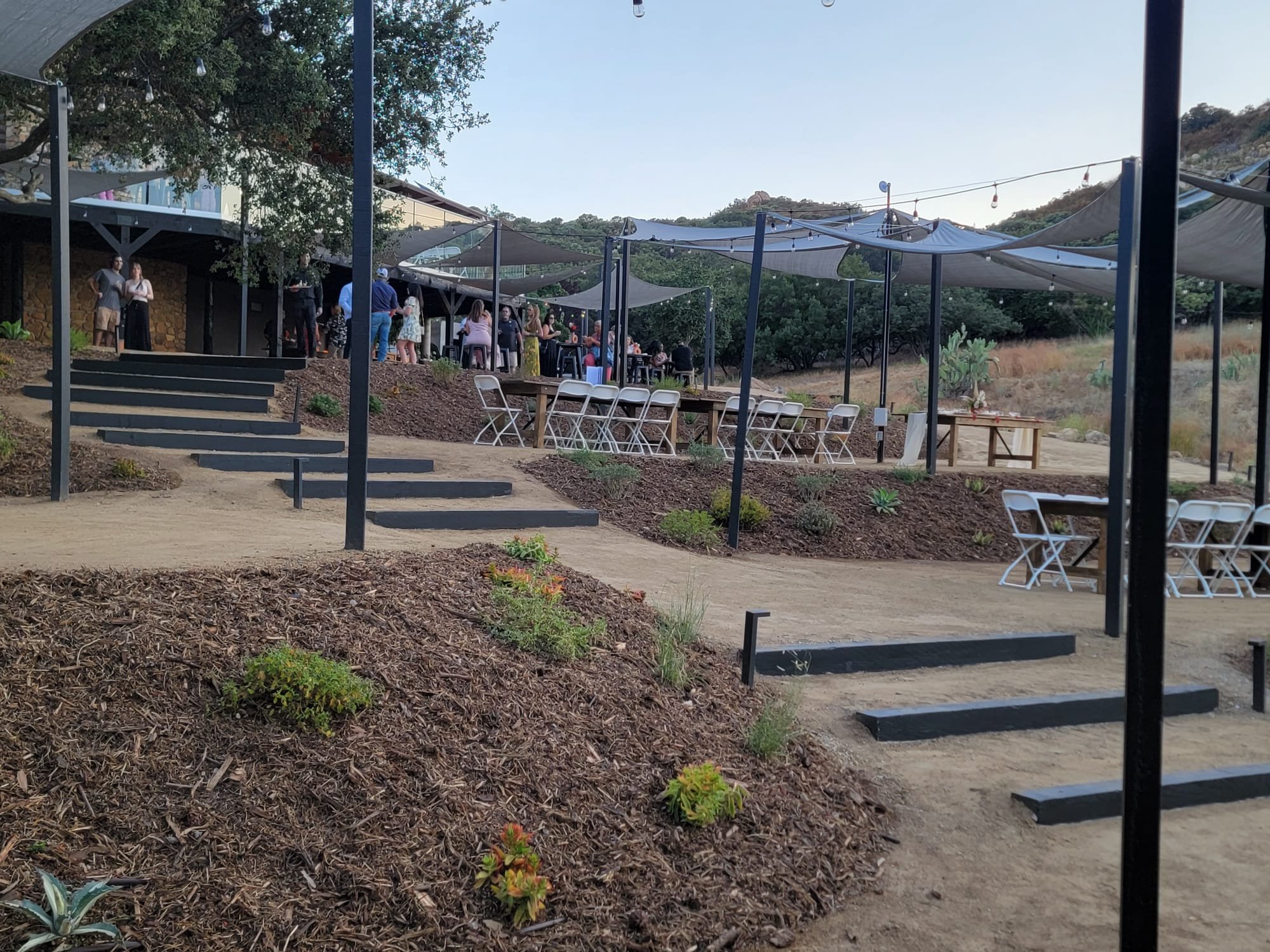
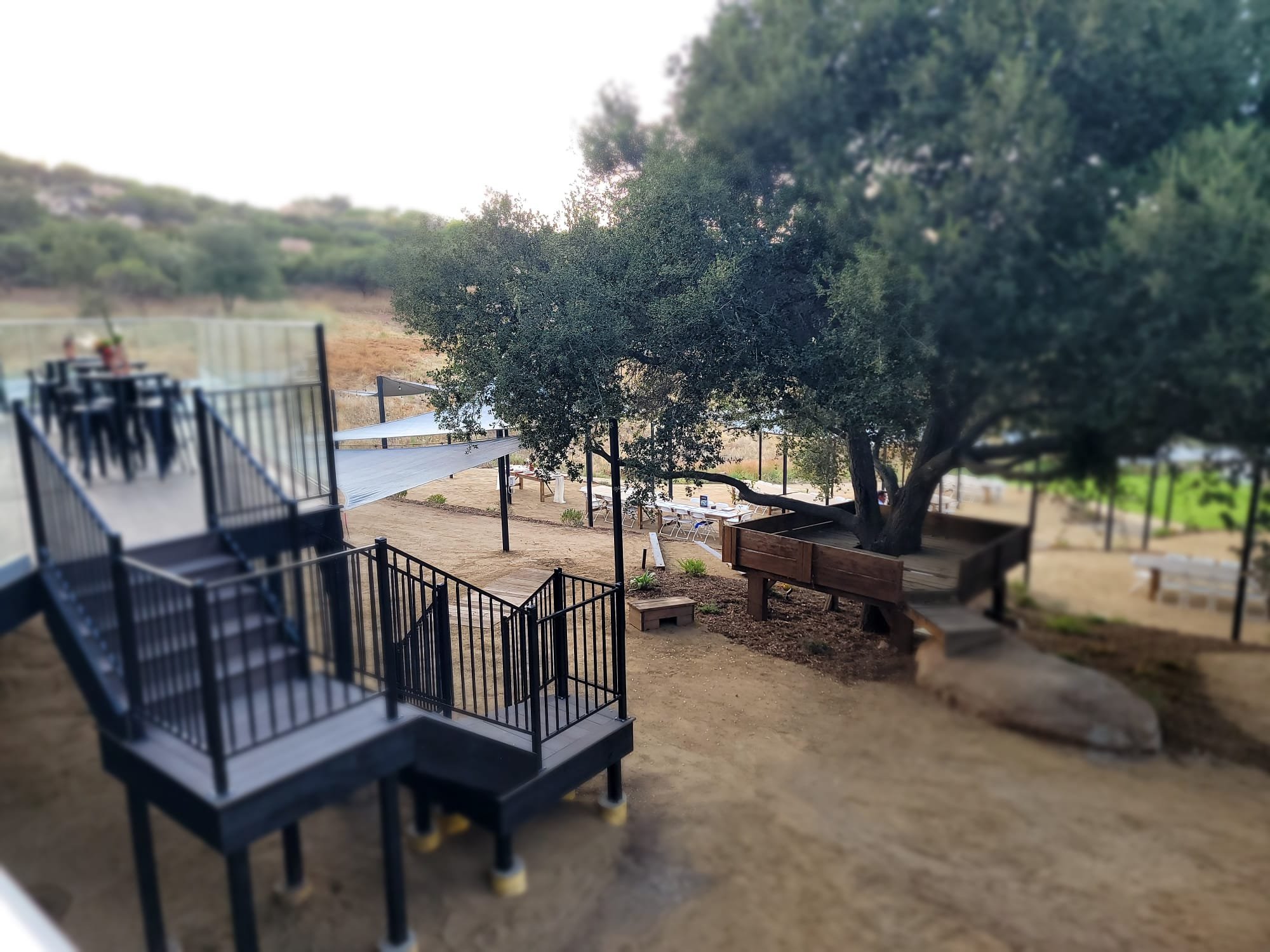
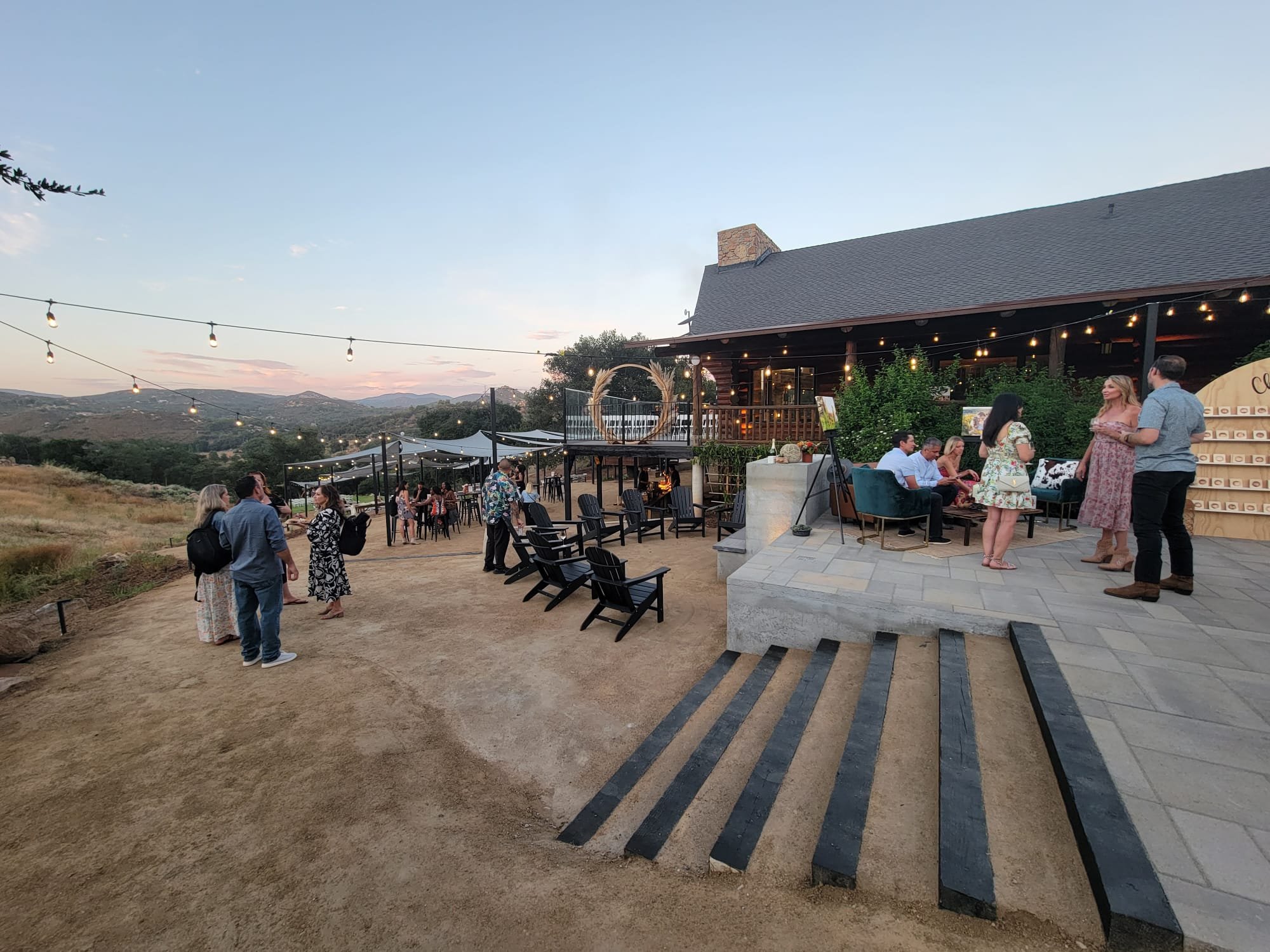
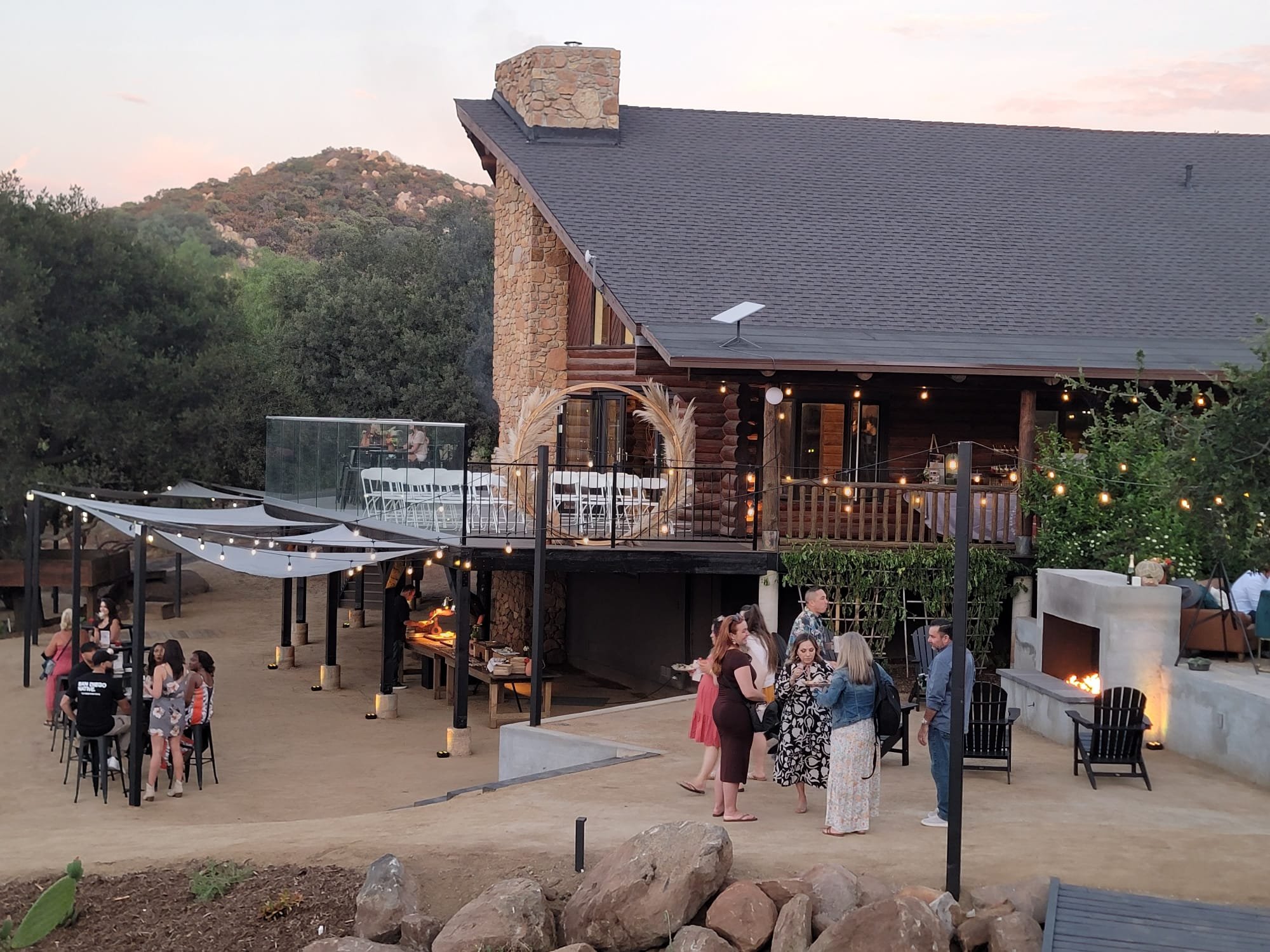
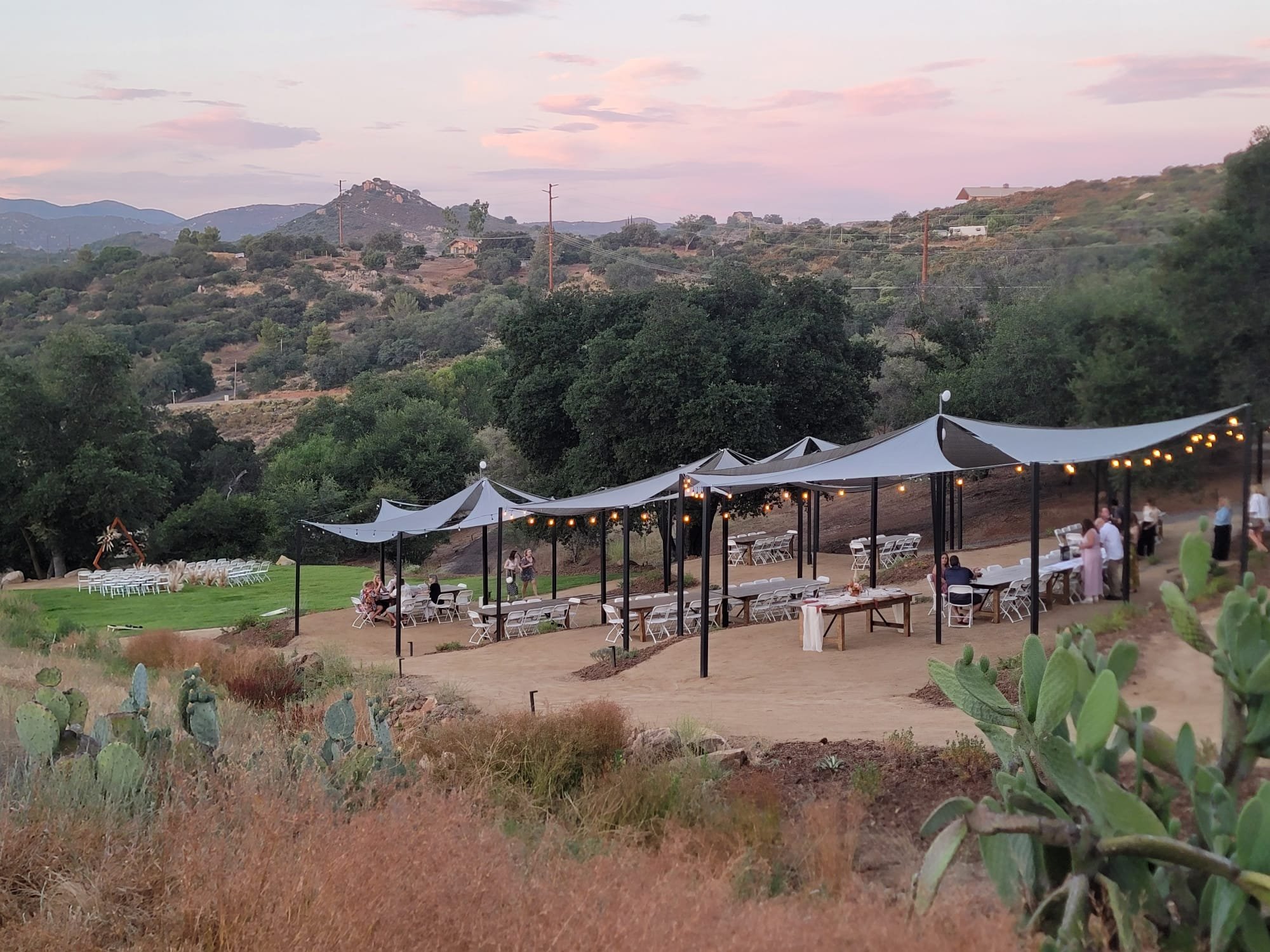
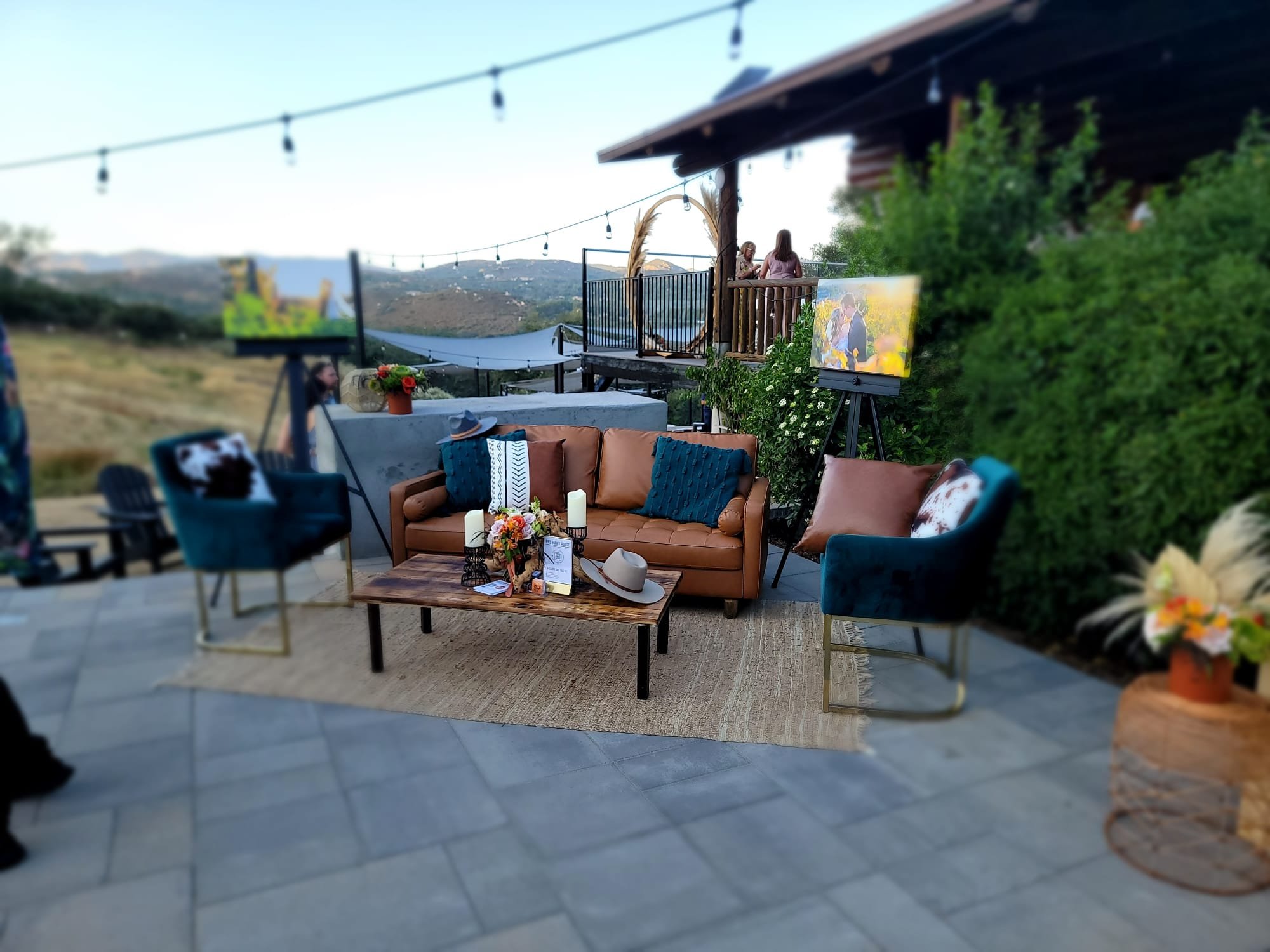
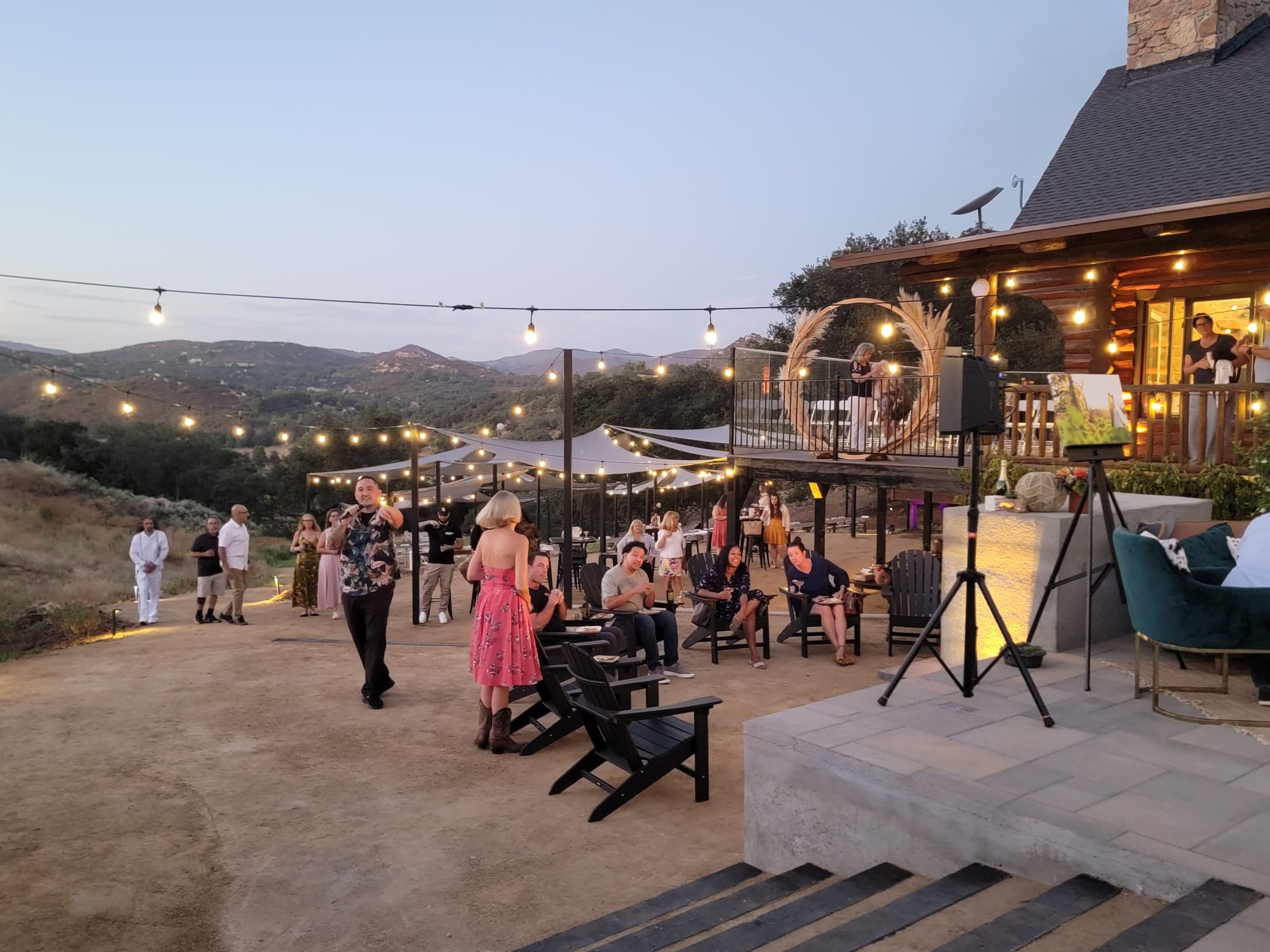
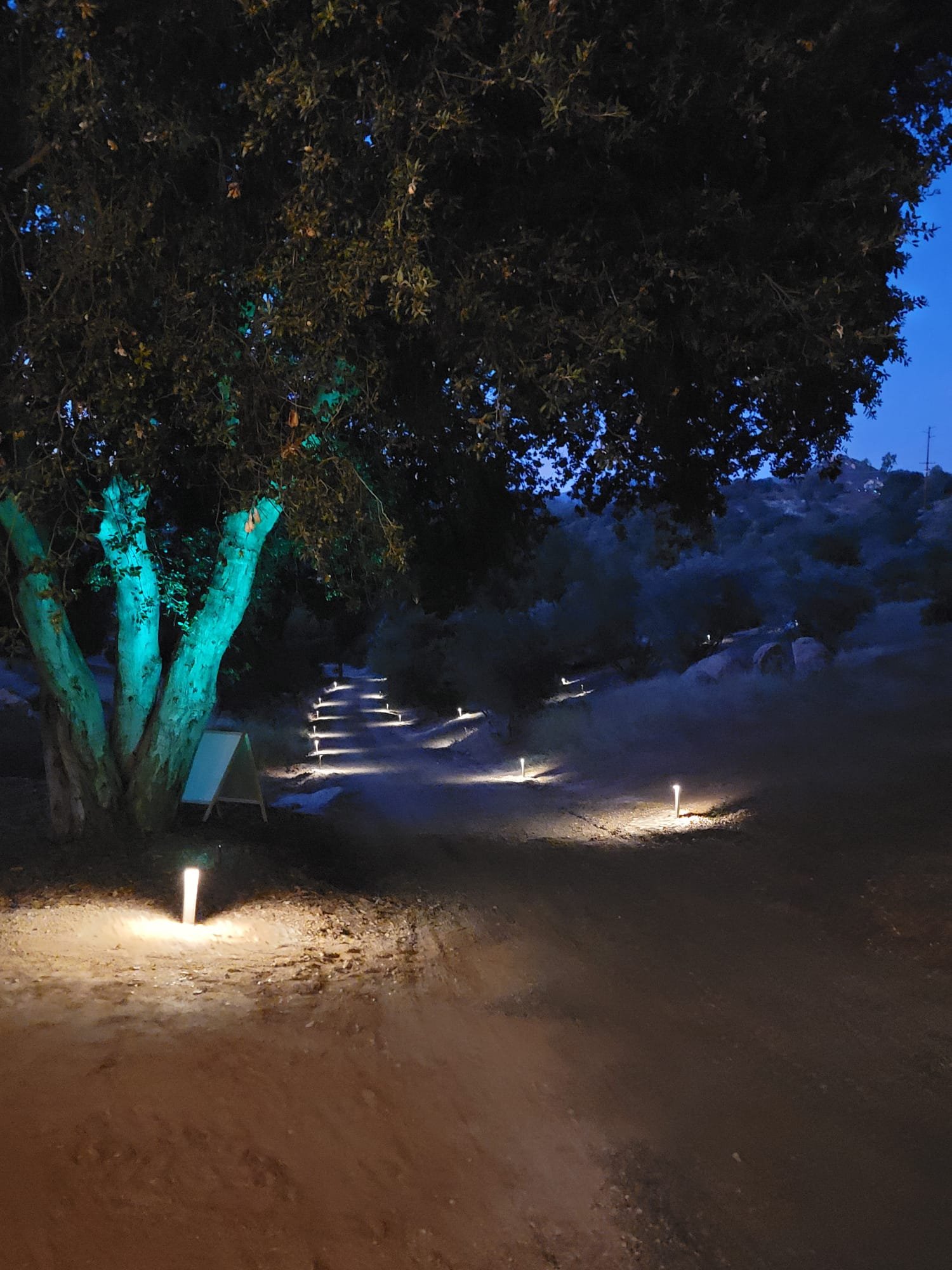
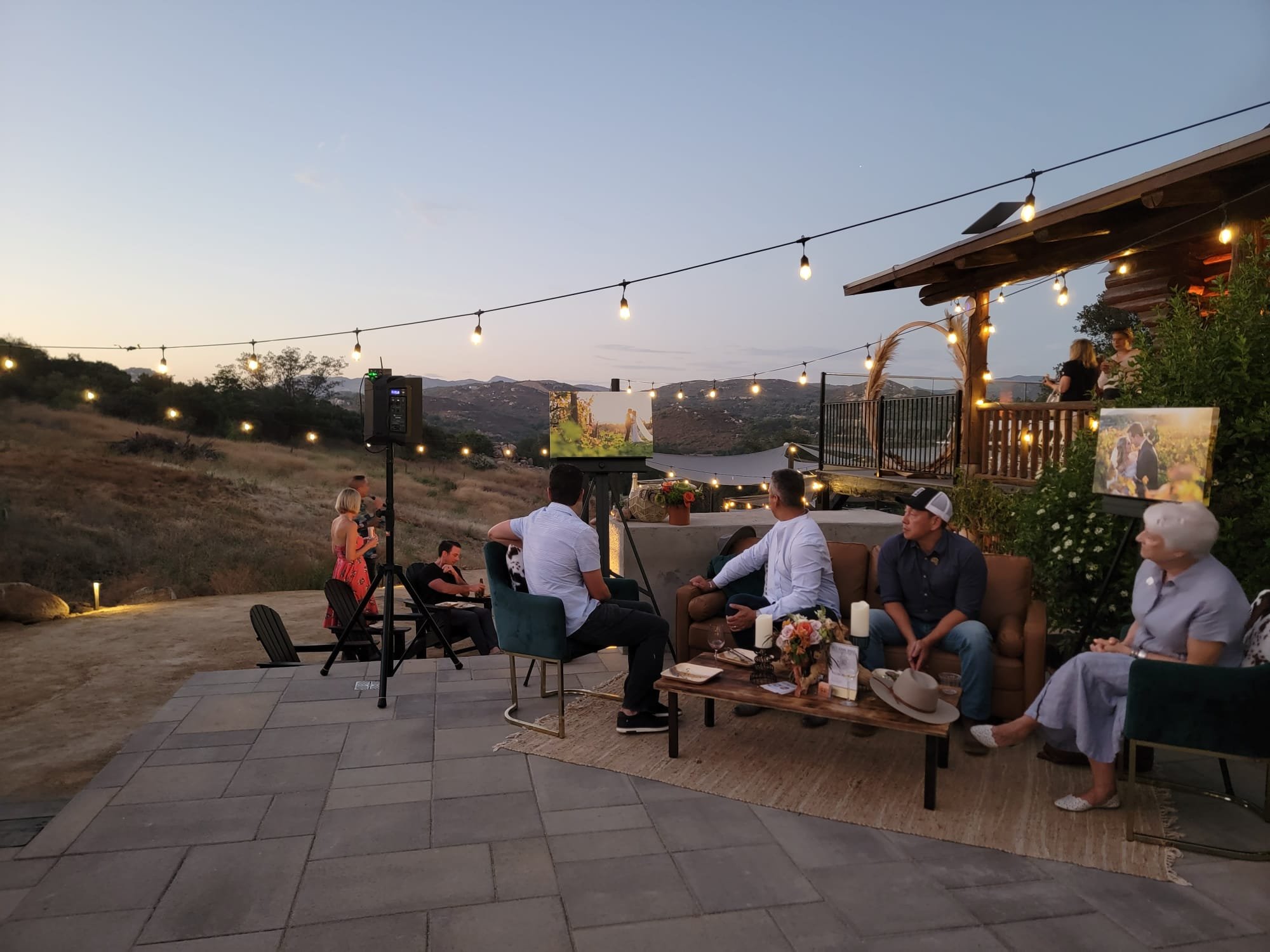
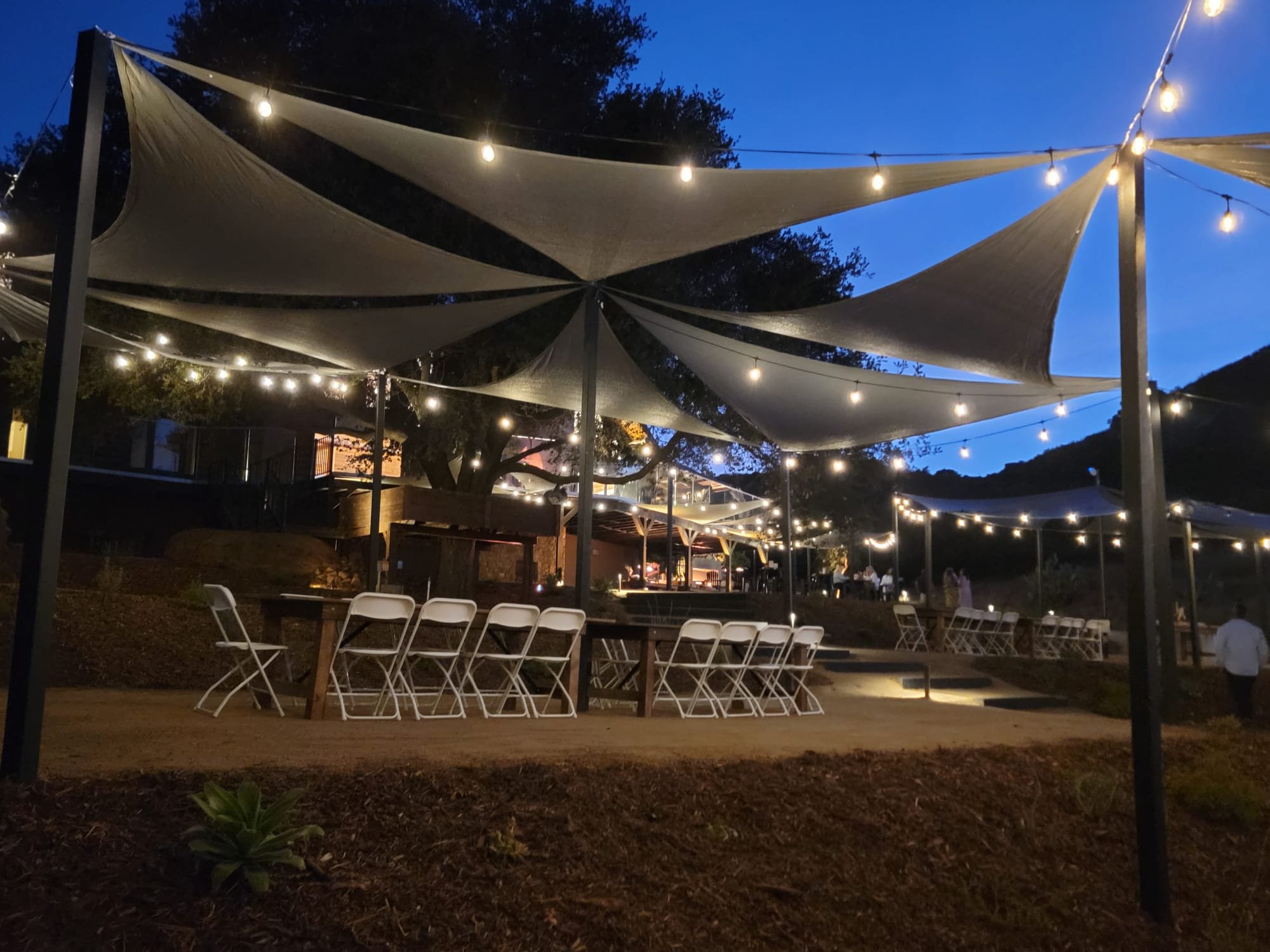
3D VIDEO CONCEPTUAL PRESENTATION
A short 3D film of LASD Studio’s landscape architectural design: Wedding Garden at Red Hawk Ridge in Alpine, a private estate transformed into a ceremonial and reception landscape. Featuring a wide ceremonial lawn, reception terraces, Mediterranean planting, and evening lighting, the garden offers a timeless setting for weddings and celebrations against the backdrop of San Diego’s mountains.
3D VISUALIZATION OF PROPOSED VENUE DESIGN
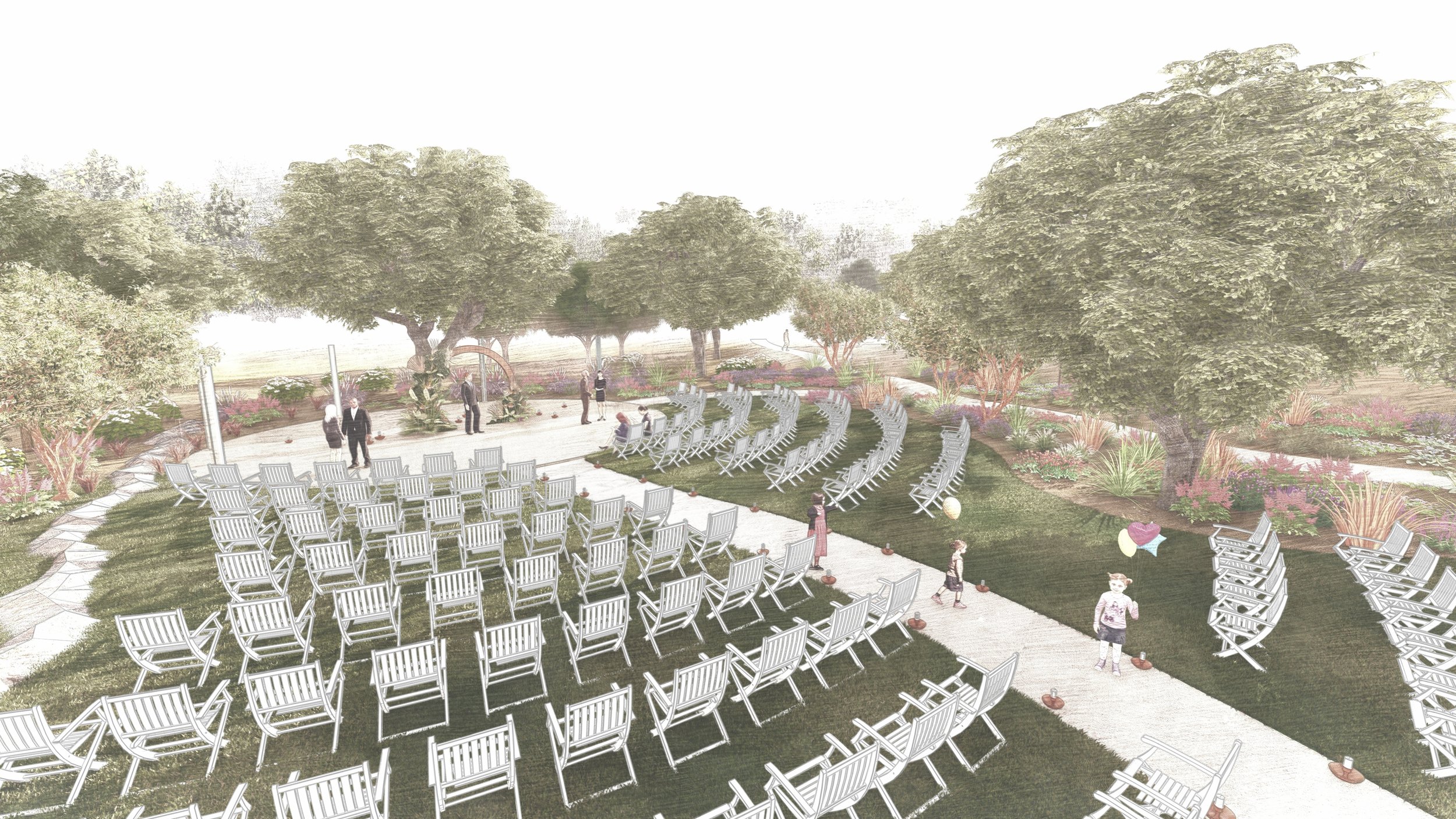
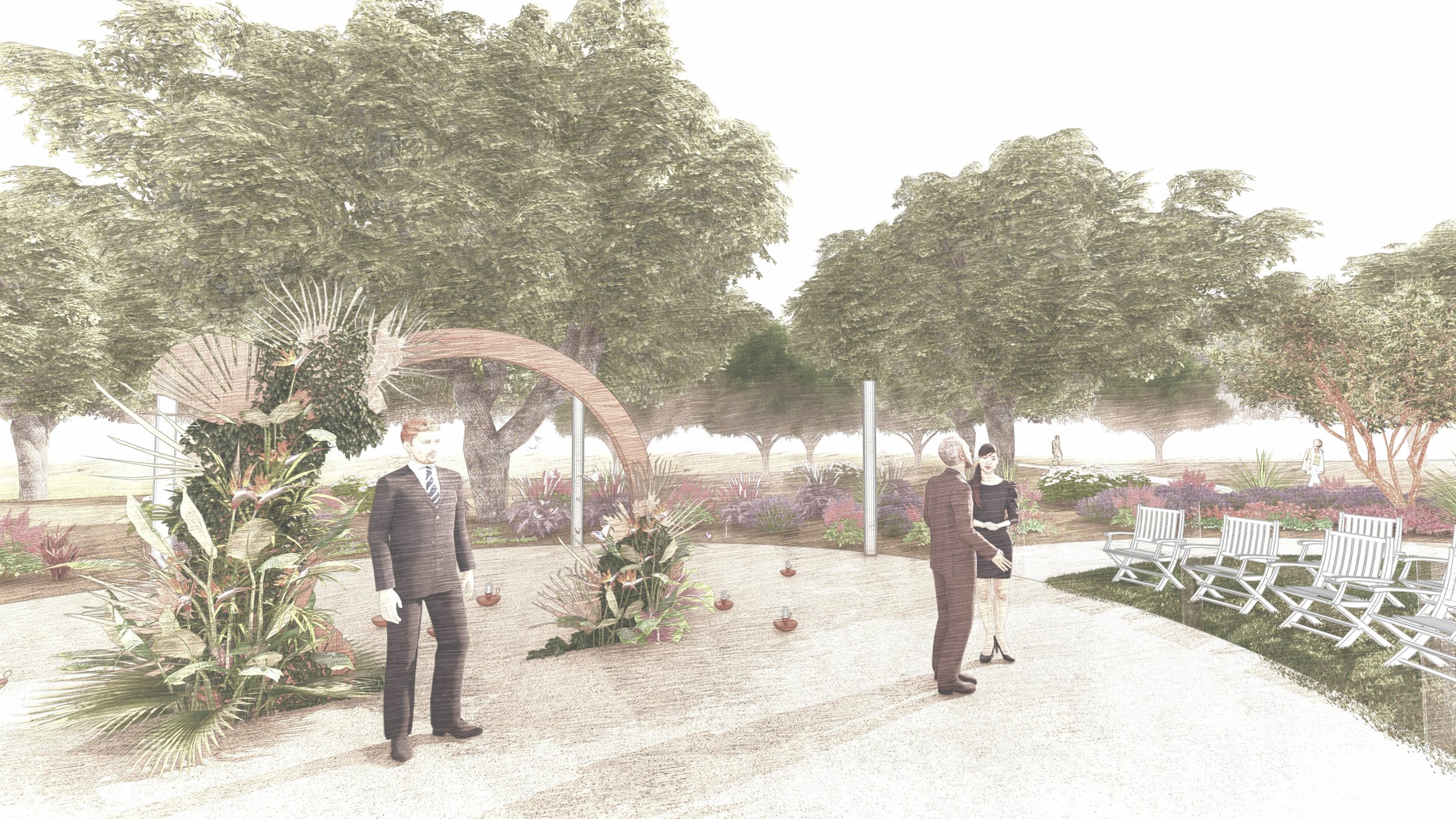
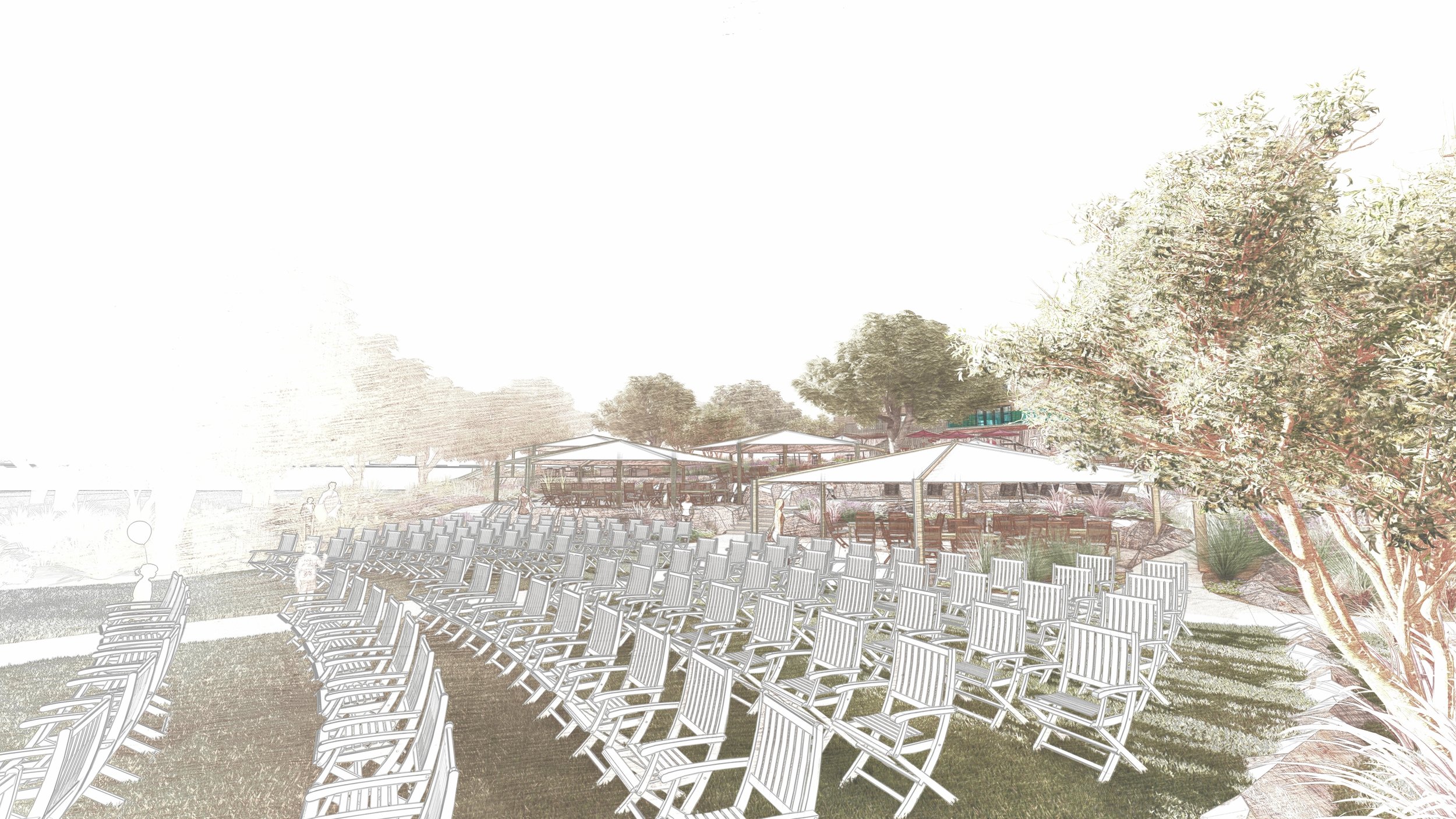
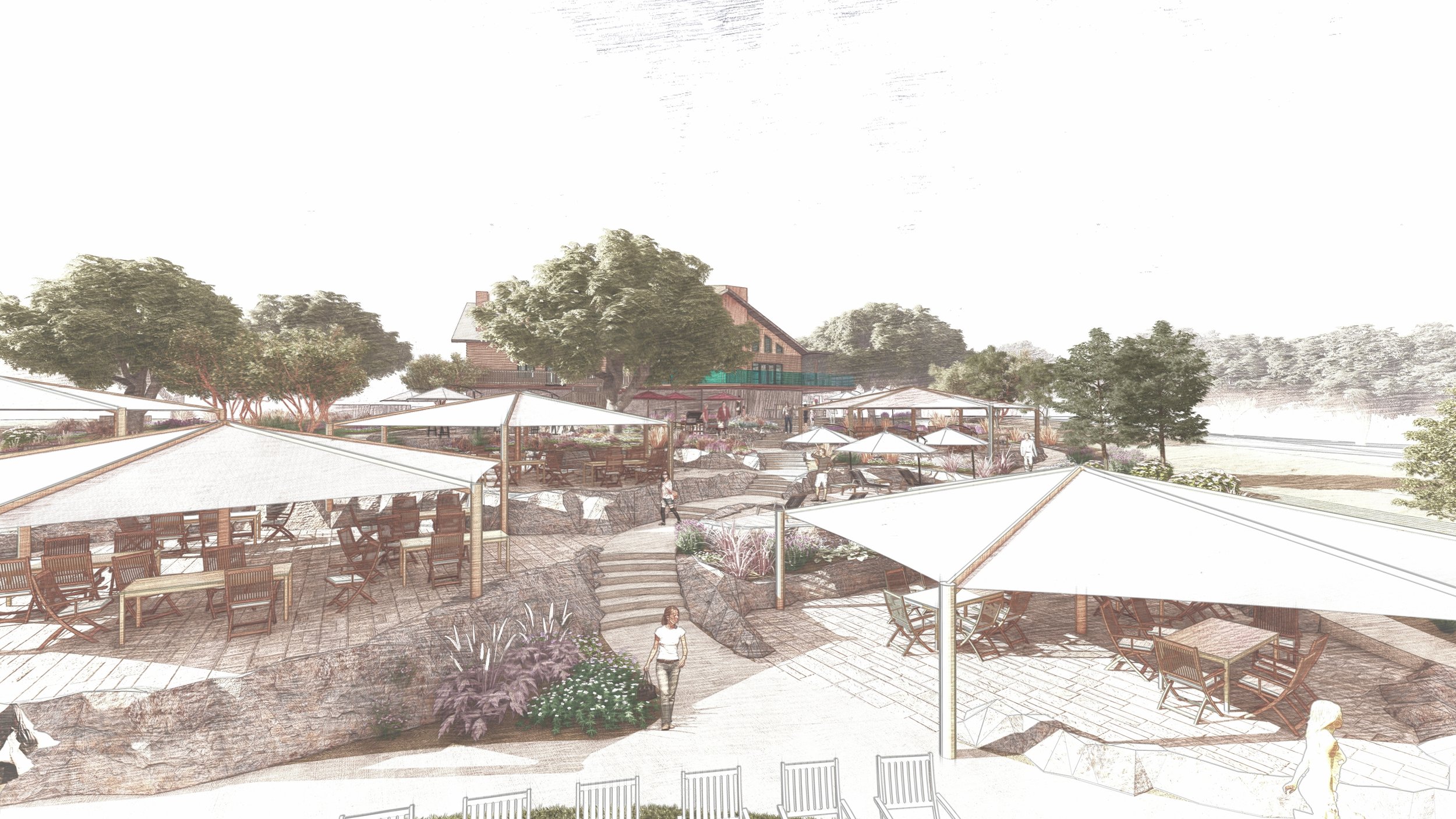
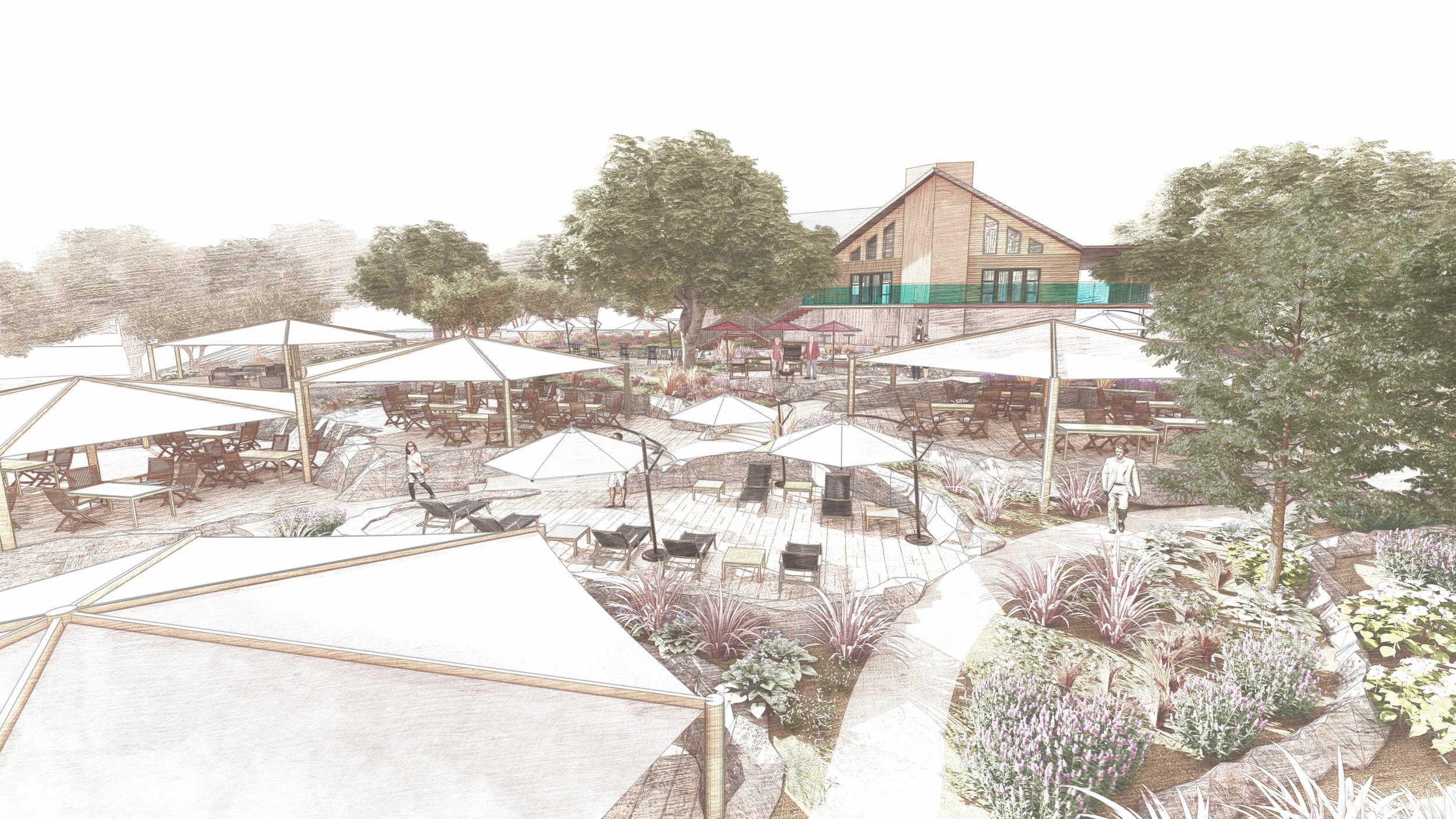
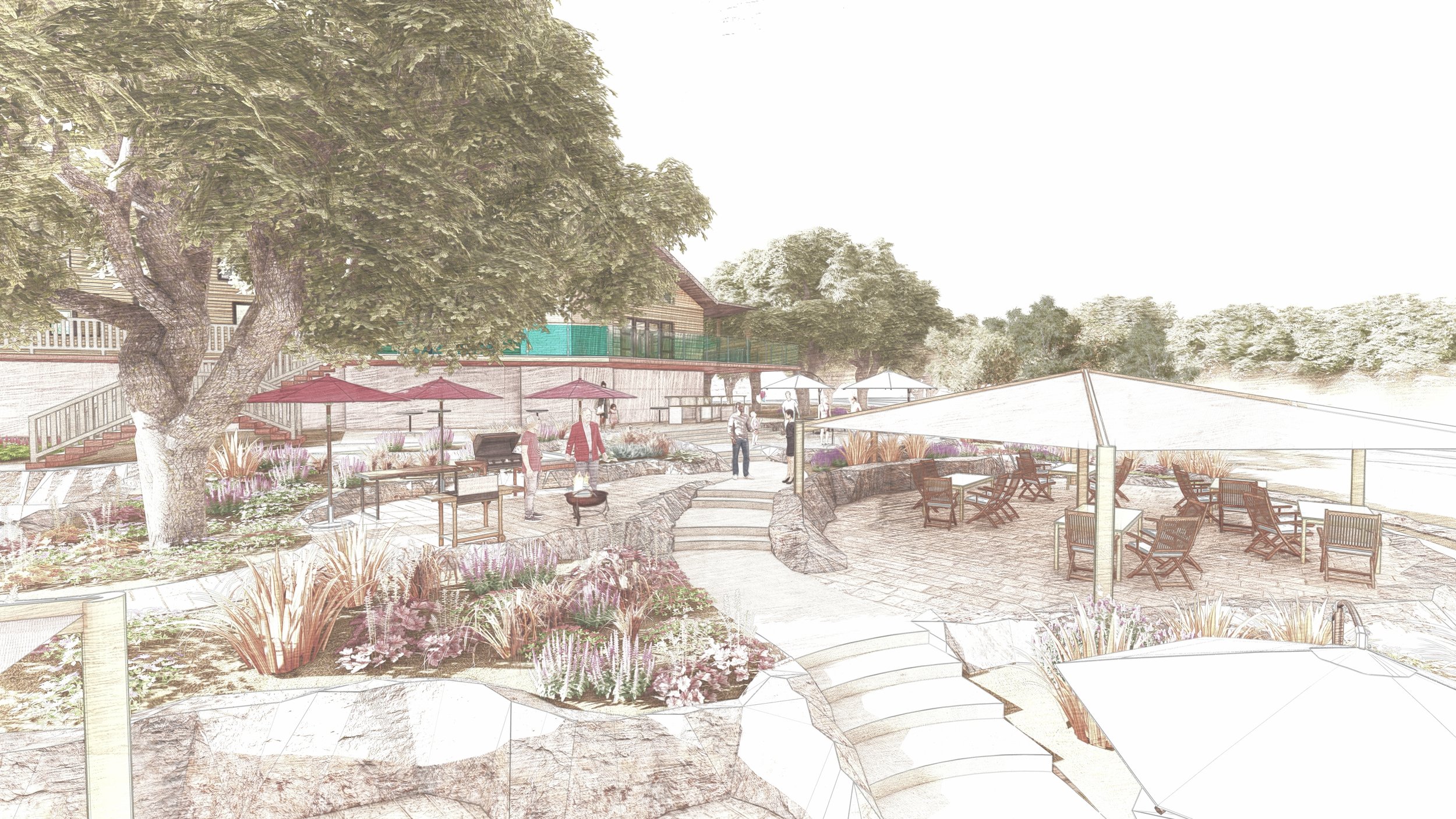
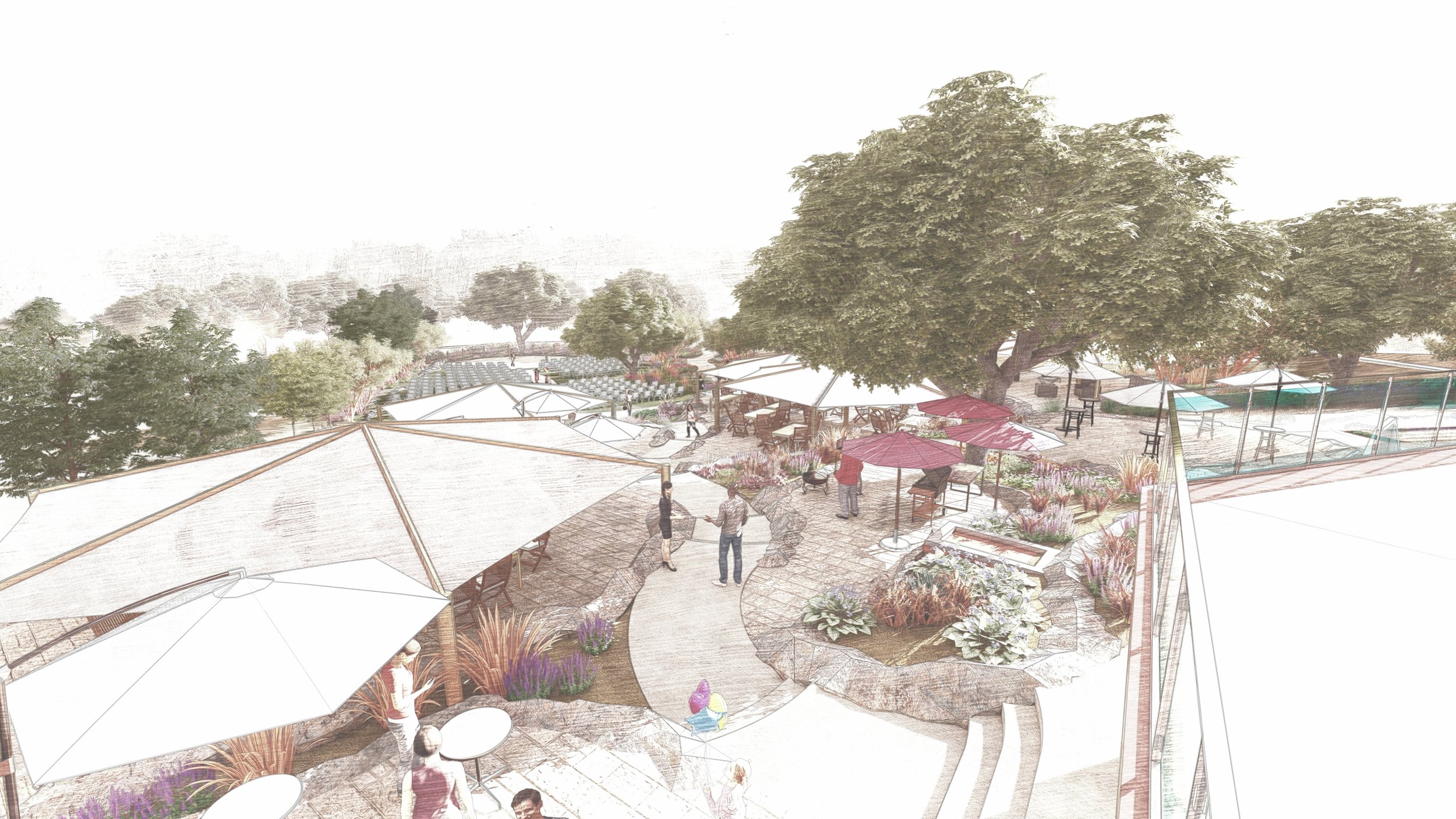
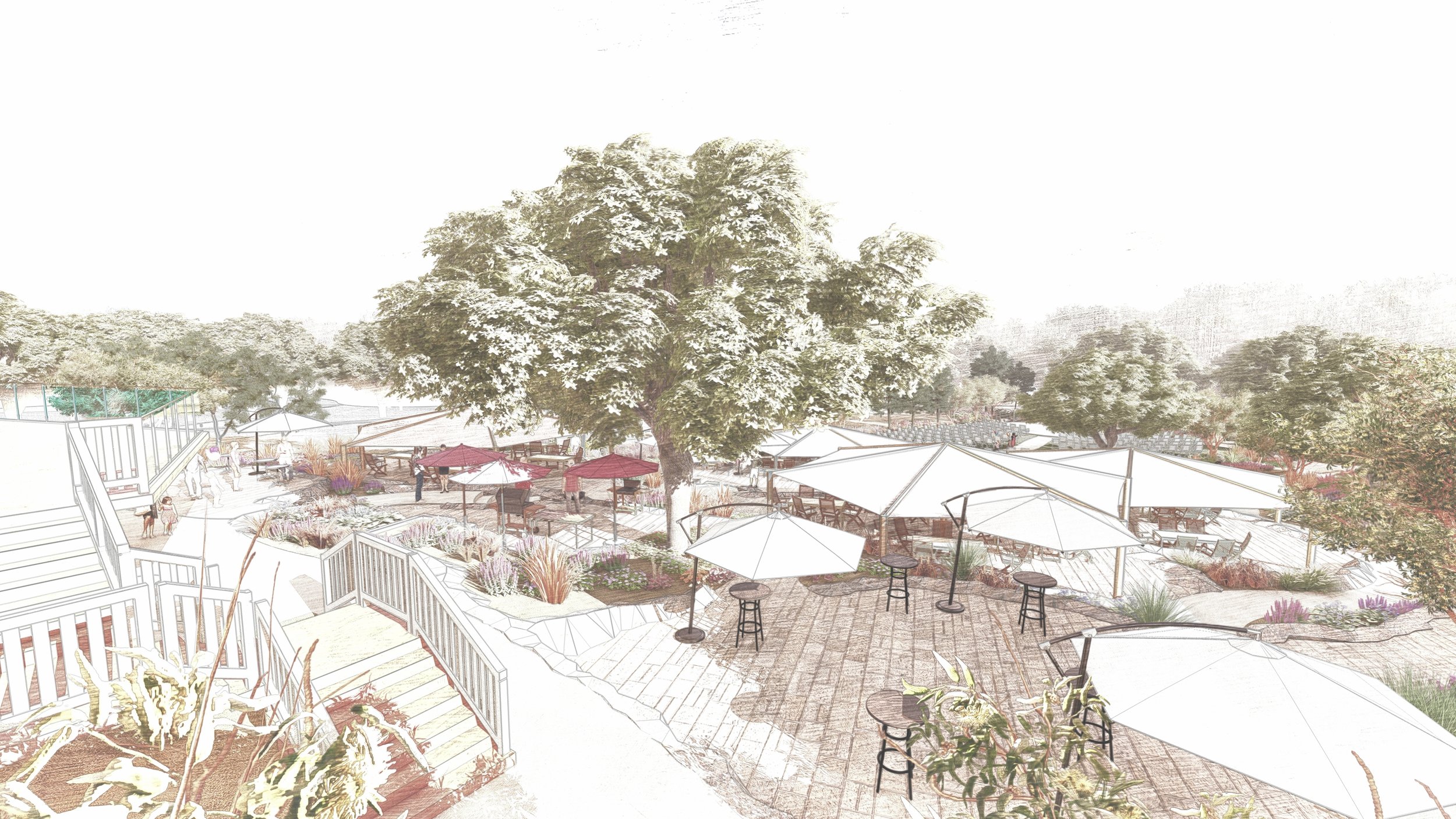
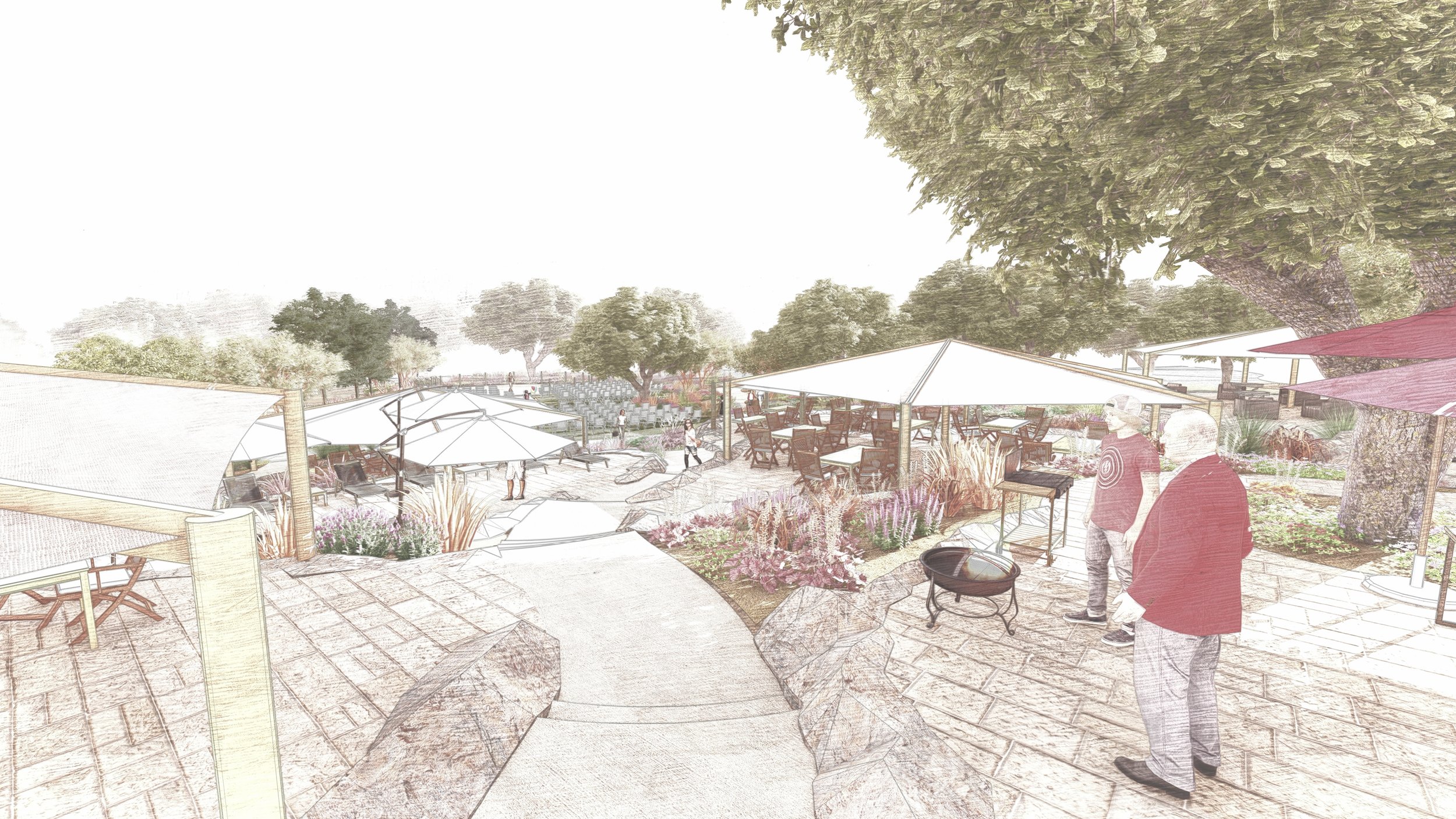
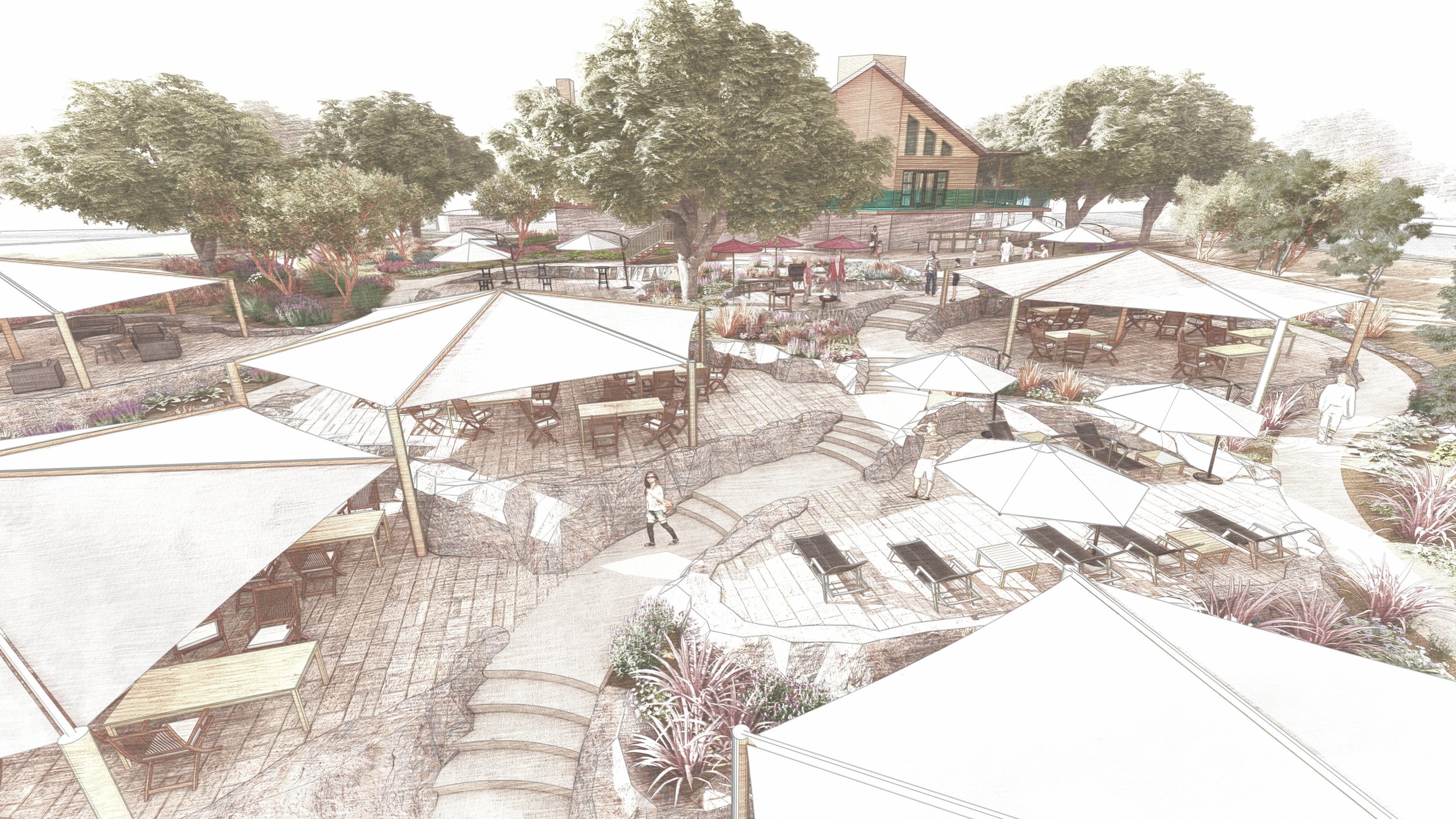
Design Concept
The garden was envisioned as a celebratory landscape — a place where architecture, planting, and open space frame life’s most important moments.
Ceremonial Lawn
A wide, enclosed green framed with shrubs and trees creates a stage for weddings and events, offering views of the surrounding mountains.
Reception Terraces
Generous terraces provide flexible areas for dining, dancing, and gathering, designed to accommodate both intimate and large celebrations.
Planting Palette
Native California plants mix with Mediterranean perennials and roses, ensuring year-round beauty, fragrance, and resilience.
Evening Ambience
Subtle lighting transforms the garden into a romantic night setting, with illuminated pathways, trees, and terraces creating a magical experience.
EXISTING LANDSCAPE CONDITION
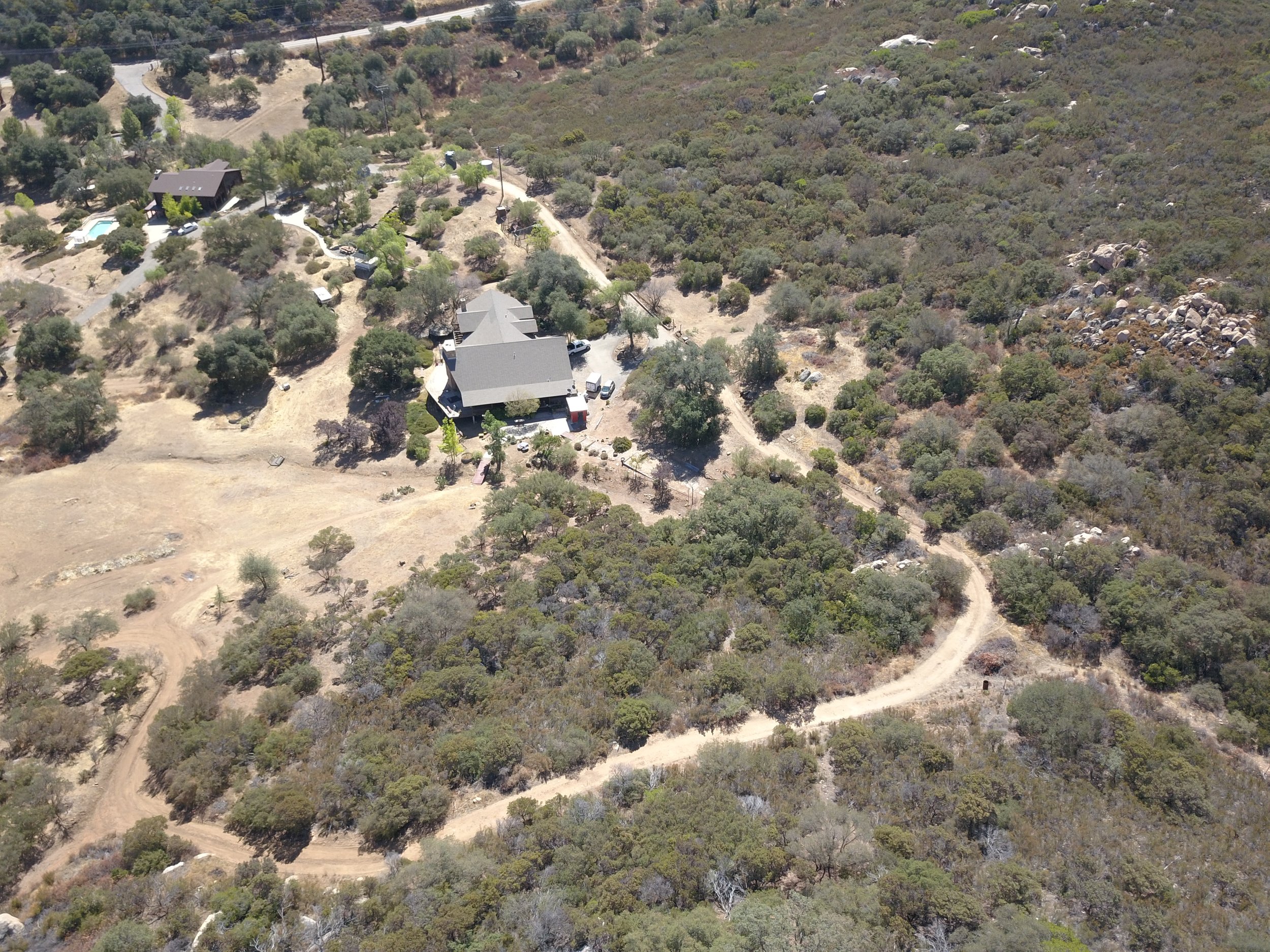
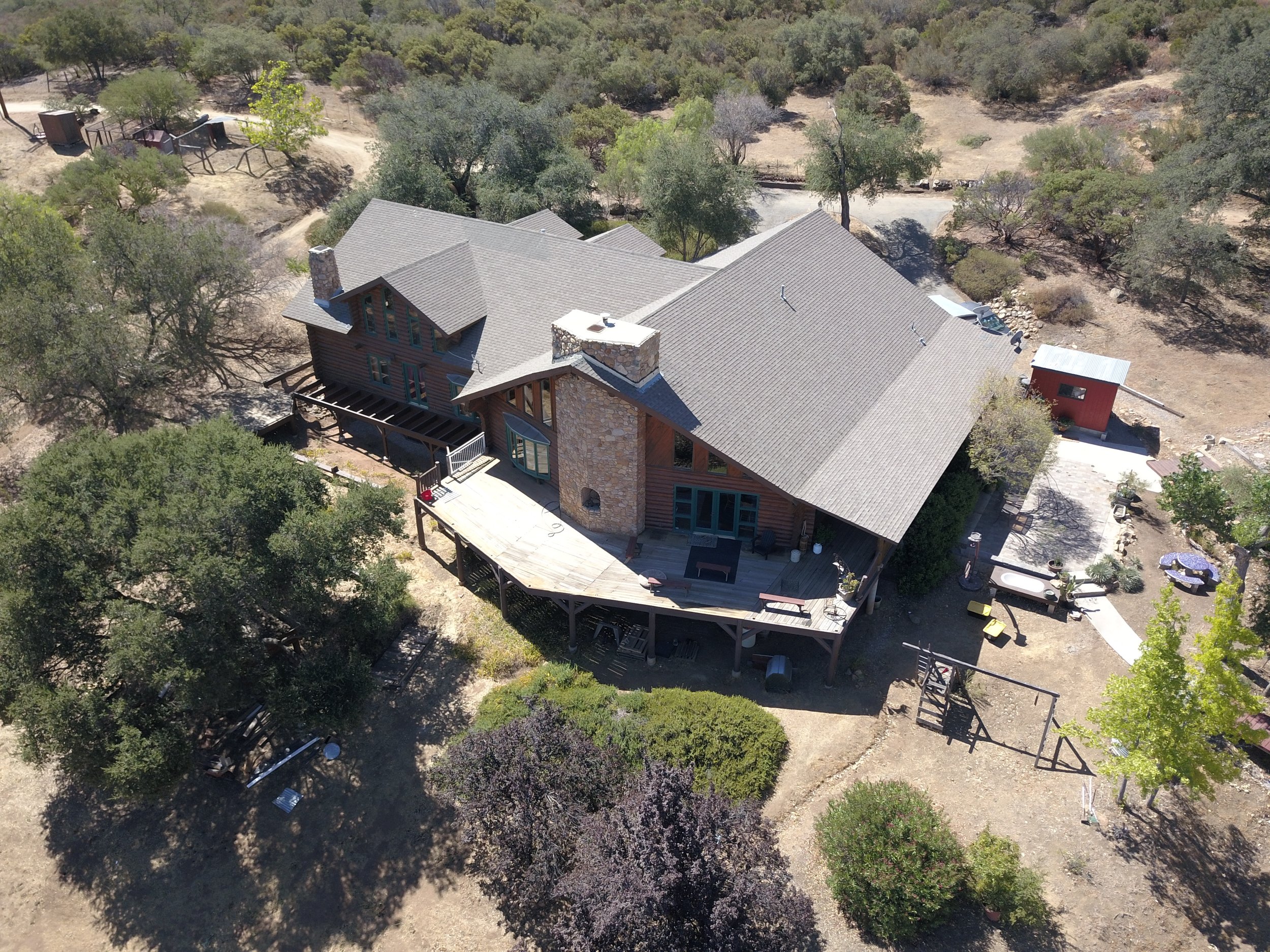

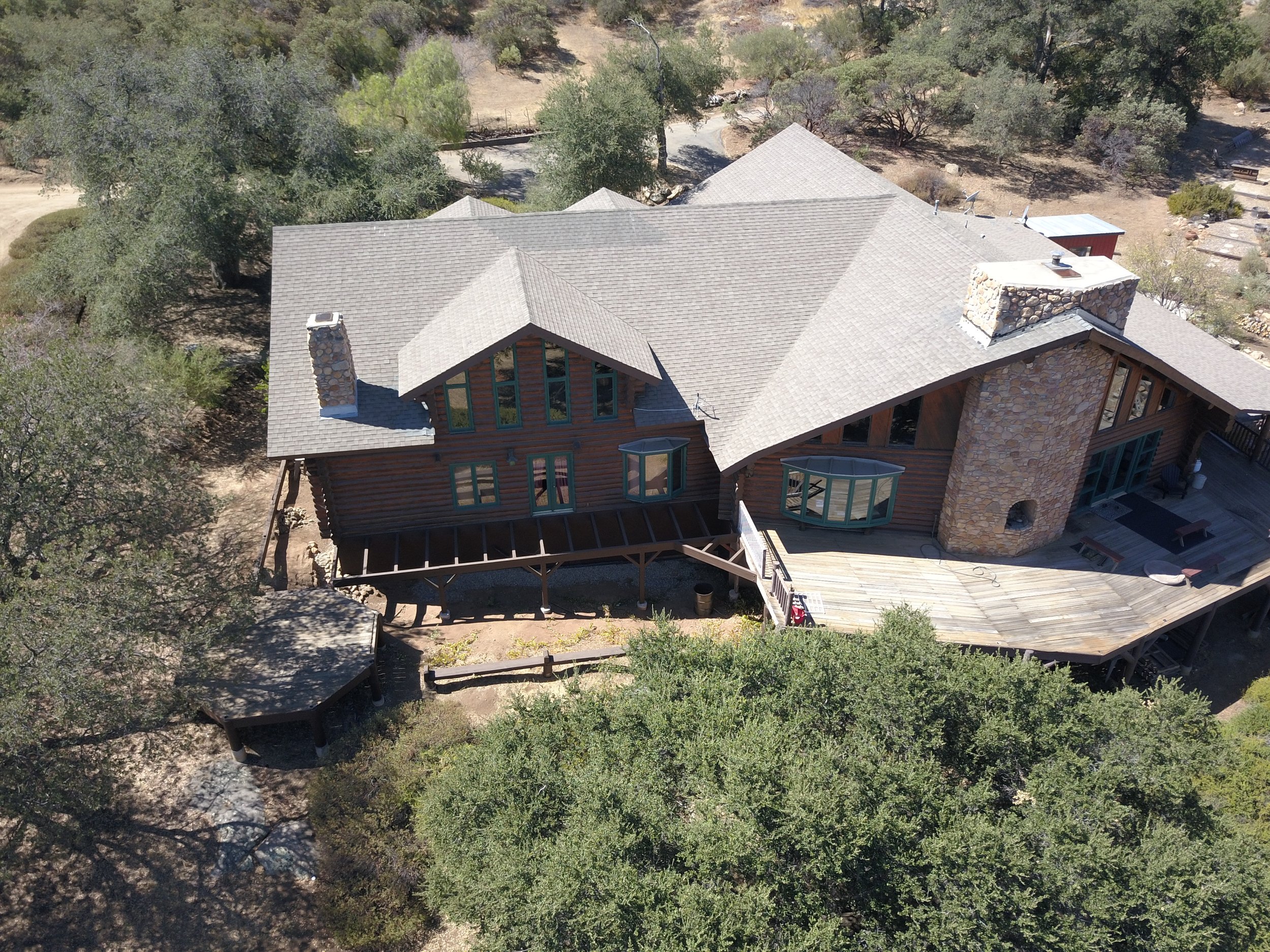
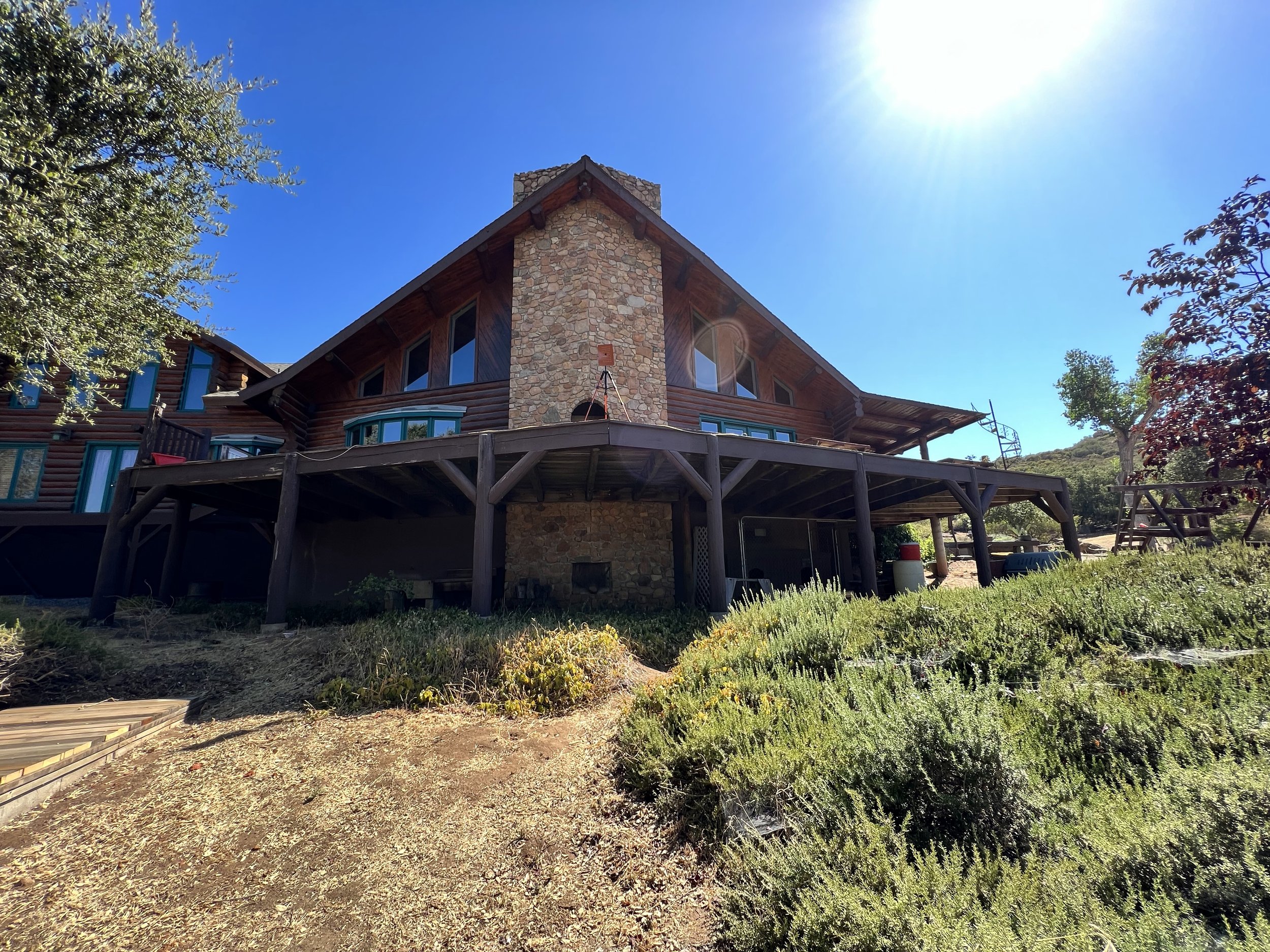
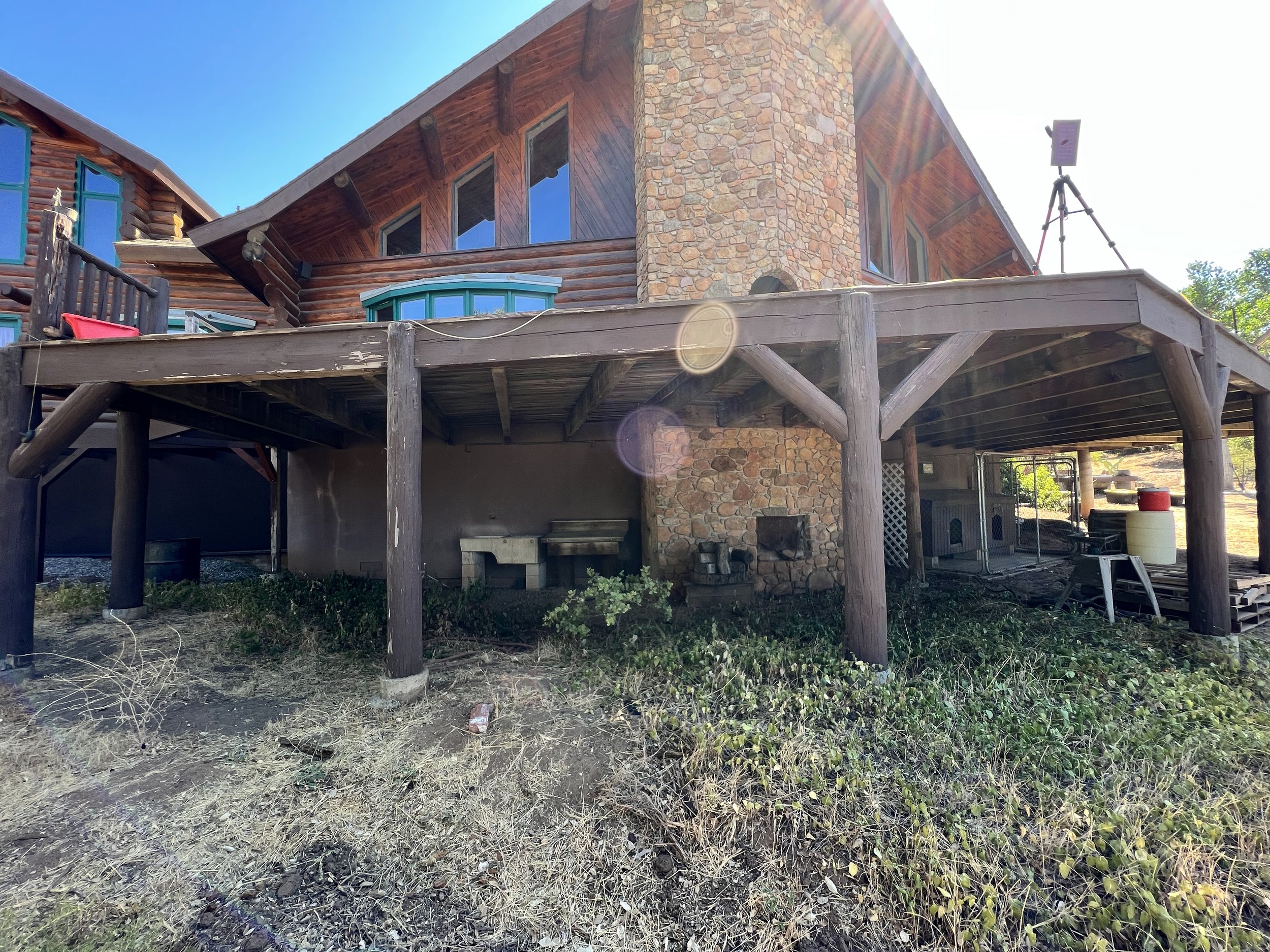
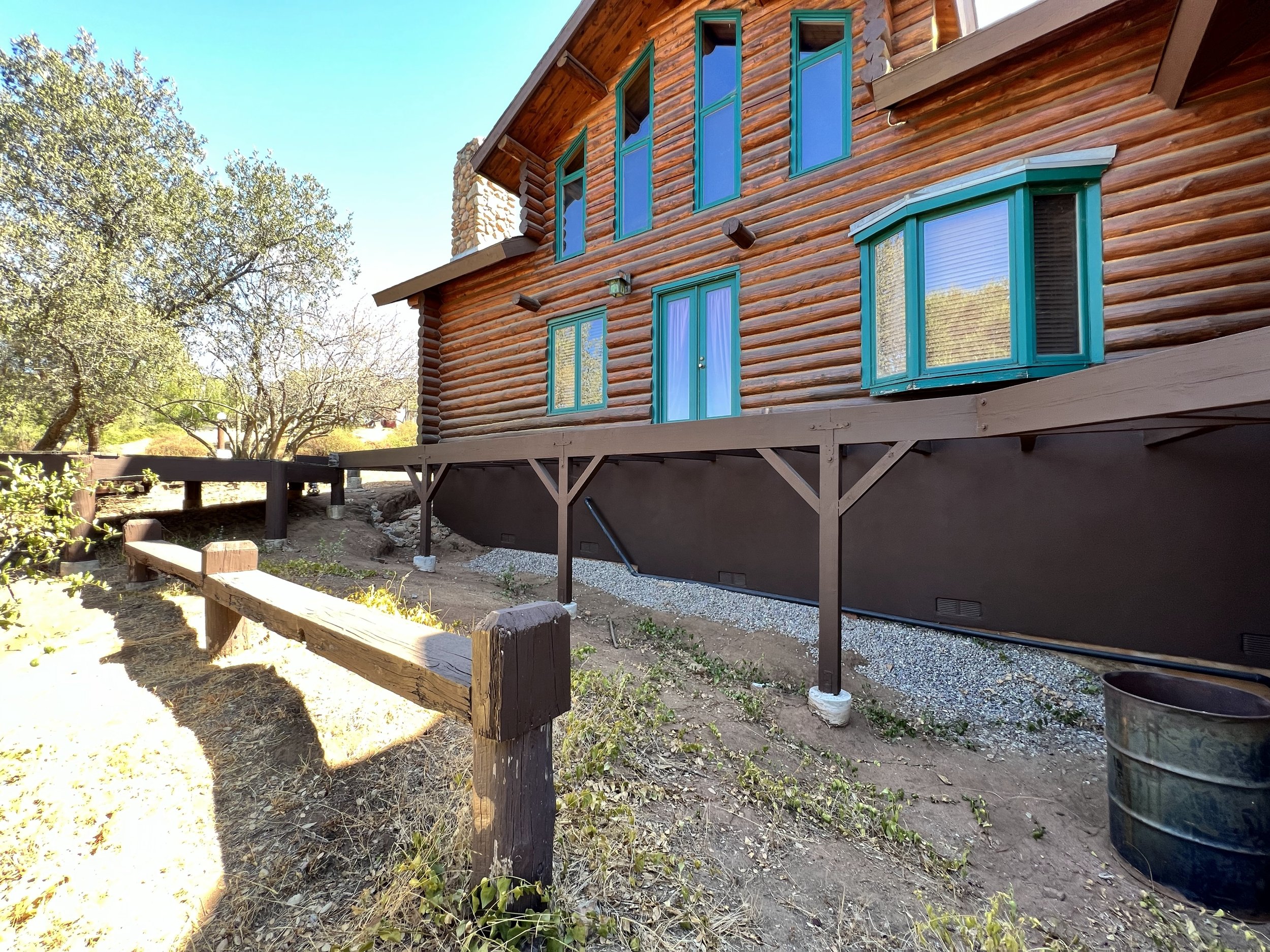
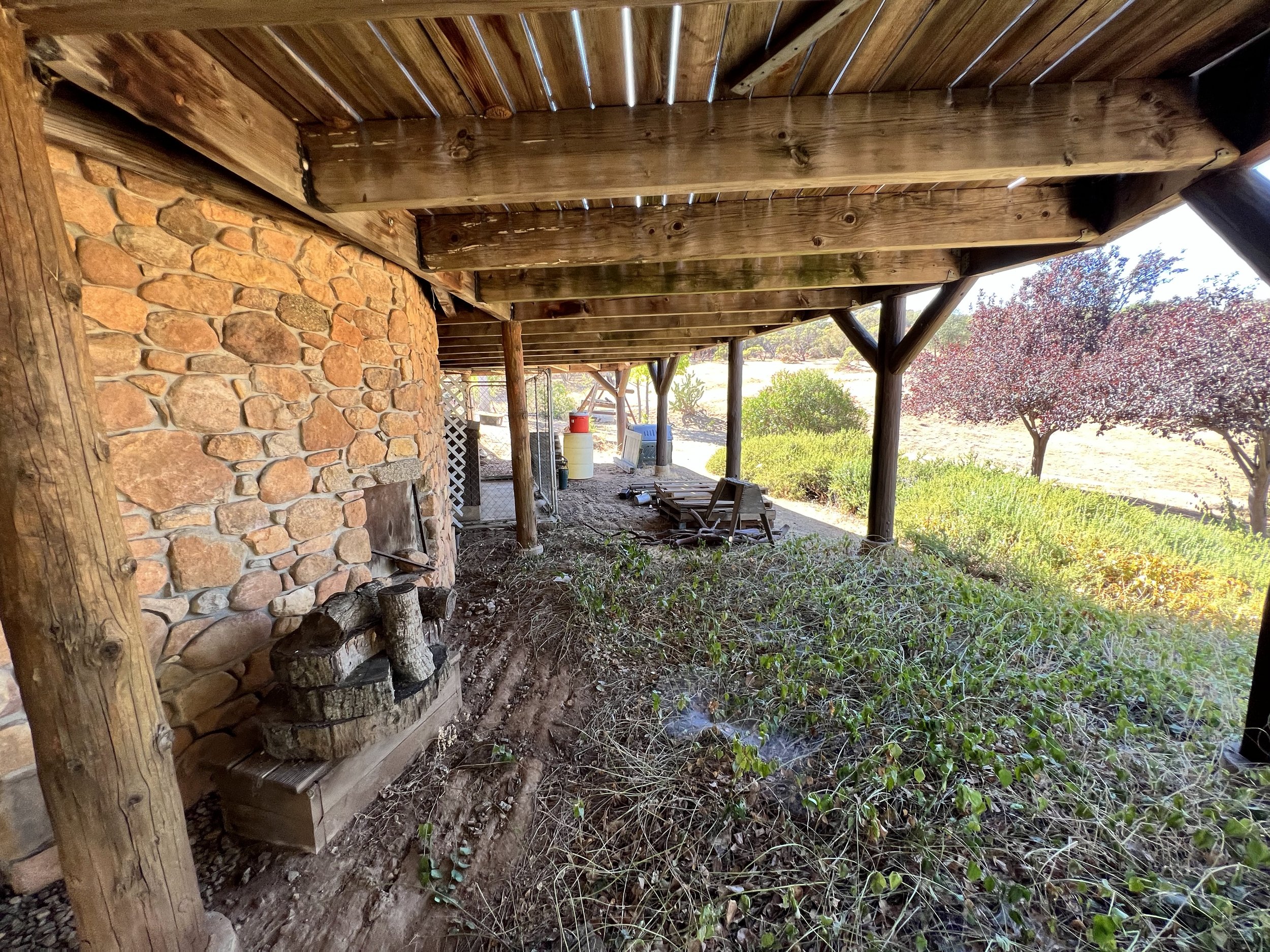
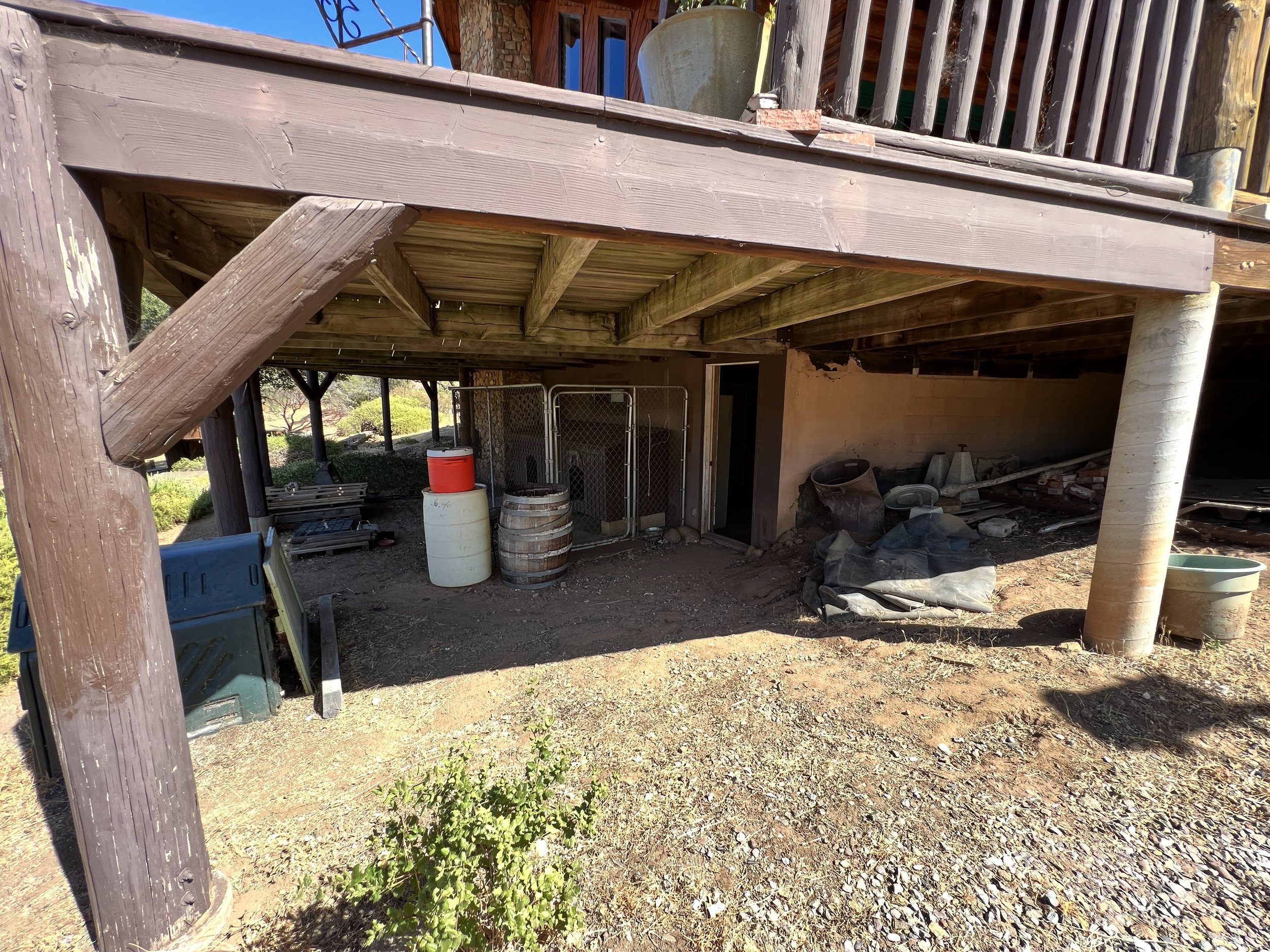
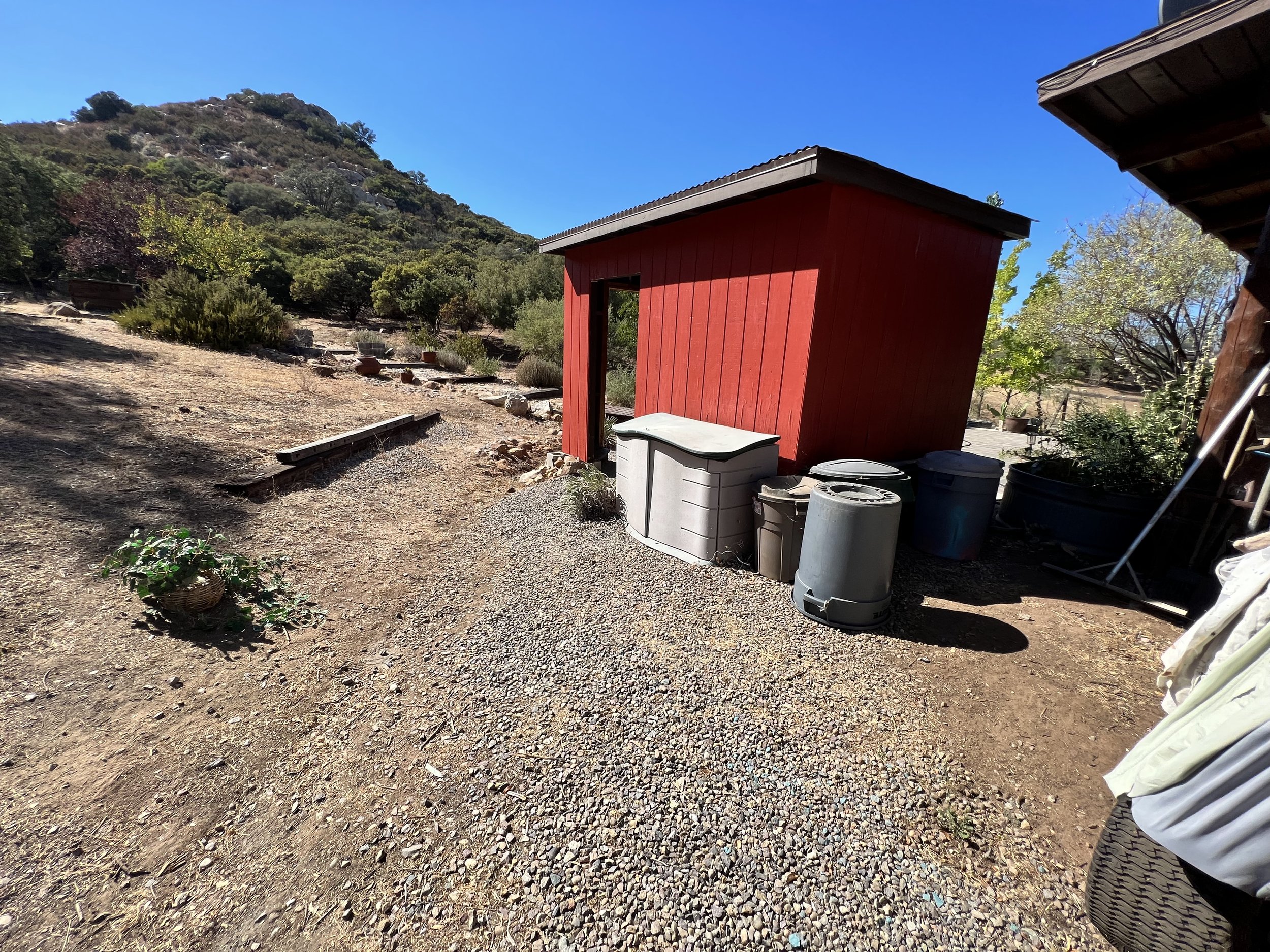
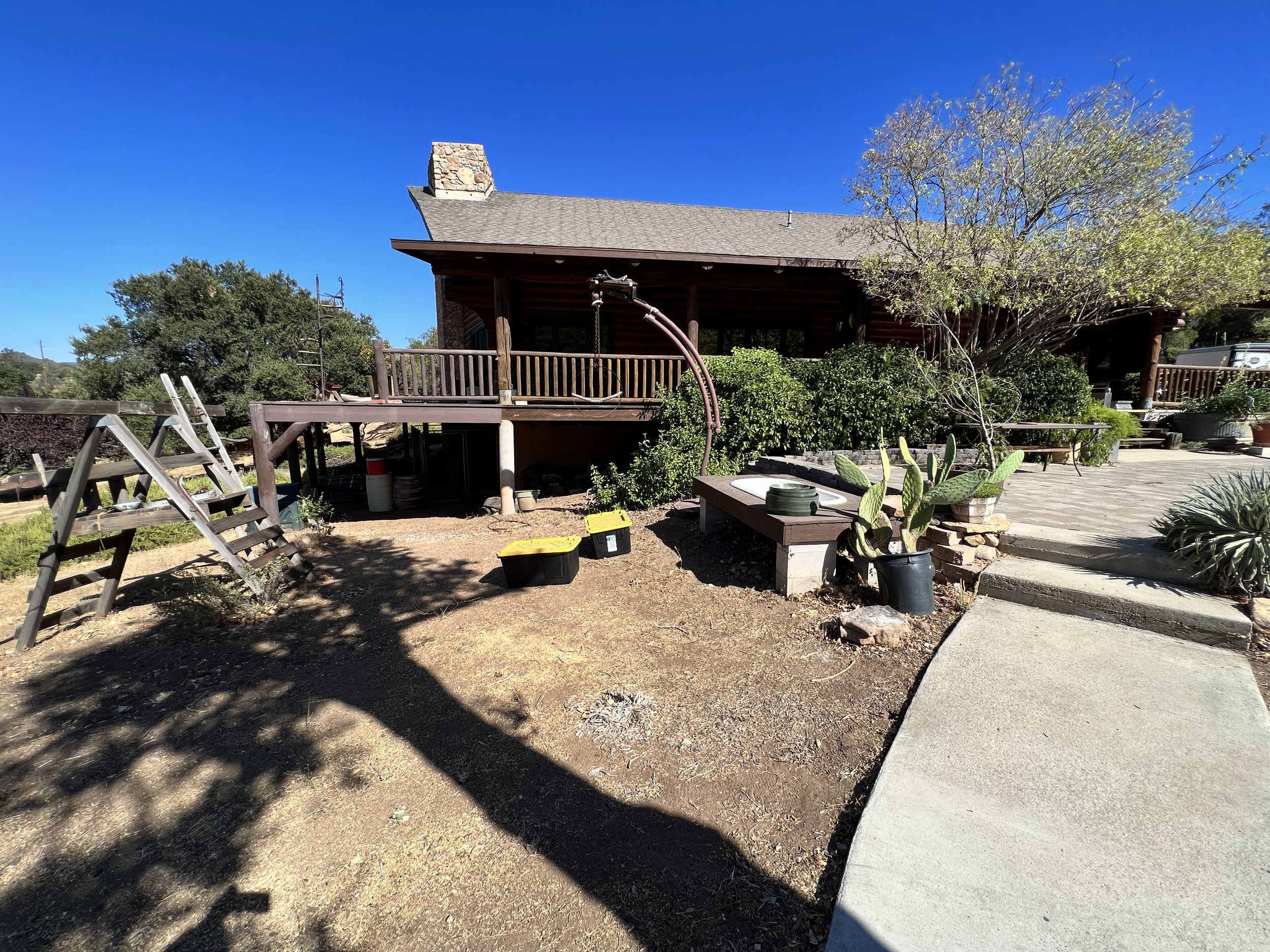
PROJECT DESIGN DRAWINGS
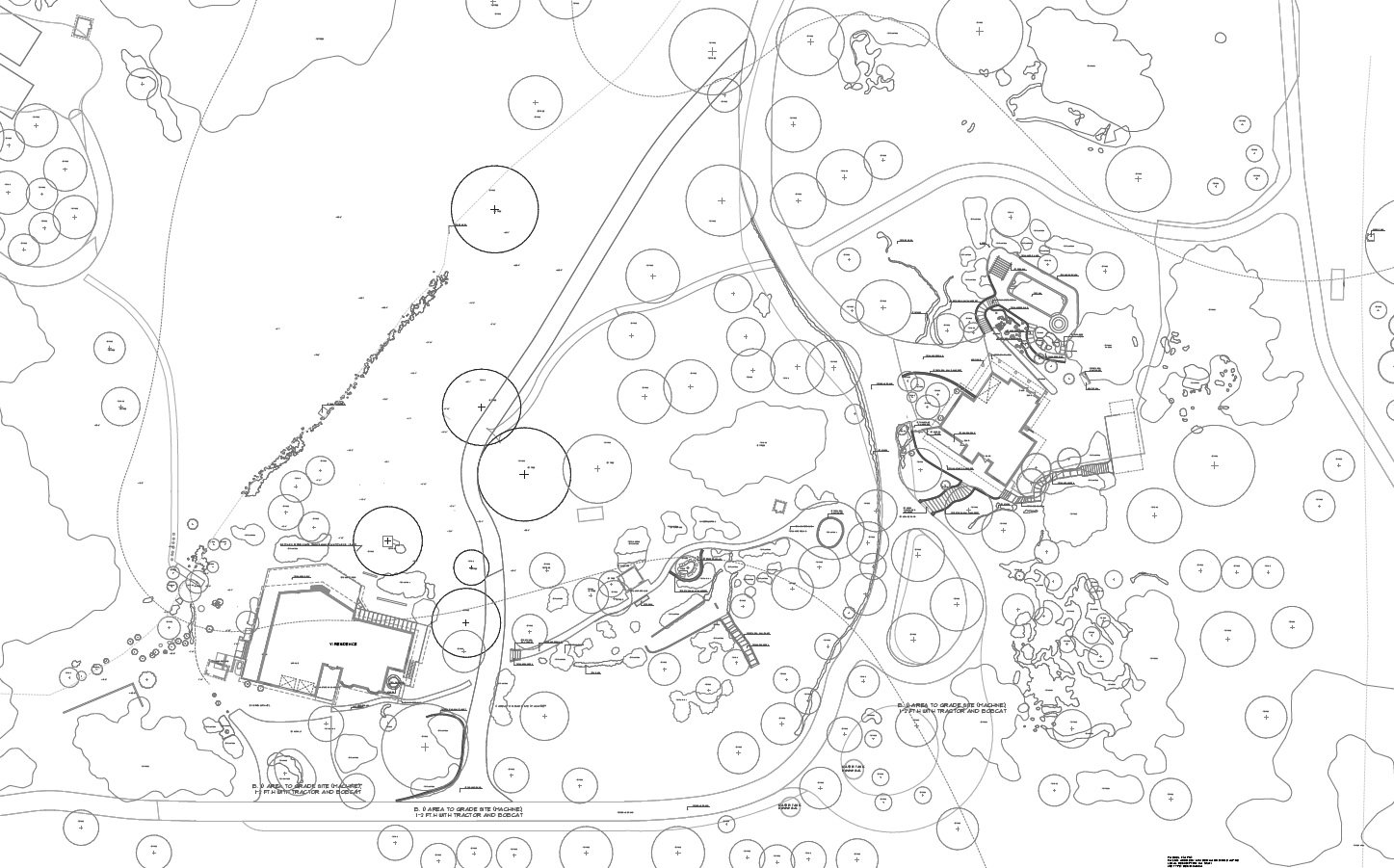
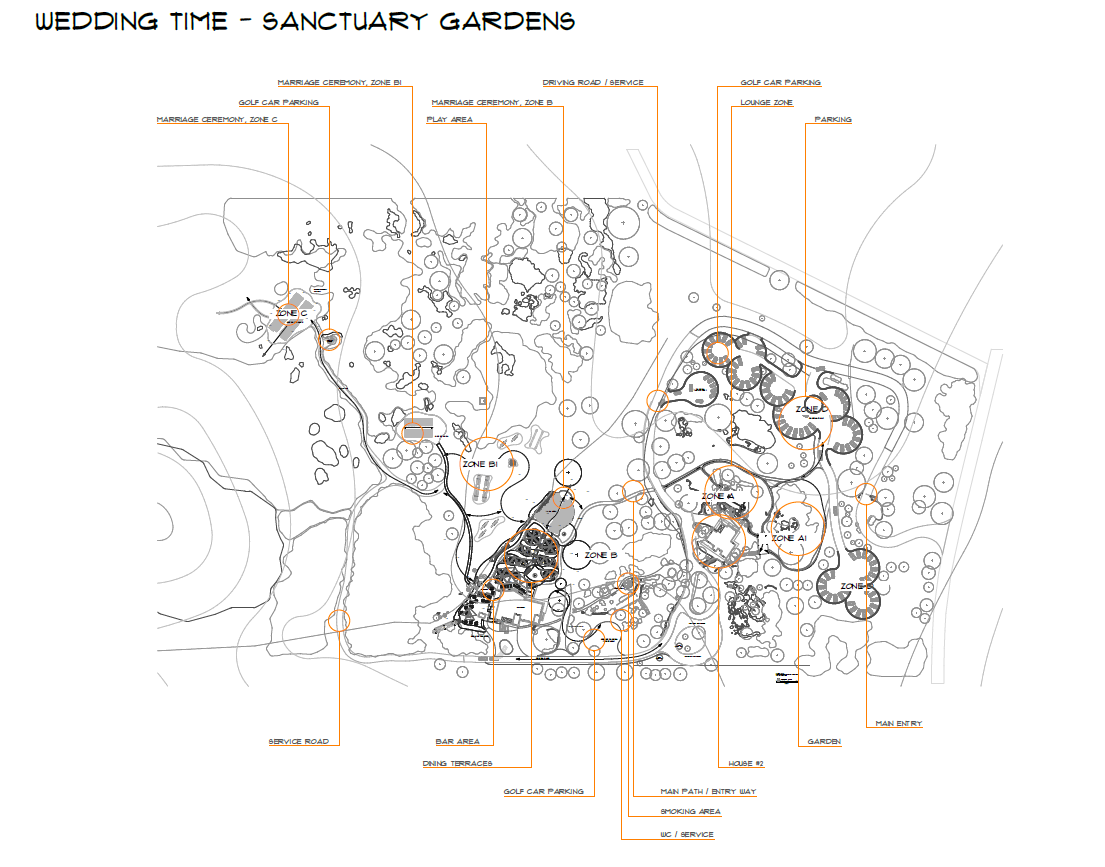
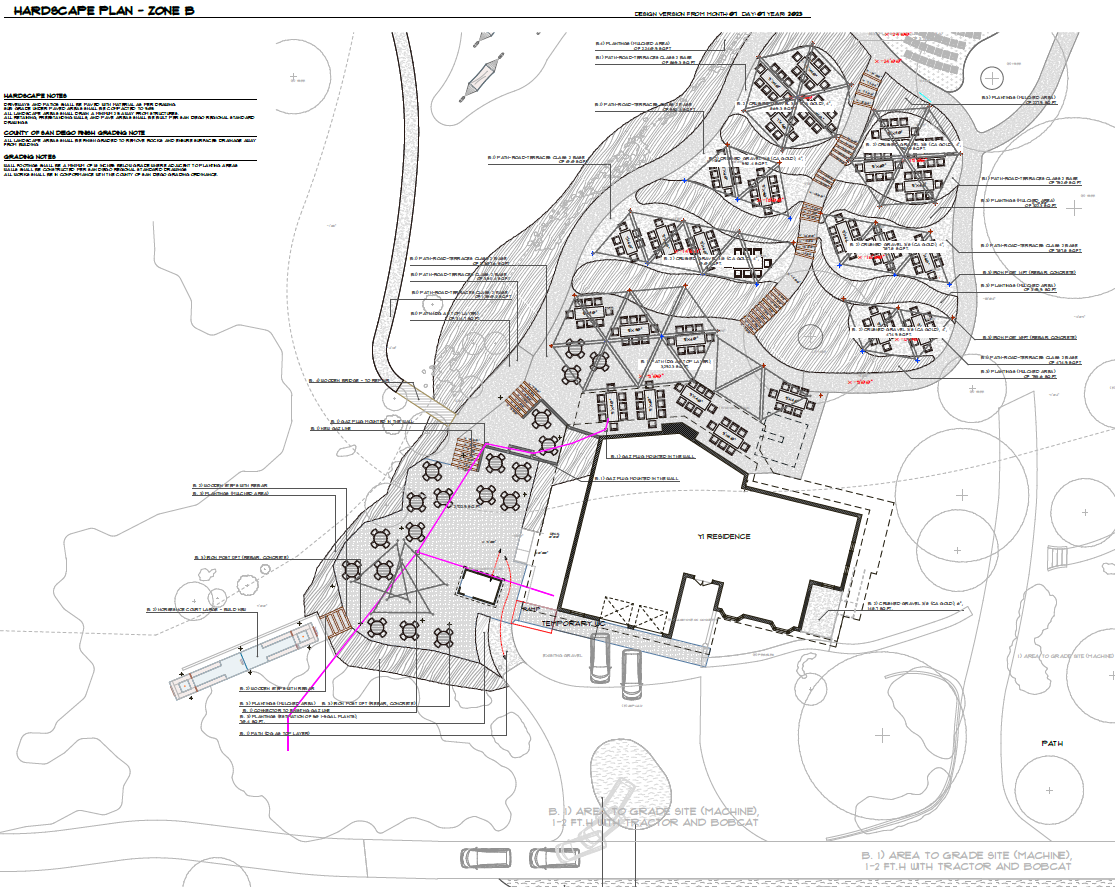
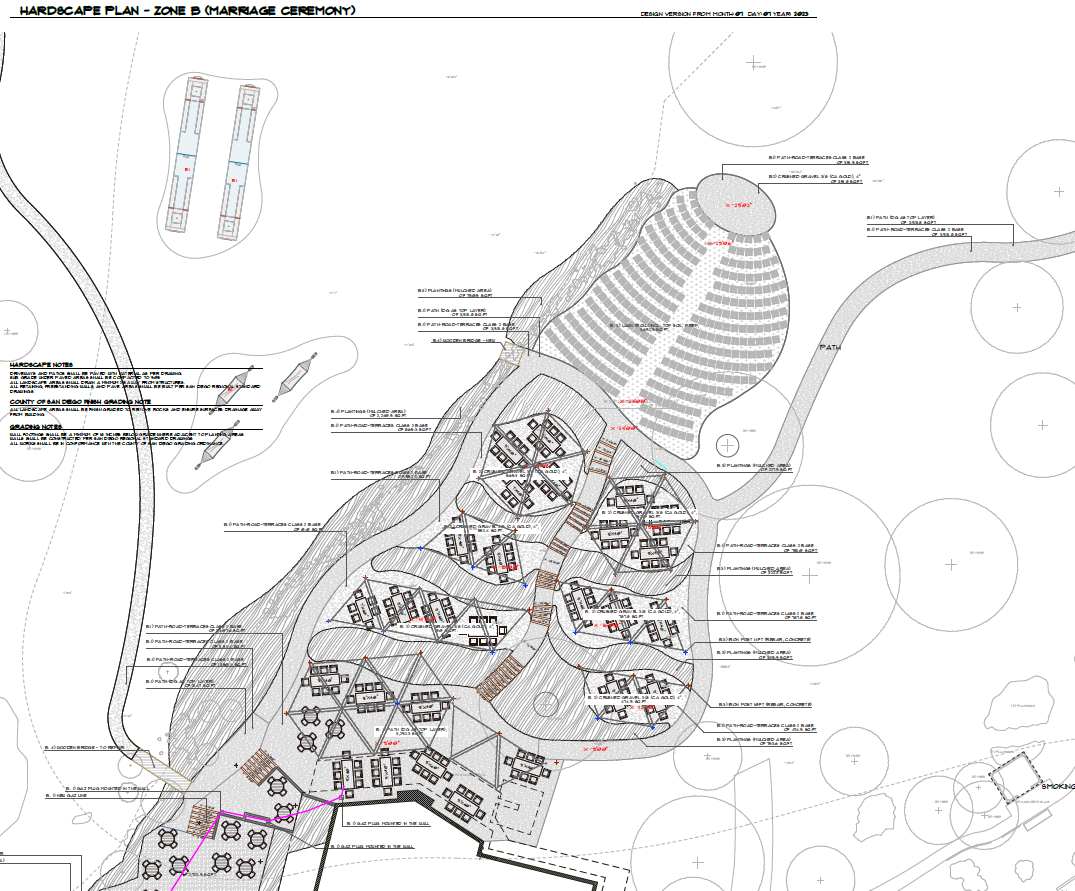
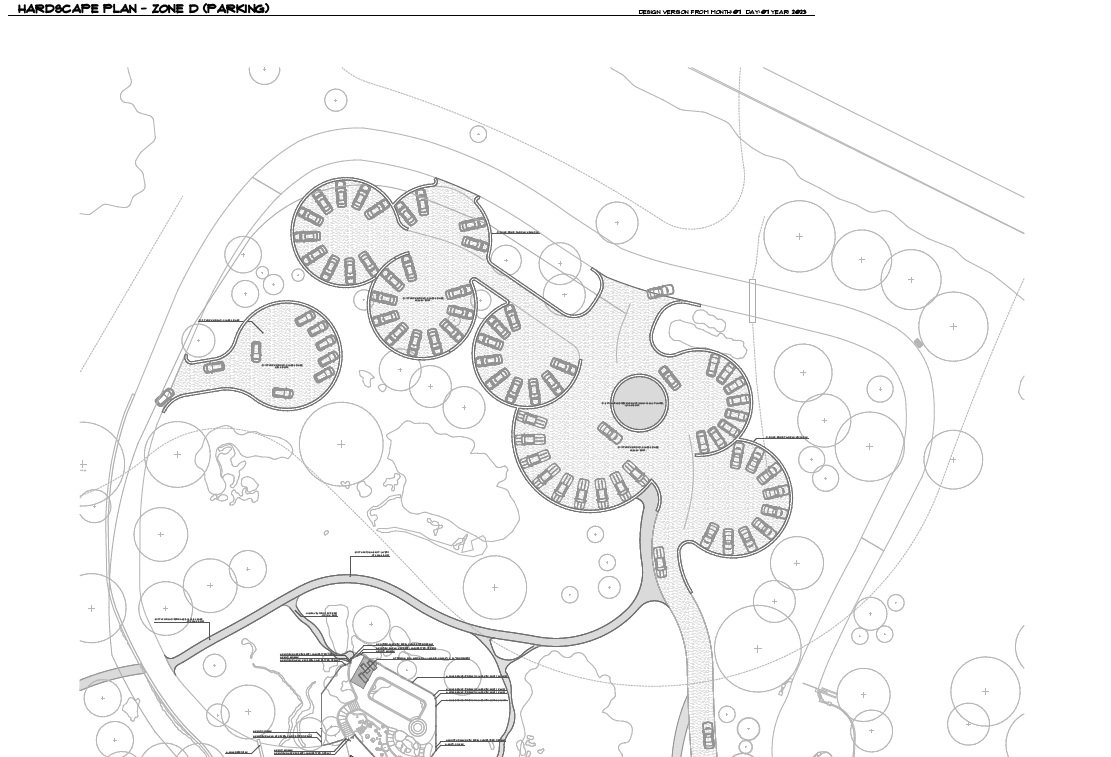
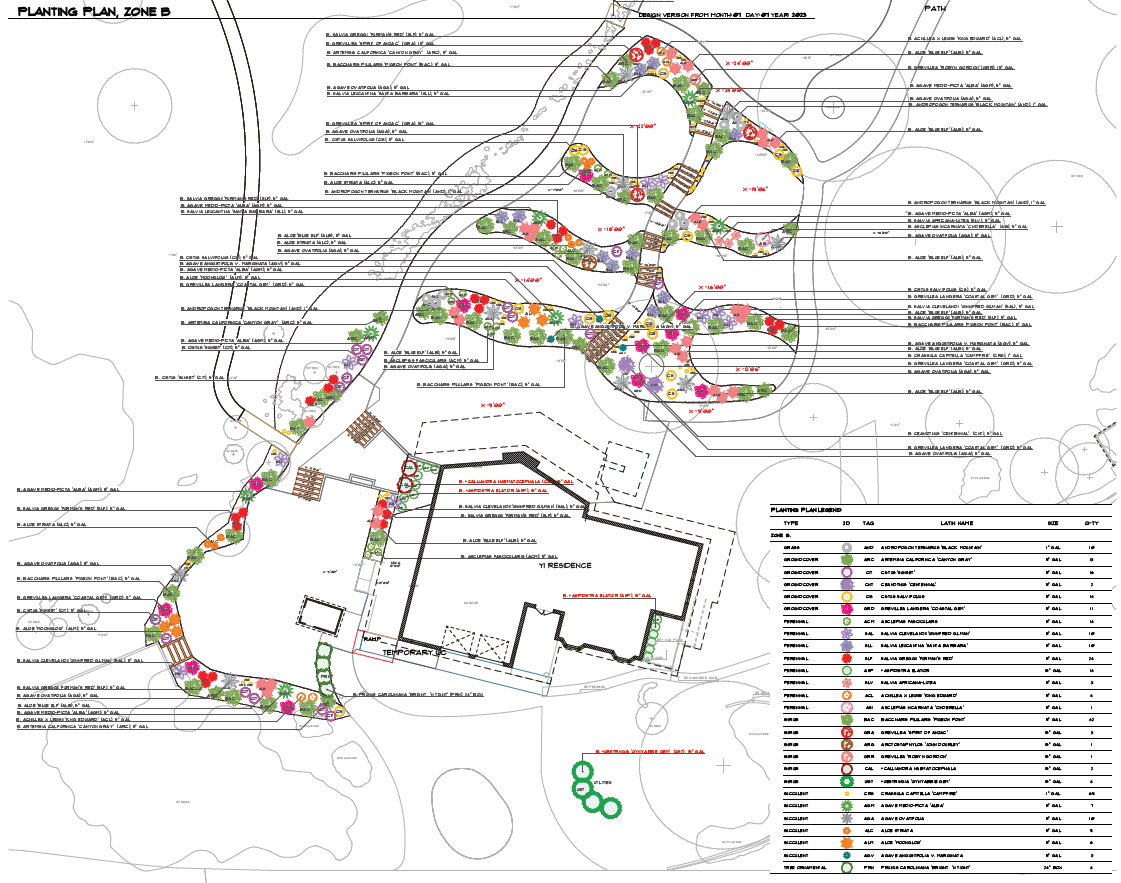
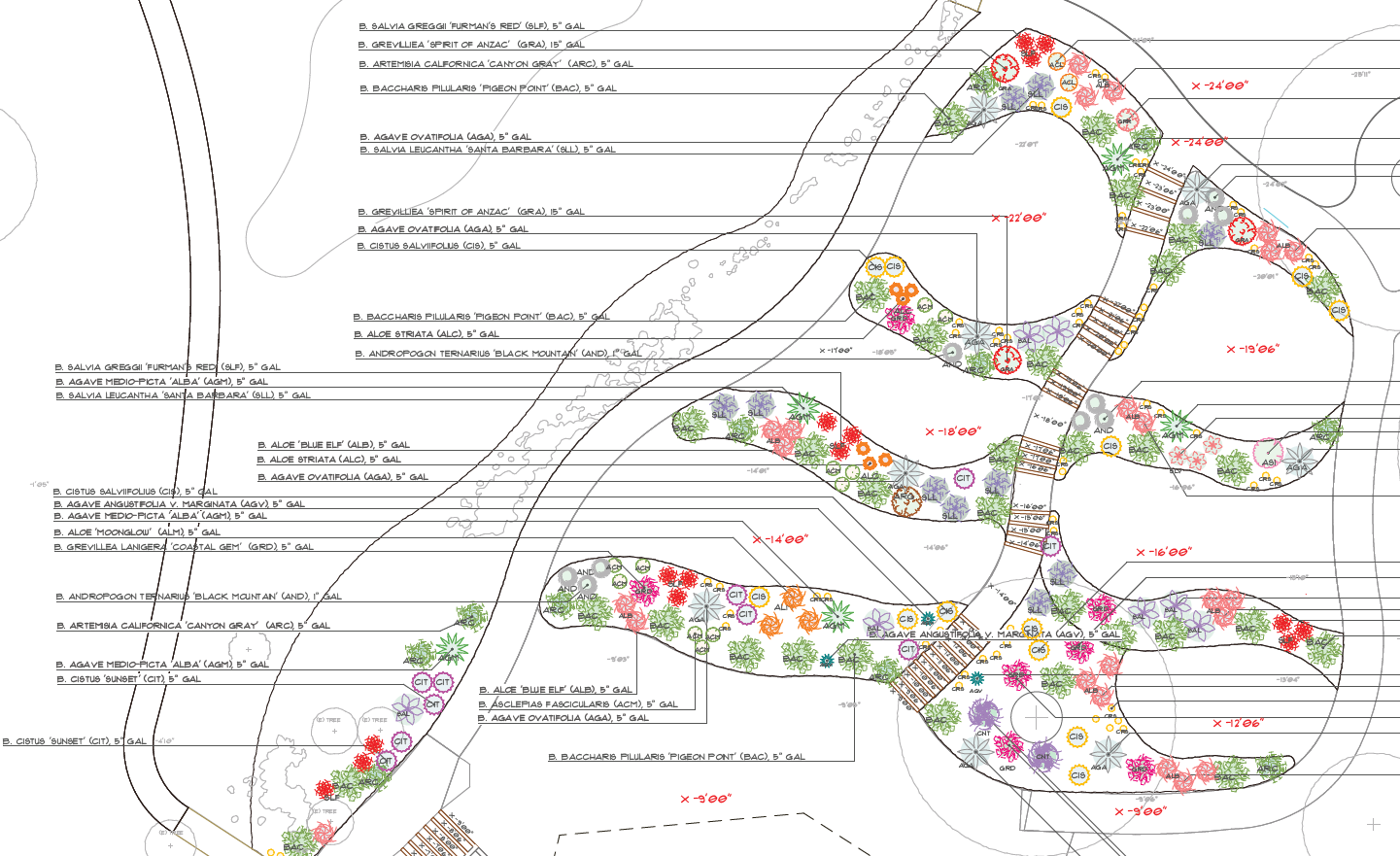
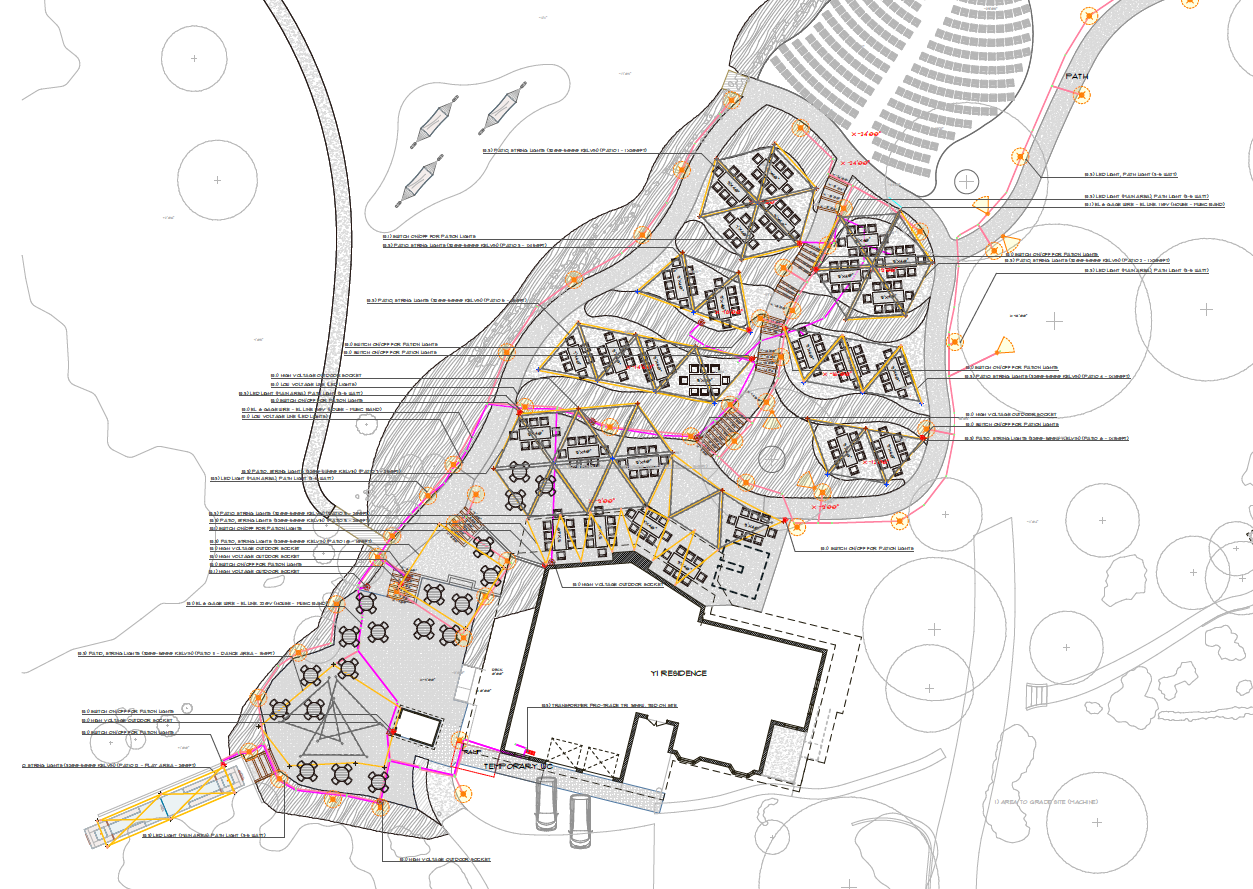
INSTALLATION, LANDSCAPE DESIGN WORK IN PROGRESS
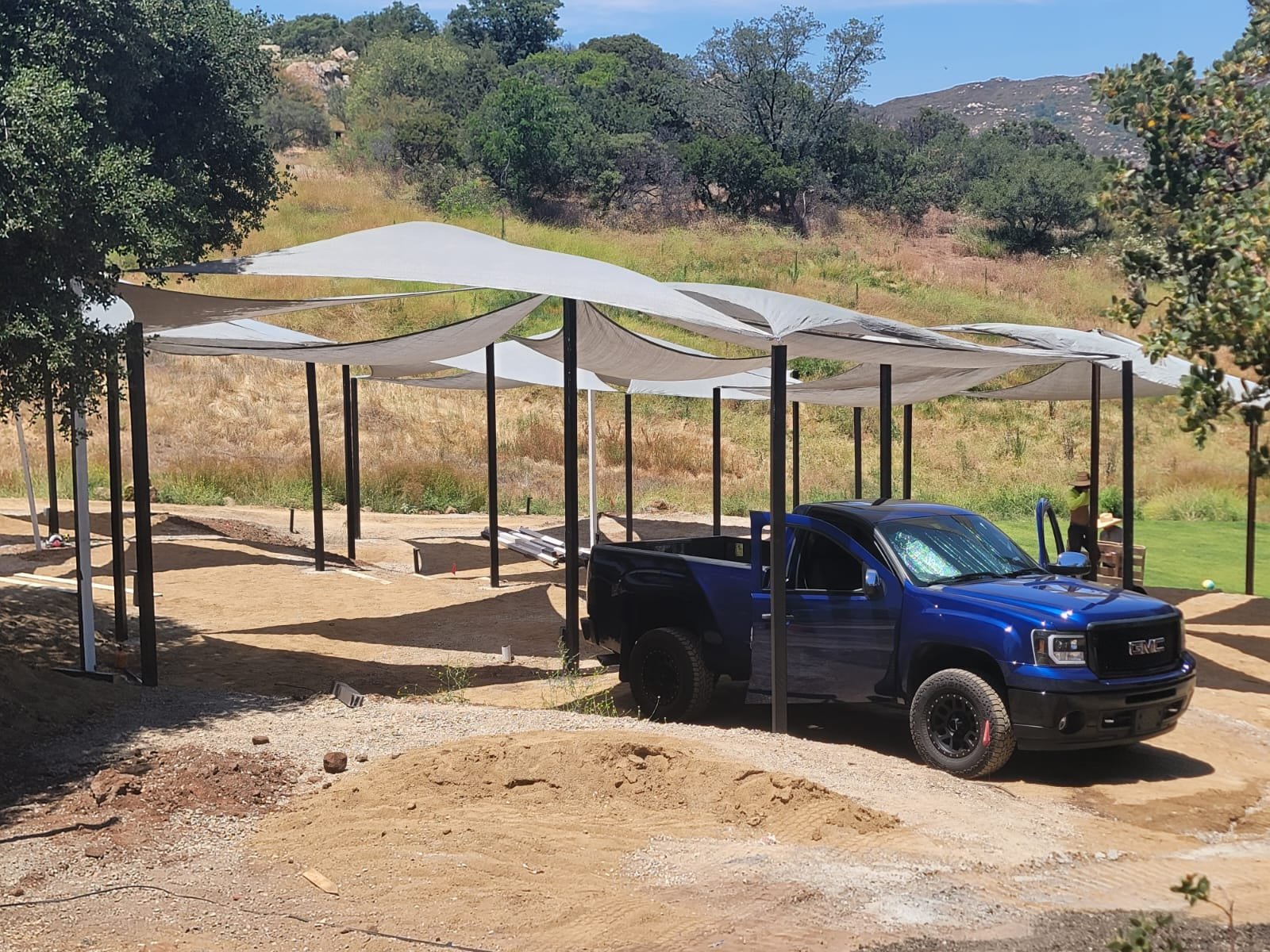
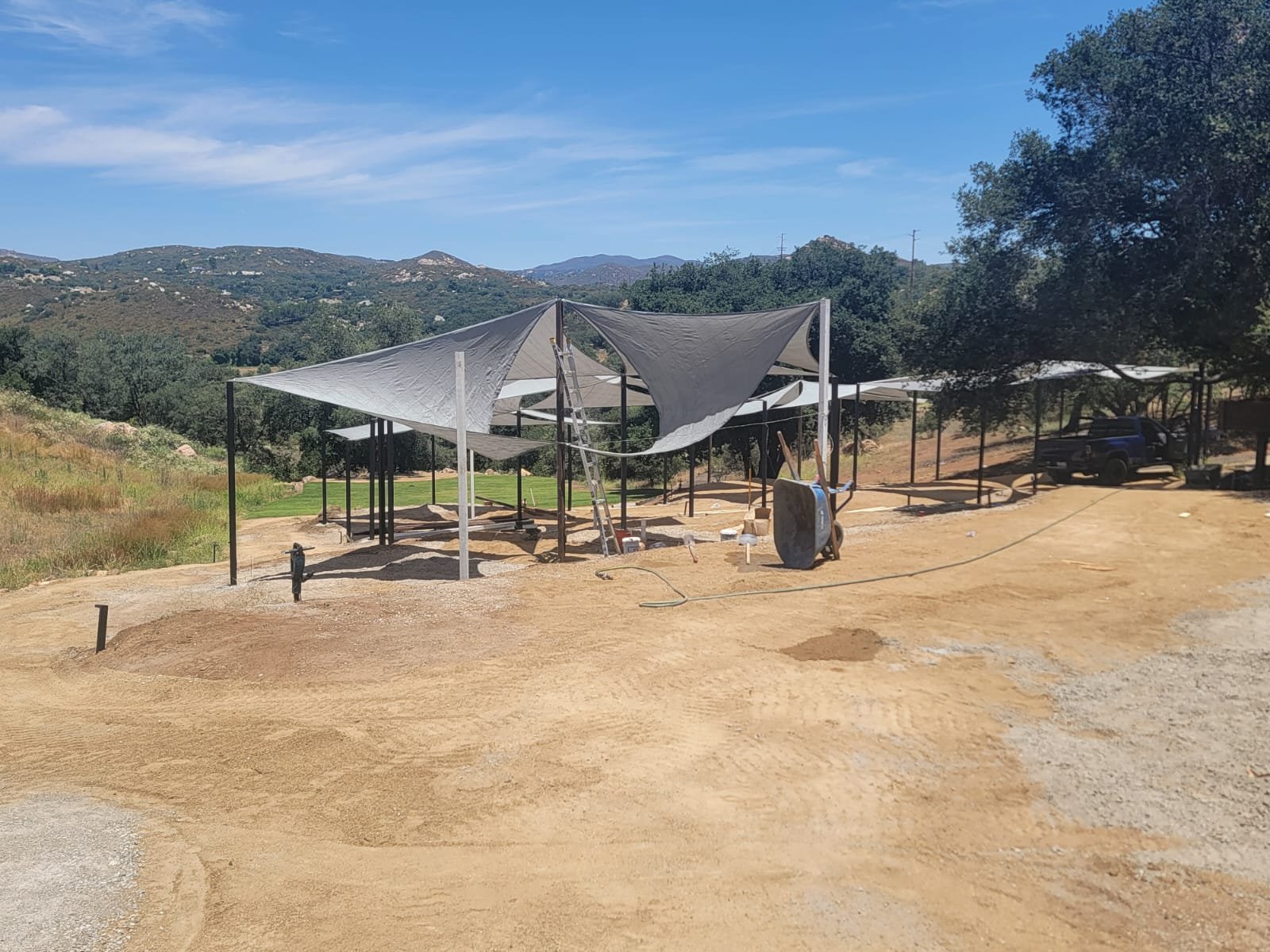
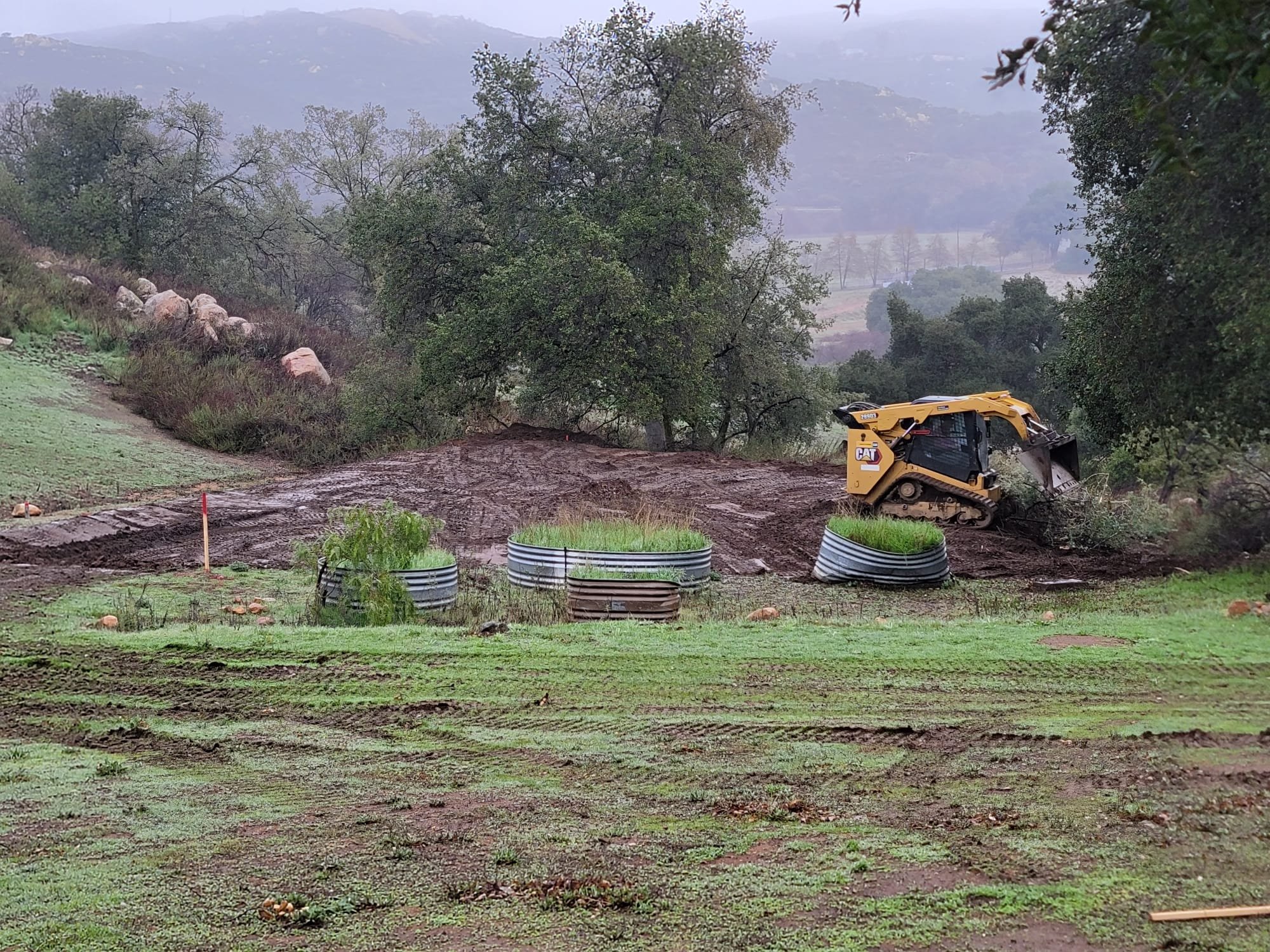
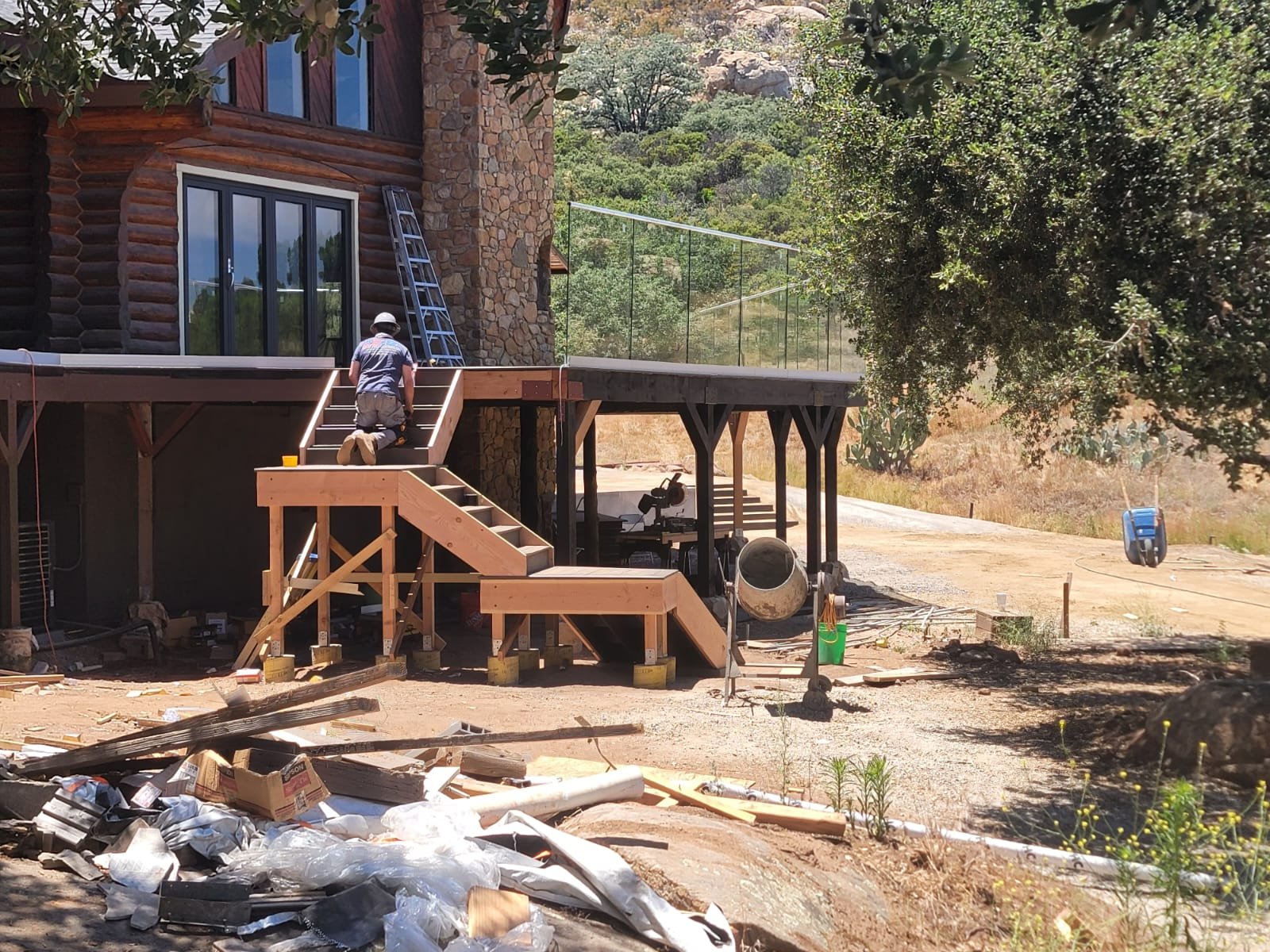
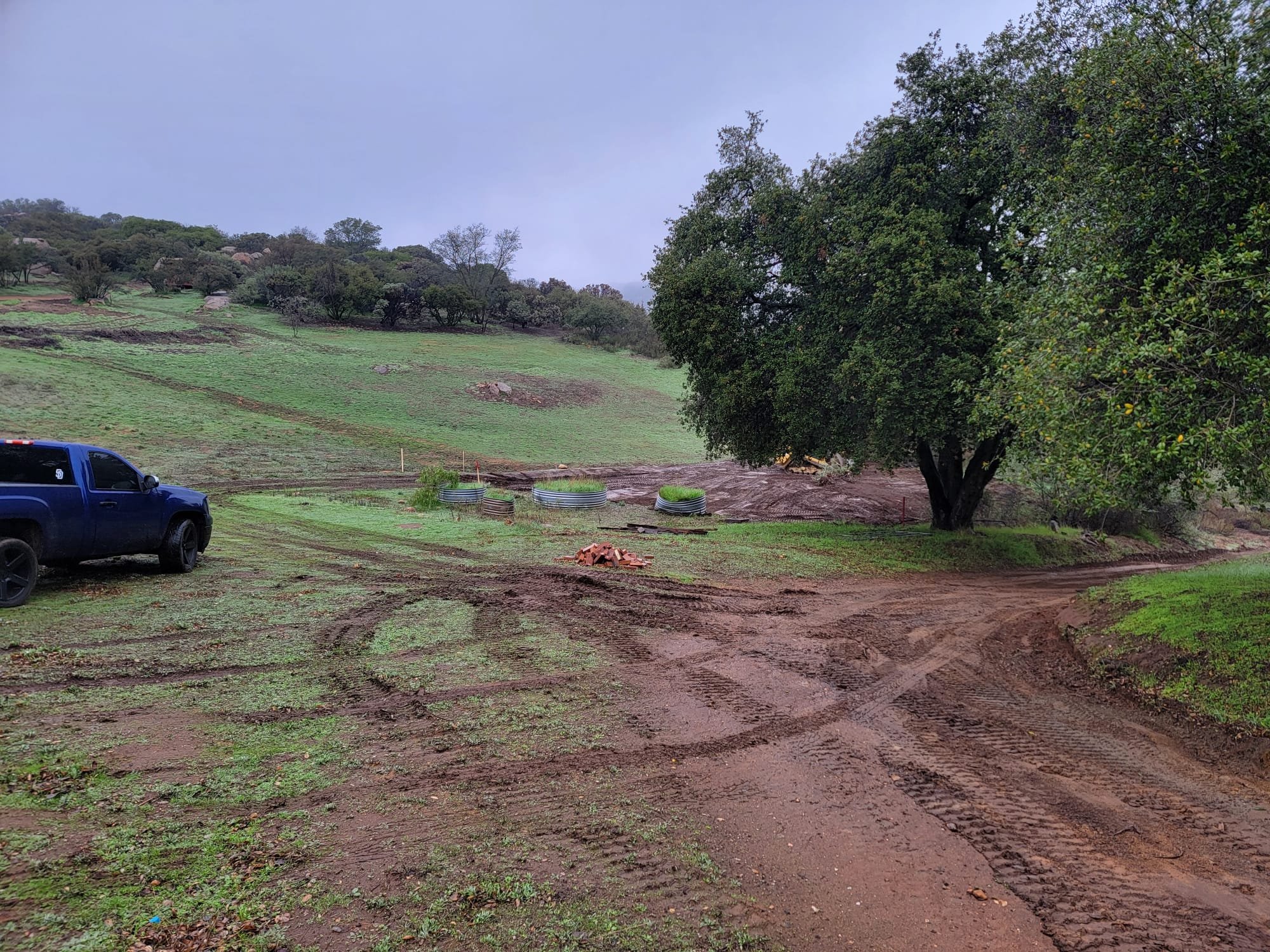

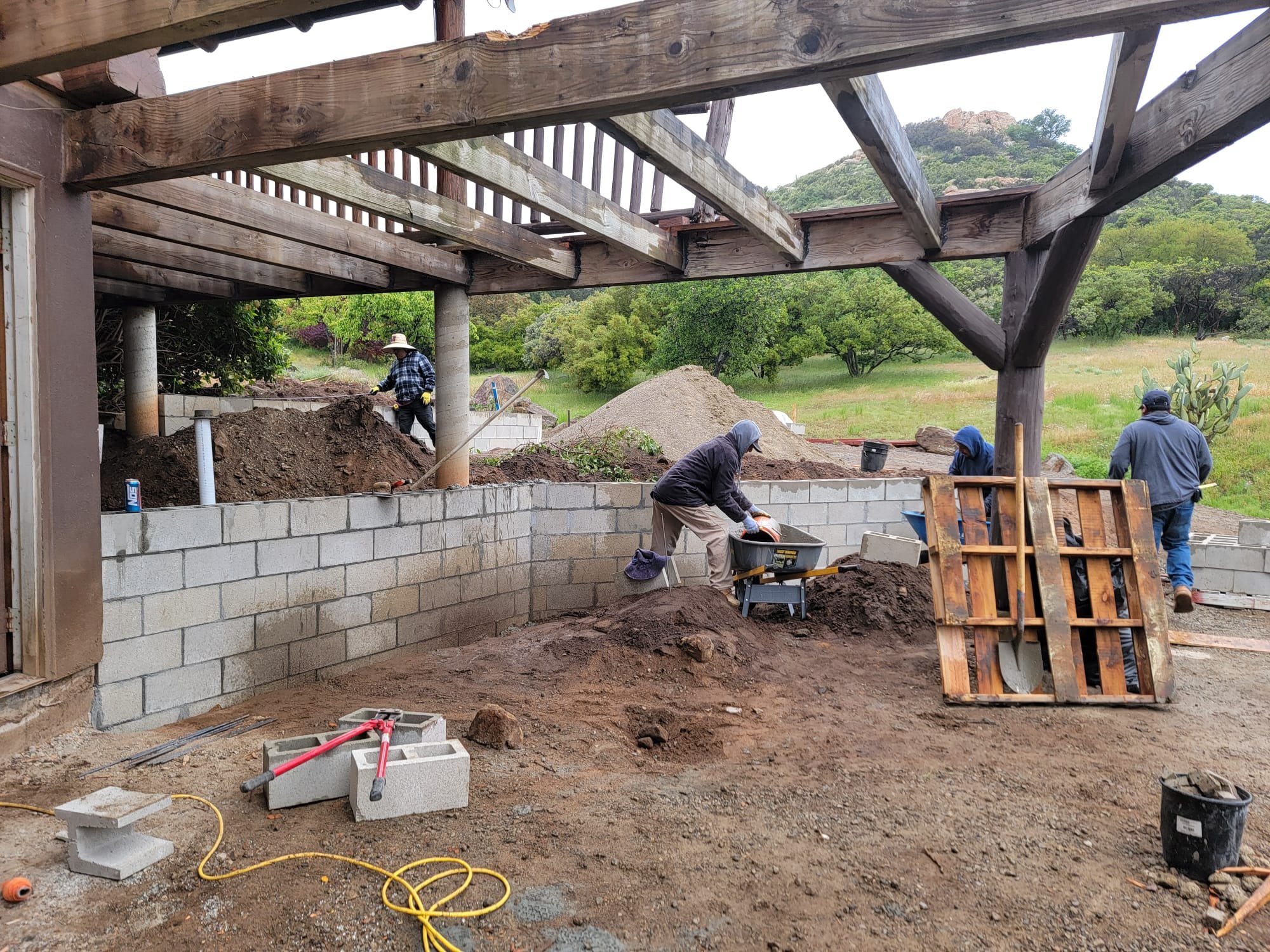
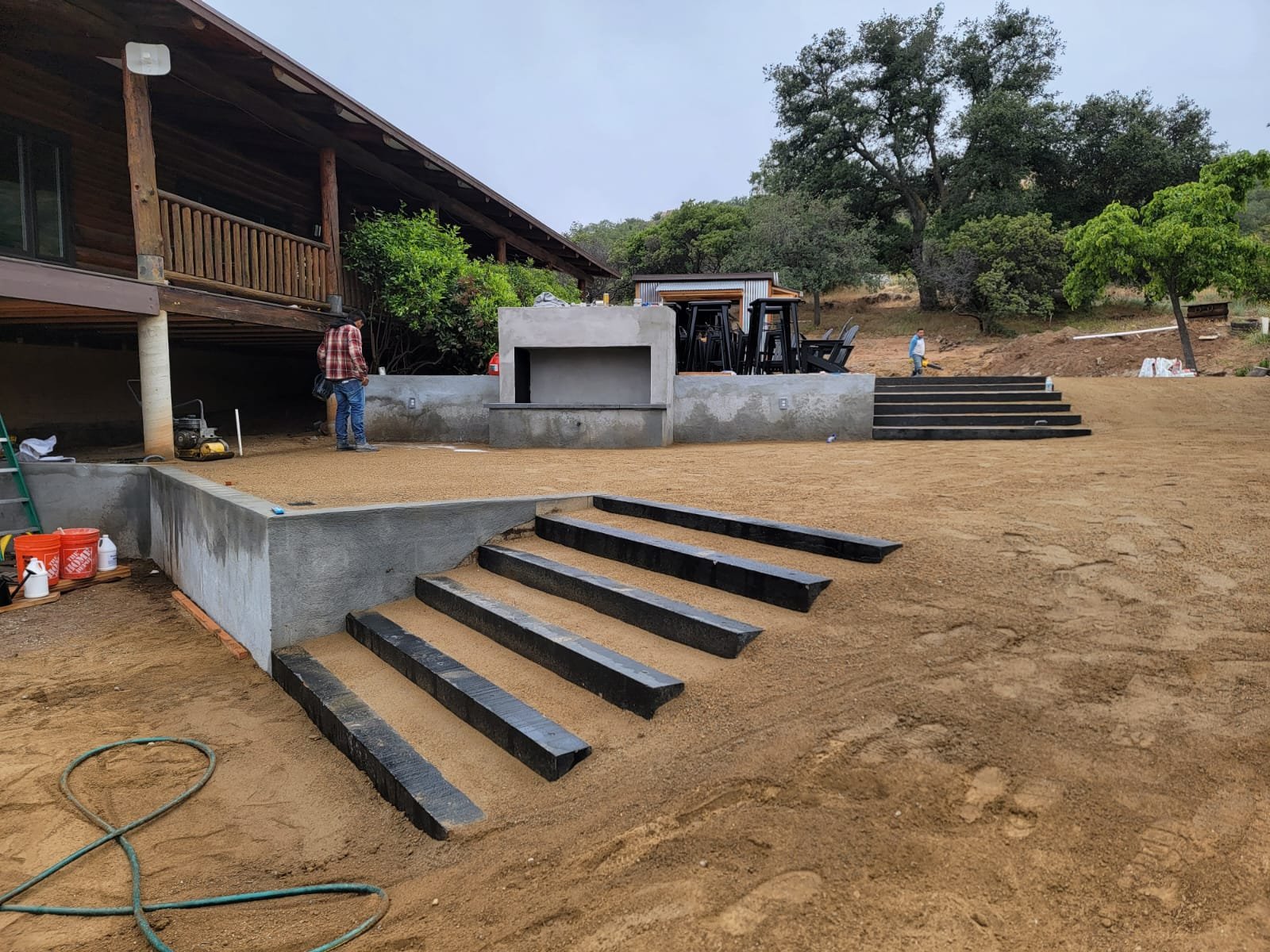
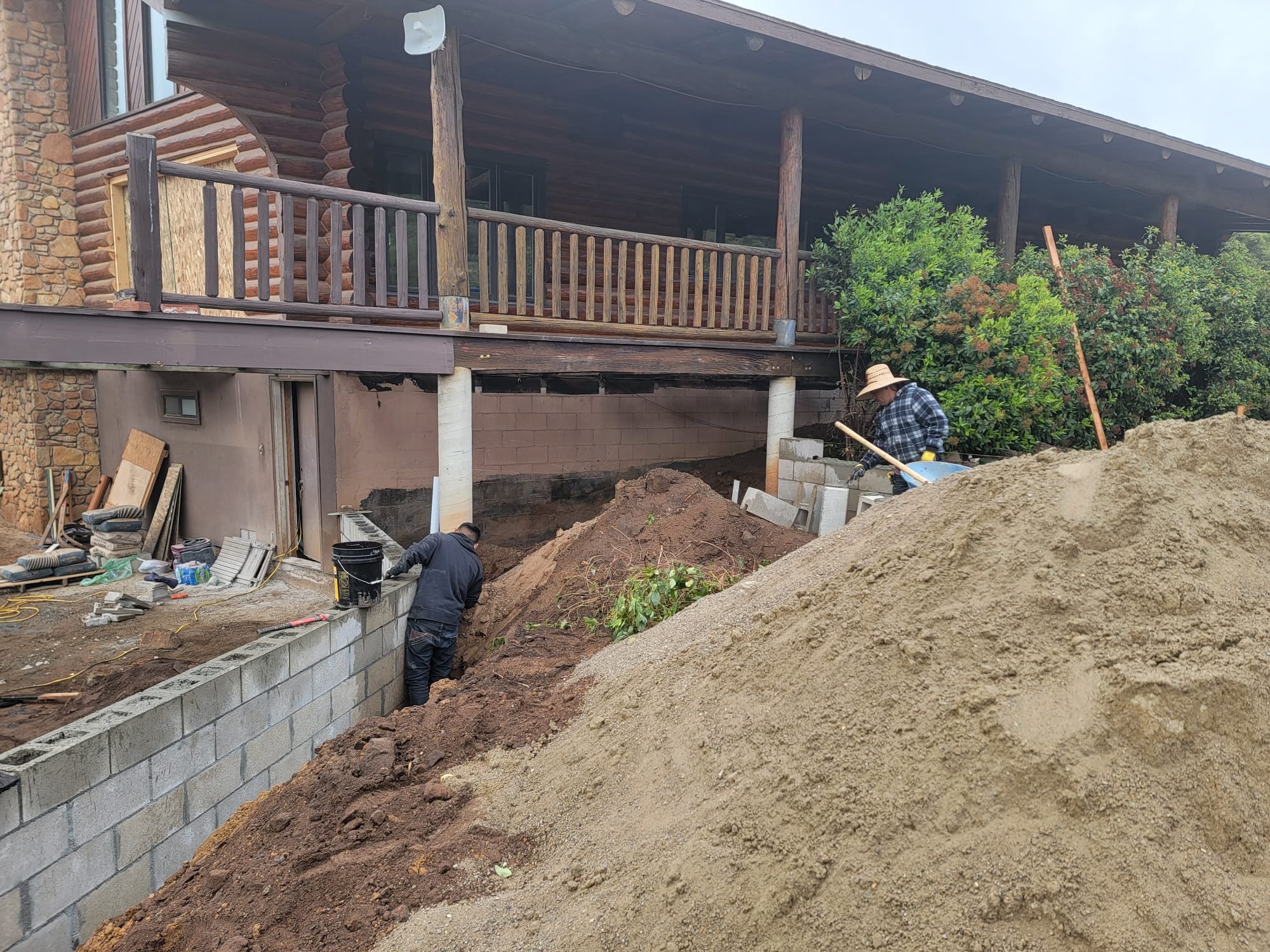
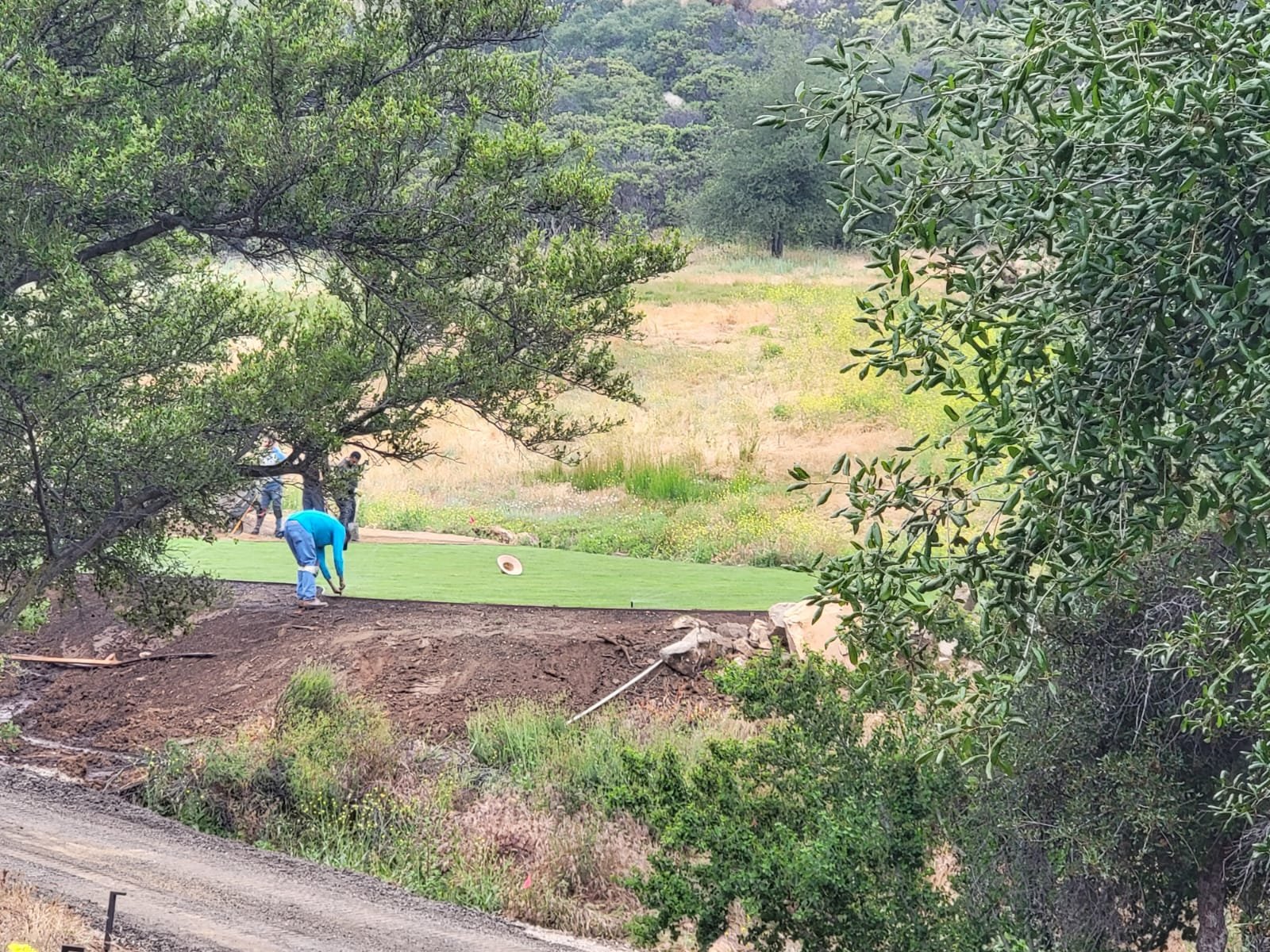
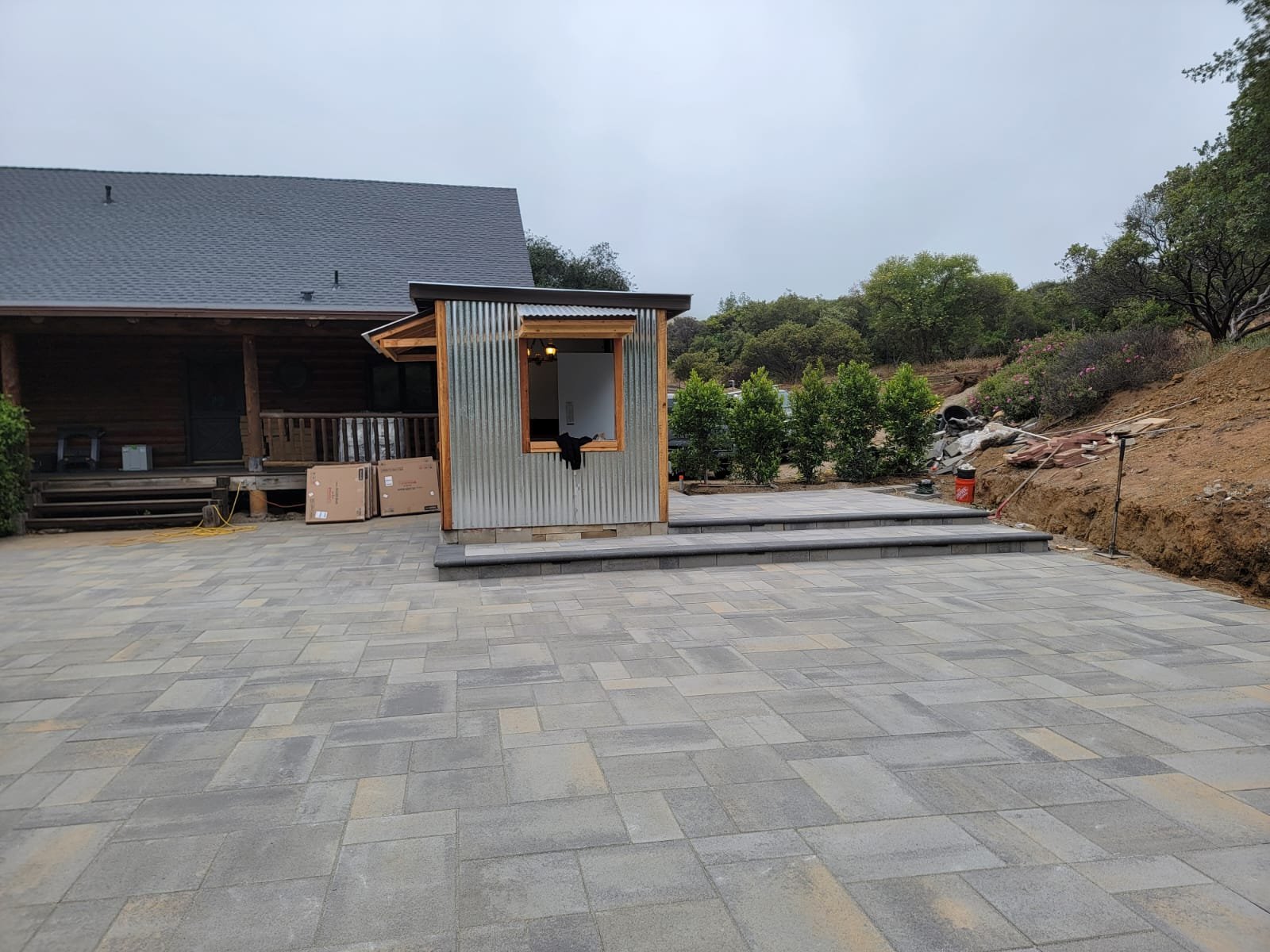
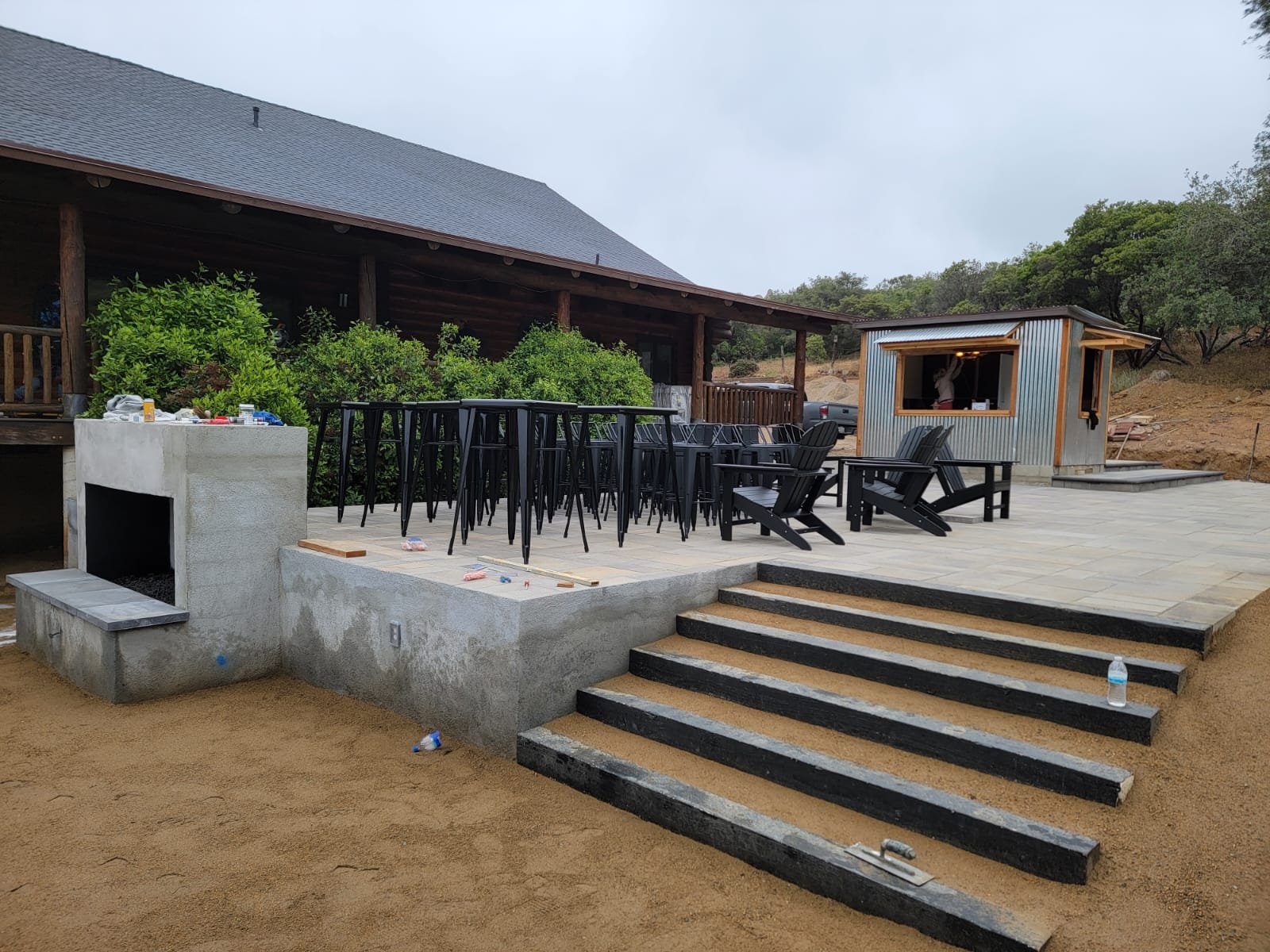
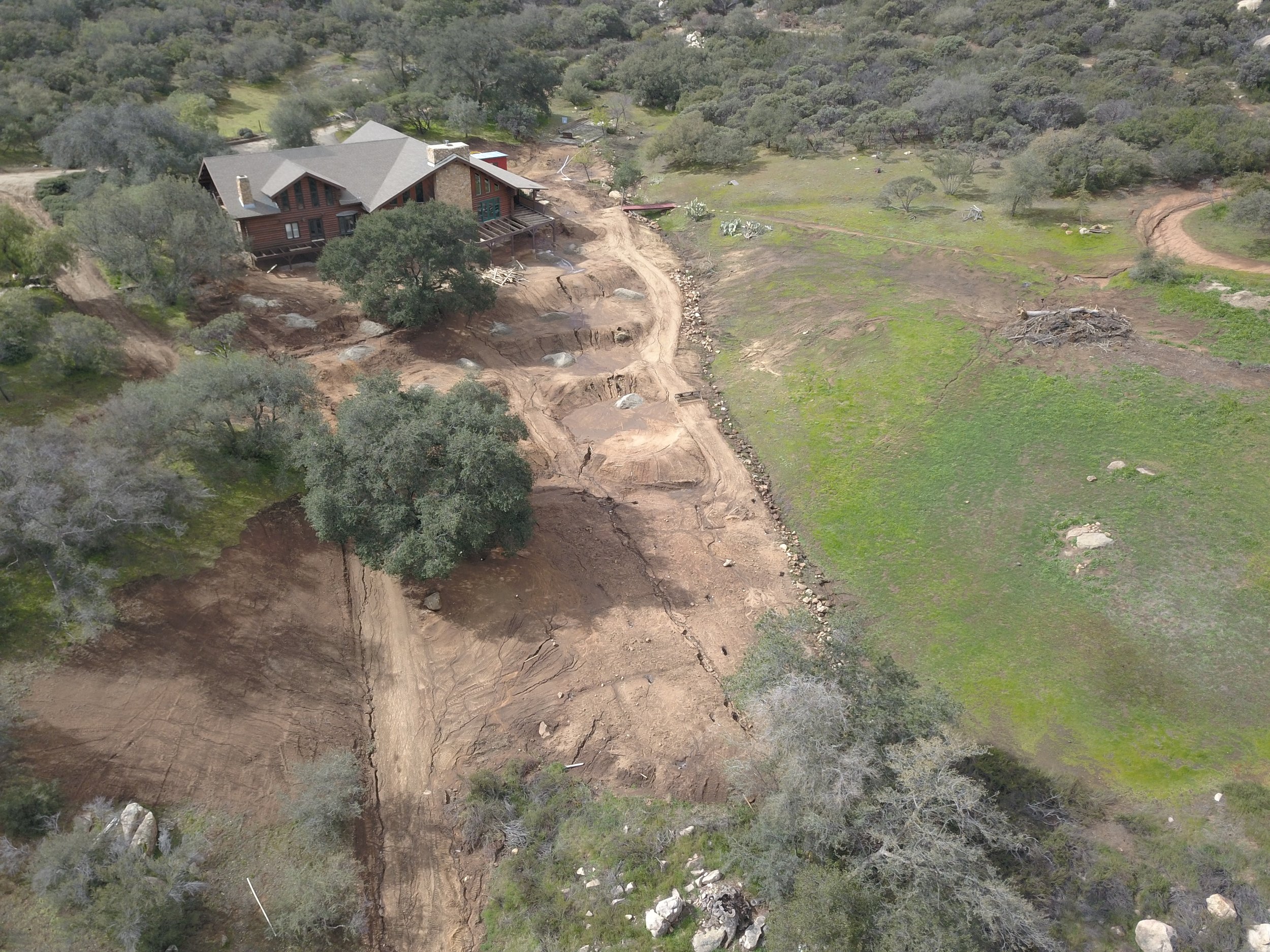
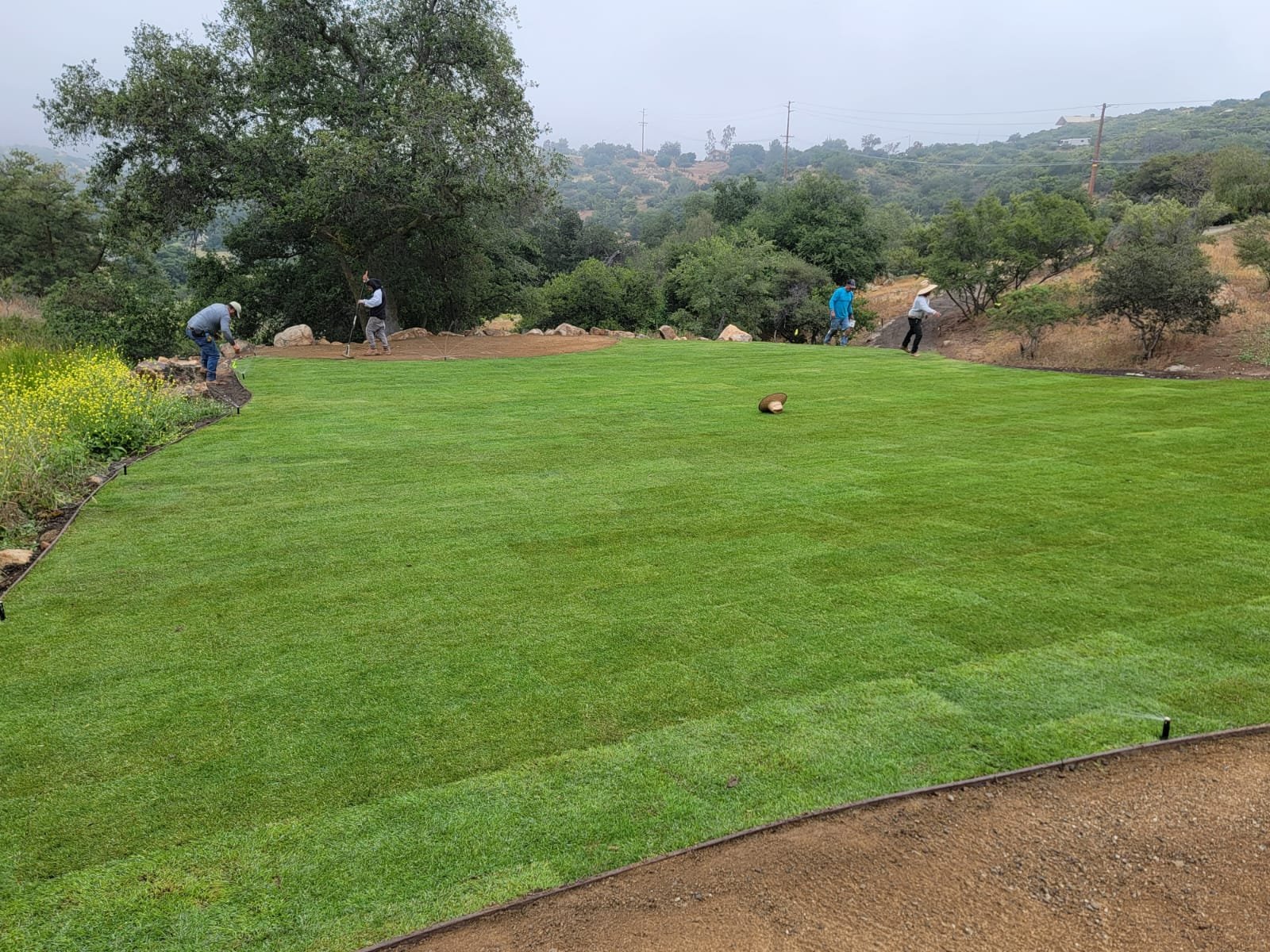
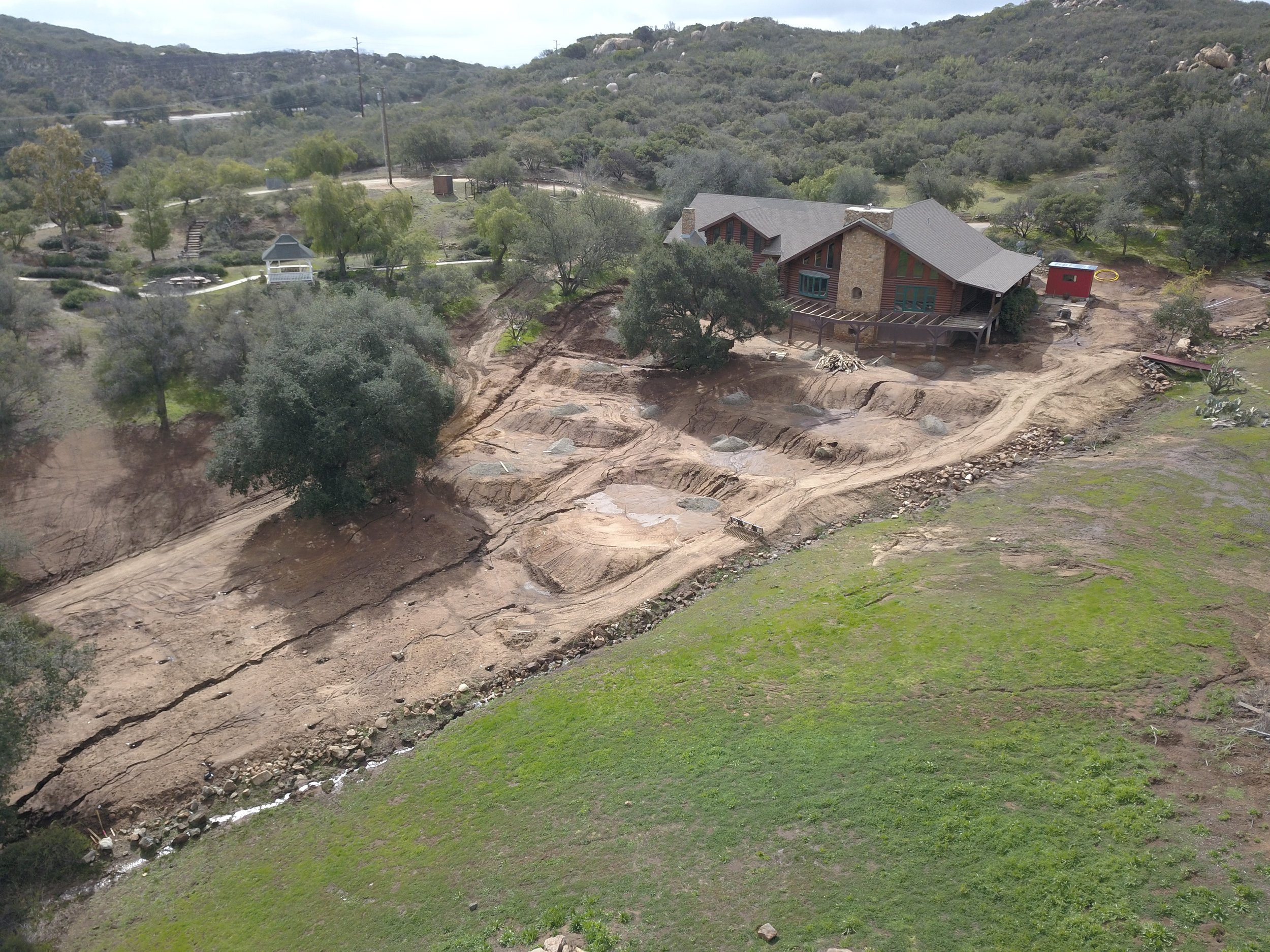
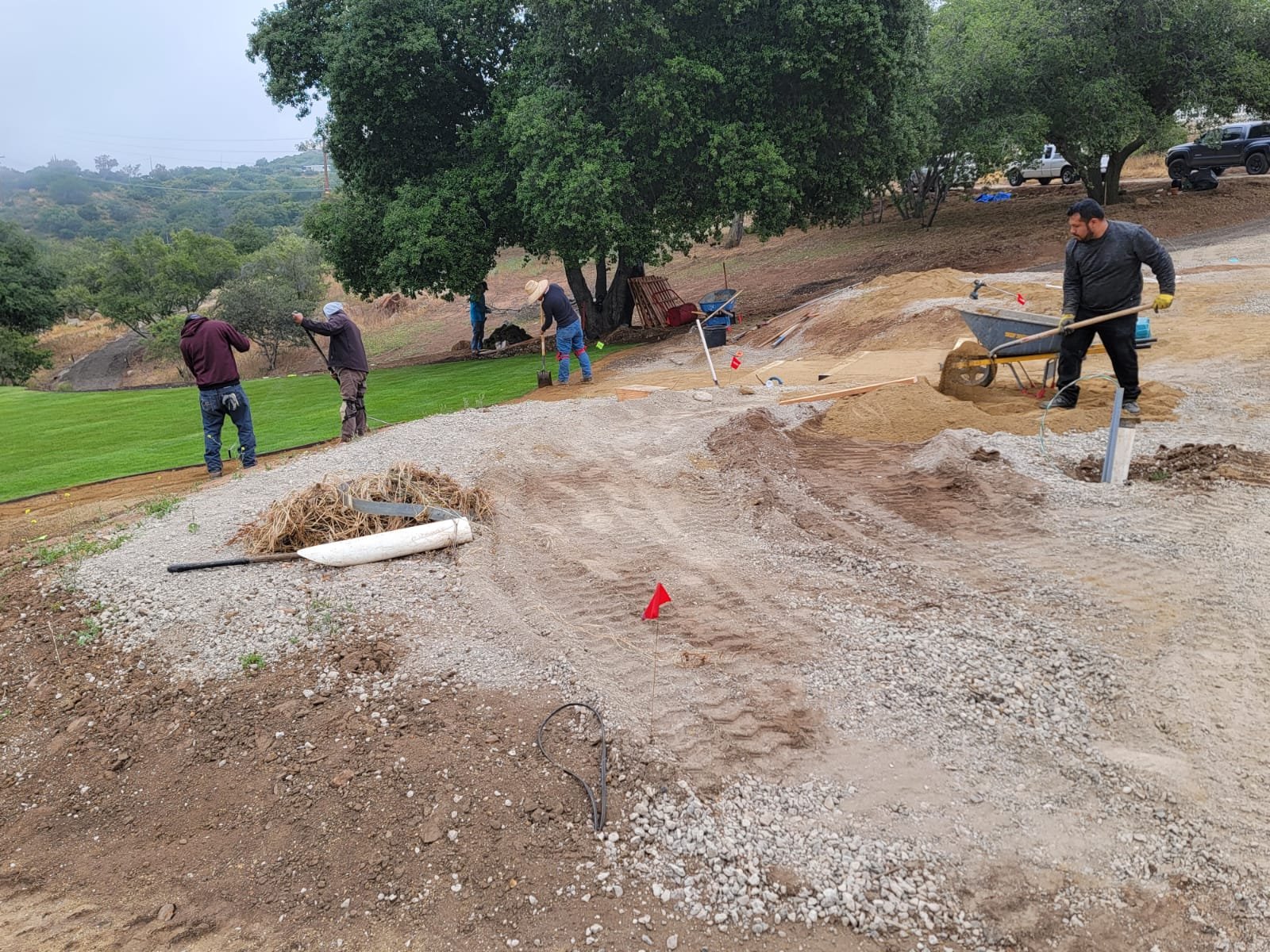
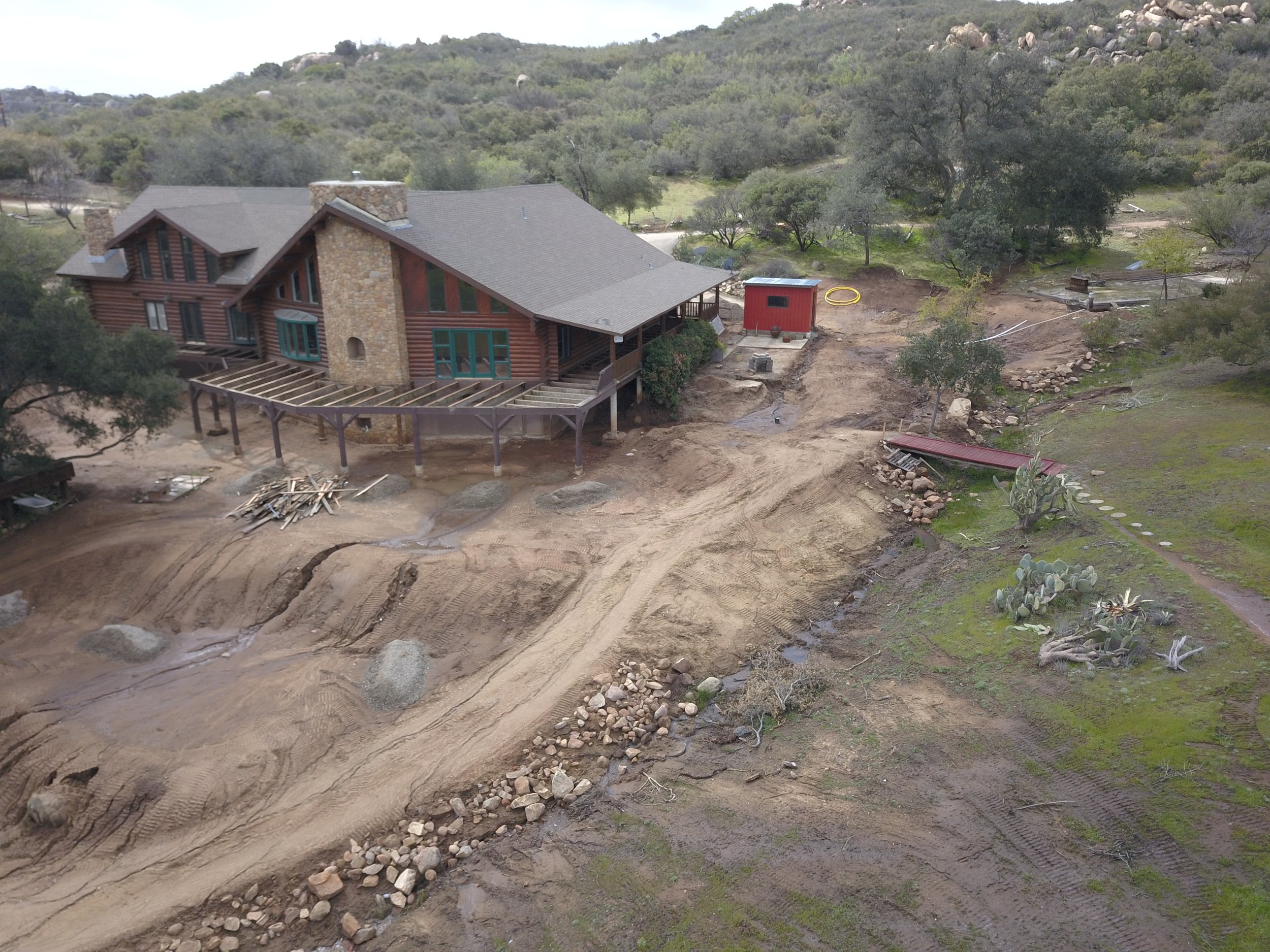
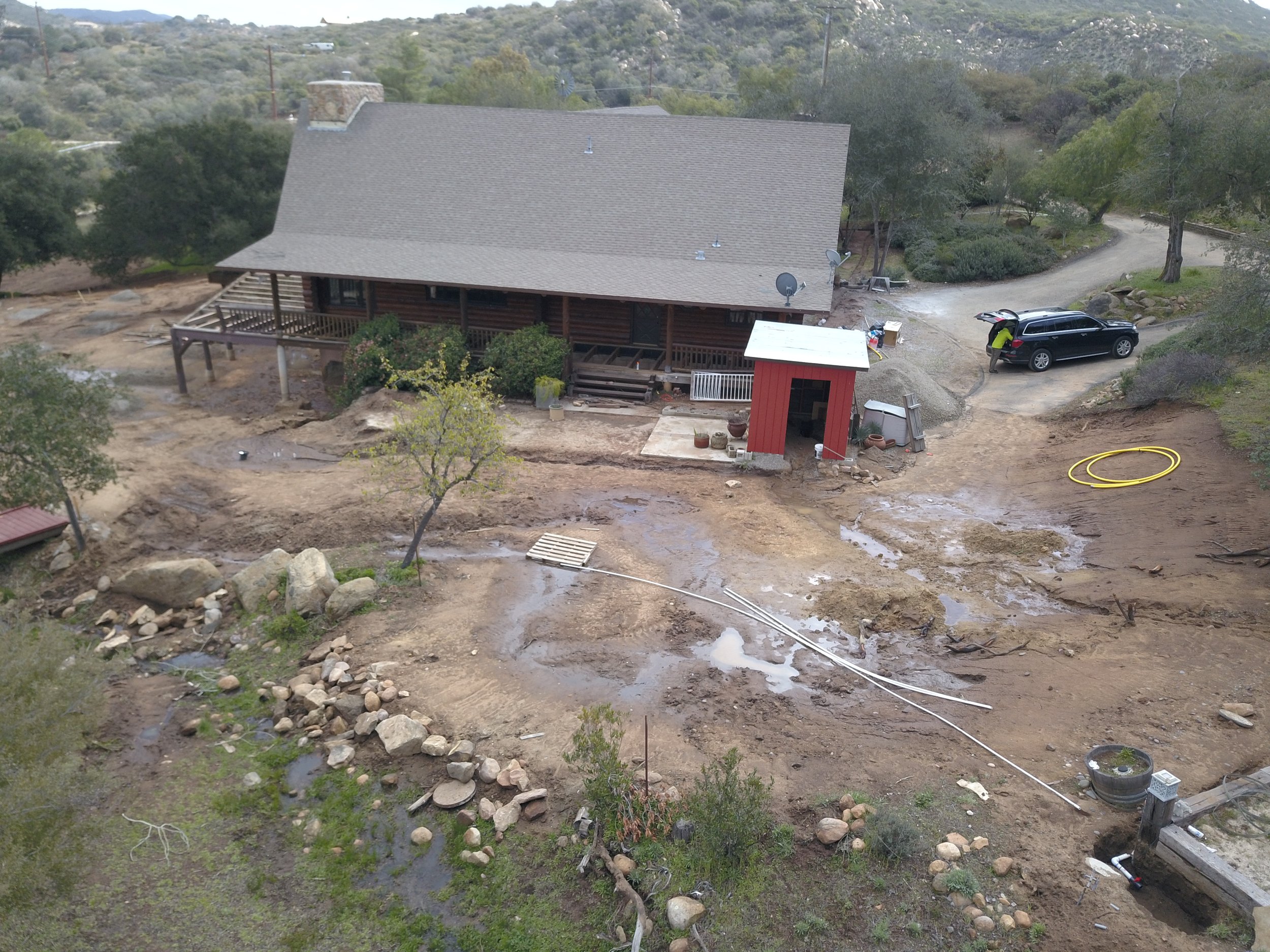
Please check Red Hawk Ridge - https://www.redhawkridgeevents.com/
Post-Classicism in Transition to Modernism. Omaha, Nebraska
A private garden in Omaha, Nebraska, designed as a dialogue between classical traditions and modernist innovation. Pergolas, pools, sculptural planting, and outdoor rooms create a landscape where history transitions into contemporary living.
“A Modern Garden Design in Omaha”
Philosophy of the Design
The Omaha Modernist Garden is a living dialogue between Post-Classical architecture and contemporary landscape design. Our goal was not to fix the property within a rigid historical style but to allow it to evolve — freeing the Post-Classical home to transition gracefully toward Modernism.
This vision dissolves boundaries, opening space for eclectic combinations of styles that celebrate unpredictability and the richness of future transformations. The result is a landscape that is both a sanctuary for people and a living system for nature.
Elegant rear garden design with rectangular pool on an oval terrace, bold steps, sculptural urns, and outdoor lounge seating, blending post-classical symmetry with modernist garden design principles.
Post-Classicism in transition to Modernism 3D visualization
A cinematic presentation of LASD Studio’s Post-Classicism Modernist Garden in Omaha, where architecture, art, and ecology converge. The film reveals a garden that transitions from classical order to modernist freedom — with pergolas, water features, organic forms, and ecological planting creating a living system that unites people and nature.
Guiding Principles
The design is grounded in global ecological thought and a lineage of visionary designers, architects, and scientists:
Design with Nature — Following Ian McHarg’s groundbreaking philosophy, we place ecological systems at the center of design.
Evolutionary Landscapes — Nature is never static; it evolves. Our design embraces flux, change, and interconnectedness.
Regeneration & Recovery — The garden aids the land’s healing from human impact, restoring ecological processes.
Do No Harm — Materials and methods respect the earth, ensuring resources for future generations.
Integrated Systems — Humans and nature are not separate; this garden functions as a single living organism.
Aesthetic Simplicity — Inspired by natural forms, the design language is bold yet understated, where elegance meets sustainability.
Landscape architecture rendering of a front entry garden featuring a central fountain, formal axis, urn planters, and layered planting beds, expressing the transition from post-classicism to modernism.
Pergolas as Transitional Elements
Pergolas have always played both a functional and aesthetic role in garden design. They act as focal points, create vertical definition above patios and pathways, support climbing vines, and provide shaded areas for seating. Rooted in classical traditions, pergolas are essential features of historical gardens. In this Omaha project, LASD Studio reinterpreted the pergola for contemporary living — framing an outdoor dining space that seamlessly connects the interior and exterior, embodying the modernist principle of fluid transitions between house and garden. Check our special project series - Styles and Epochs of Art that influenced Landscape Architecture and Garden Design.
Water as Sculpture and Experience
Water features have long been central to garden design, from the Renaissance and Neoclassical estates of Italy to modernist landscapes. They provide reflection, movement, and sensory delight. At the Omaha residence, water elements were placed at both the front and rear of the home: a circular pool welcomes guests at the entry, while in the back, a rectangular pool set within an oval platform disrupts rigid geometry, creating a bold sculptural gesture characteristic of modernist garden design.
Modernist Principles — Function and Simplicity
Authentic Modernist gardens are defined by their strong link between house and garden, often structured around pools, terraces, barbecues, and outdoor dining. Ornament is minimal, detail is pared back, and the garden functions as an extension of everyday life. In Omaha, this approach shaped spaces that are not about decoration but about clarity, usability, and experiential flow — landscapes where simplicity itself becomes luxury.
Classical Influences — Kenneth Lynch and Garden Art
The tradition of sculpture and fountains in landscape design is continued here through references to Kenneth Lynch, who in the 1950s brought European garden artistry to the United States. His reproductions of limestone fountains and statues made classical craftsmanship accessible to American landscapes. By integrating such references, the Omaha project situates itself within a continuum of garden history — from European tradition to modern reinterpretation.
Organic Forms and Abstract Geometry
Earlier Modernist designs often combined severe linear grids with organic curves, creating tension between order and freedom. In Omaha, this dialogue is visible in the kidney-shaped pool, abstract sculptural elements, and curved garden margins. Such biomorphic forms, fashionable in mid-20th-century America, were inspired by Surrealist art, Cubist theory, and the idea that space can be perceived simultaneously from multiple viewpoints. Here, geometry becomes a language of modern art expressed in landscape.
Space as the Core of Modernist Landscape Architecture
If architecture defines buildings, modernist garden design defines volumes of space. Trees, shrubs, and structures are used not simply as decoration but as spatial walls — shaping outdoor rooms, linking house and garden, and creating depth and perspective. In this Omaha project, space itself becomes the medium, echoing modern architecture’s focus on volume, openness, and continuity.
Genius Loci — A Garden of Place and Spirit
Every site carries a genius loci — a spirit of place. LASD Studio’s design honors the climate, geography, and vegetation of Omaha, ensuring the garden is not an imported style but an ecological interpretation of its setting. The result is a landscape that encourages a relaxed way of living, integrating new materials, building techniques, and ecological awareness. It is both a modernist sanctuary and an evolutionary system, where architecture, art, and nature form a single living composition.
Back garden perspective with large pergola dining area, central stairway, formal hedging, perennial borders, and pool terrace, designed as part of LASD Studio’s Post-Classicism Modernist Garden in Omaha.
A New Entrance Experience
The entry sequence blends classical formality with modern abstraction. A large water feature and sculptural element anchor the arrival, offering a bold statement that resonates with the architecture while inviting guests into a renewed spatial narrative.
Garden Paths as Experiences
Curved and linear pathways guide visitors through a series of garden experiences, where each transition evokes unity and flow. Walking becomes an act of contemplation, a choreography of space, light, and seasonal change.
Winter Garden & Pottery Retreat
Designed for year-round use, the Winter Garden provides shelter and intimacy. With pottery, seating, and observation points, it becomes a sanctuary during colder months — a place for stillness and reflection.
Outdoor Dining & Social Spaces
The dining terrace and private lounge extend living outdoors, framed by ecological planting and subtle architectural gestures. These are spaces of gathering and sanctuary — equally vibrant in summer’s abundance or winter’s quietude.
Parterre Garden — Classical Meets Contemporary
A reinterpreted parterre garden bridges the classical and the modern. Trees, evergreen plantings, and herbs weave geometric structure with ecological depth, creating a timeless dialogue between order and wildness.
Stairs as Central Axis
A new grand stairway organizes the garden as a central line of movement. Bold, wide steps lead from the home to the landscape, transforming circulation into a ceremonial descent into nature.
Pool and Open Terrace
The pool area forms a luminous open space, a threshold between architecture and ecology. Here, post-classicism transforms into modernist clarity, framed by water, art, and sky.
3D visualization of the front entry courtyard with a circular fountain, formal paving layout, layered perennial planting, and mature trees, designed as part of a Post-Classicism Modernist Garden in Omaha.
EXISITNG CONDITION
A Living System of Art and Ecology
This Omaha garden is not only a design; it is an installation of life itself. Each space is both art and ecology, where sculpture, planting, and architecture converge into one evolutionary whole.
By freeing Post-Classical architecture into the openness of Modernist landscapes, the project becomes more than a garden — it is a cultural statement and an ecological restoration. It embodies the LASD Studio philosophy:
Designing Landscapes as Evolutionary Systems — where people, art, and biodiversity evolve together.
Spiritual Rebirth Sanctuary Garden – Encinitas, California
A Sanctuary Garden in Encinitas, California, designed as a vision of spiritual rebirth. Featuring meadows, meditation gardens, bioretention ponds, and native plantings, this landscape merges ecology, art, and wellness into a living sanctuary.
“An Ecological and Spiritual Landscape Transformation”
At LASD Studio, we believe gardens can become sanctuaries — places where people reconnect with nature, art, and themselves. The Spiritual Rebirth Sanctuary Garden in Encinitas was envisioned as more than a private garden: it is a living landscape of healing, renewal, and ecological balance.
Video presentation of the Spiritual Rebirth Sanctuary Garden in Encinitas, California — a meditative landscape design by LASD Studio featuring flowing pathways, water features, ecological planting for pollinators, and contemplative spaces that unite spirituality, biodiversity, and modern garden design.
Philosophy of the Design
The design draws inspiration from the essence of rebirth and transformation, where the garden evolves as an ecological and spiritual system. Influenced by both Eastern philosophy and the Southern California landscape, the project integrates ecological restoration with contemplative spaces.
The garden is not only a visual composition but a journey through energy, flow, and balance.
Every path, plant, and water element is designed to restore harmony between humans and the living environment.
Key Design Features
Meditation Lawn & Sanctuary Spaces
Open, grounded areas where stillness invites reflection.
Flowing Pathways
Curved circulation inspired by natural energy flows, guiding the visitor through stages of rebirth.
Water & Fire Elements
Balancing opposites, symbolizing purification, clarity, and transformation.
Native & Spiritual Planting Palette
Resilient species combined with symbolic plantings that attract pollinators, restore soil health, and offer seasonal beauty.
Sculptural & Artistic Integration
Bespoke garden elements that connect art, spirit, and ecology.
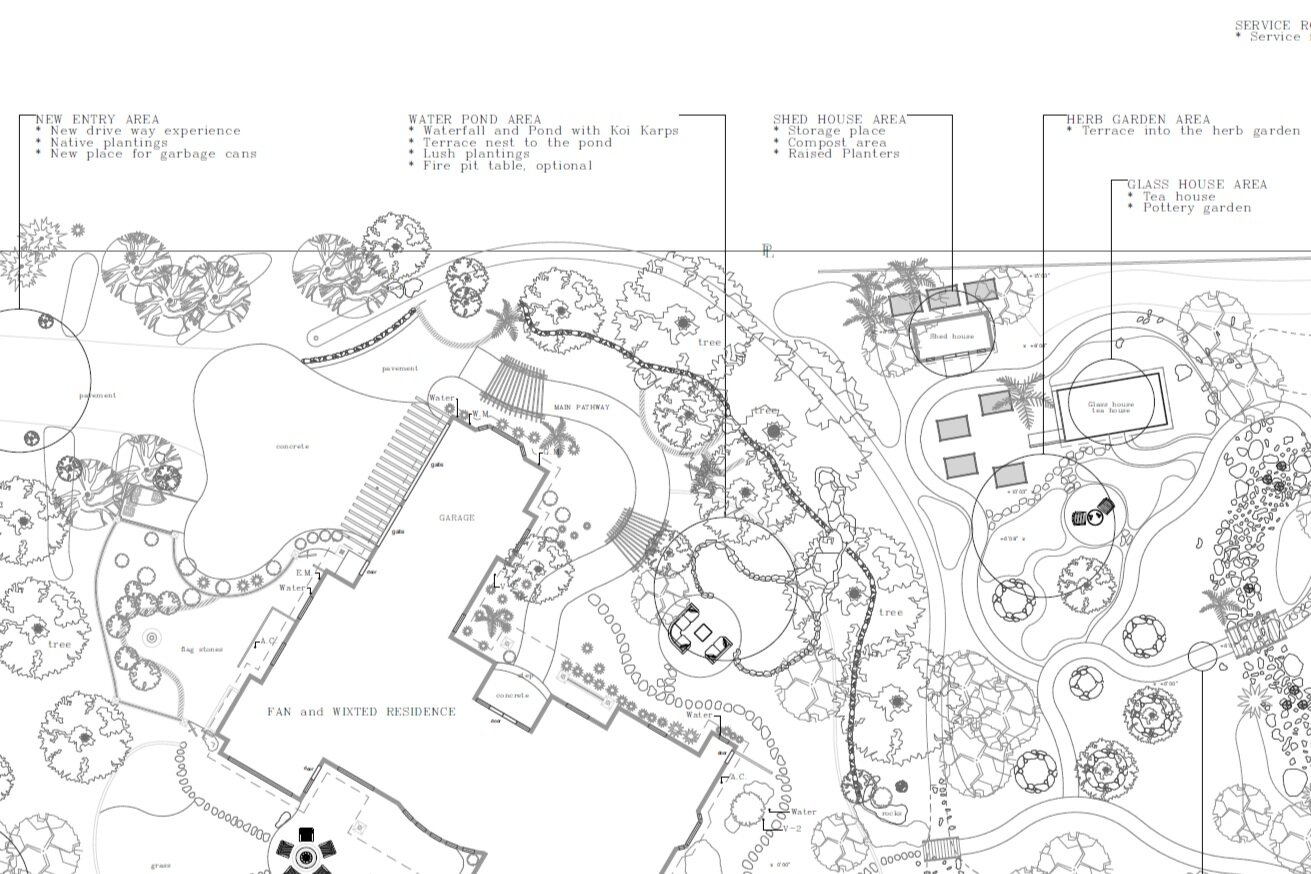
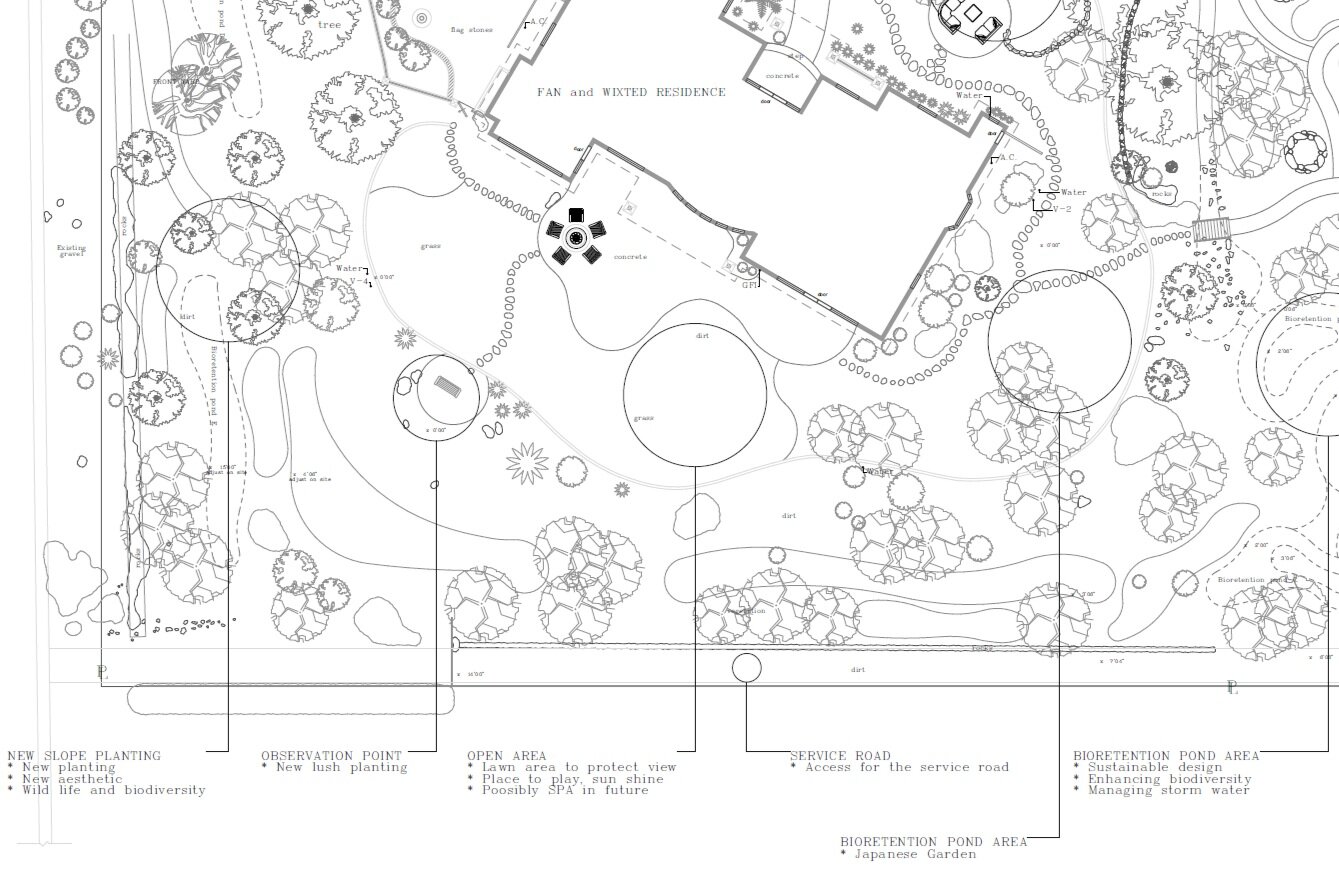
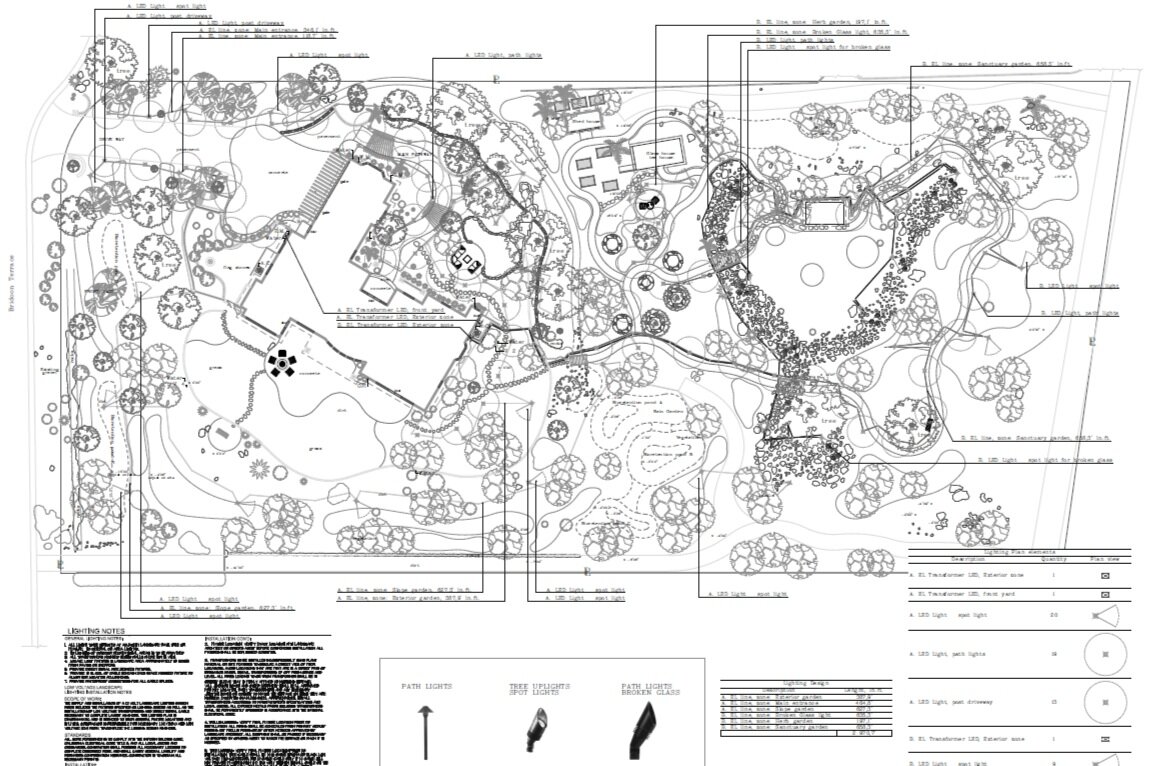
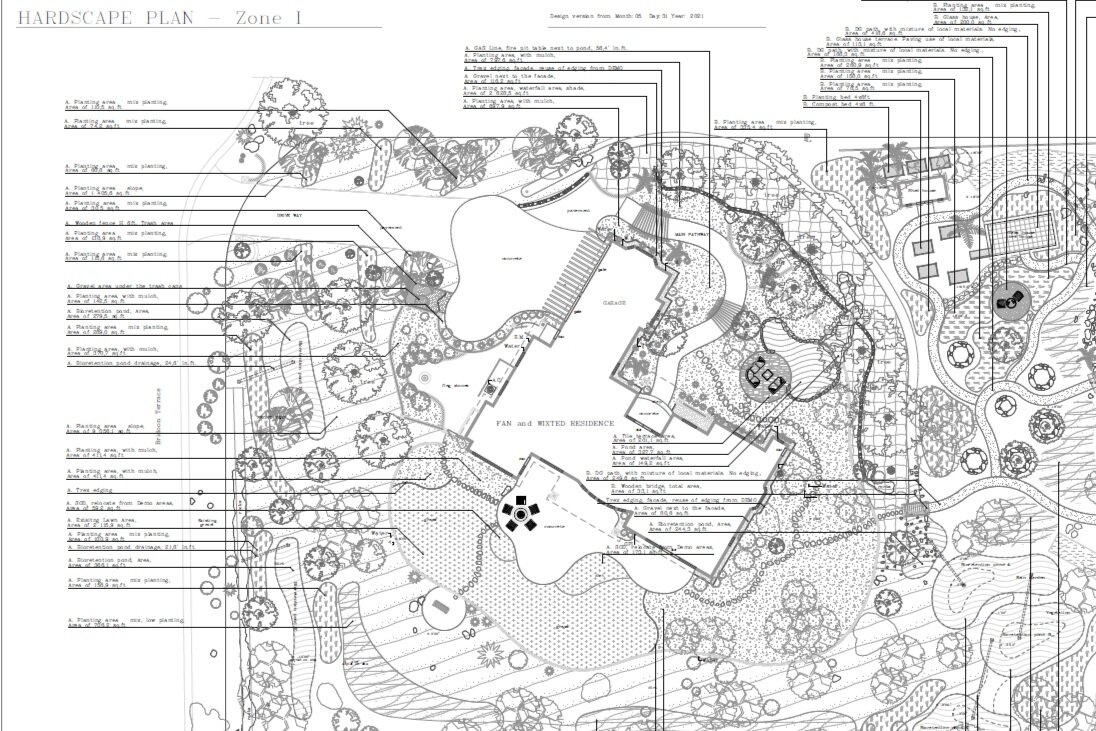
Ecological and Spiritual Layers
This sanctuary is also an ecological restoration project, rewilding the soil and inviting birds, pollinators, and beneficial wildlife back into the property. The design follows LASD Studio’s principle of Designing Landscapes as Evolutionary Systems, ensuring that the garden is not static, but continually evolves with nature and with the people who inhabit it.
The Experience
Stepping into the Encinitas Sanctuary Garden means entering a space where landscape becomes meditation. It is a contemporary interpretation of sacred gardens, deeply rooted in sustainability, spirituality, and timeless beauty.
Heaven Del Mar Sanctuary Garden – A Coastal Landscape of Harmony
“Heaven” is a sanctuary garden in Del Mar, San Diego, inspired by Claude Lorrain’s pastoral visions. With contemporary structures, lush planting, and timeless philosophy, the design creates unity between people and nature.
Blending Sustainable Design, Native Planting, and Coastal Living
The Heaven Del Mar Sanctuary Garden transforms a coastal property into a living sanctuary where architecture, ecology, and lifestyle seamlessly connect. Designed by LASD Studio, this project balances California coastal resilience with a refined garden aesthetic, creating spaces for relaxation, biodiversity, and sustainable living.
A cinematic video tour of the Heaven Del Mar Sanctuary Garden in California, showcasing outdoor living areas, pergolas, water features, and coastal native planting that supports biodiversity and sustainable living.
Project Description
Nestled in the coastal town of Del Mar, this sanctuary garden is designed to embrace both the natural rhythms of the ocean and the refined character of a private residence. The design integrates multiple functional and ecological layers, making the garden both timeless and forward-looking.
The project is divided into interconnected zones:
Entry Garden
A welcoming approach framed by native and drought-tolerant planting, setting a serene tone.
Living Spaces
Outdoor dining under pergolas, a BBQ island, and family lounge areas that extend the indoor lifestyle into the garden.
Water and Biodiversity
Reflecting pools and planted slopes that attract pollinators, birds, and butterflies while managing stormwater.
Coastal Plant Palette
Native California and Mediterranean plants selected for resilience, seasonal color, and ecological function.
PROJECT DESIGN DOCUMENTATION
The plan integrates Mediterranean and California-native species, including olive trees, manzanita, and Ginkgo, designed for resilience, biodiversity, and timeless beauty.
3D Landscape Design Perspectives - Del Mar, San Diego, California.
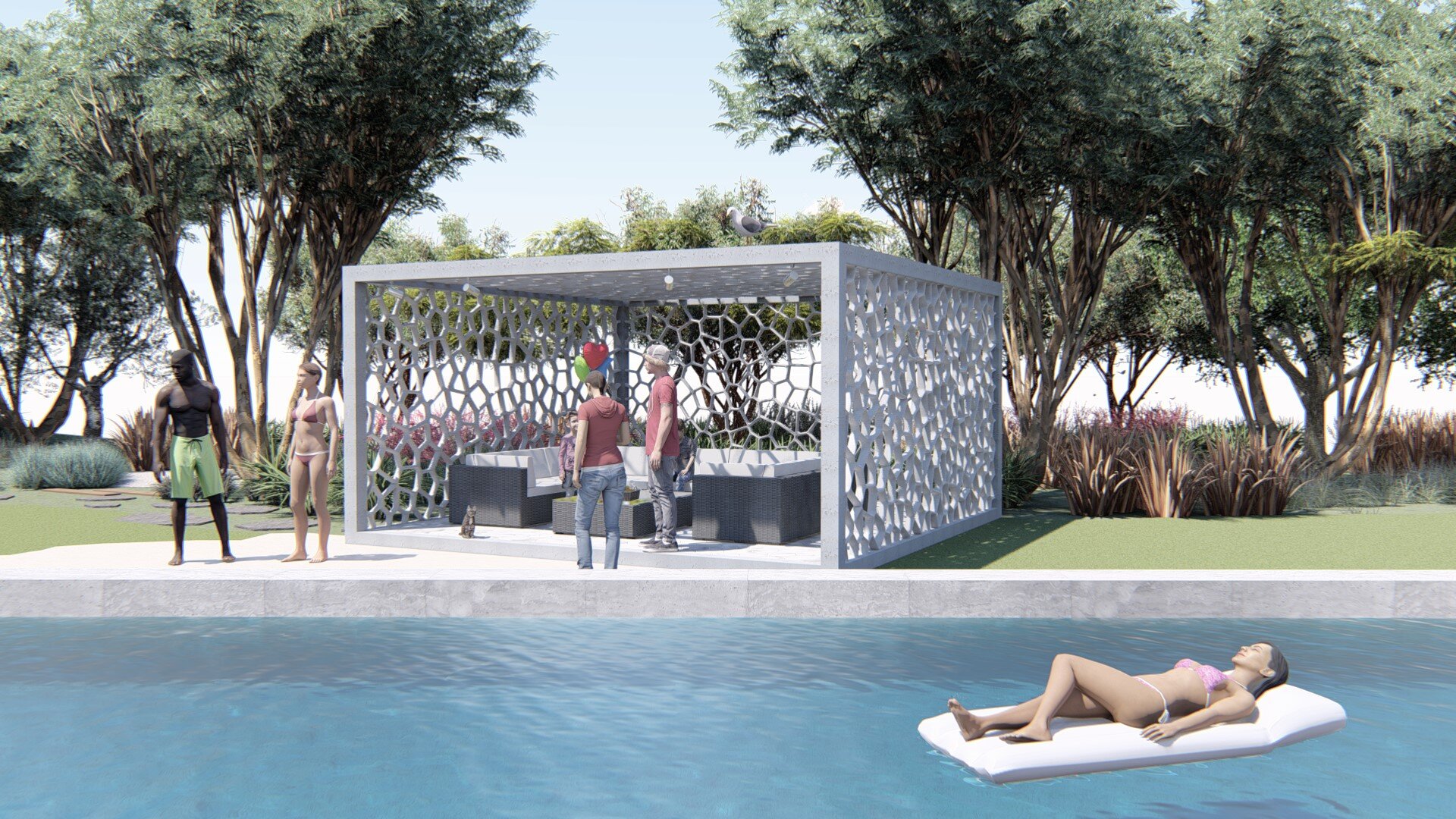
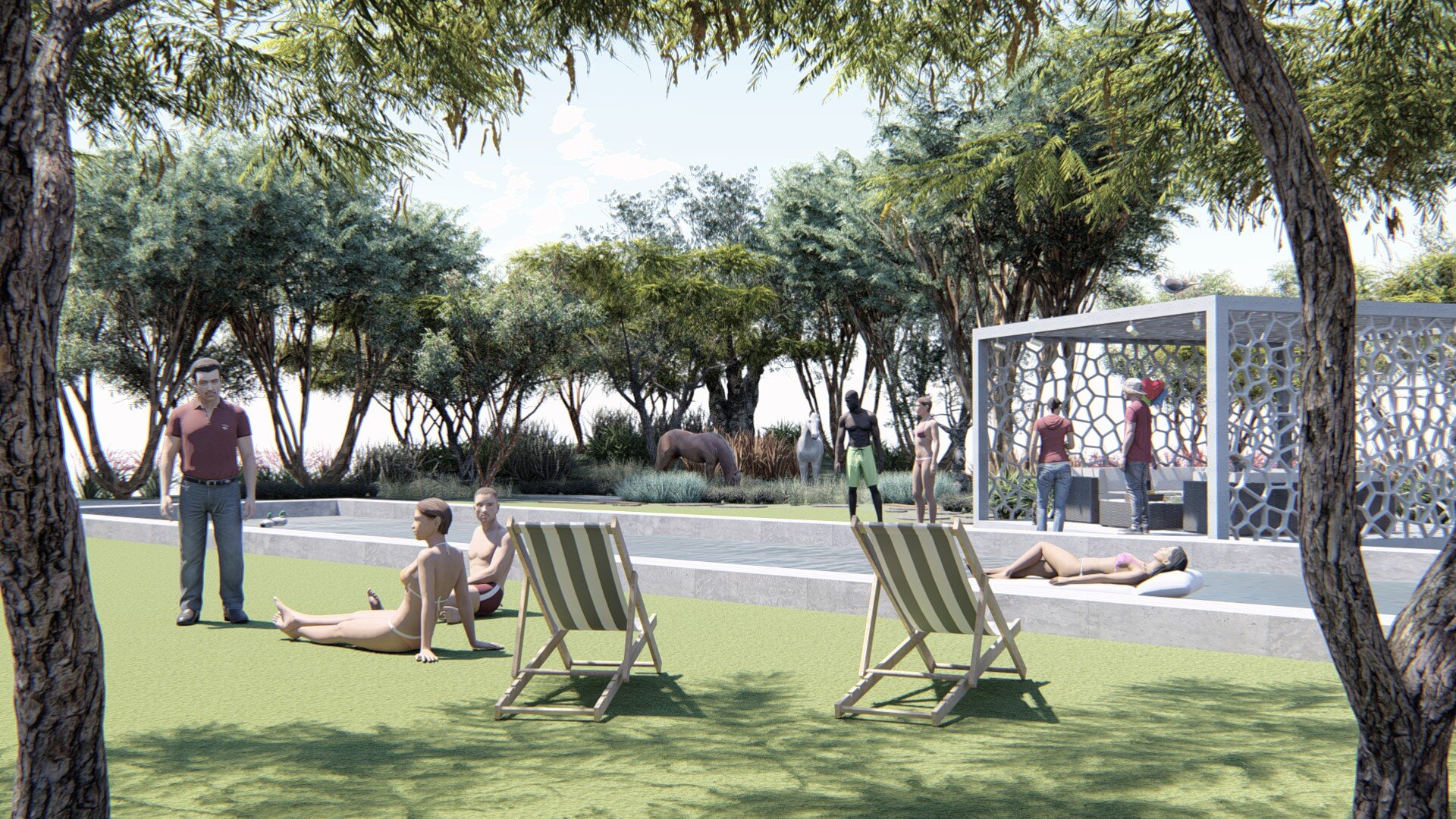
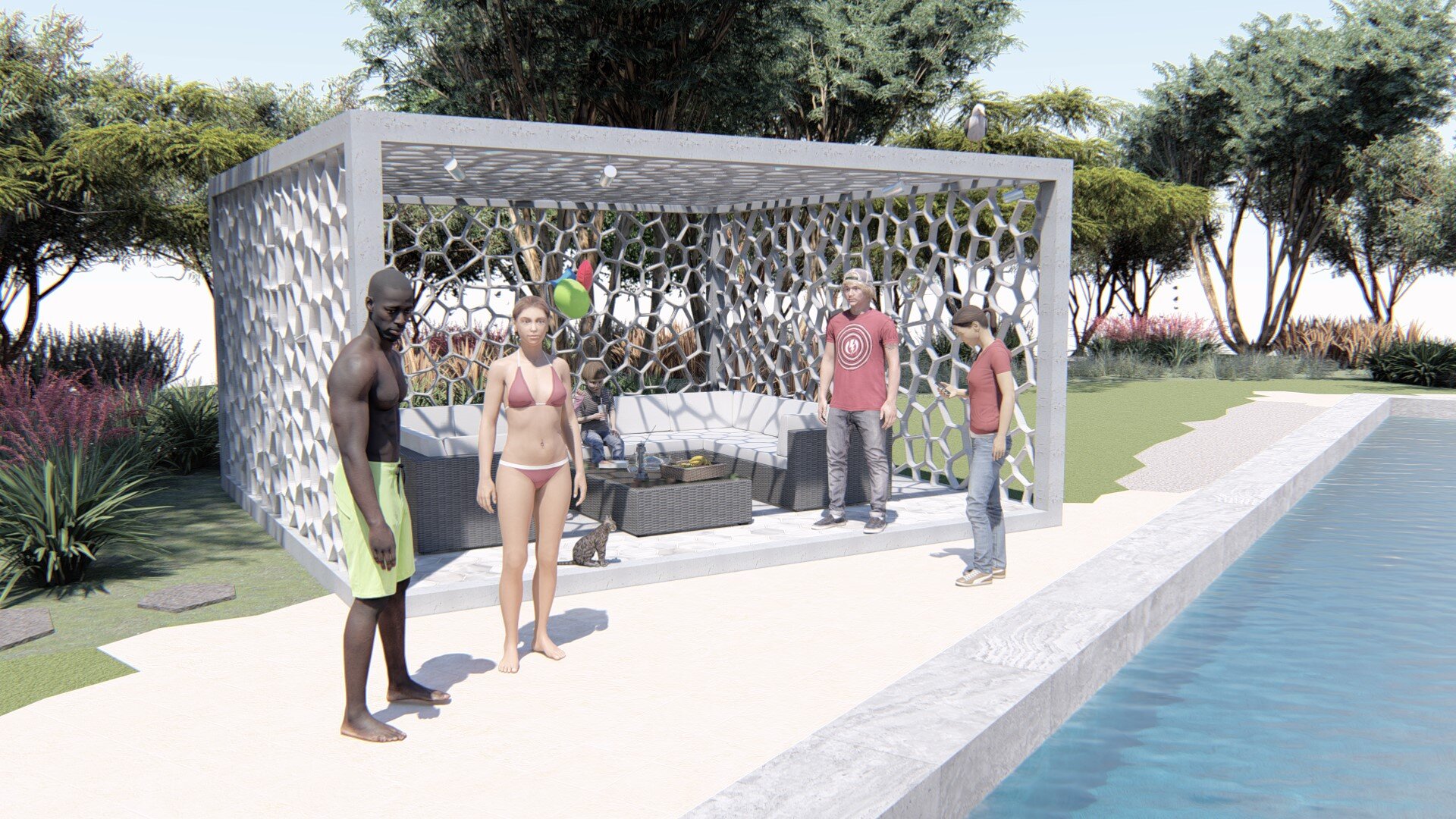
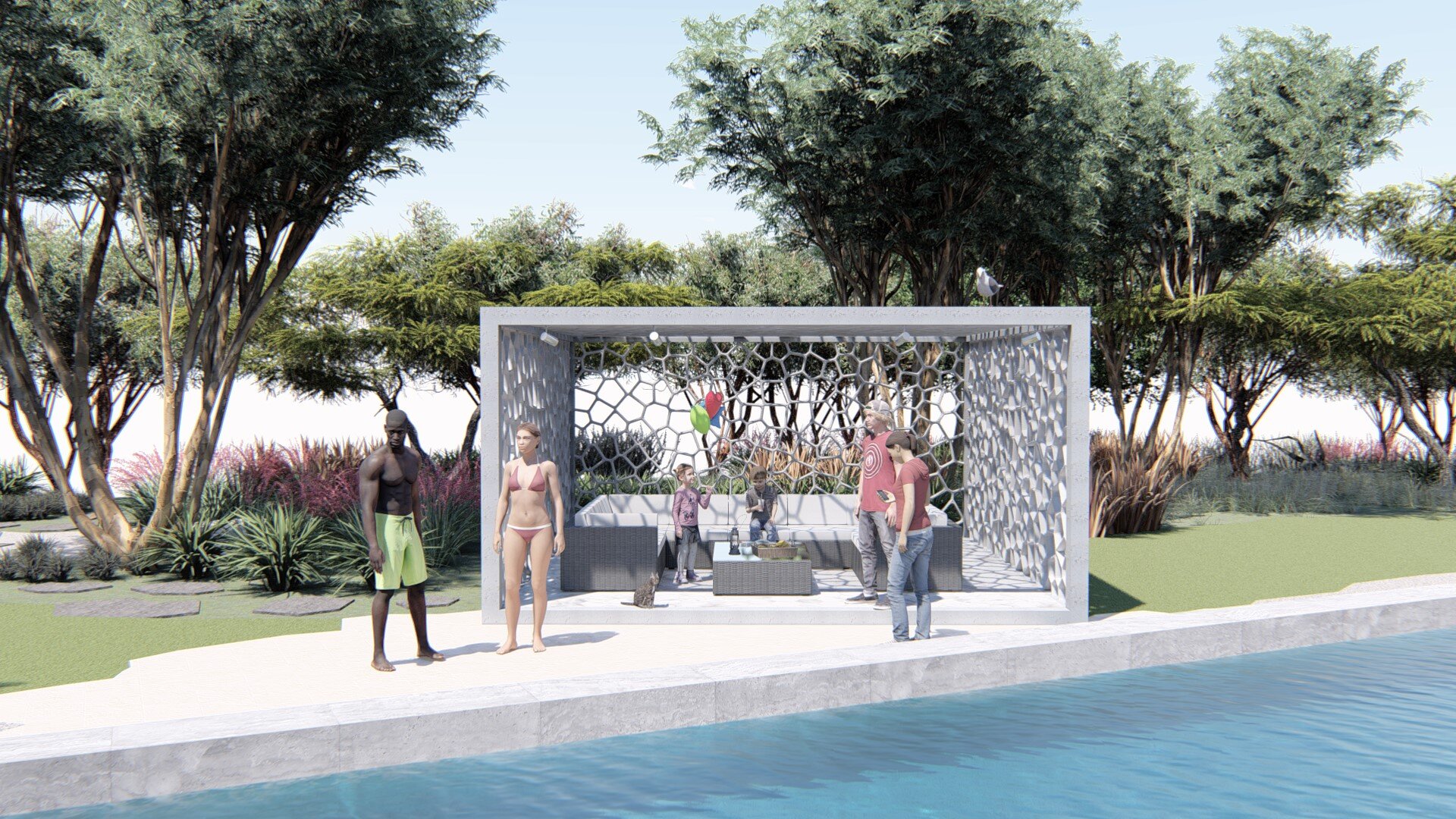
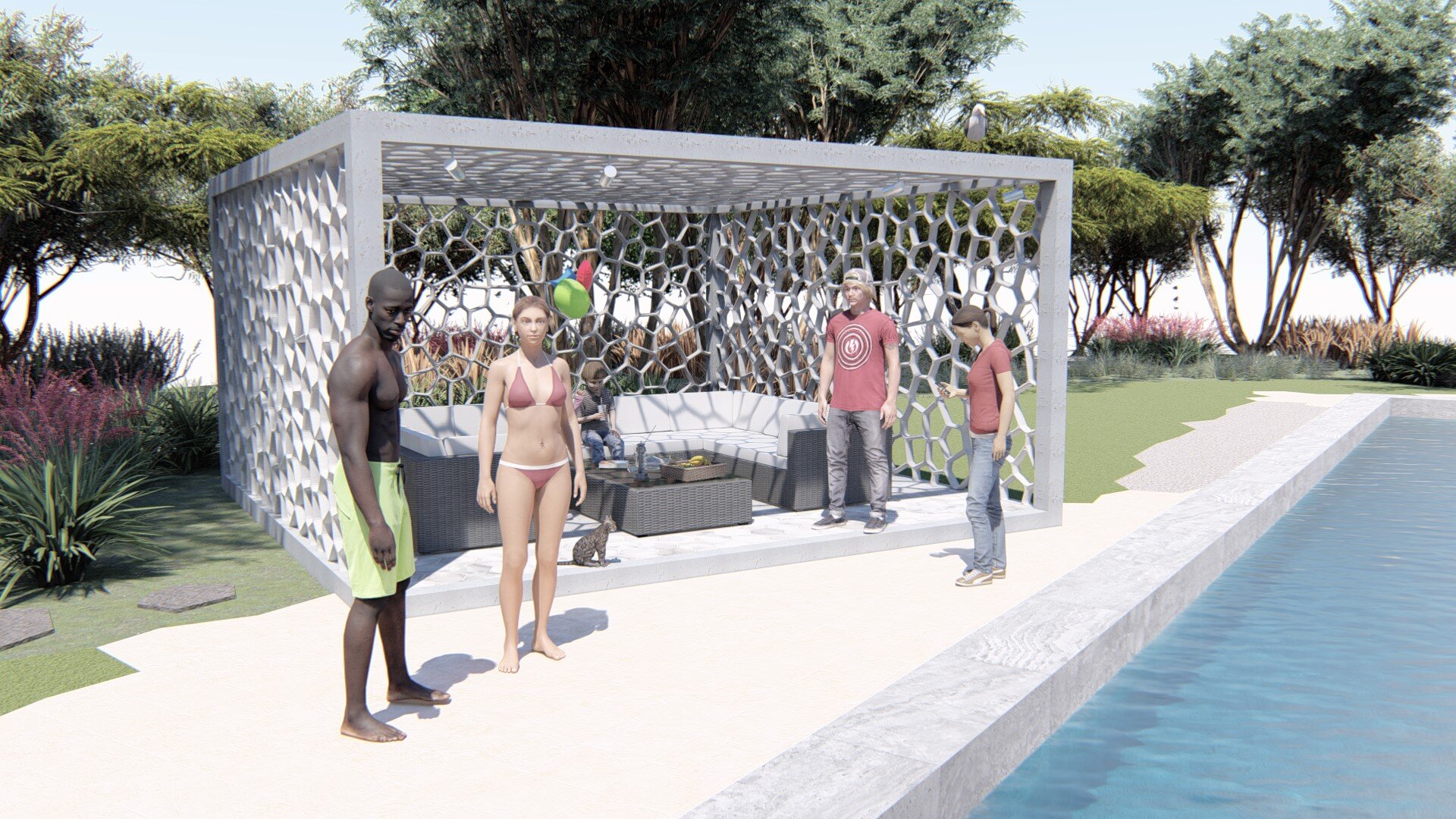
By weaving together these layers, LASD Studio created a sanctuary where people and wildlife thrive side by side. The garden is not just designed for today—it is a living, evolving system that will continue to mature, adapt, and give back to the land for generations.
Traditional Garden in Kattrup, Denmark
A traditional garden in Kattrup, Denmark, designed with rich Baroque-inspired elements. Featuring walled gardens, pergolas, and an orangery, the project unites classical architecture with contemporary craftsmanship.
“Timeless Heritage and Danish Craftsmanship in Garden Design”
This project reflects the spirit of traditional Danish garden design, created for a historic estate in Kattrup. Rooted in European garden traditions yet adapted to the unique landscape of Denmark, the design emphasizes symmetry, craftsmanship, and lasting ecological value. Every element — from stone details to drainage solutions — was carefully crafted for generations to come.
Designed by two outstanding landscape architects – Gregory Brian Kobett and Yura Lotonenko in 2016, Denmark.
LASD Studio’s Traditional Garden in Kattrup highlights heritage-driven design with precise detailing, timeless planting, and ecological resilience.
Project Description
The Kattrup Traditional Garden celebrates the artistry and precision of classical design while ensuring resilience in Northern Europe’s climate. Inspired by historic precedents, the garden blends structural order with horticultural richness, resulting in a space that feels both timeless and alive.
Symmetry and Structure
Pathways, parterres, and hedges define a sense of permanence and balance, echoing centuries of European tradition.
Craftsmanship
Every detail, from the hand-laid brickwork to millimeter-precise drainage holes, reflects a dedication to durability and heritage-level quality.
Planting Design
Seasonal flowers, fruit trees, and clipped hedges bring rhythm and color, while native plant choices support the Danish ecosystem.
Cultural Continuity
This garden embodies the values of Danish landscape tradition: beauty, function, and respect for nature’s cycles.
The result is not just a garden, but a living cultural landscape designed to endure across generations — a sanctuary where tradition, ecology, and design meet in harmony.
LANDSCAPE DESIGN PROJECT DOCUMENTATION
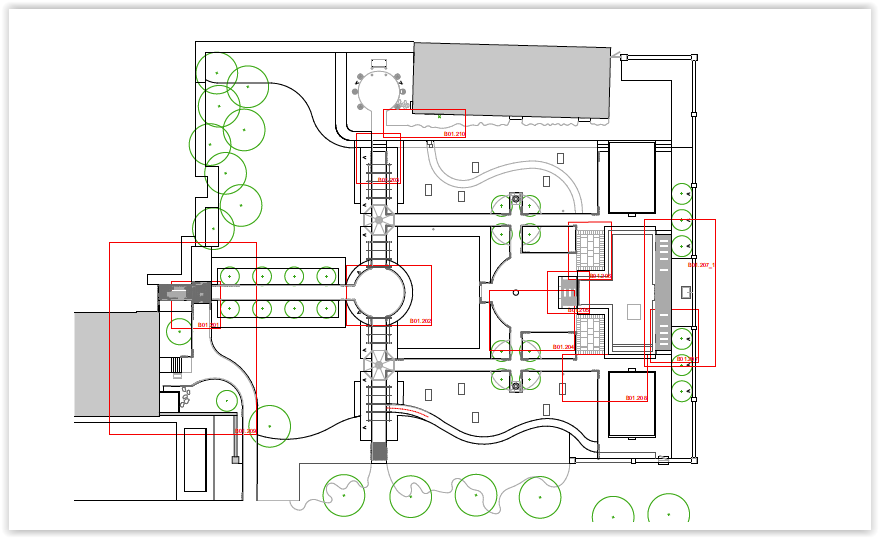
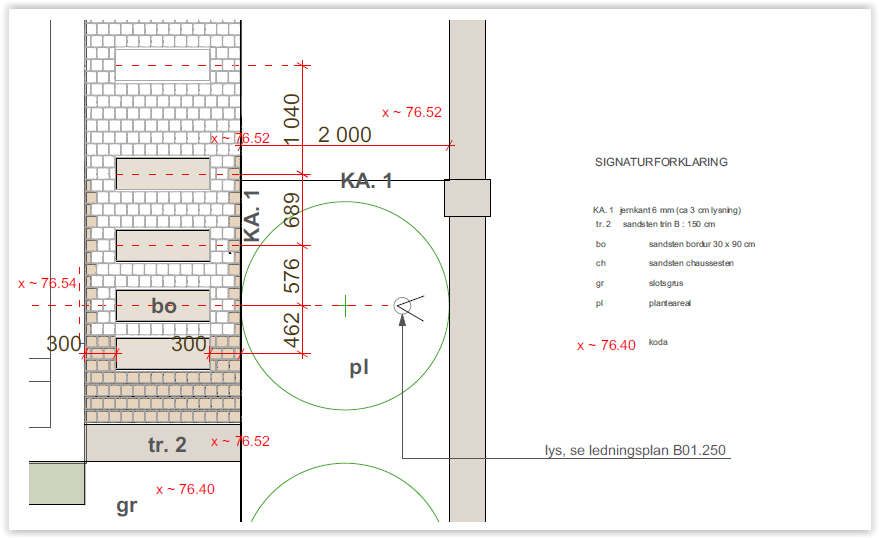
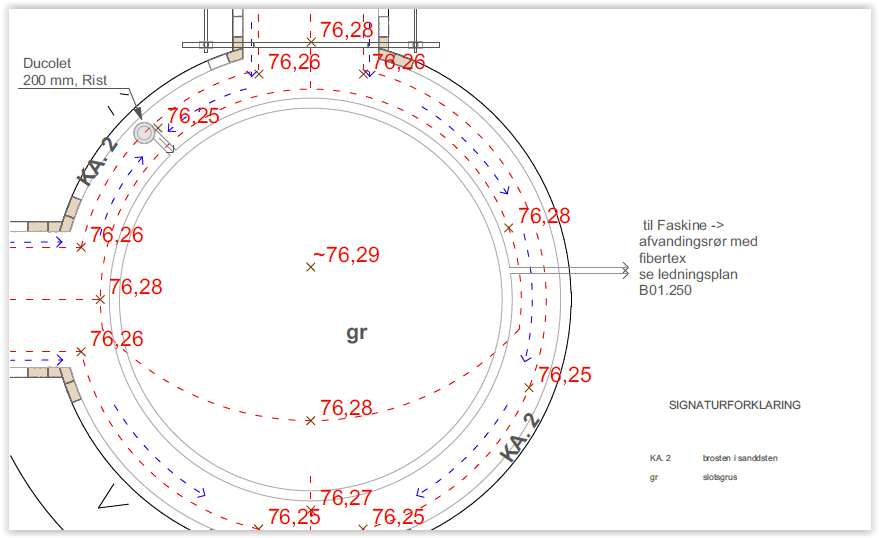
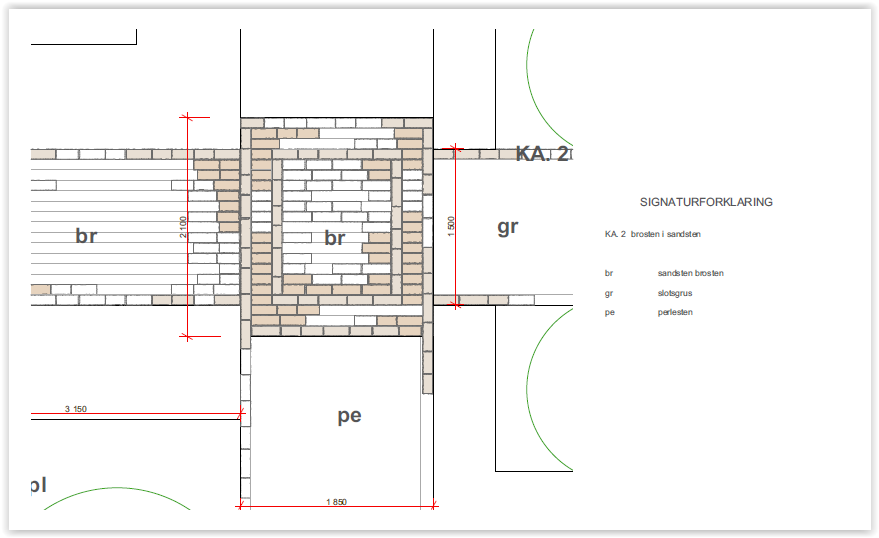
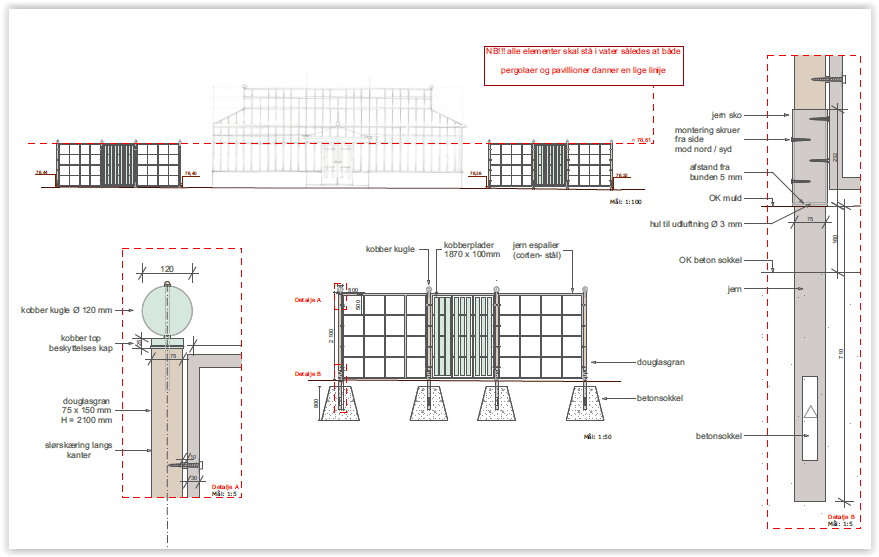
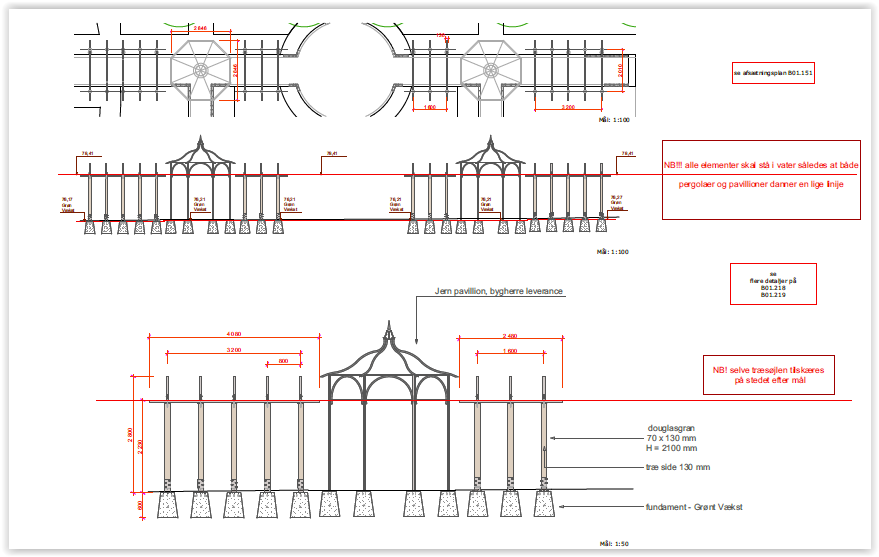
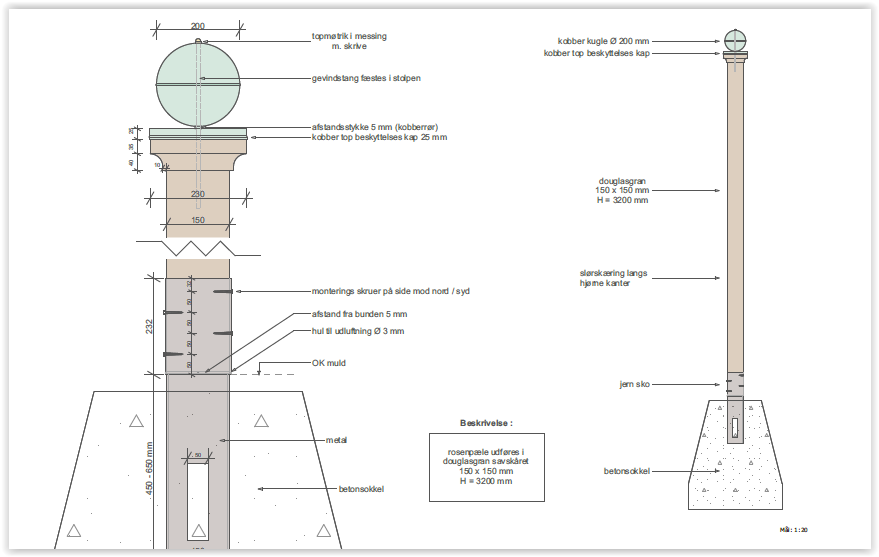
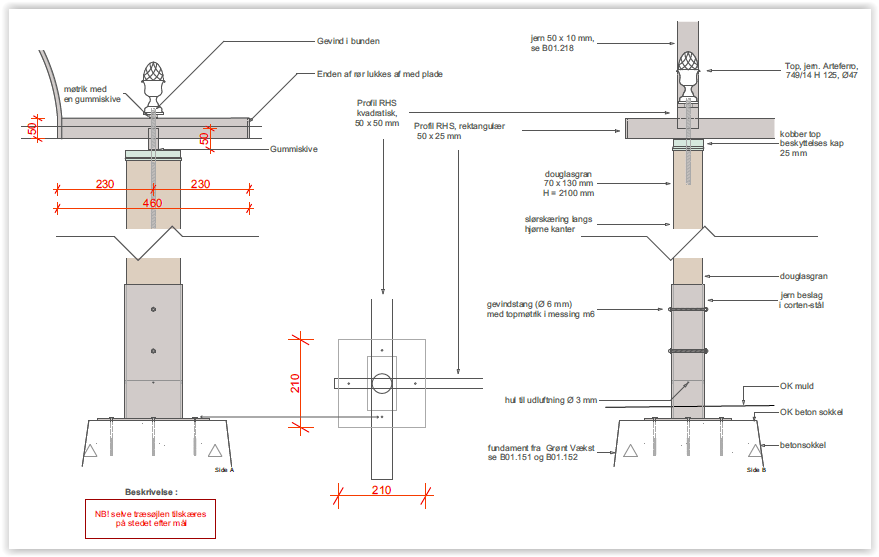
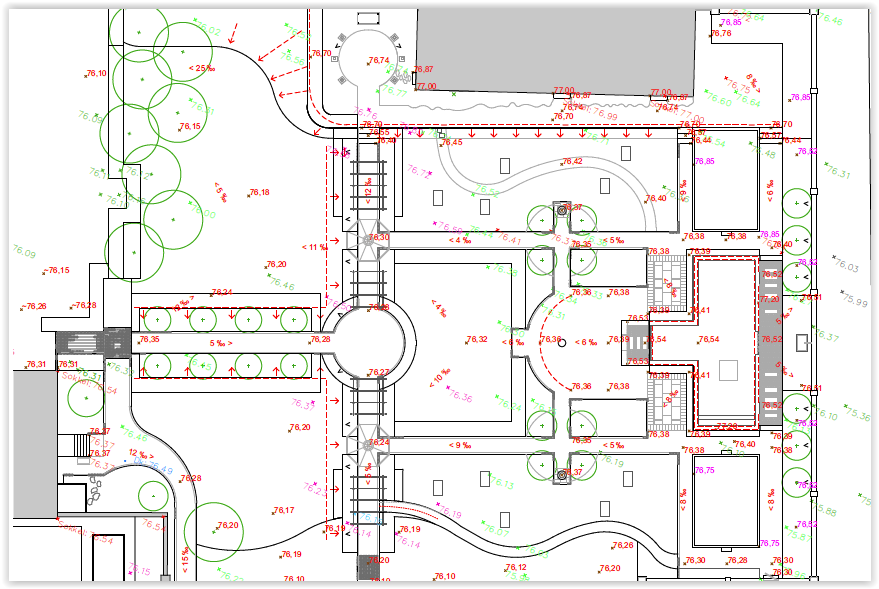
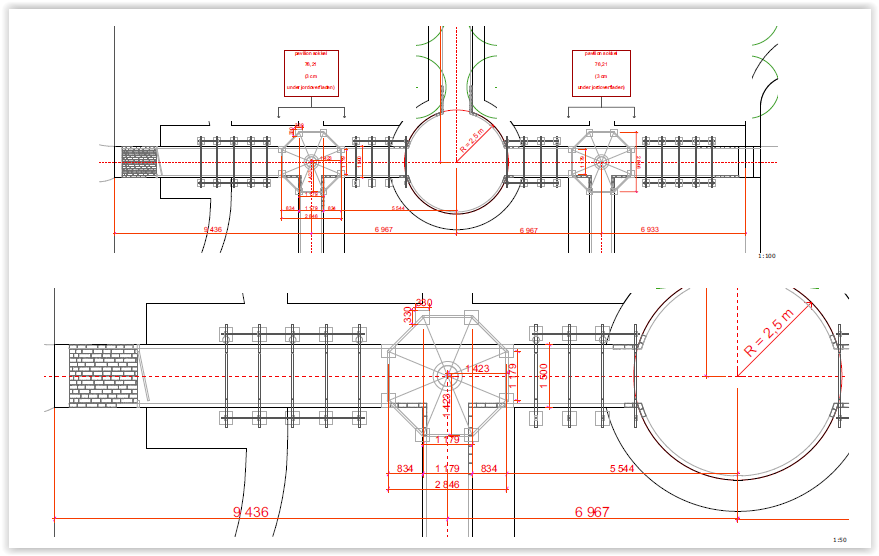
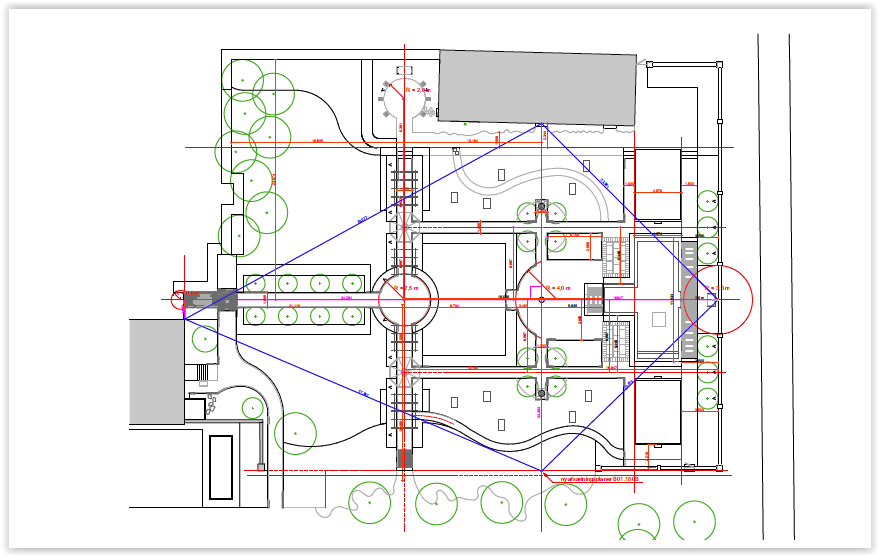
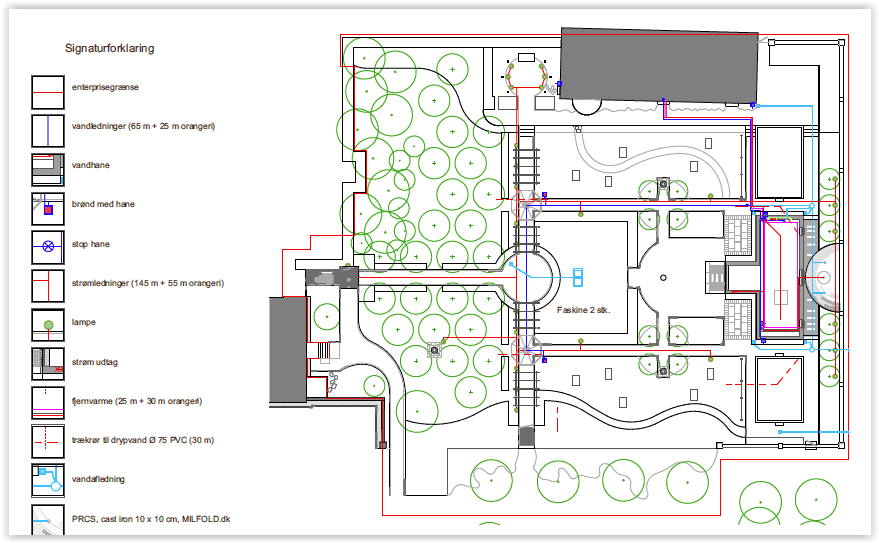
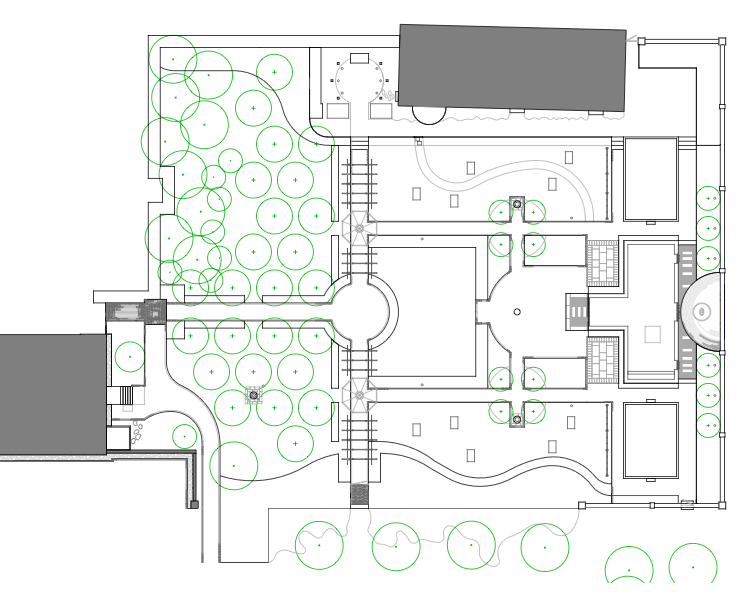
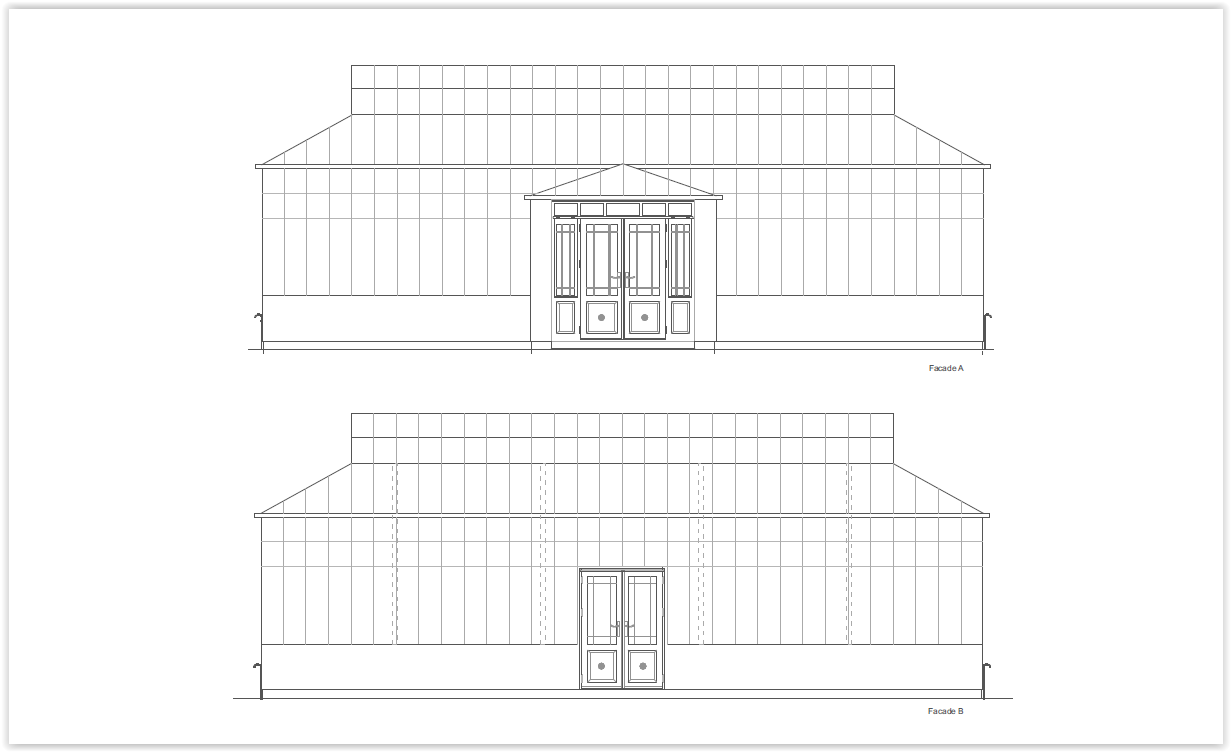
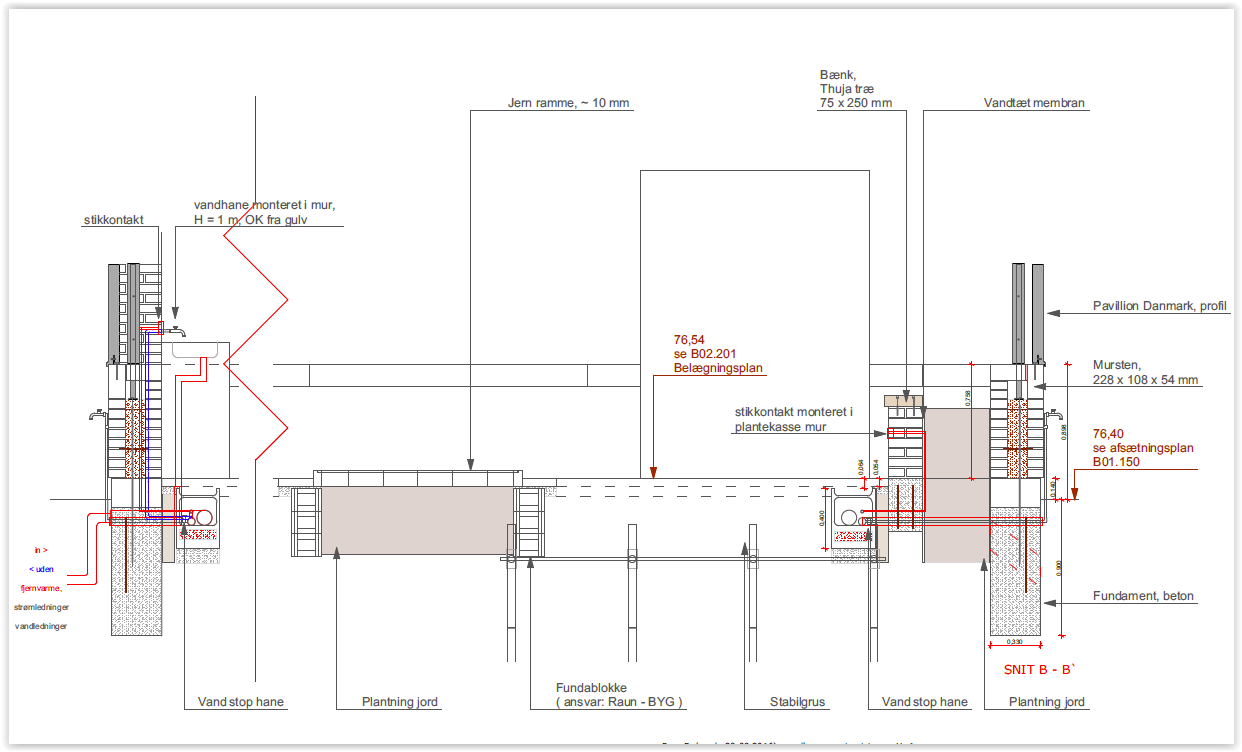
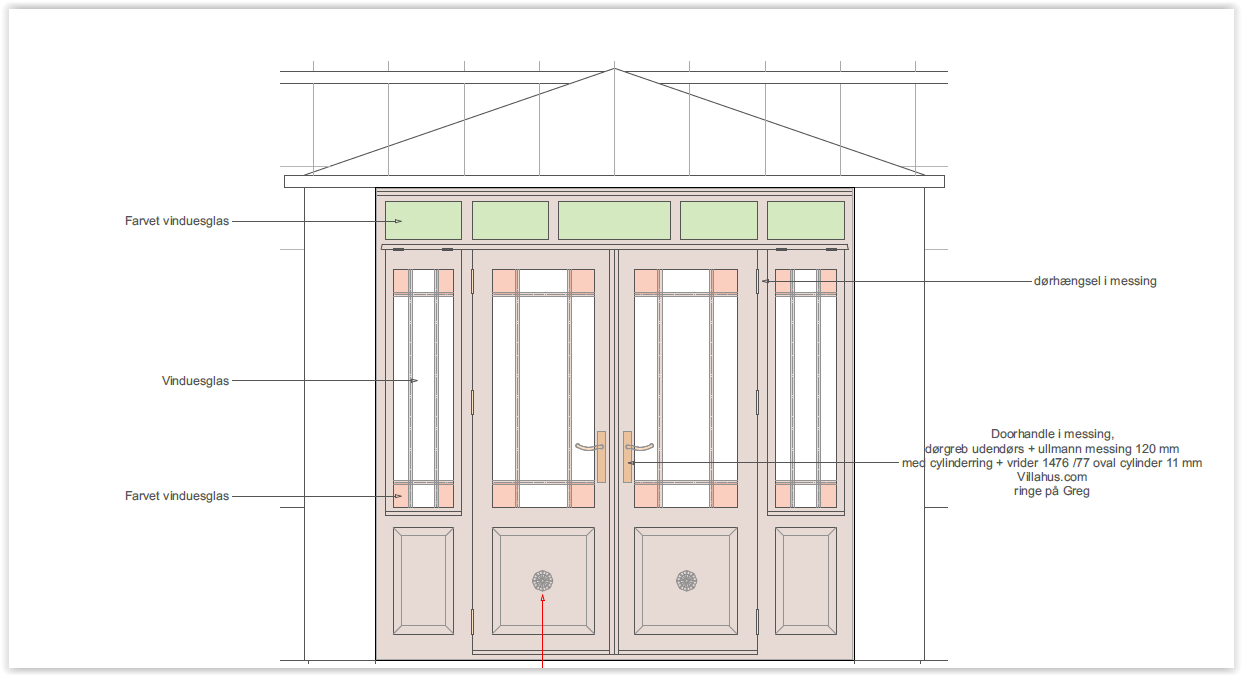
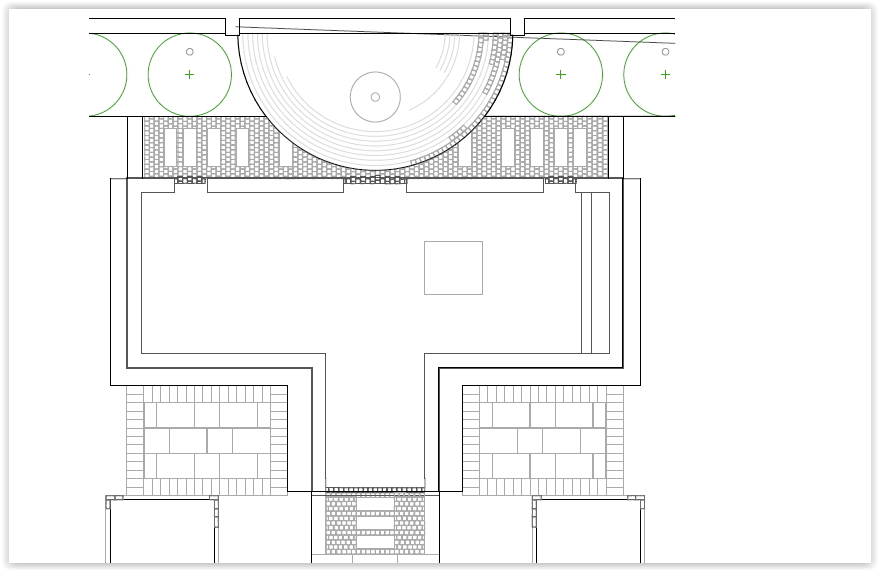
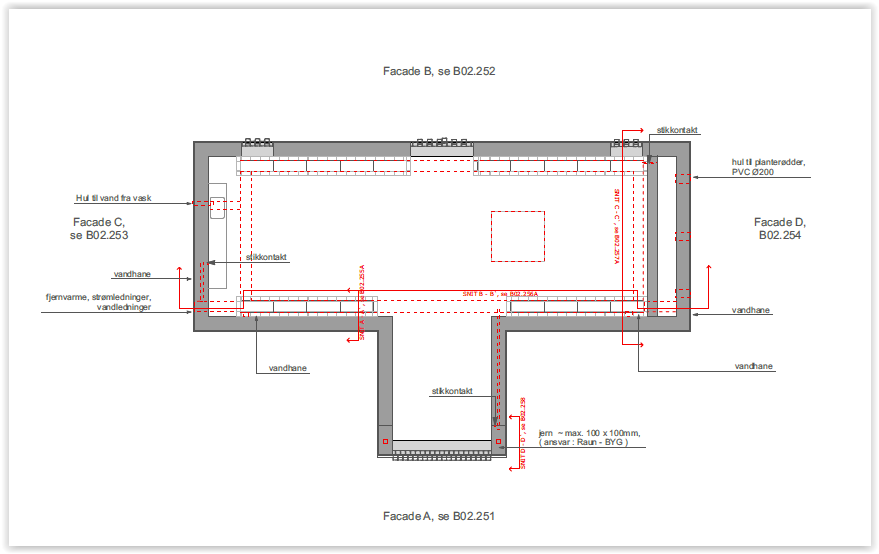
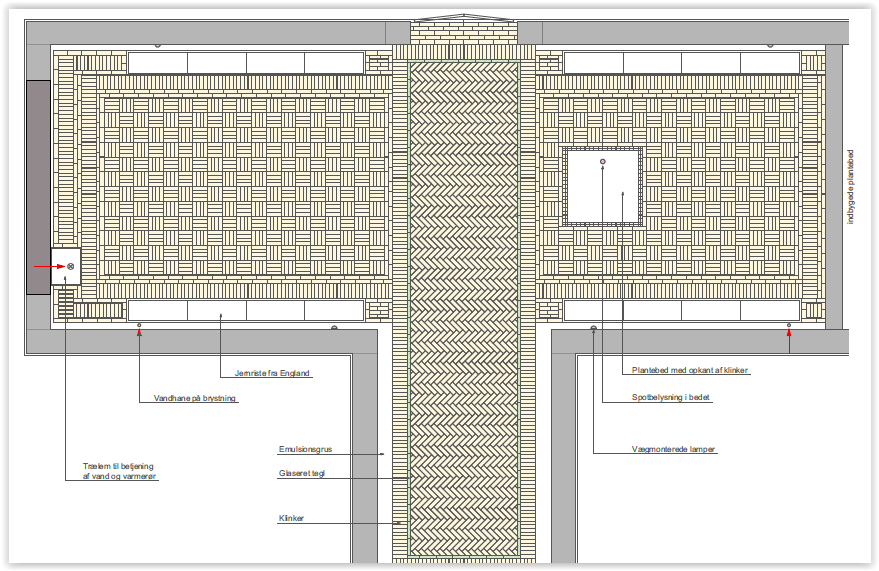
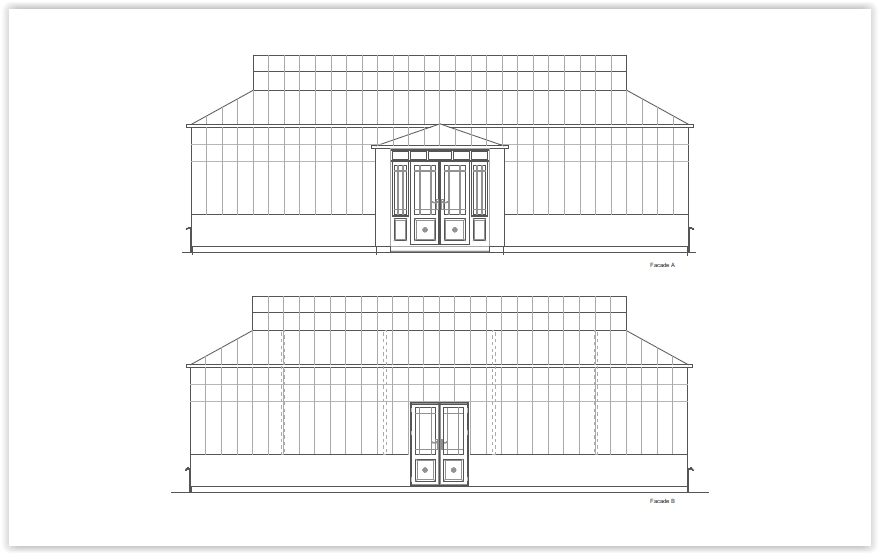
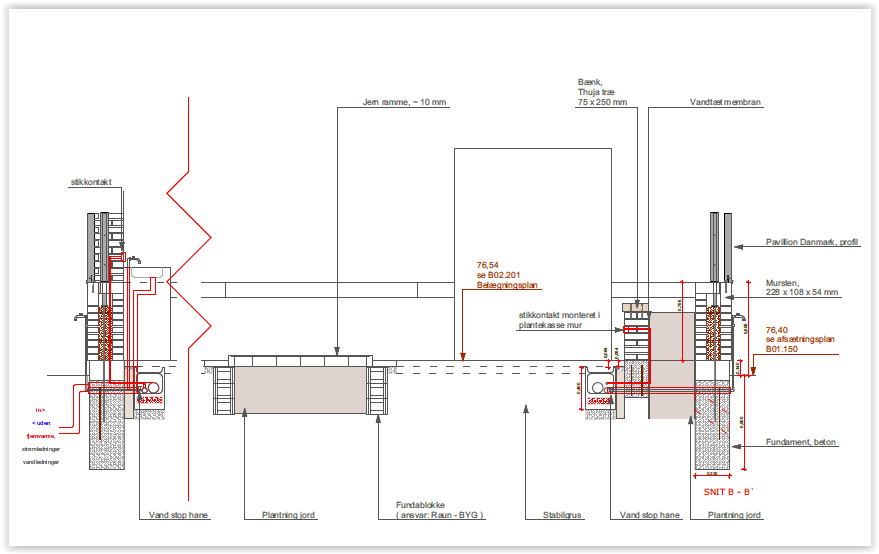
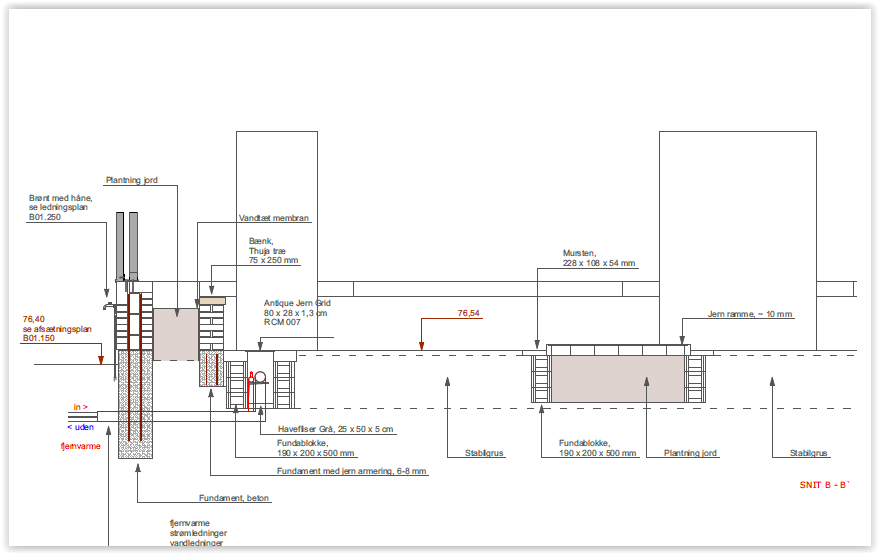
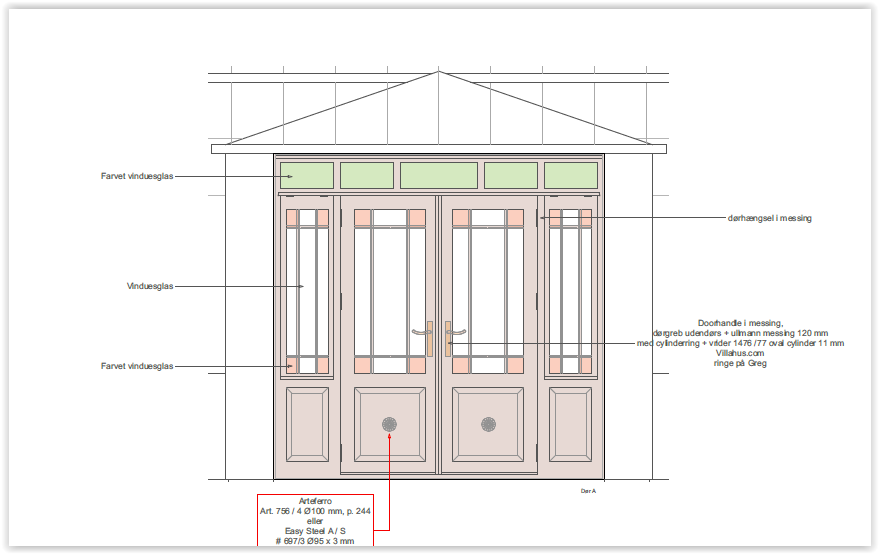
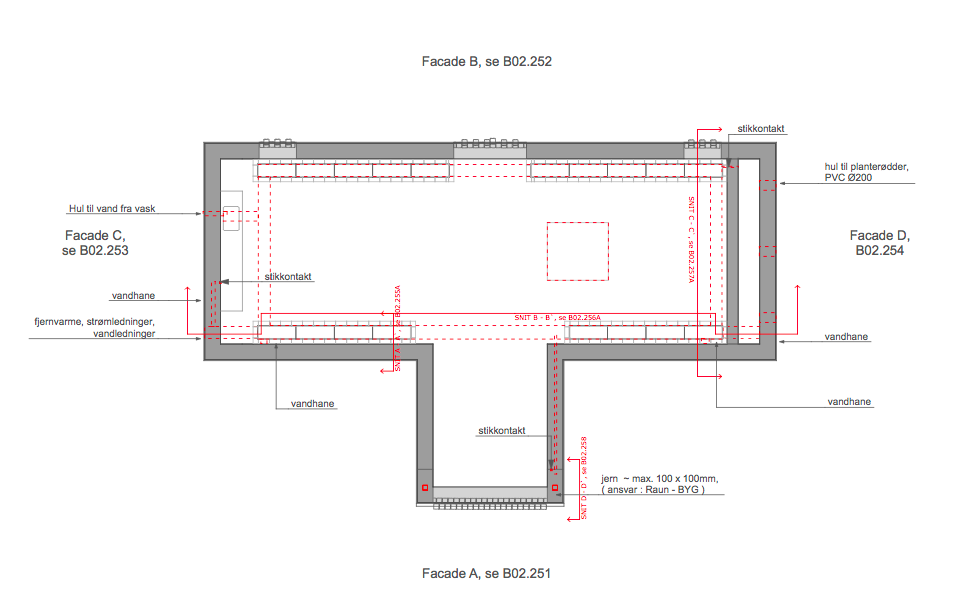
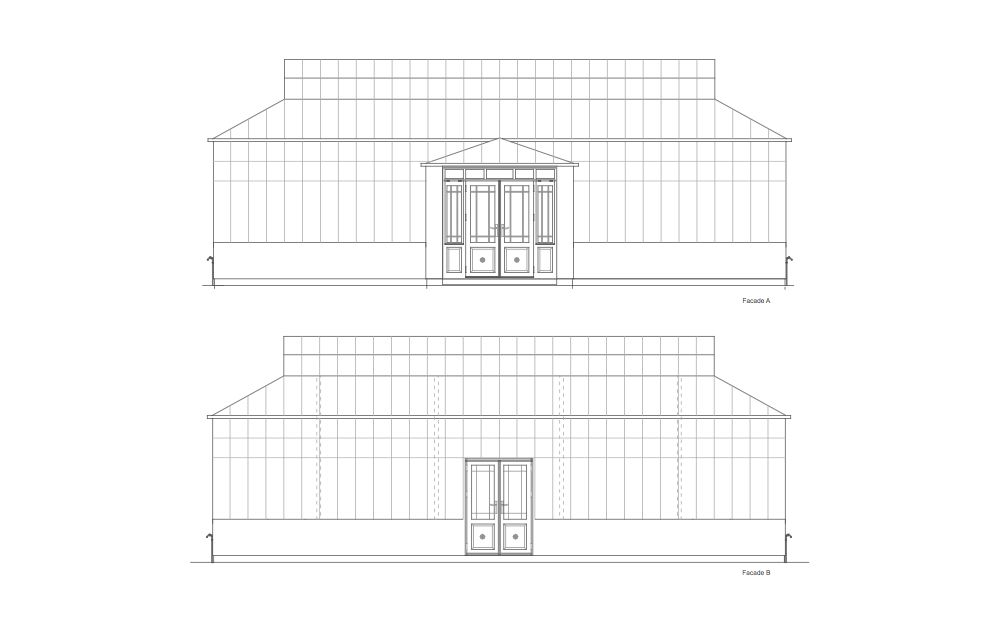
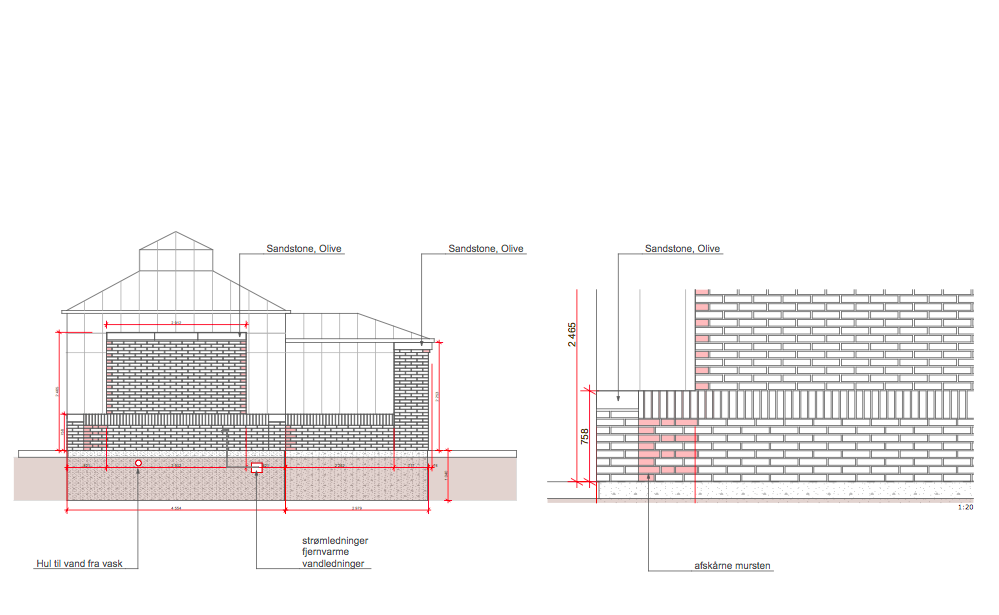
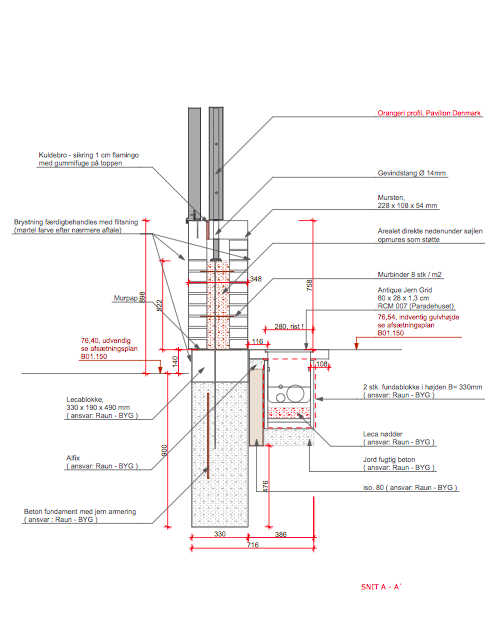
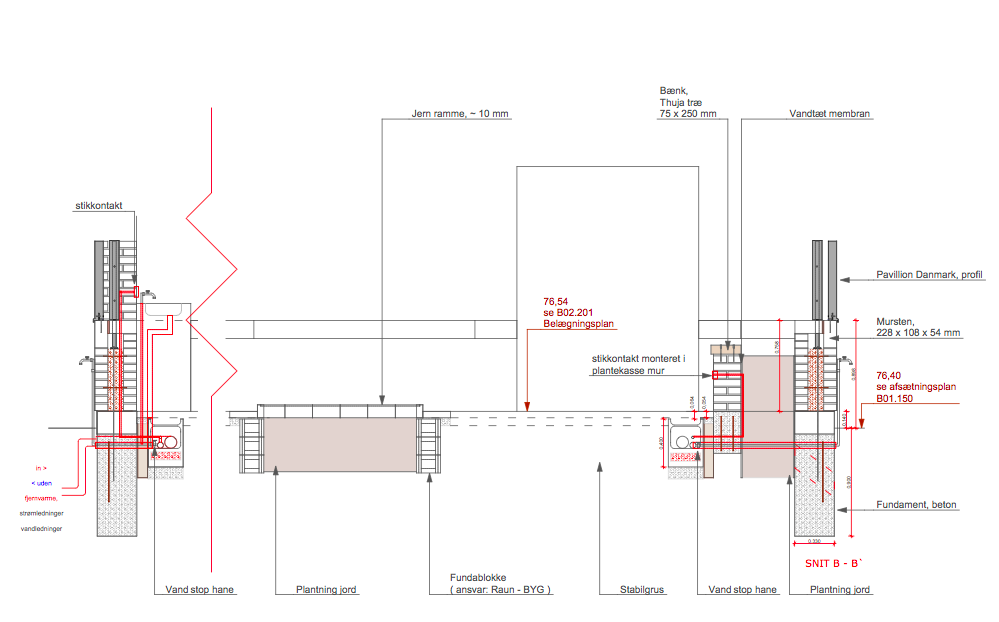
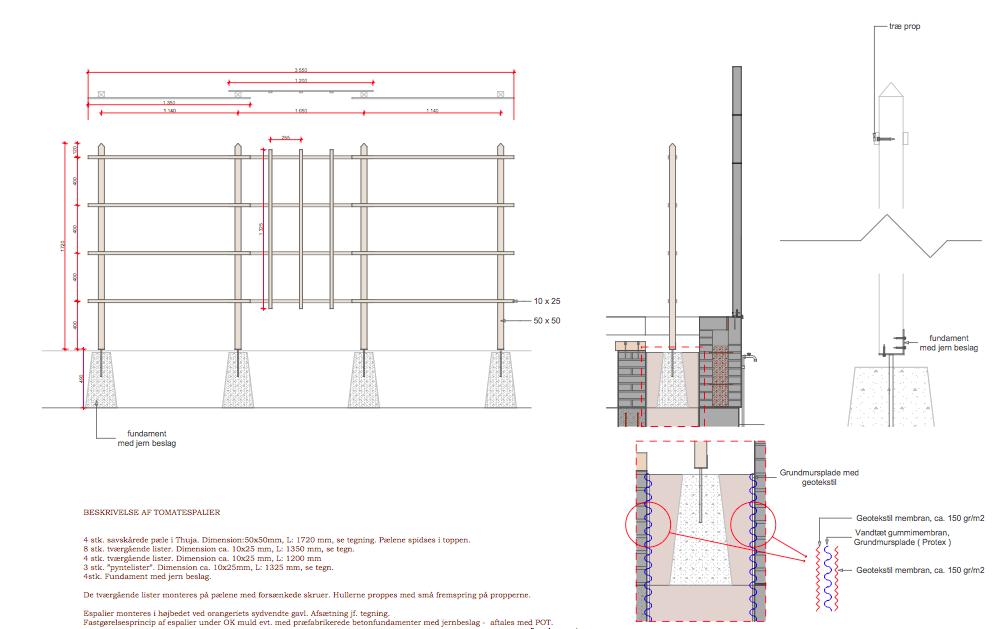
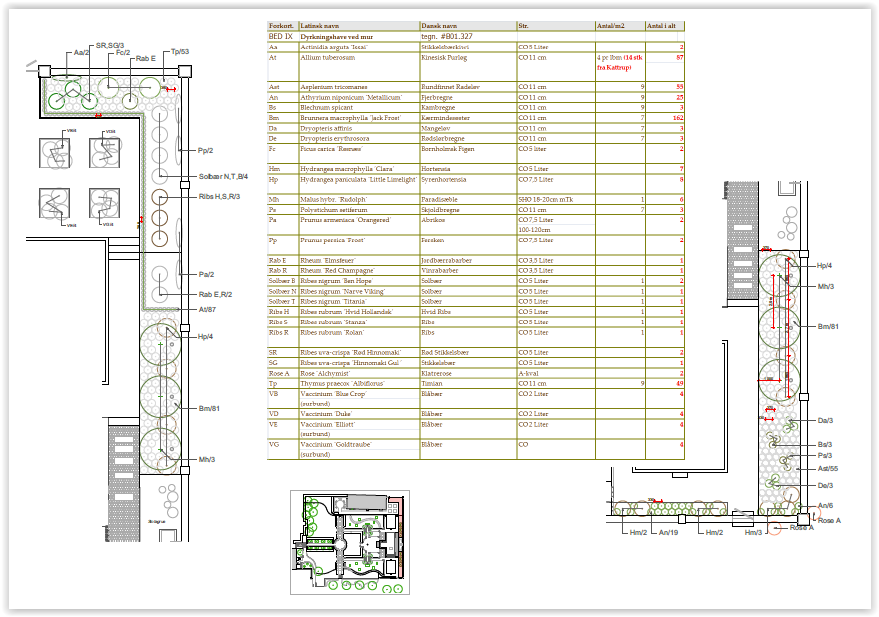
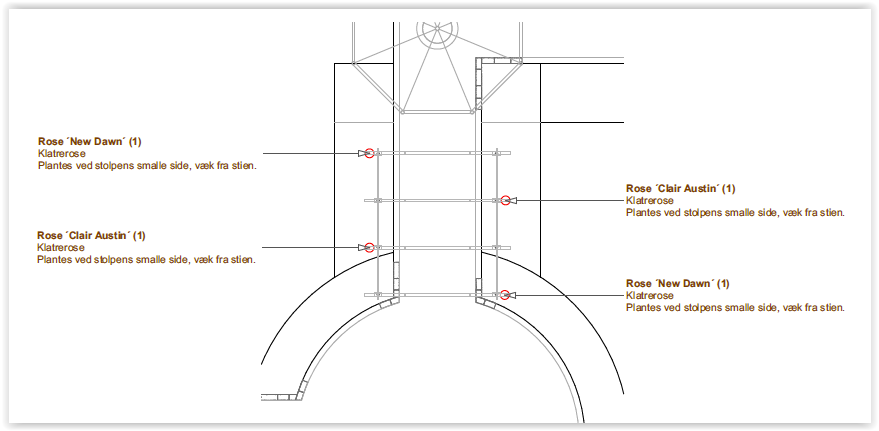
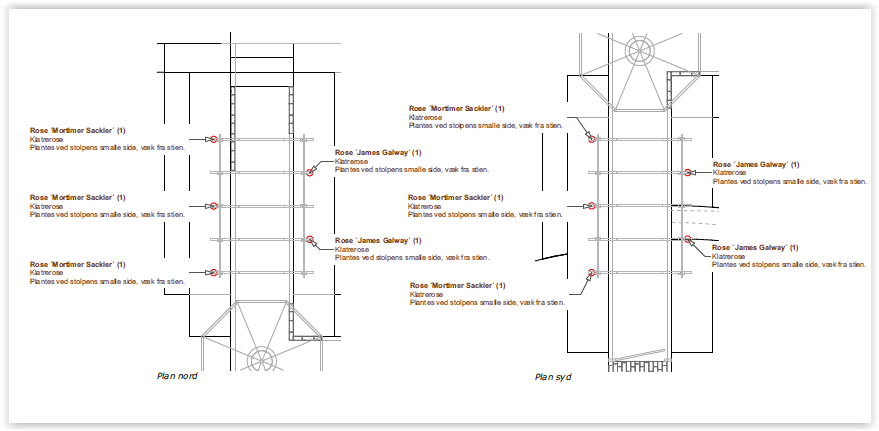
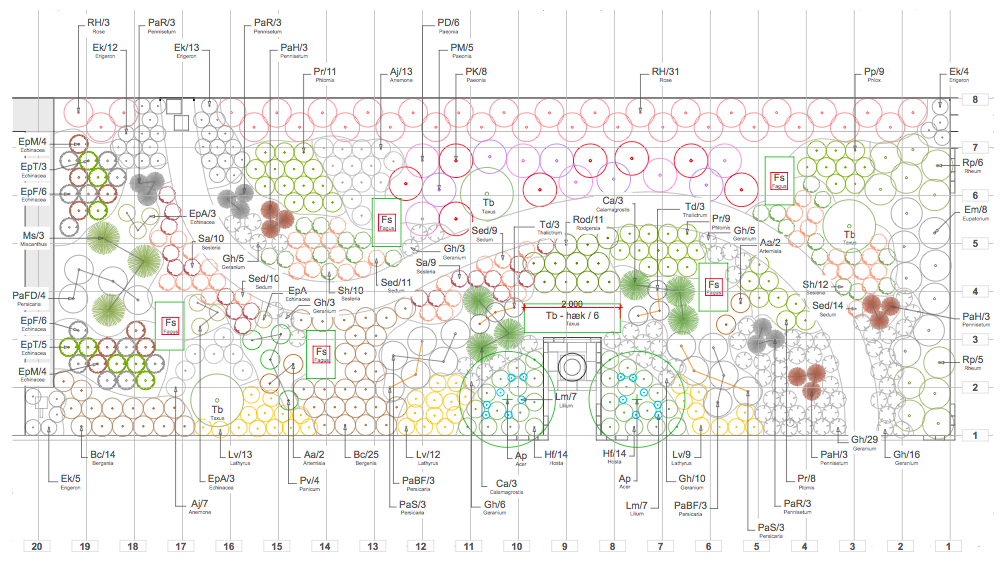
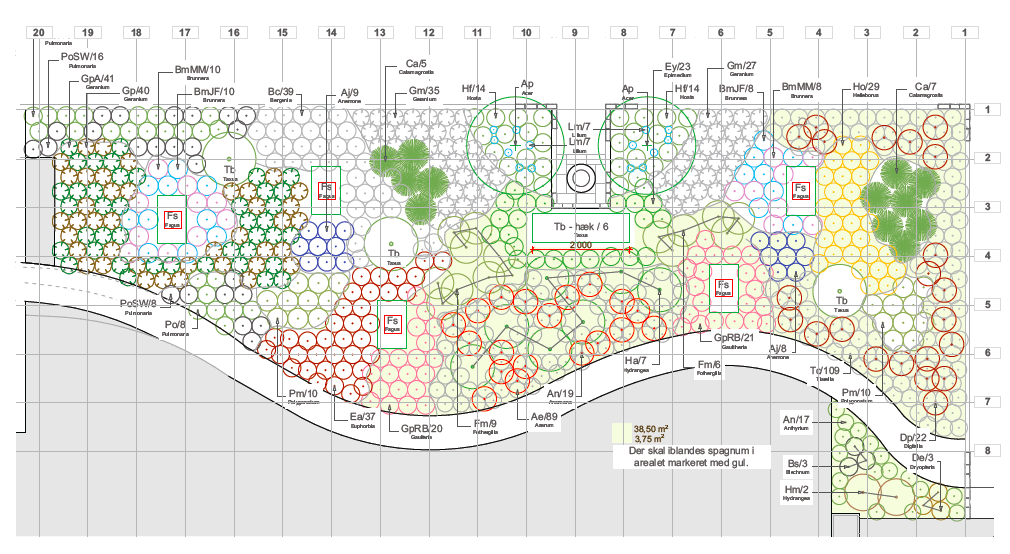
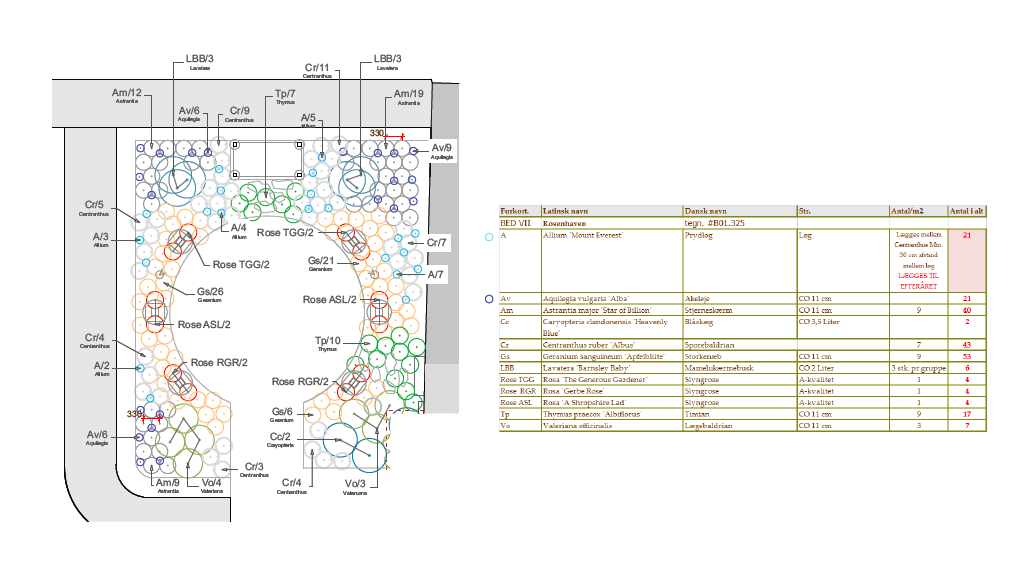
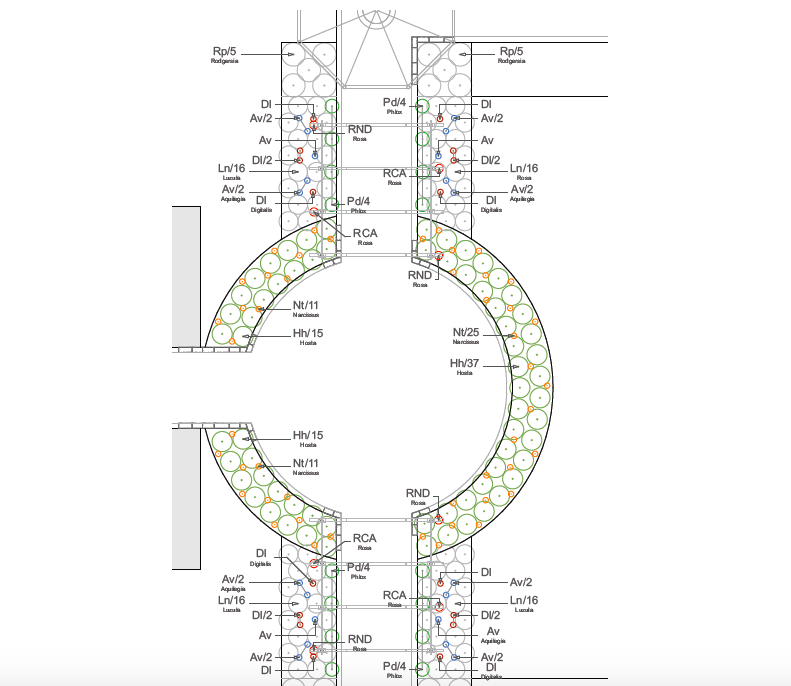
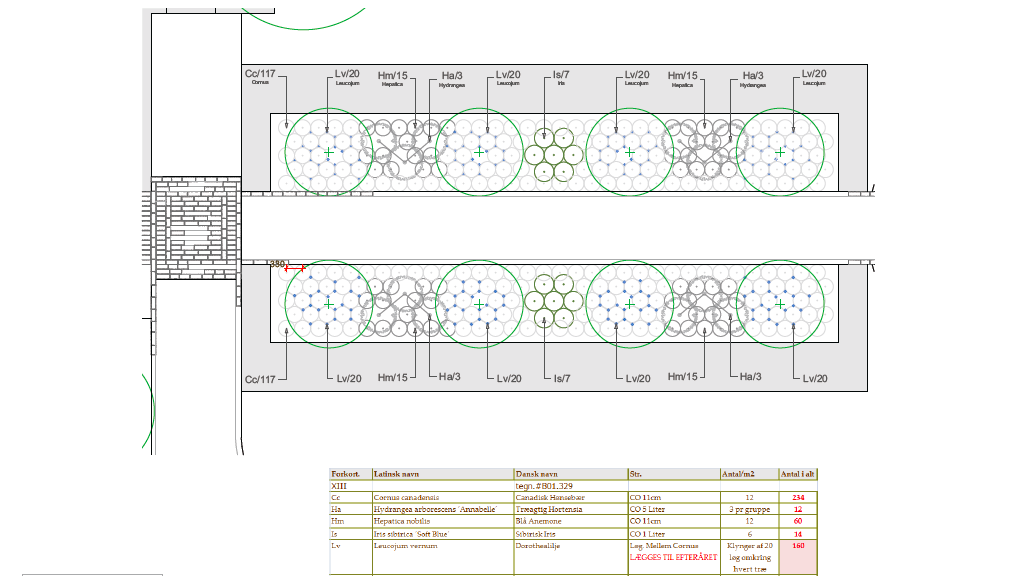
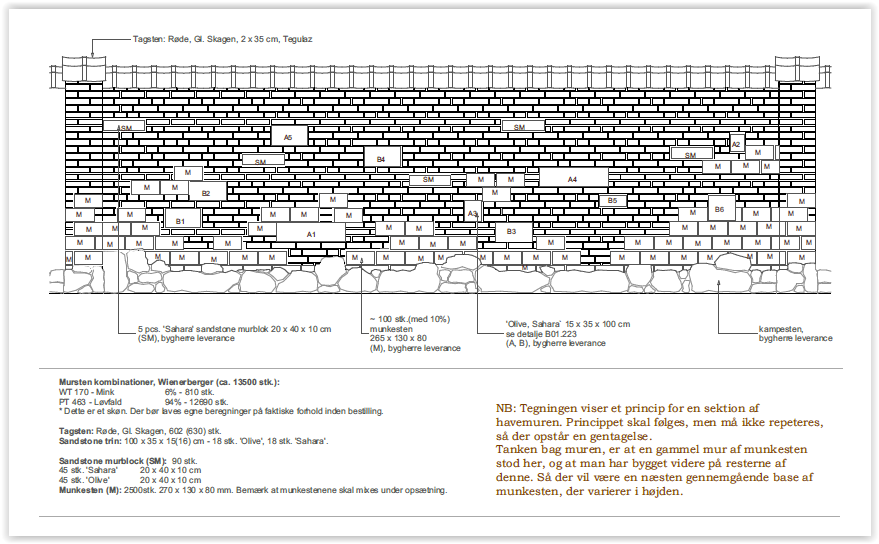
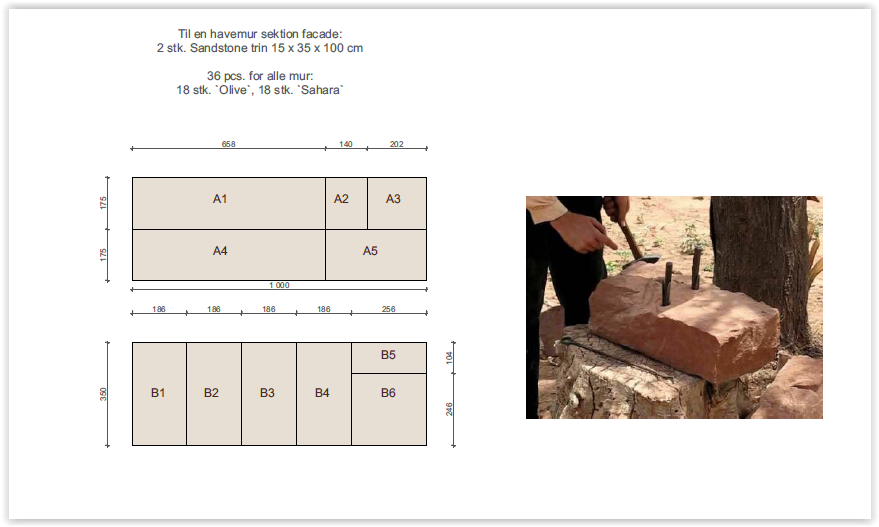
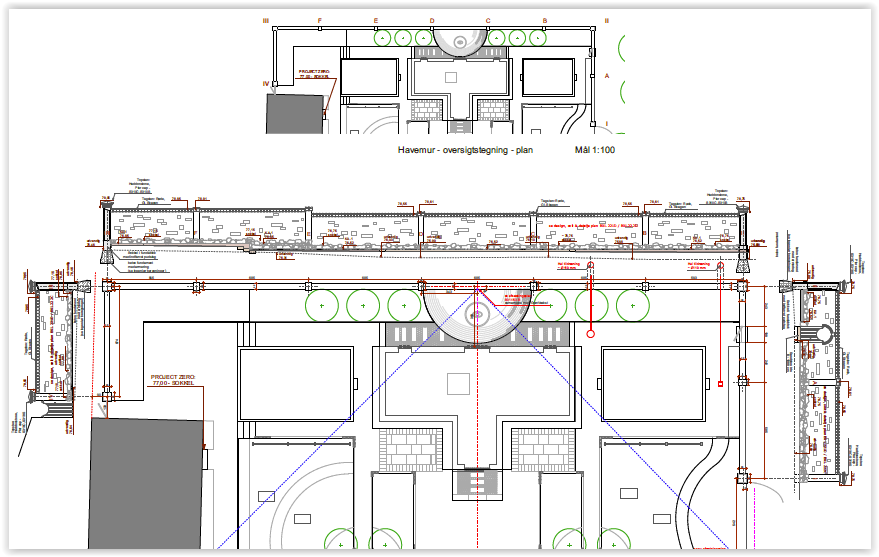
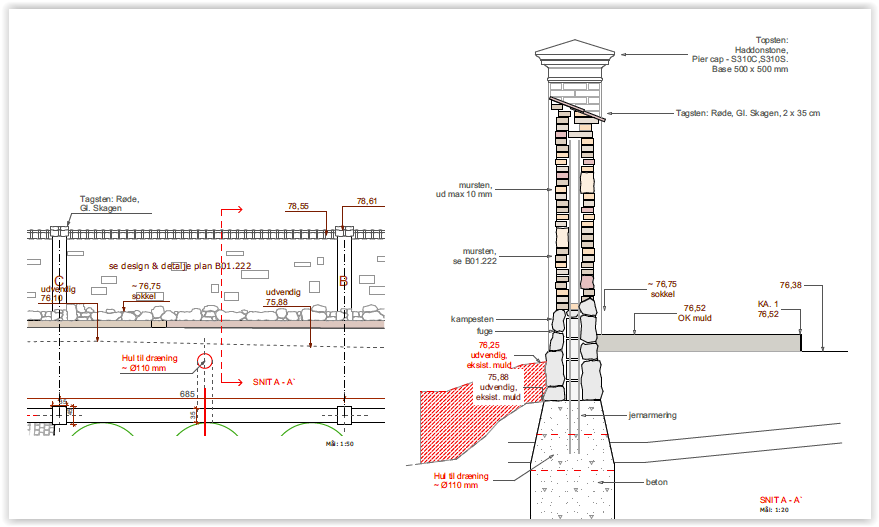
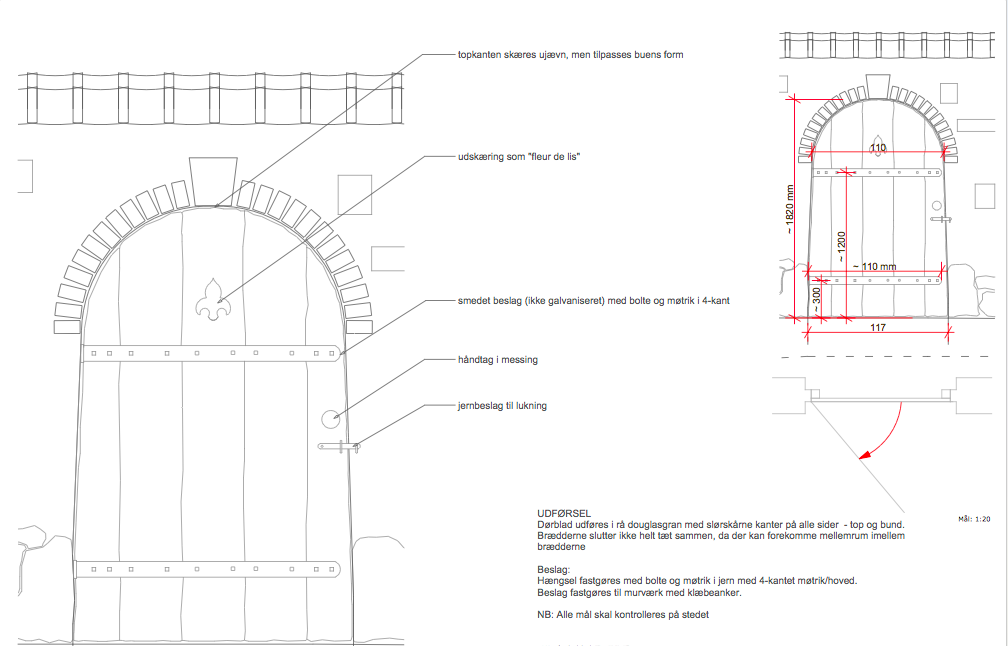
Baroque gardens were intended to illustrate the mastery of man power over nature.
Visit our special project series - Styles and Epochs of Art that Influences Landscape Architecture.
EXISTING CONDITION BEFORE LANDSCAPE INSTALLATION
Existing Condition - before landscape installation
This project designed and built to last for generations.
WORK IN PROGRESS & SUPERVISION
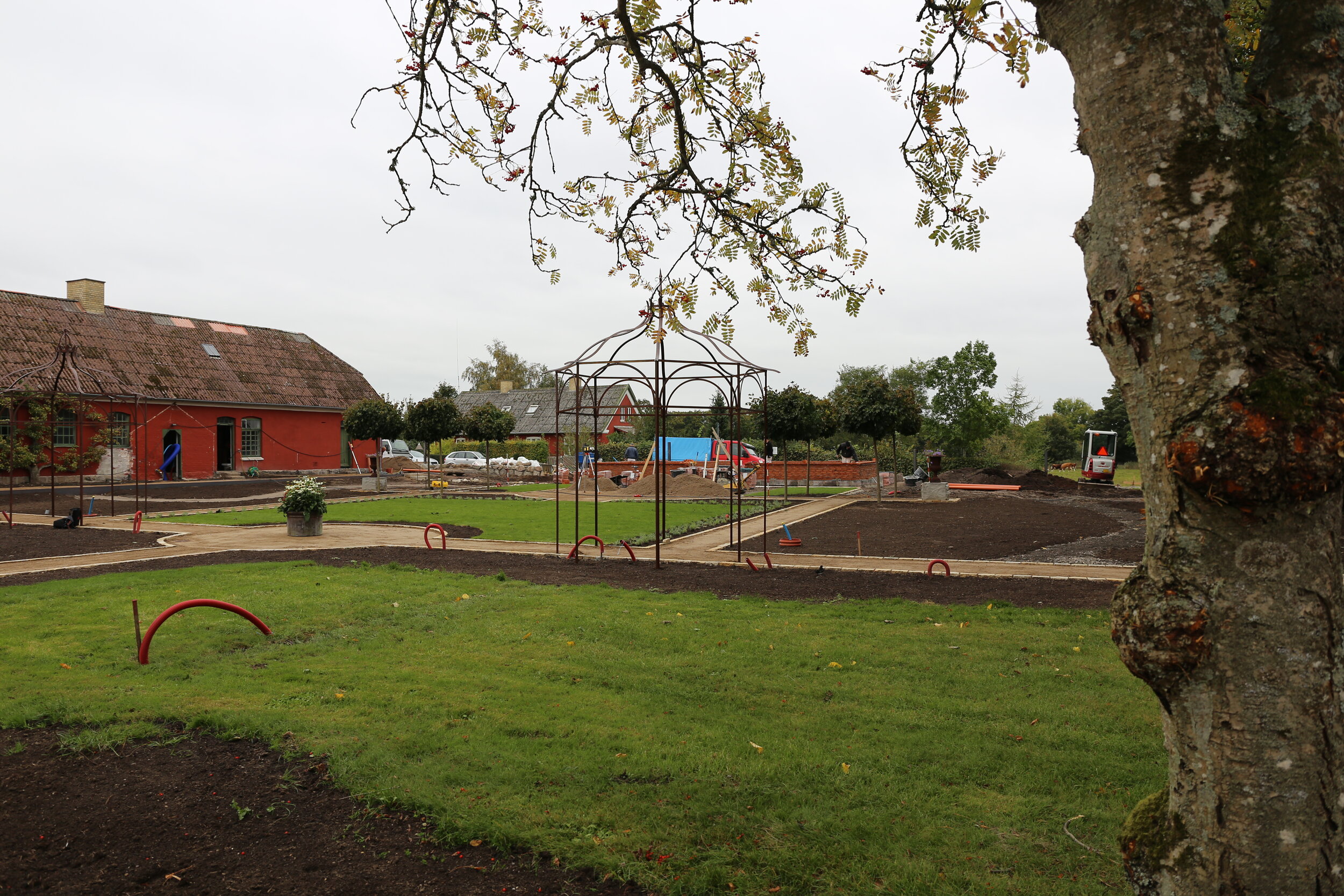
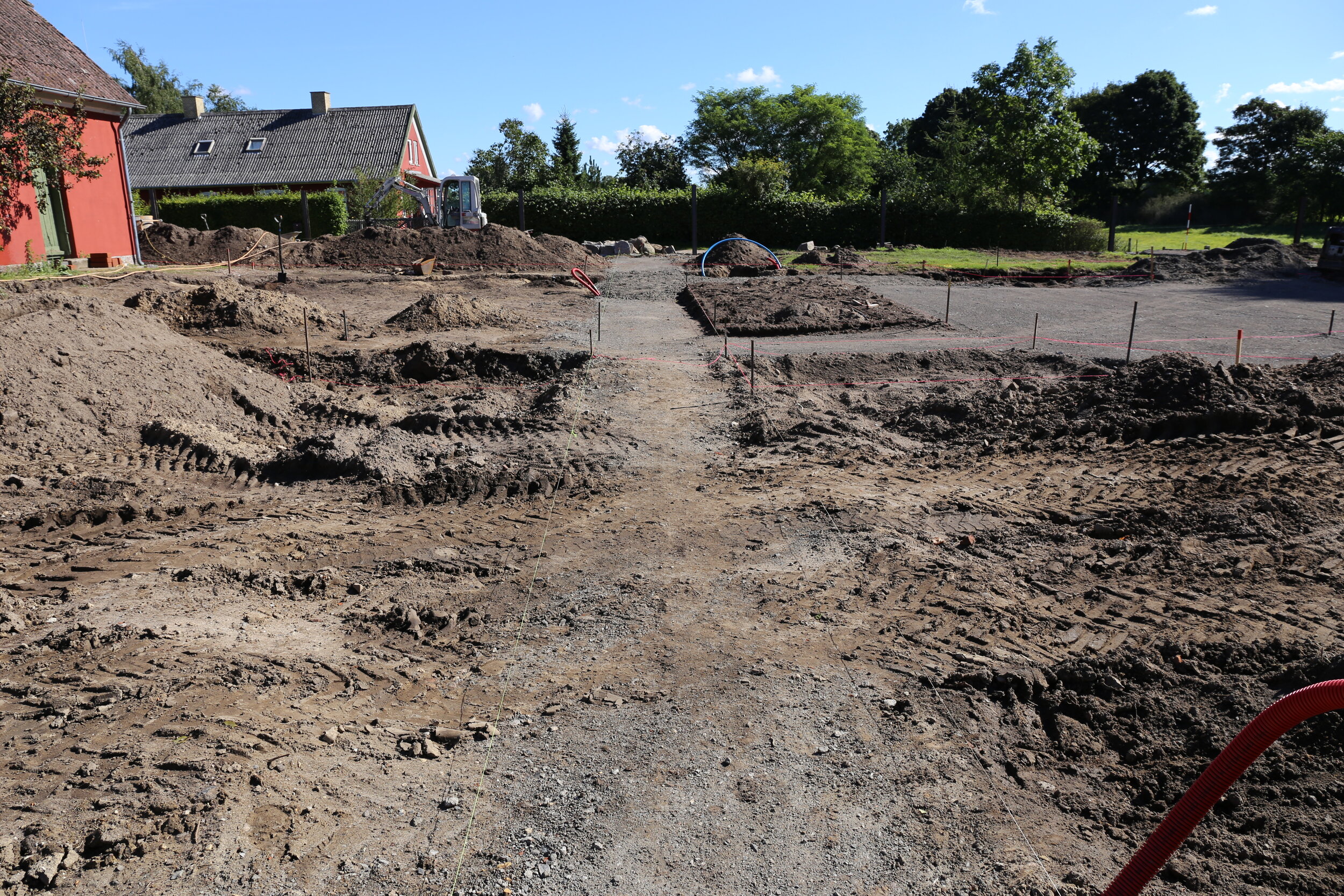
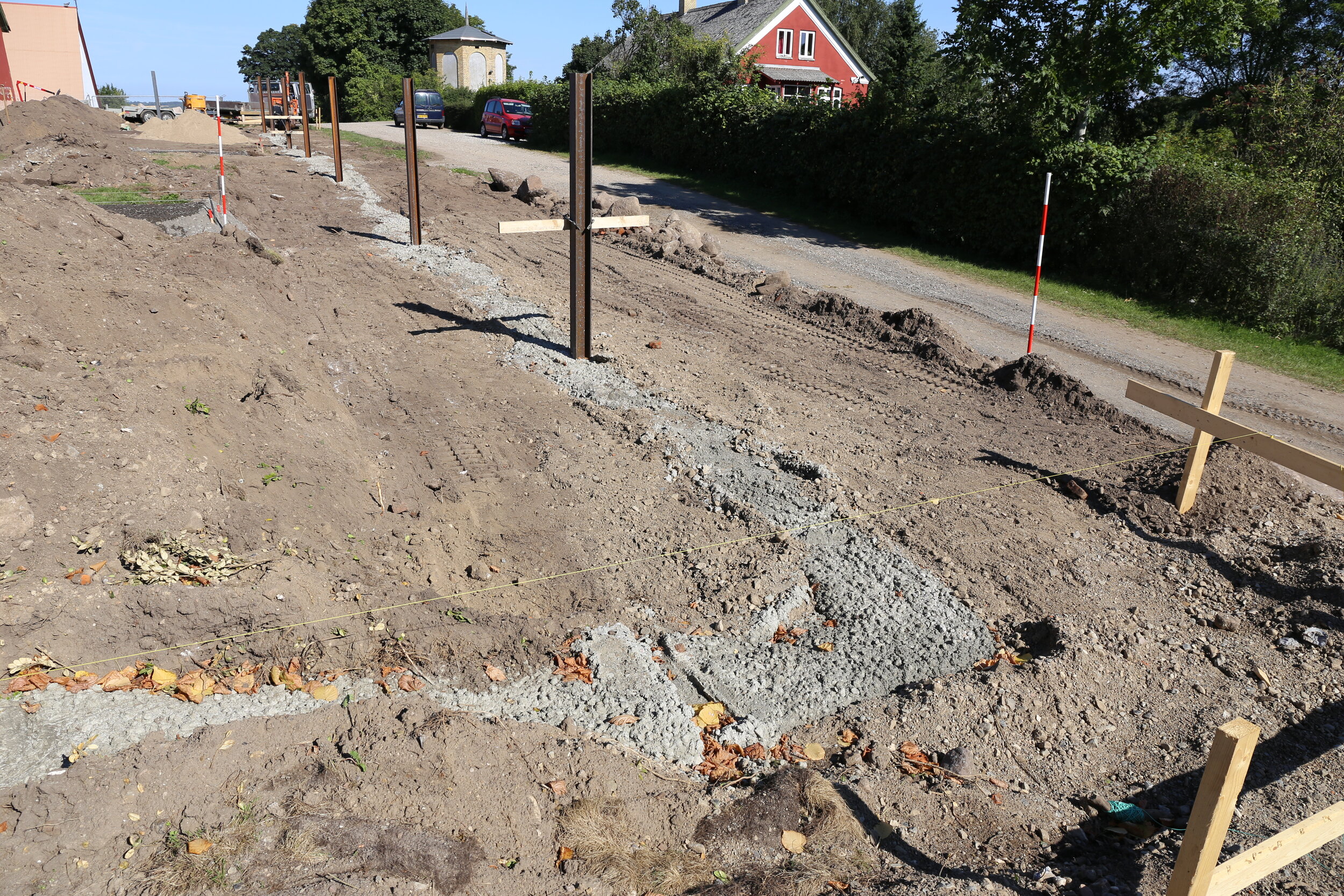
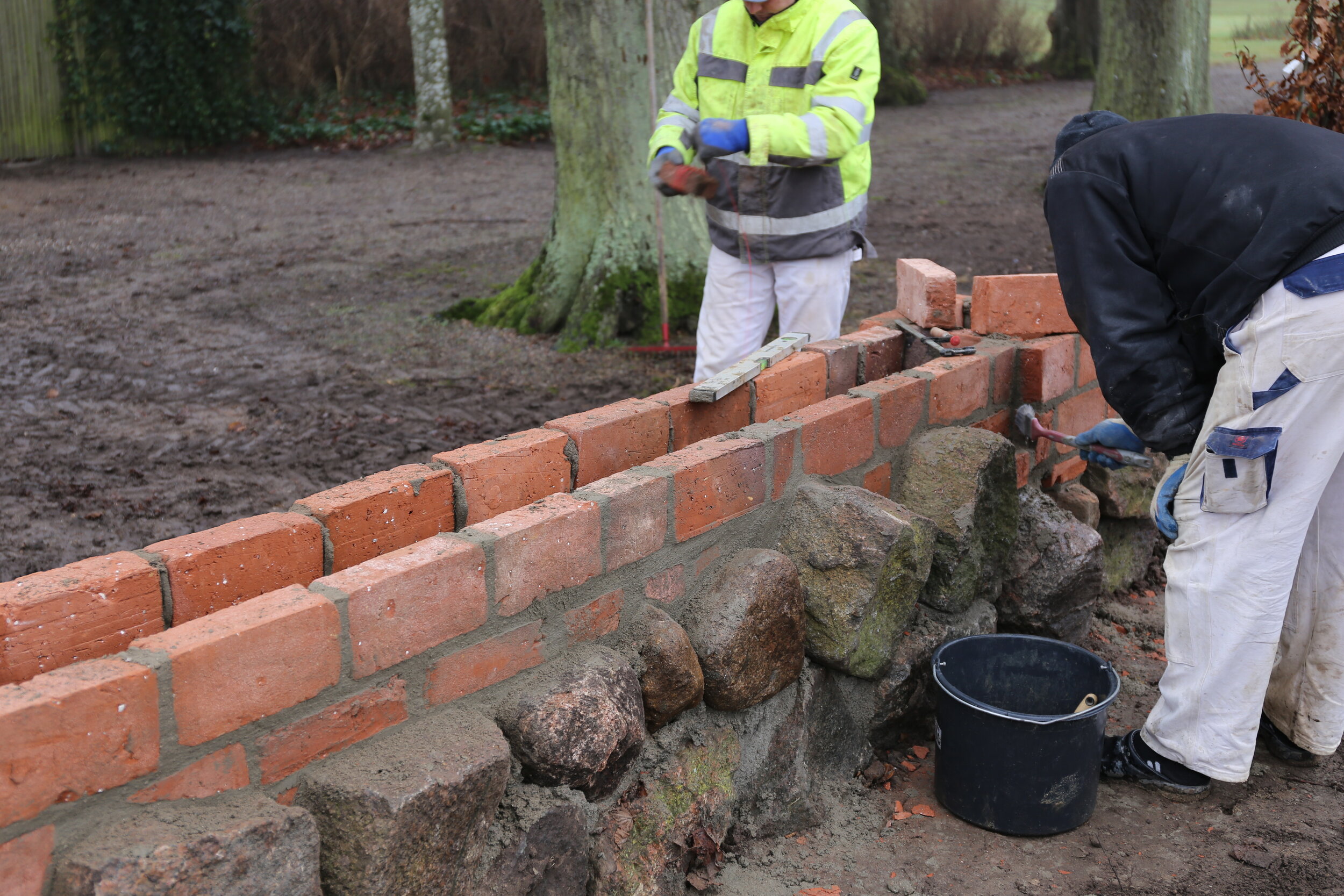
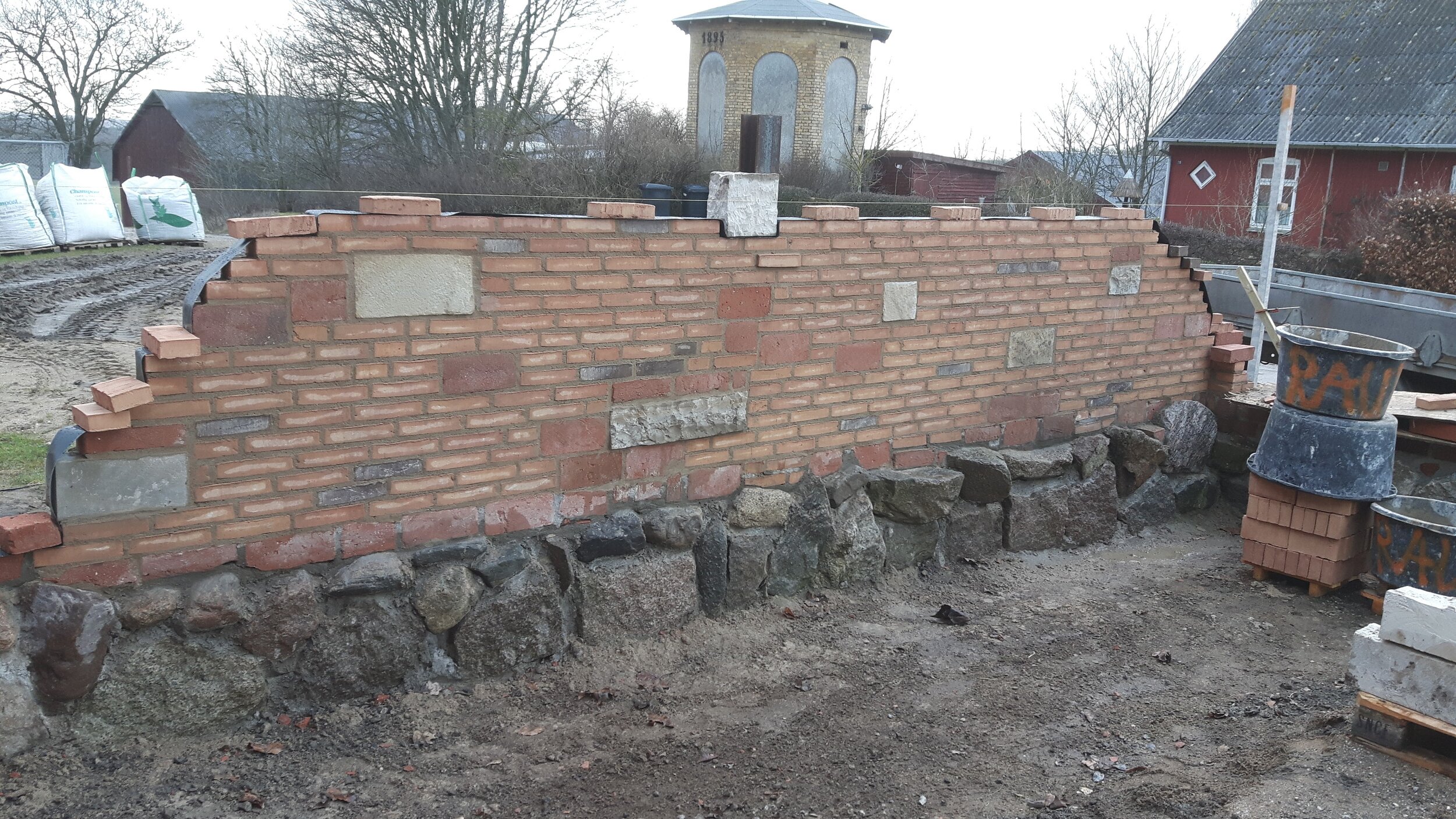
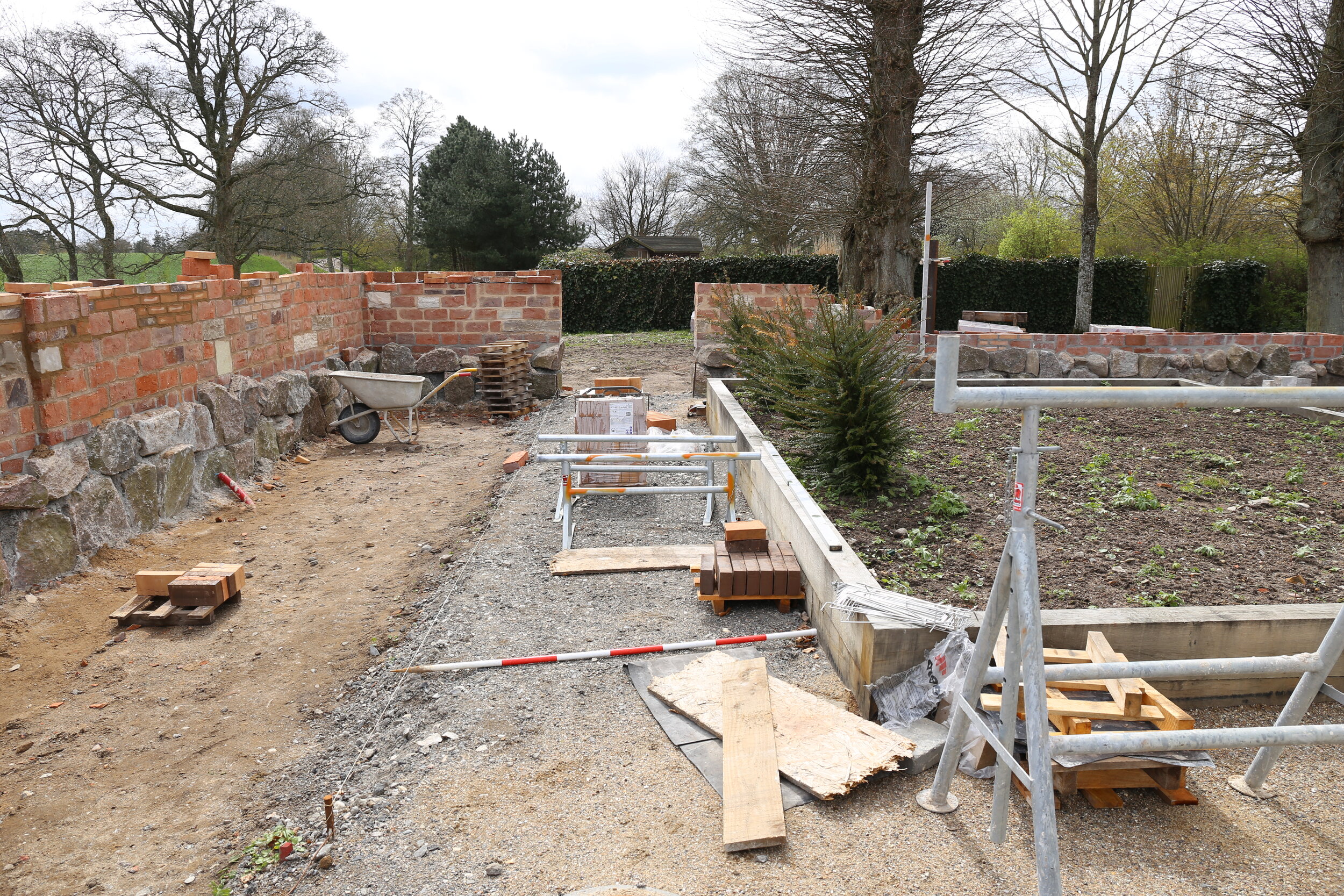
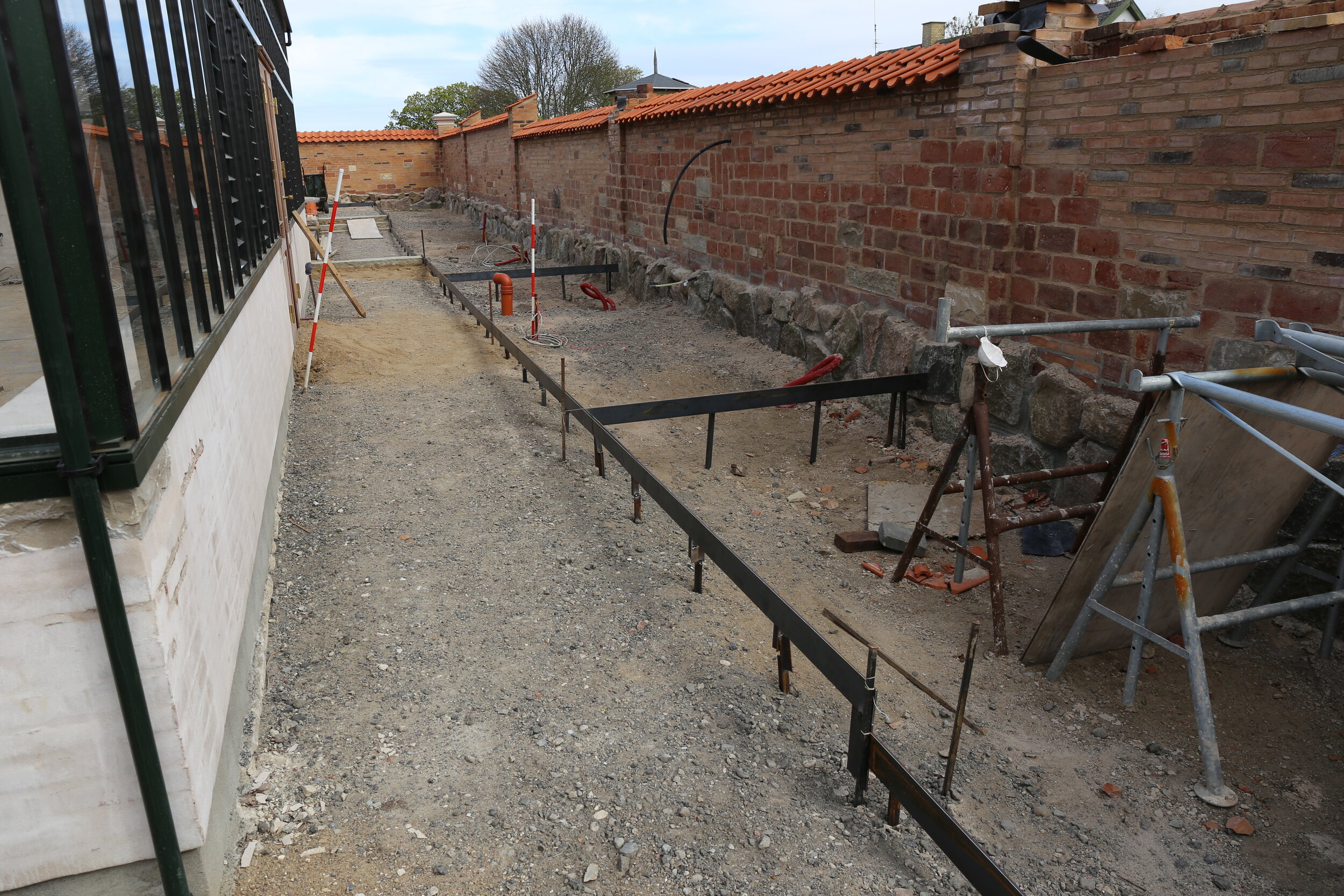
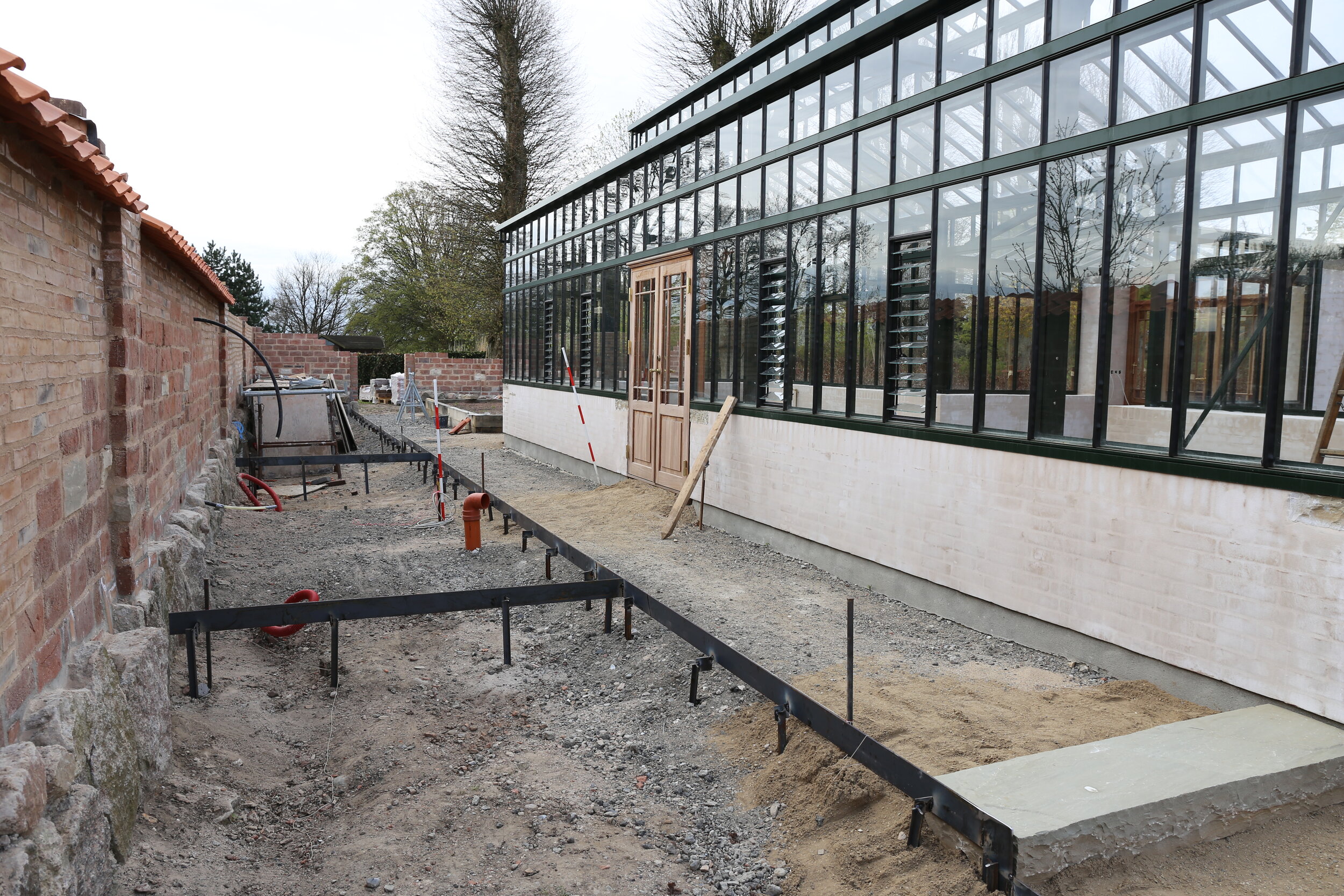
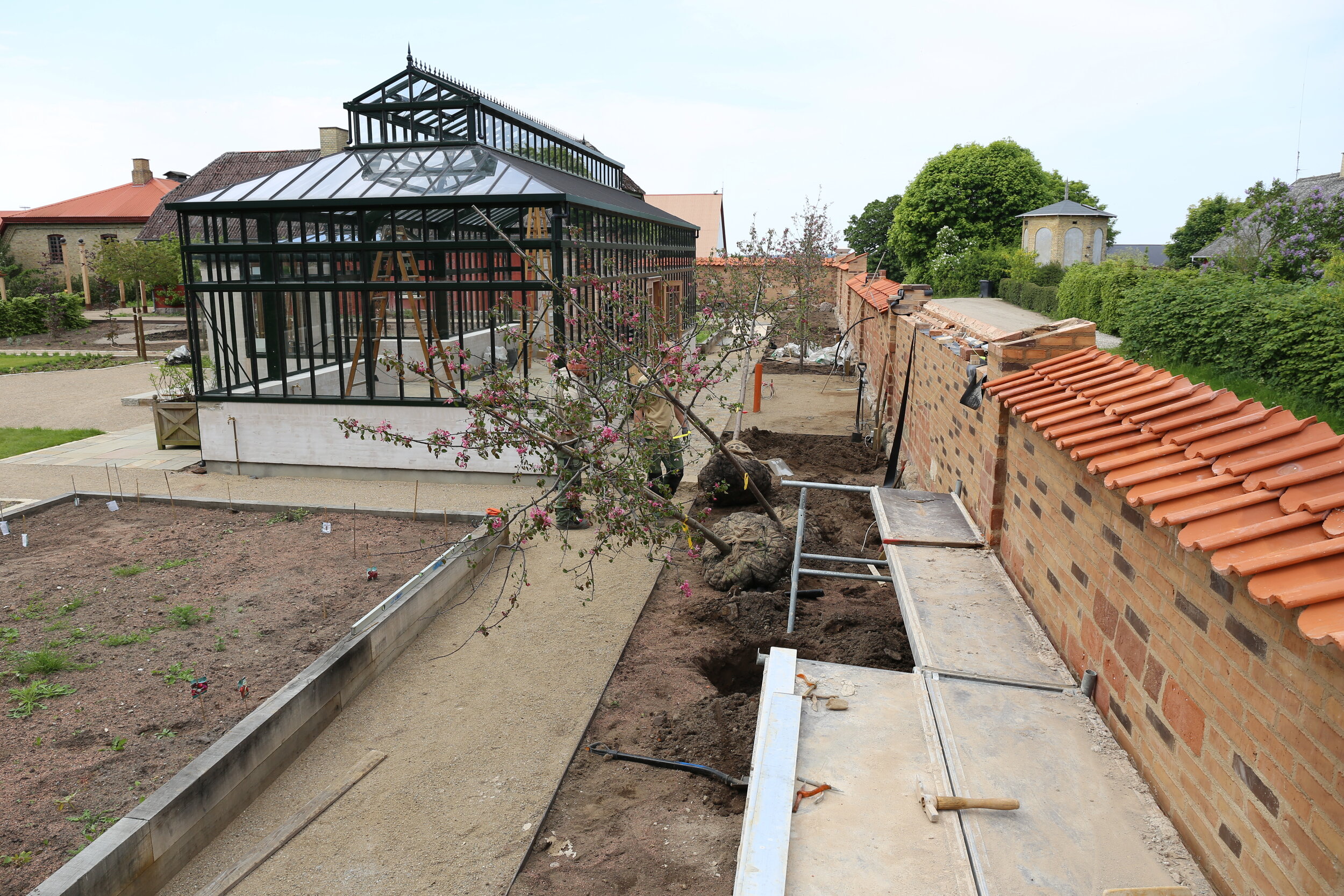
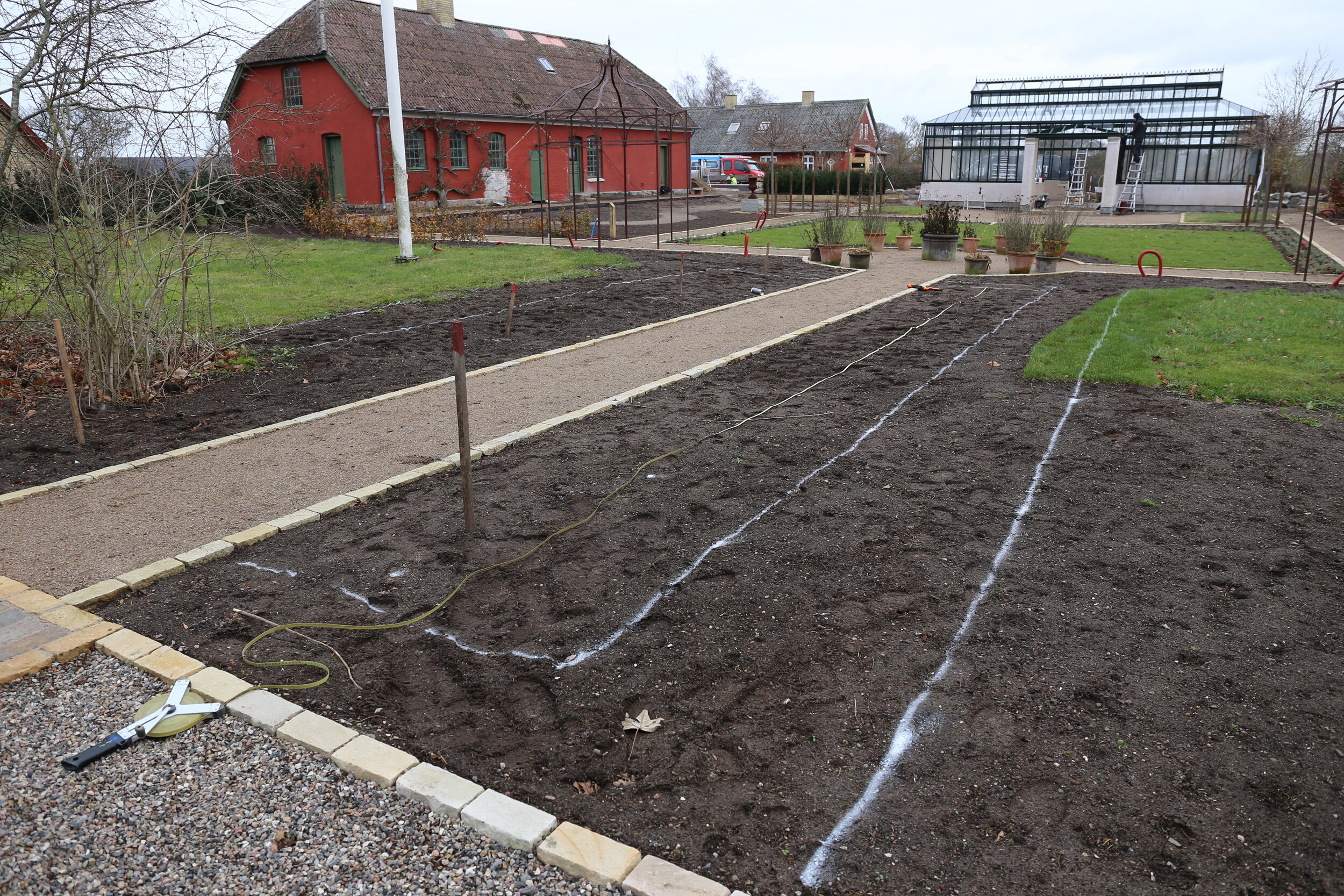
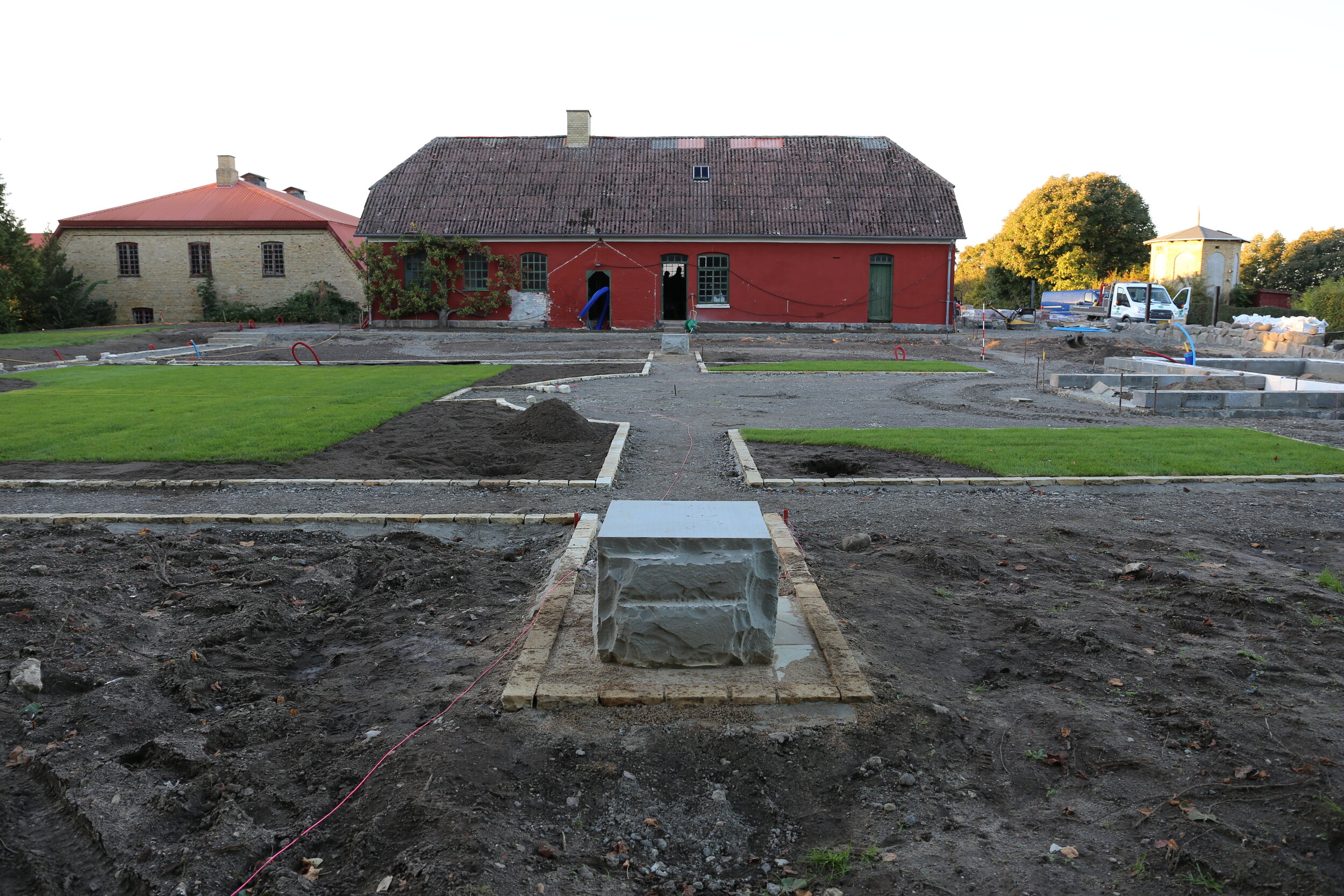
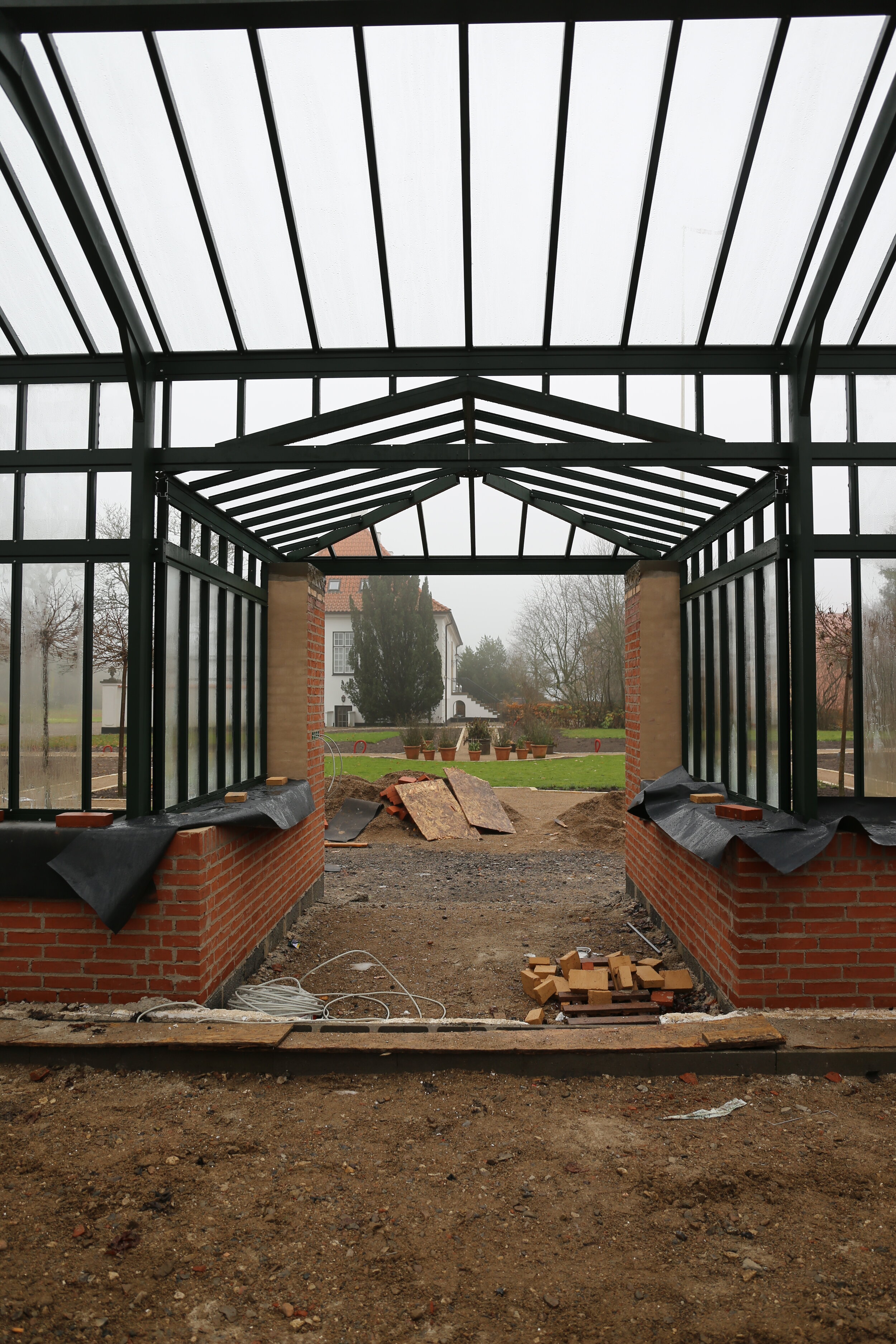
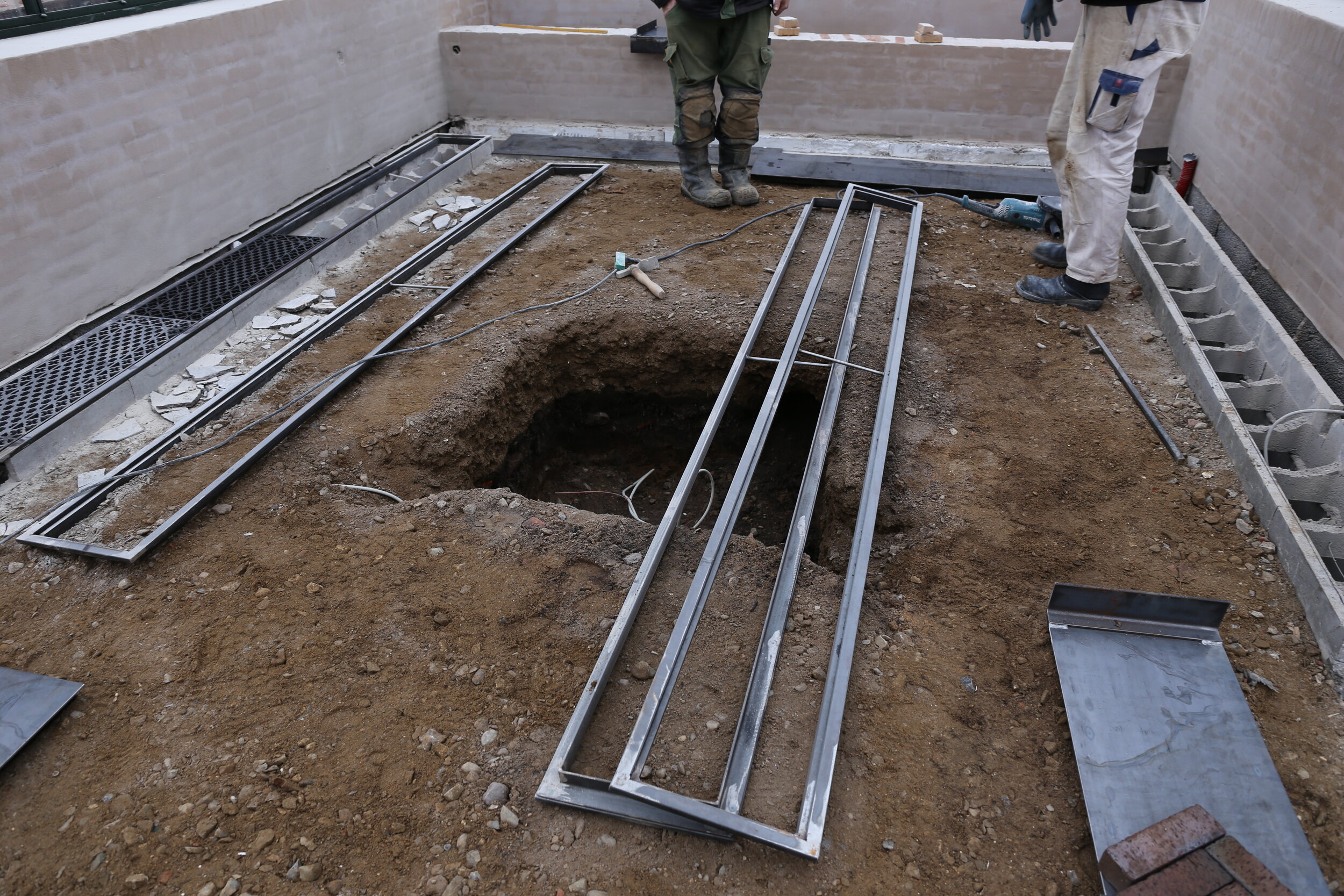
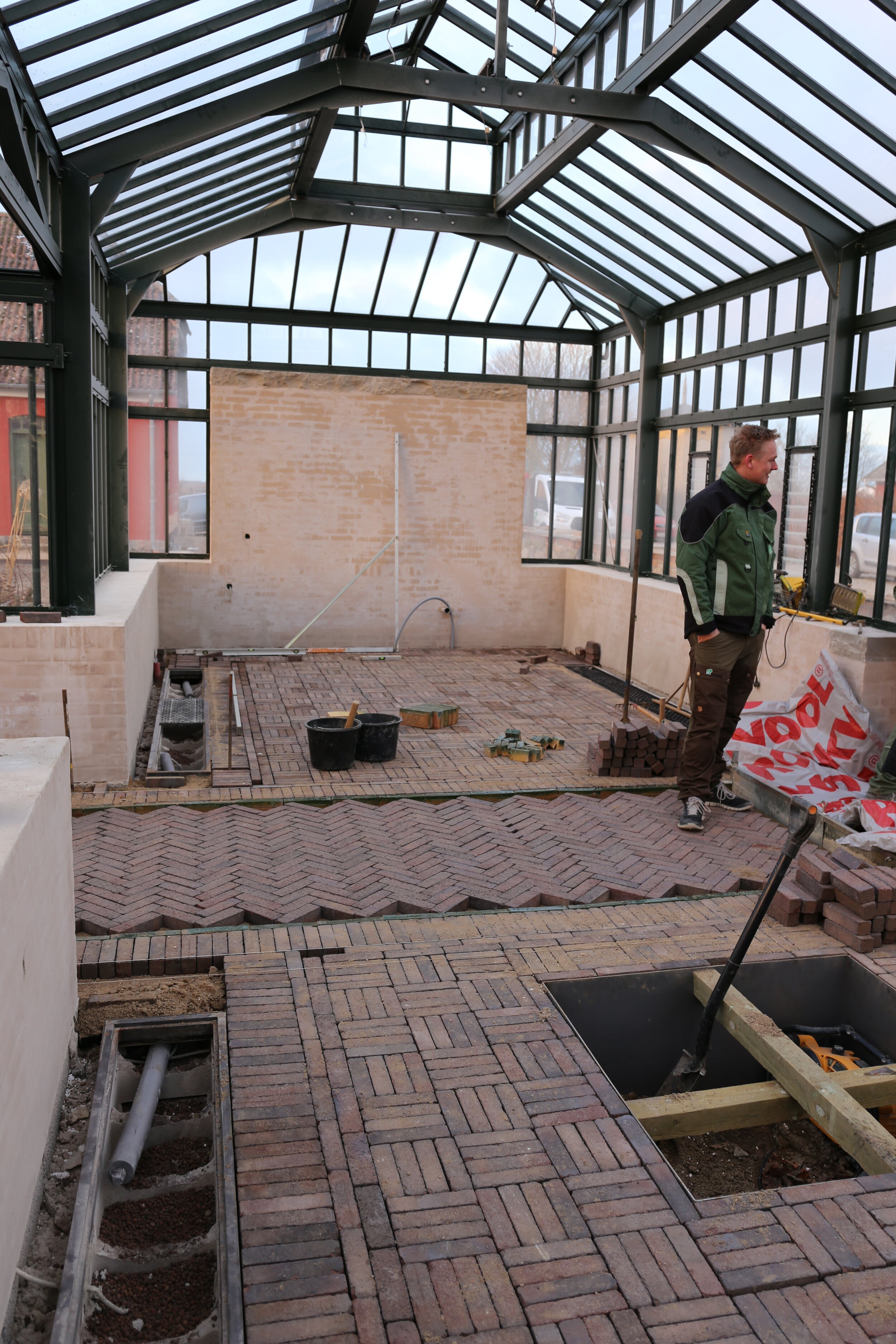
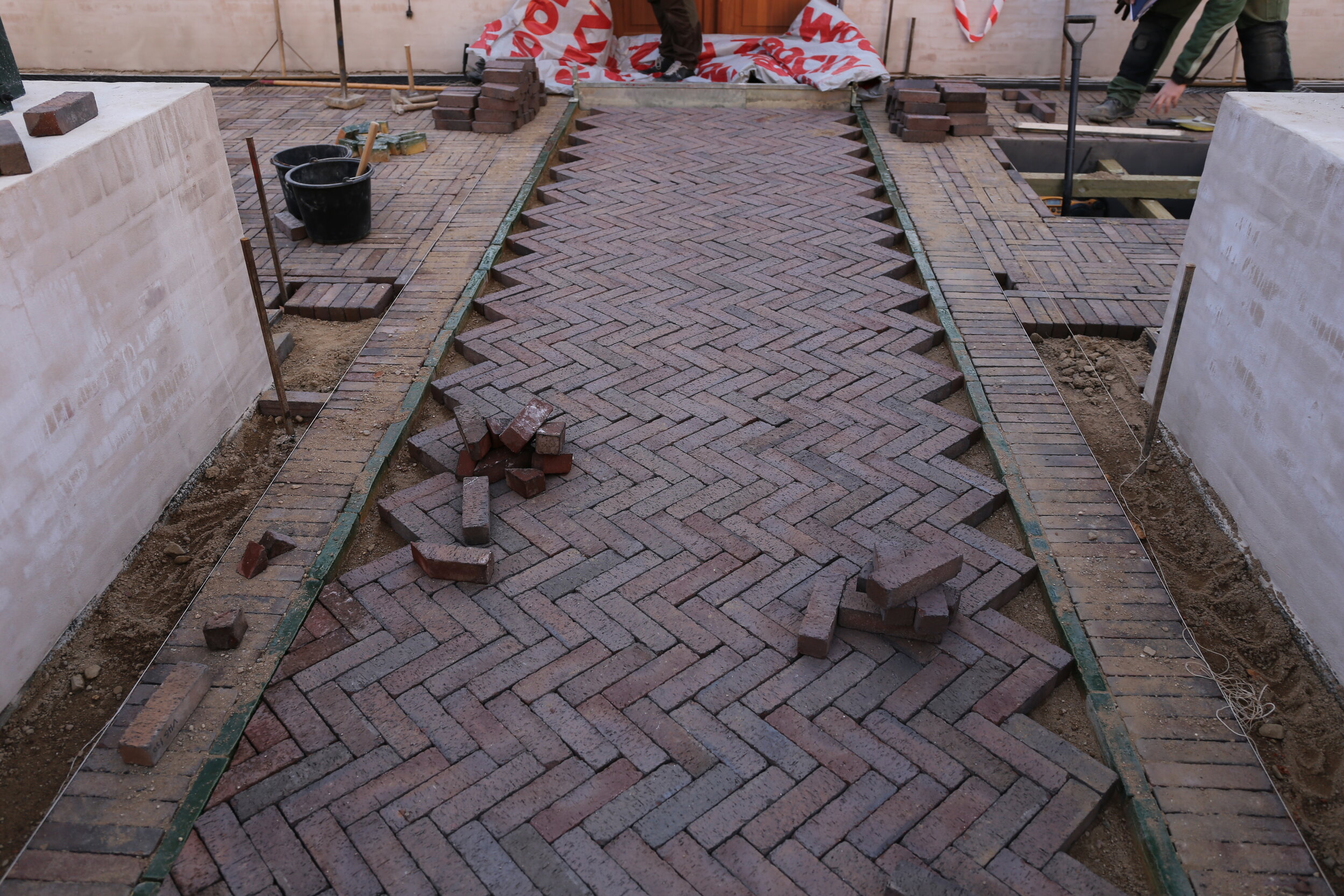
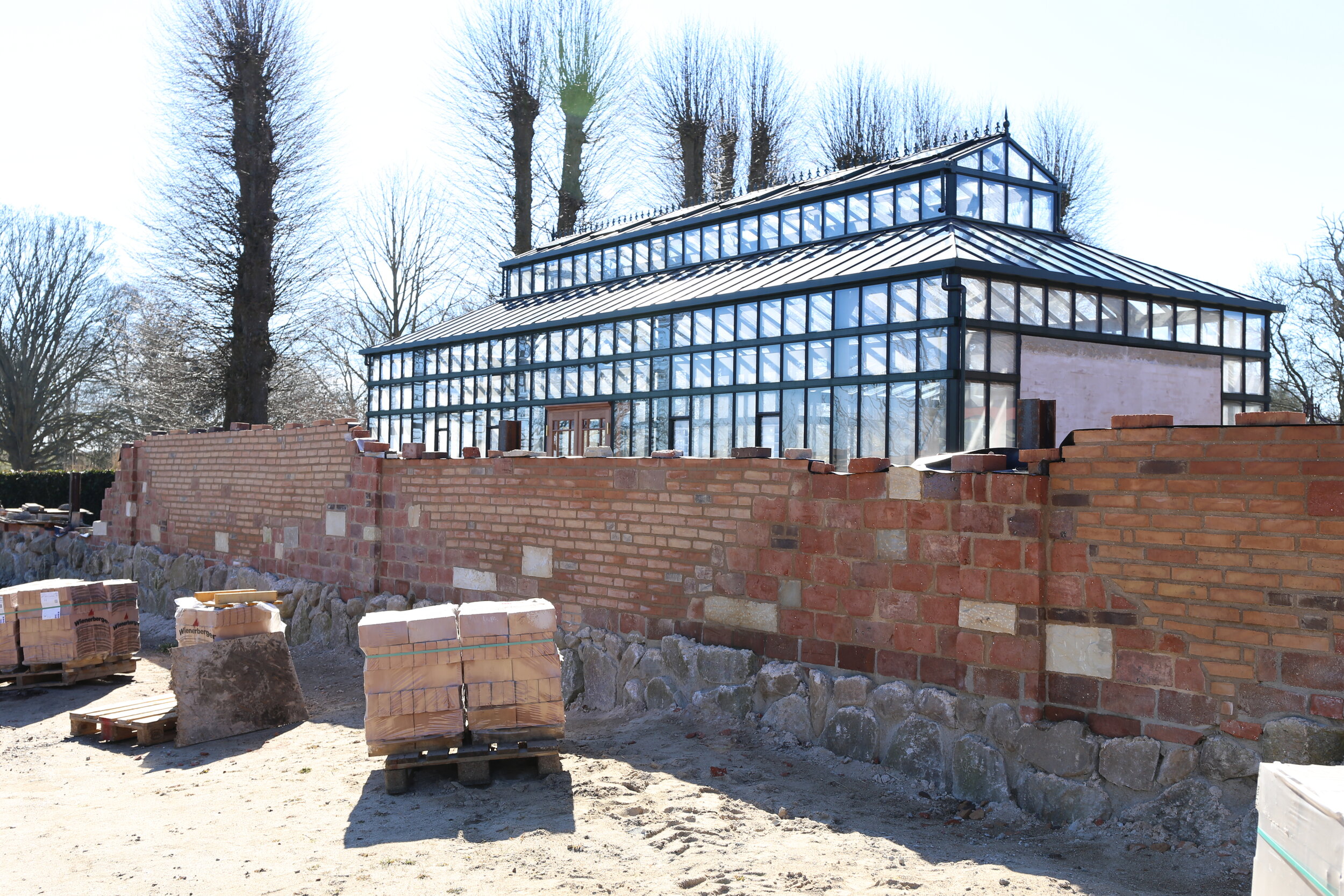
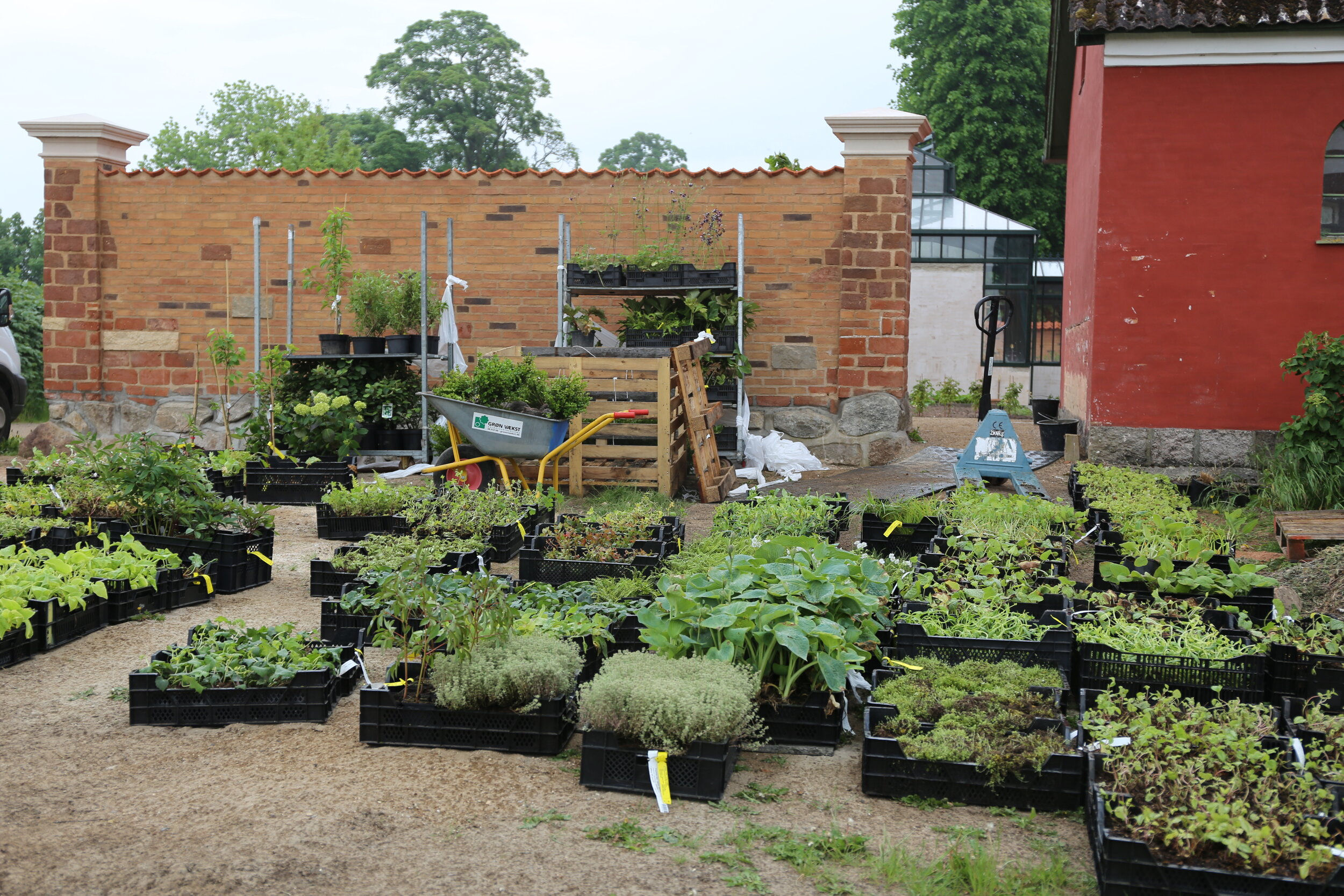
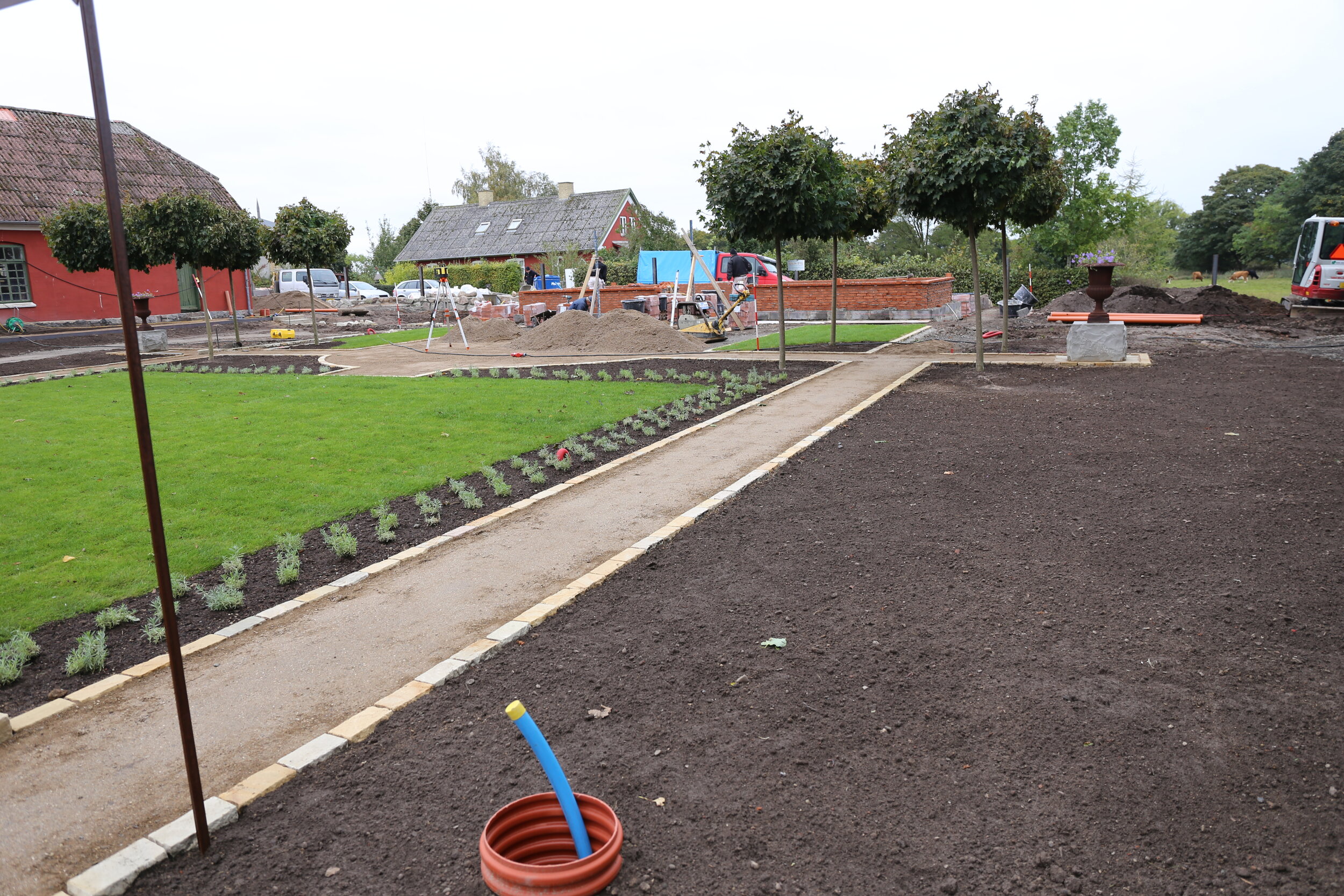
ORANGERY, ORCHARD, POLLINATOR GARDEN DESIGN IN DENMARK
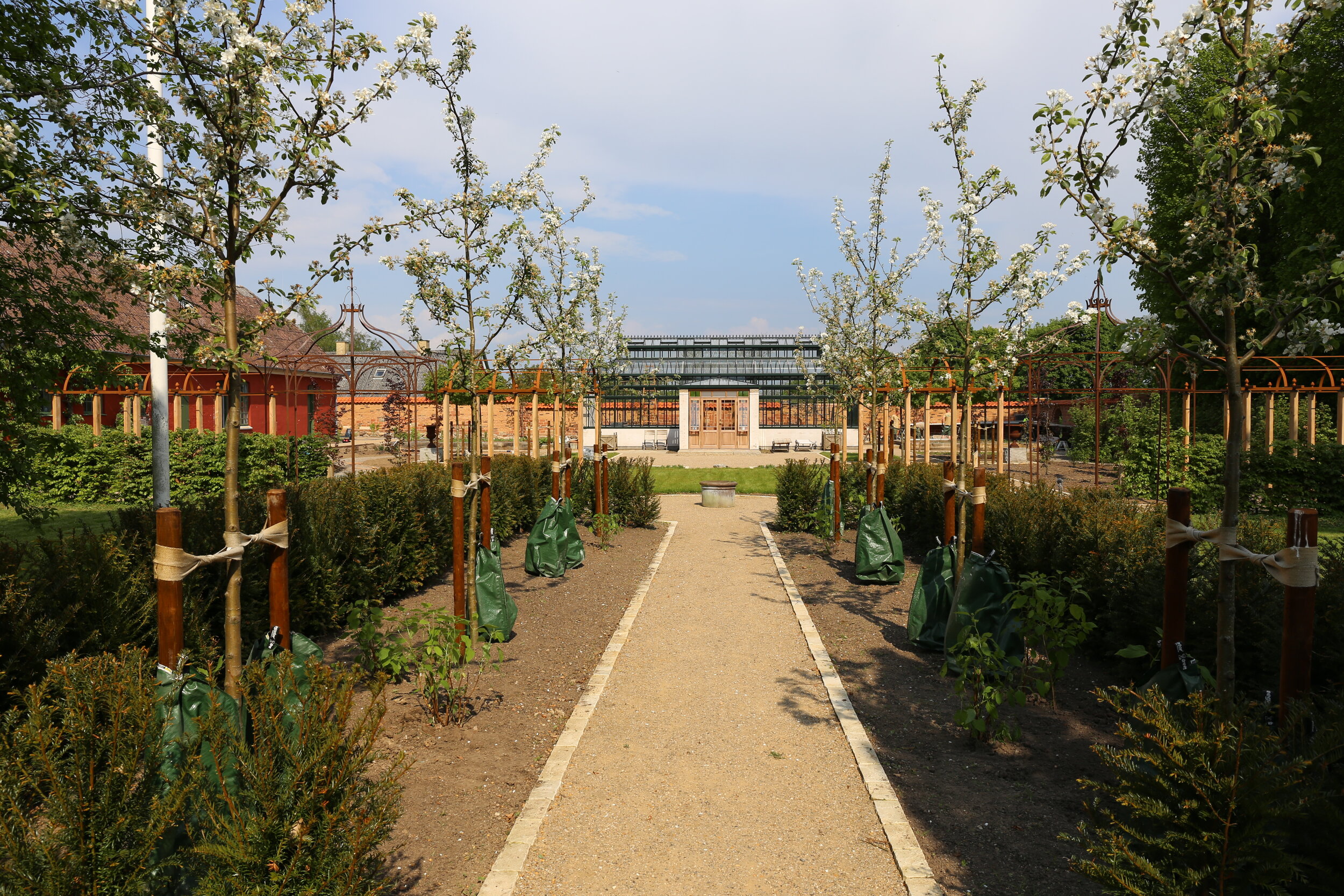
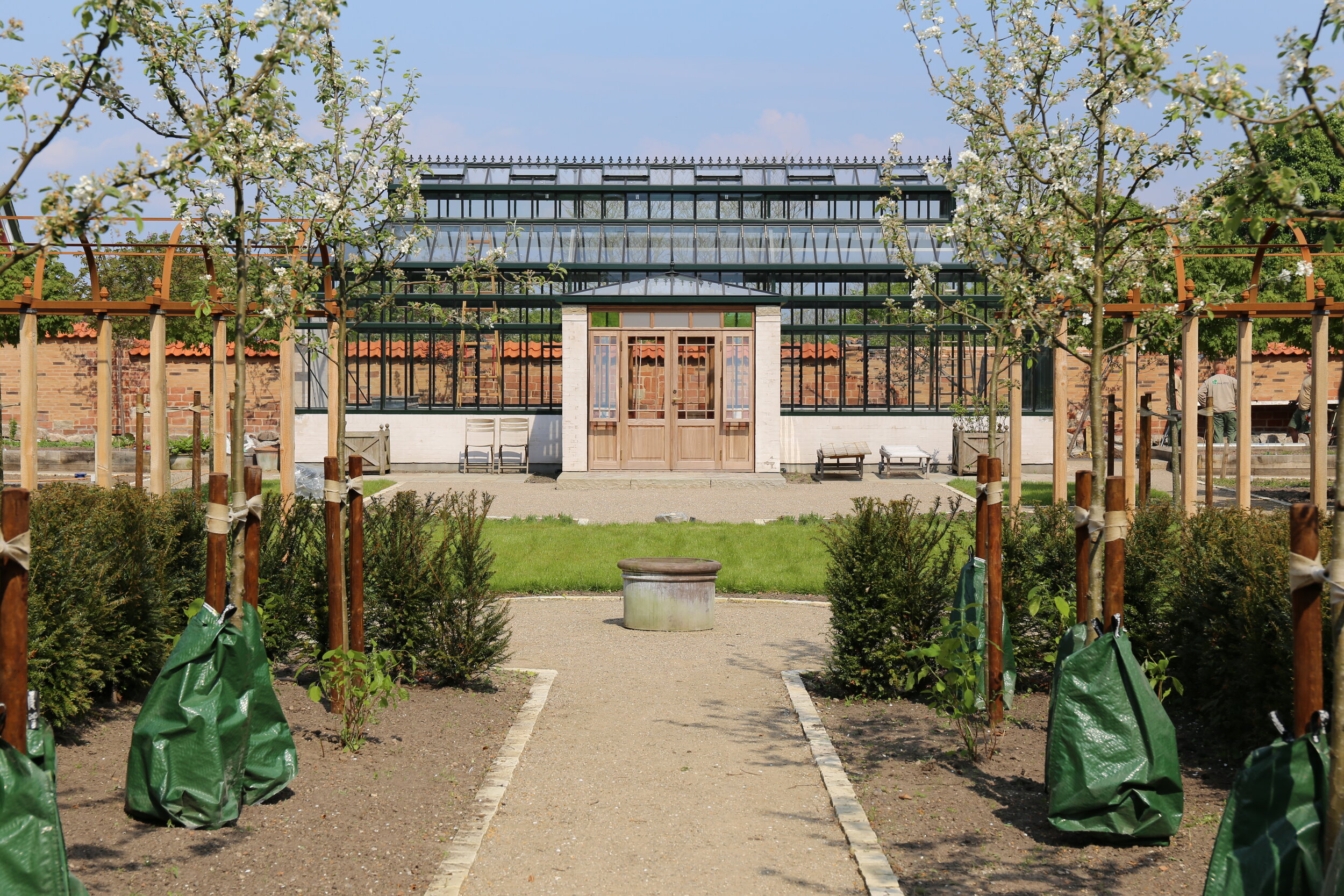
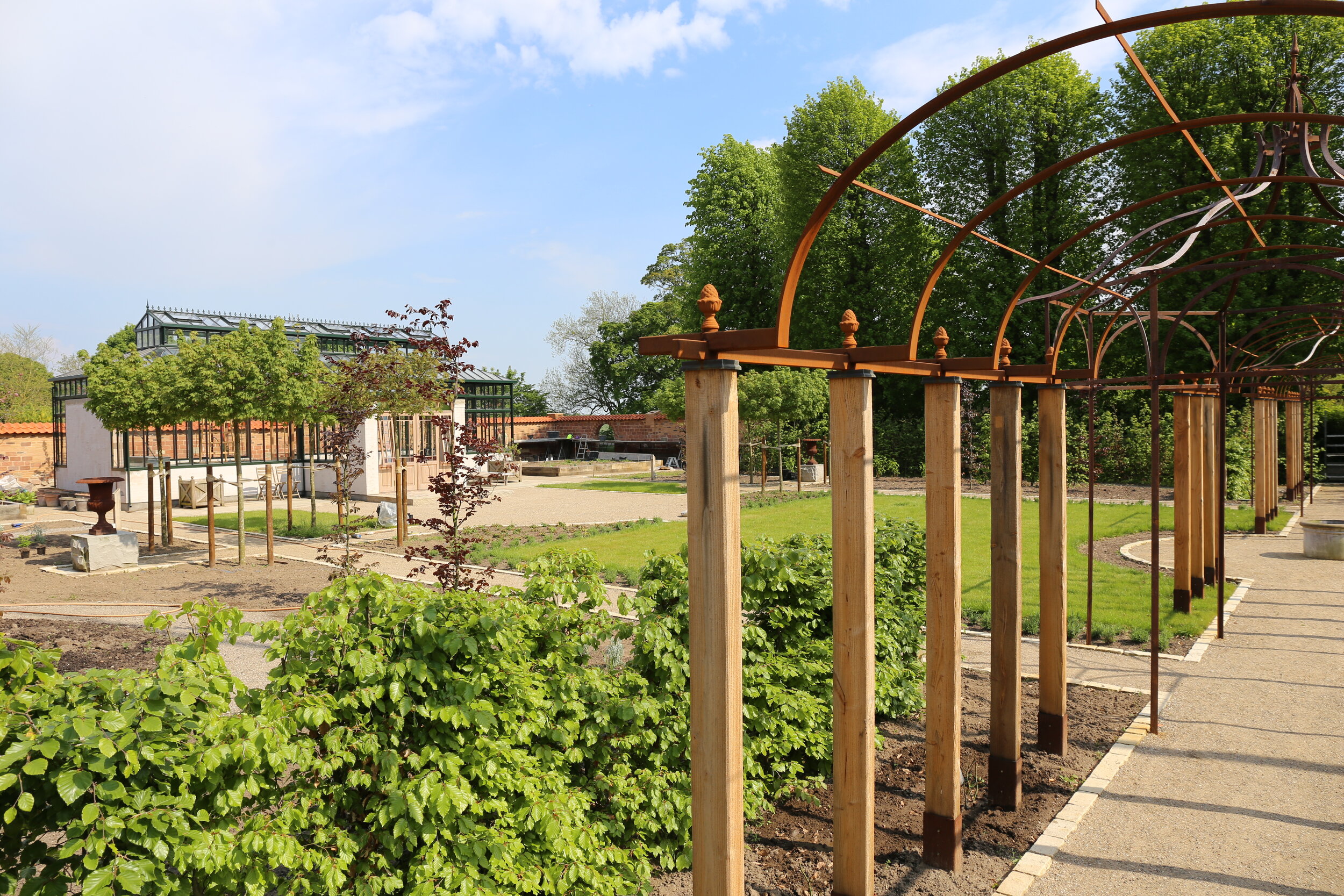
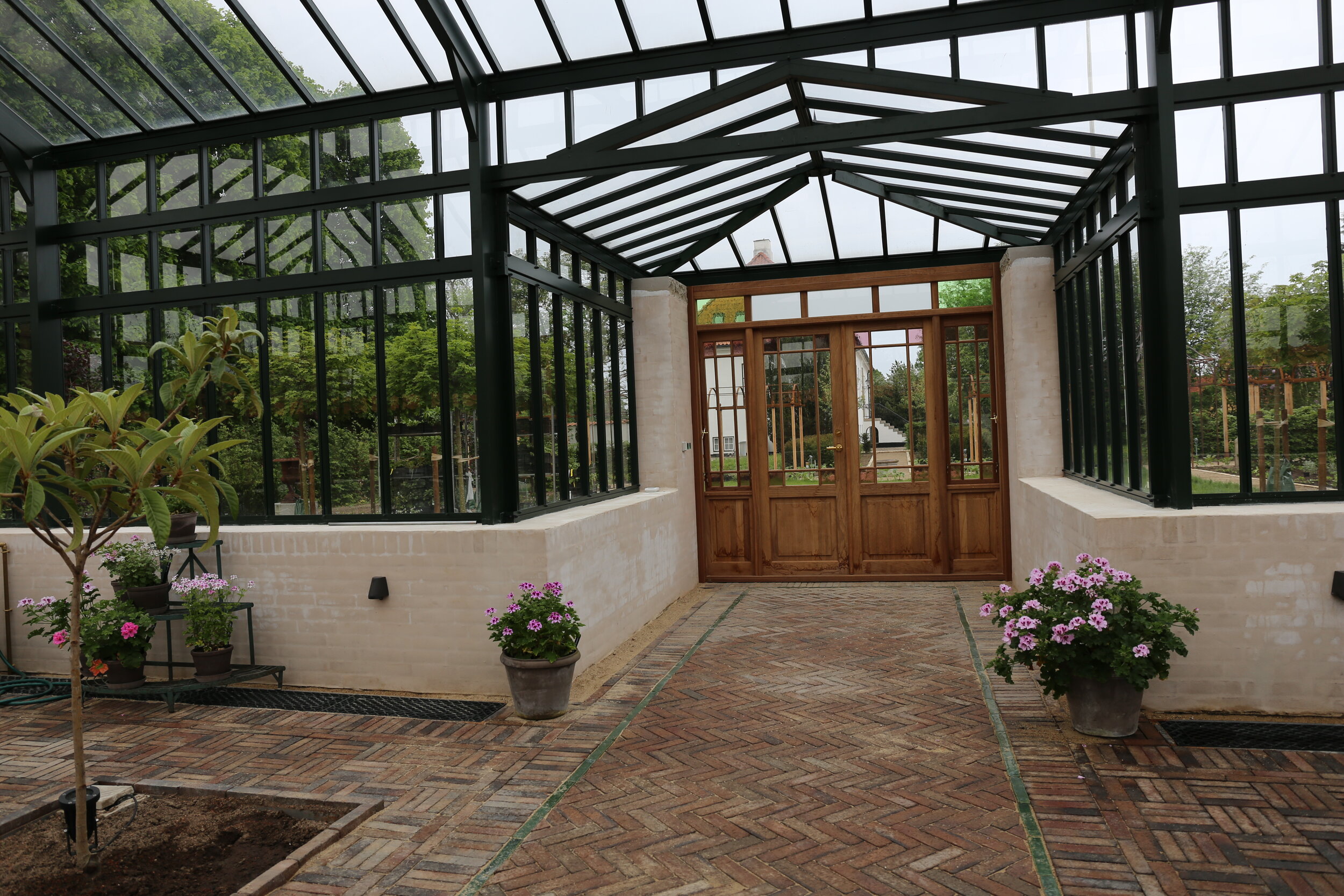
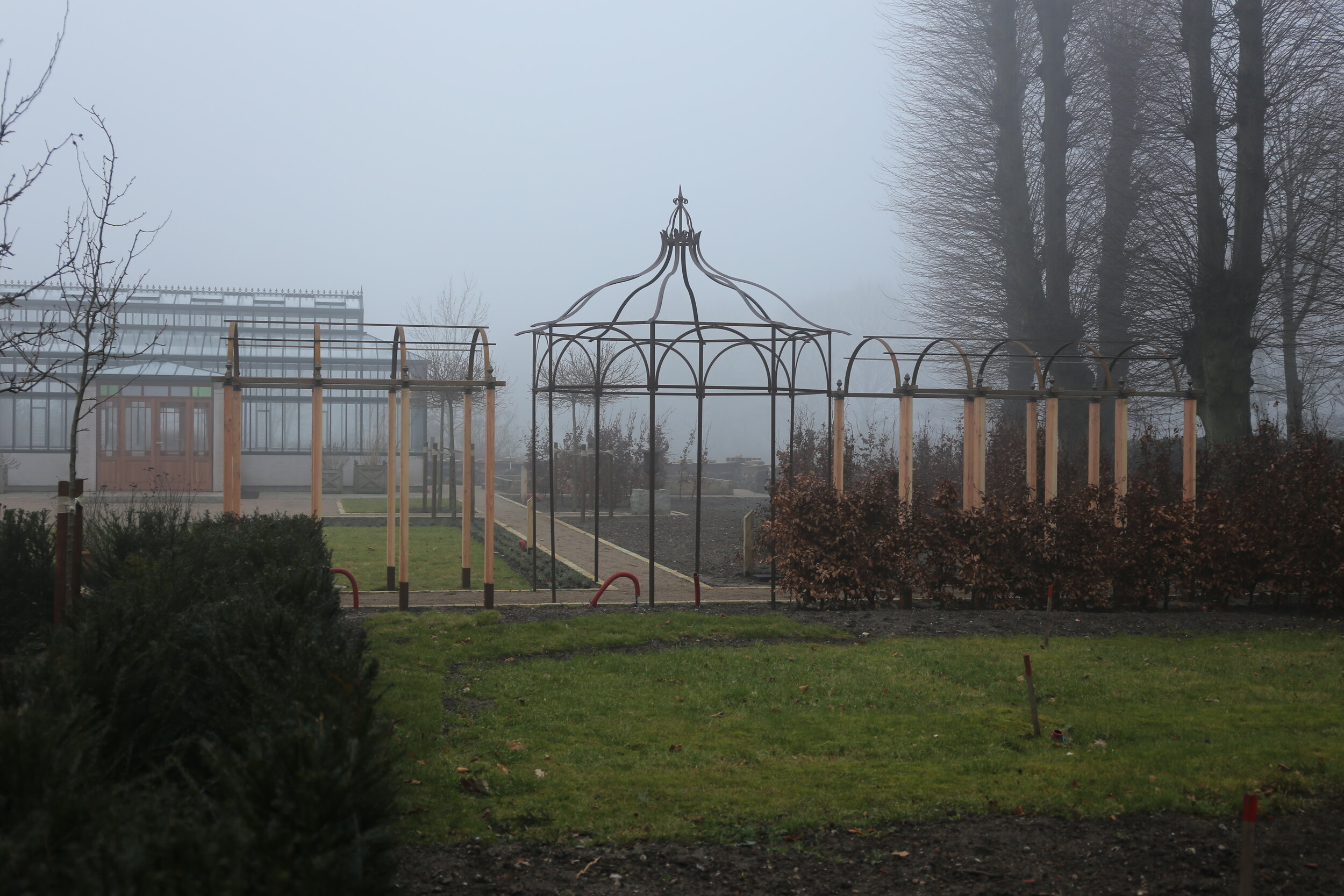
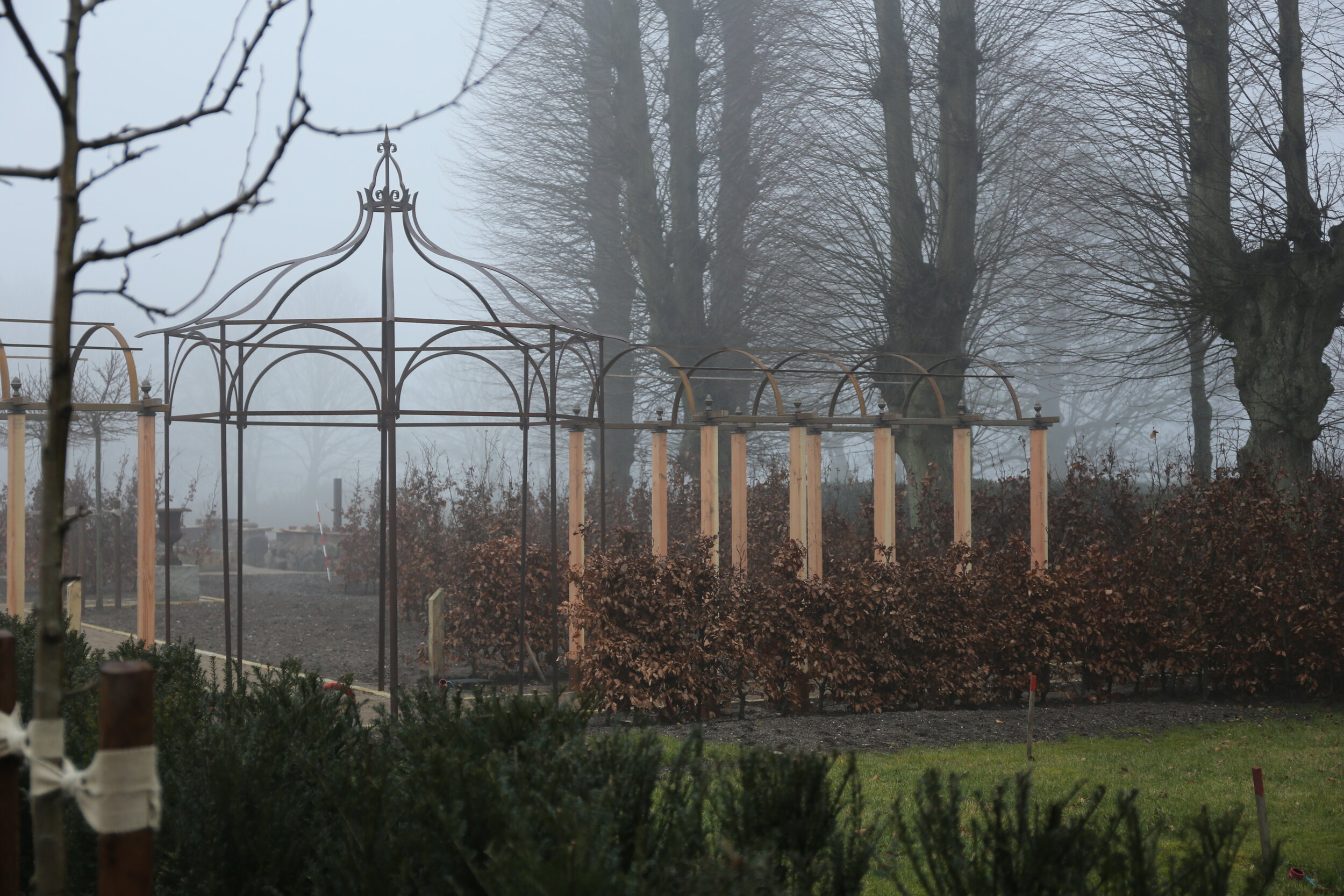
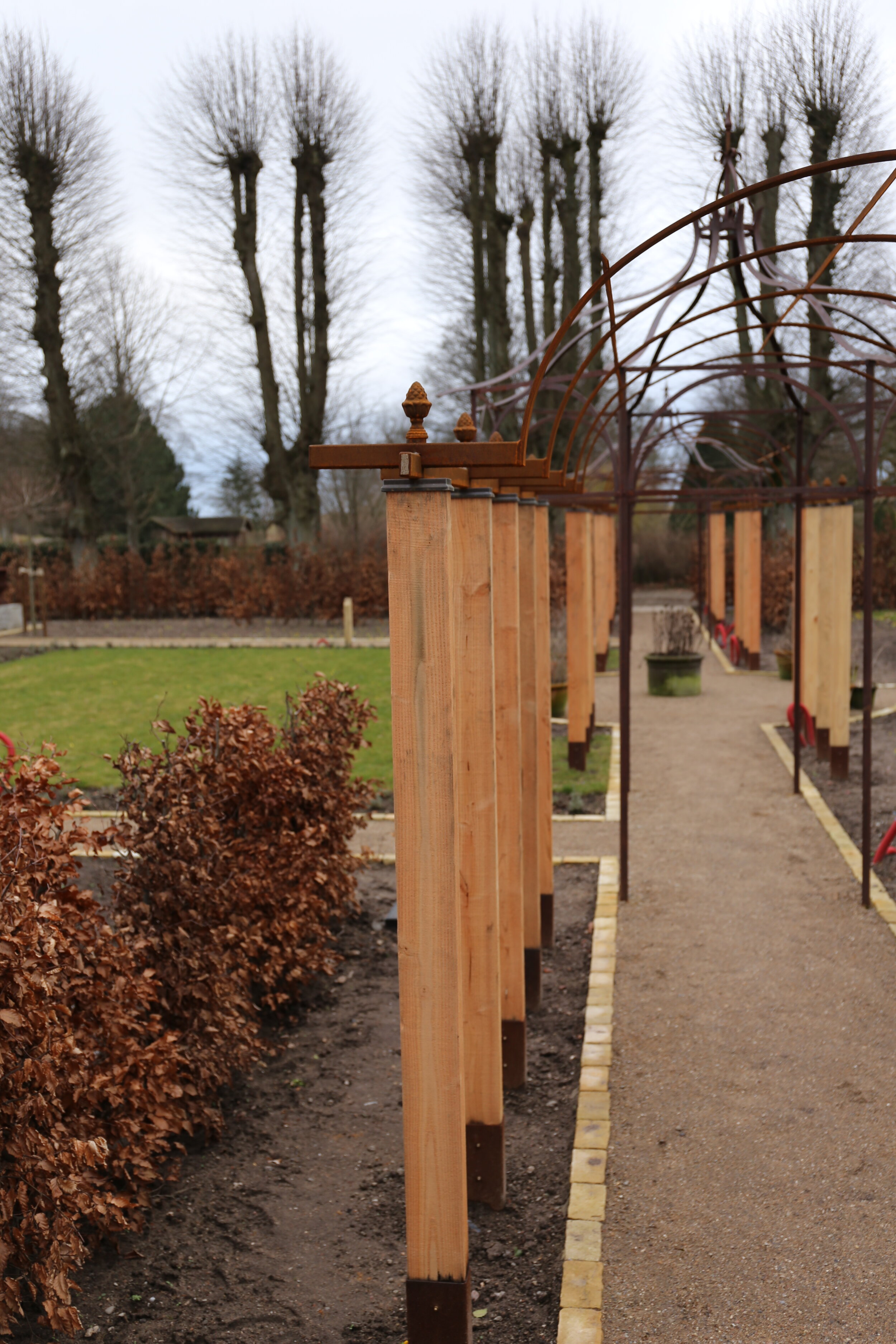
Spanish Revival Garden – Coronado, California
A Spanish Colonial Revival garden in Coronado, California, blending Moorish details, courtyards, fountains, and lush planting. This design complements historic architecture with timeless Mediterranean elegance.
“A Timeless Landscape Inspired by Spanish Colonial Heritage”
Pool Garden Sketch
This Coronado estate reinterprets the elegance of Spanish Revival architecture through a carefully composed garden design. Rooted in the traditions of Mediterranean, Moorish, and Gothic influences, the landscape features courtyards, pergolas with vines, colorful tiles, and terracotta details that harmonize with the home’s historic architecture. A grand swimming pool, shaded outdoor rooms, and lush fruit tree plantings create both beauty and functionality, offering serene transitions from the street to private living spaces. Designed as a living cultural landscape, the garden merges history, ecology, and comfort, reflecting LASD Studio’s commitment to creating landscapes in balance with nature.
We began this journey by looking at historical documents about the property and dive into Spanish Revival essence.
Spanish Revival (Colonial Revival) 1915-1931 …
This style appears in North America during Panama - California Exposition. This is eclectic combination of early Spanish colonization of North and South America, started in Florida and California. Roots of this style coming from traditional Spanish, Mediterranean architecture with earlier influence of Moorish and Gothic architecture. This style became known as Spanish Revival, Colonial Revival or Spanish Eclectic. The main elements of this style are: Curves and arches, white stucco exterior and wall, colored tiles with Spanish ornament, terracotta roof tiles, plenty of balconies with beautiful ironwork, wooden doors and gates, cozy courtyards and patios with large terracotta pots small fountains. Sometimes we can see influence of Moorish architecture like lanterns with colorful glass and pavement of with special ornament.
Spanish Revival Style Diagram
Referred to as Spanish Revival, Colonial Revival, or Spanish Eclectic, the style is distinguished by:
Curved forms and graceful arches
White stucco walls and exteriors
Decorative, hand-painted Spanish tiles
Terracotta roof tiles and flooring
Balconies with wrought-iron railings
Heavy wooden doors and ornamental gates
Intimate courtyards and patios with fountains and terracotta pots
Moorish touches: colorful lanterns, geometric pavements, patterned tiles
This project in Coronado, California celebrates that tradition, reinterpreting it for a contemporary lifestyle while honoring the architectural heritage of the estate.
Historic Site Plan and Garden Details
Historic Architectural Elevations
Historical Research and Foundations
Our journey began by studying historical documents and original architectural drawings of the property. This research allowed us to fully immerse ourselves in the essence of Spanish Revival, ensuring that the garden design would not only complement the home but also expand on its cultural narrative.
Visual boards and material palettes were prepared to experience the spirit of the style before design development began. From tiles to lanterns, from pergola structures to Mediterranean planting, every element was carefully selected to harmonize with the house.
Herb Garden Mood Board
Hardscape & Paving Mood Board
Herb Garden Mood Board
~ 7 architectural elements of Spanish Revival Garden Style ~
Designing Transitions and Garden Zones
One of the main responsibilities of this design was to respect and enhance the architecture while creating fluid outdoor transitions. Key design strategies included:
Main entrance courtyard: A welcoming sequence with fruit trees and a pergola covered in vines, leading visitors toward the front door with the sound of a small fountain.
Street buffer: Planting fruit trees along the street edge creates privacy, reduces noise, and strengthens the sense of arrival.
Garden circulation: From the entrance, pathways extend toward the main garden, vegetable garden, guest house, and outdoor dining terrace.
Private courtyard & pool: A secluded courtyard integrates a 40-foot swimming pool, surrounded by Mediterranean and Moorish-inspired planting. Pergolas and shaded seating areas create comfortable gathering spaces for family and guests.
Spanish Colonial Revival - Full Site Masterplan - Coronado, Southern California
Moorish Influences
Subtle Moorish elements were integrated into the design — patterned paving, ornamental lanterns, and tilework — which blend seamlessly into the broader Spanish Revival vocabulary. These details add layers of history and texture, while maintaining authenticity and elegance.
Entrance Courtyard Detail
LASD Studio Philosophy
At LASD Studio, we design landscapes as living cultural systems — shaped by history, but always evolving with ecology. Every project aims to close the cycle of clean water, fresh air, fertile soil, and biodiversity for future generations.
Our Spanish Revival Garden in Coronado reflects this vision: it honors architectural tradition, enriches ecological performance, and creates a timeless sanctuary where people and nature thrive together.
Entrance Courtyard Perspective
Here we solved important issue of the traffic from the street by planting a fruit trees. Pergolas with vines will create a great transition, that will be followed by little additional courtyard fountain.
What a great way to come home.
From here, we can go to main garden, vegetable garden, guest house and garden table.
Garden Axis Plan with Fountain
Private courtyard shared with guests. Here we will have 40ft size swimming pool.
Pool and Patio Plan - enclosed patio - Spanish Revival Garden Design
Join Our Mission
We believe landscapes are essential for the sustainable continuation of life on our planet. Whether you are an individual, a business, or a public institution, we welcome you to join our mission of shaping, restoring, and evolving landscapes in balance with nature.



